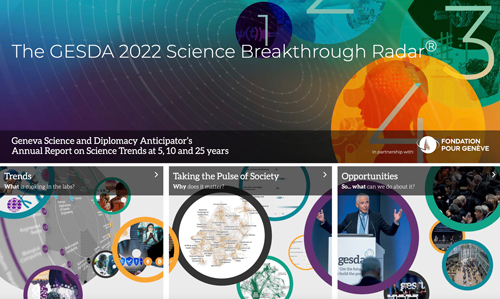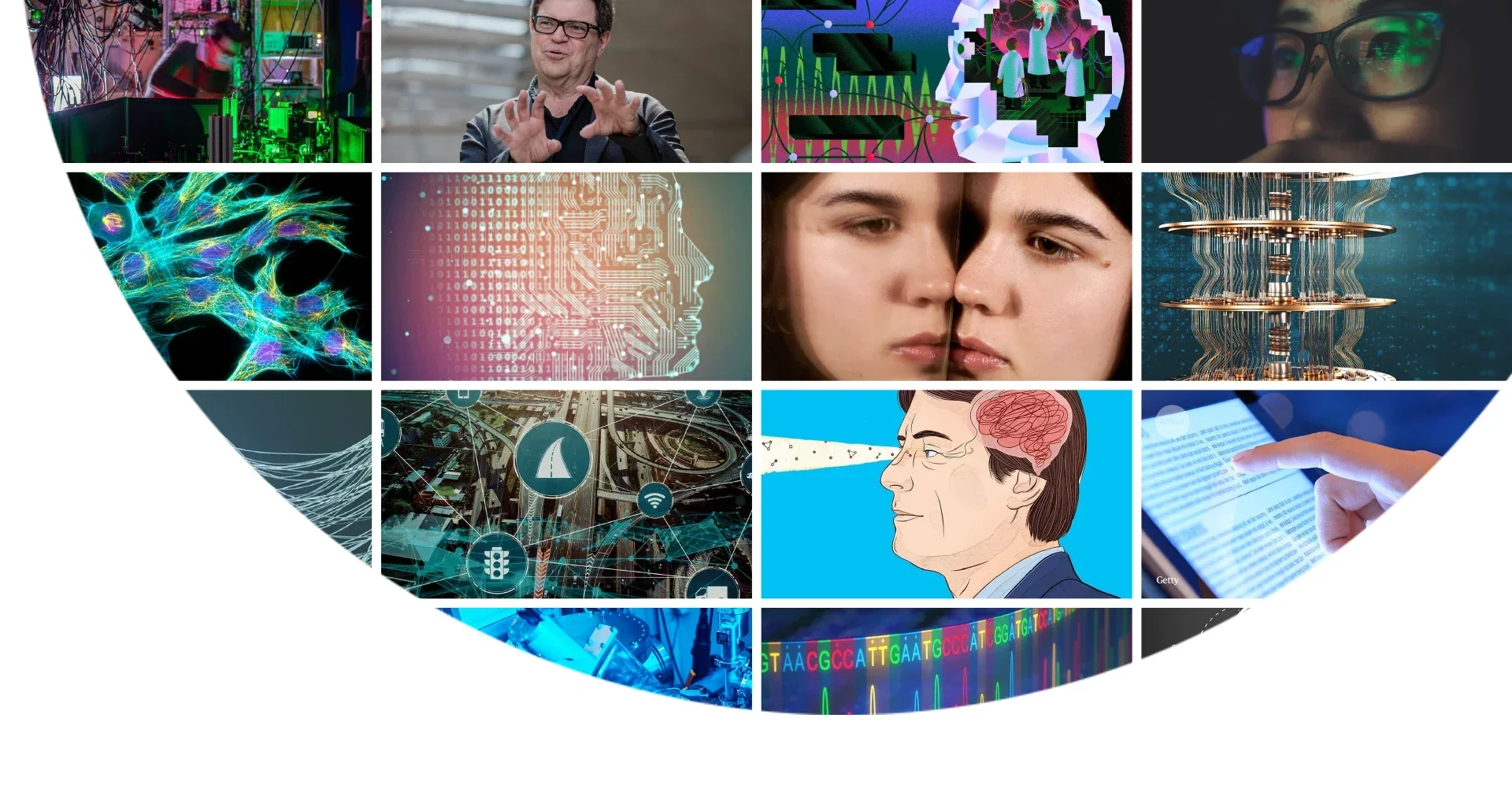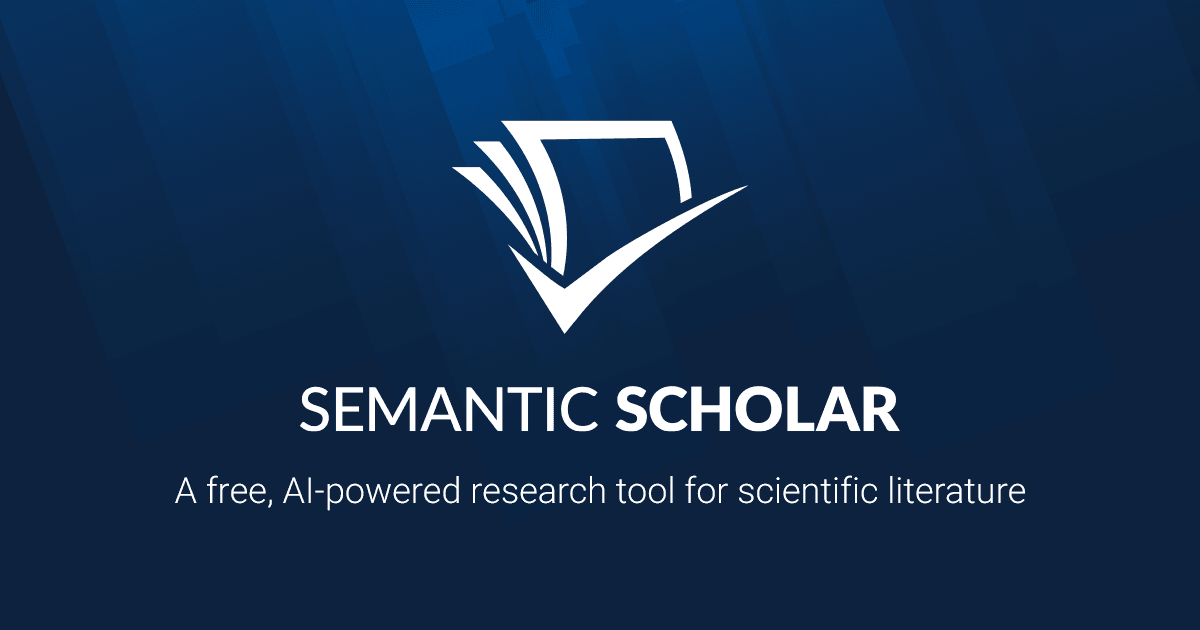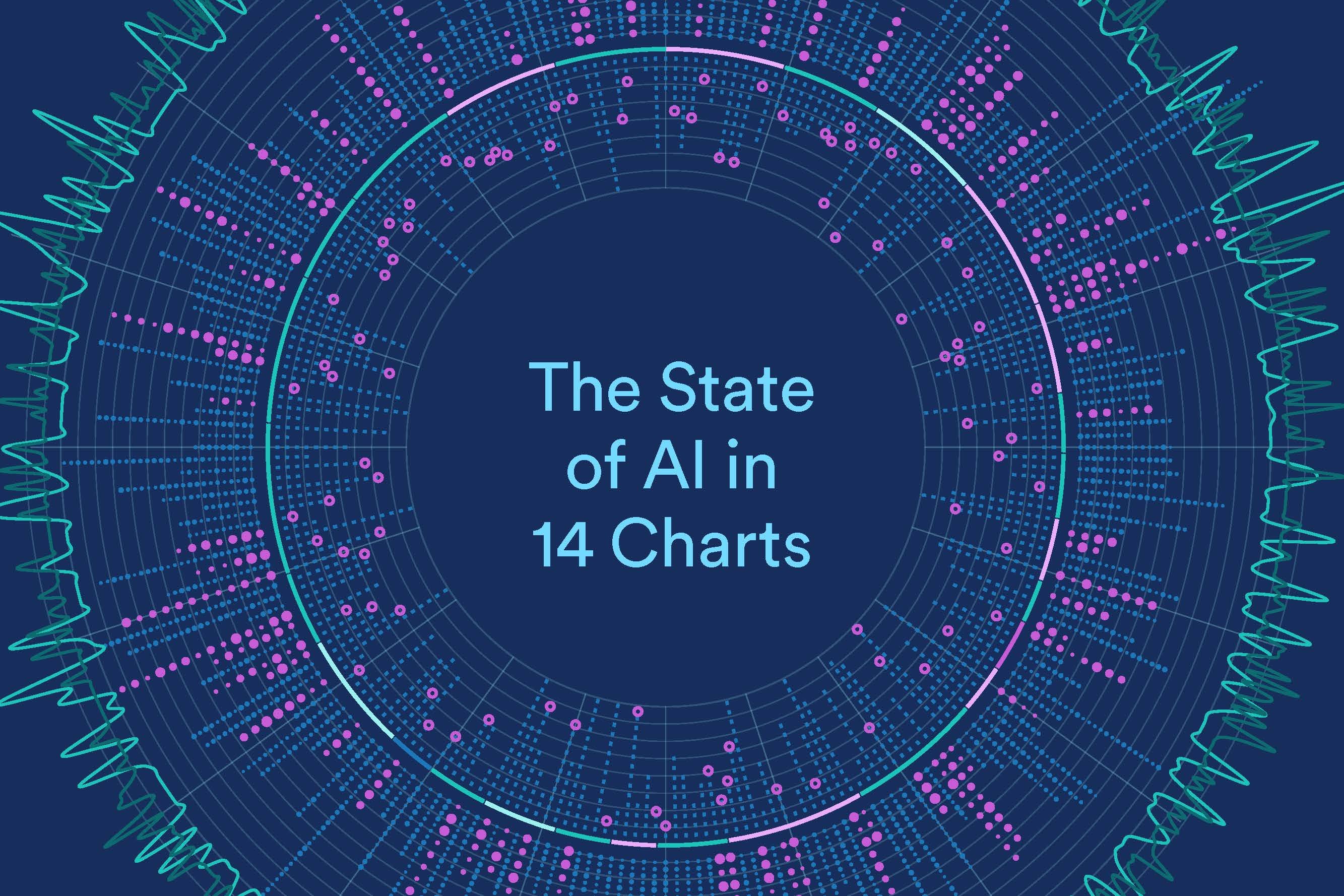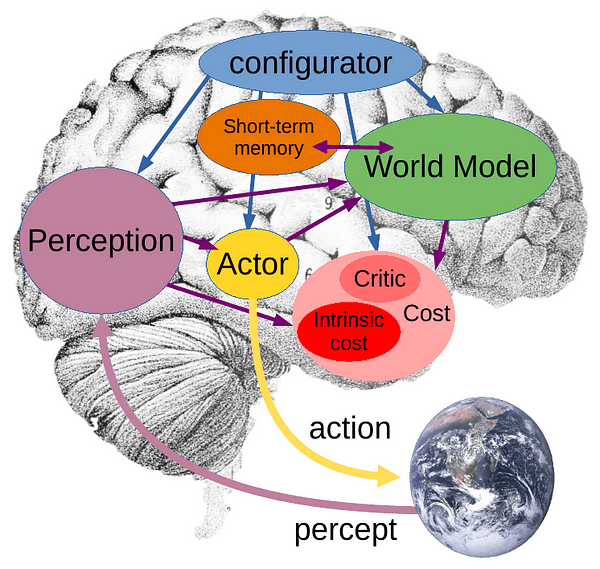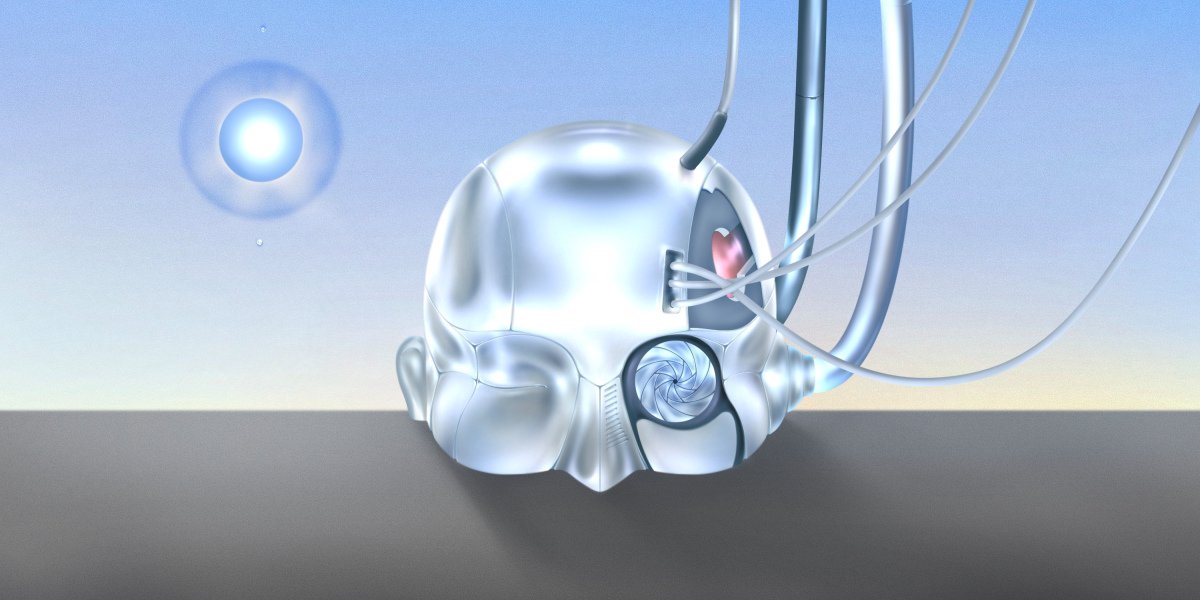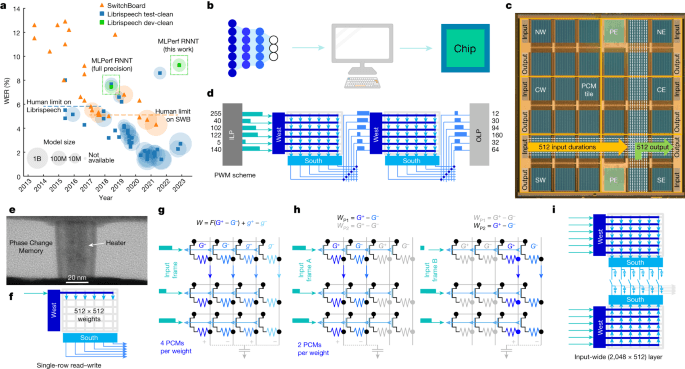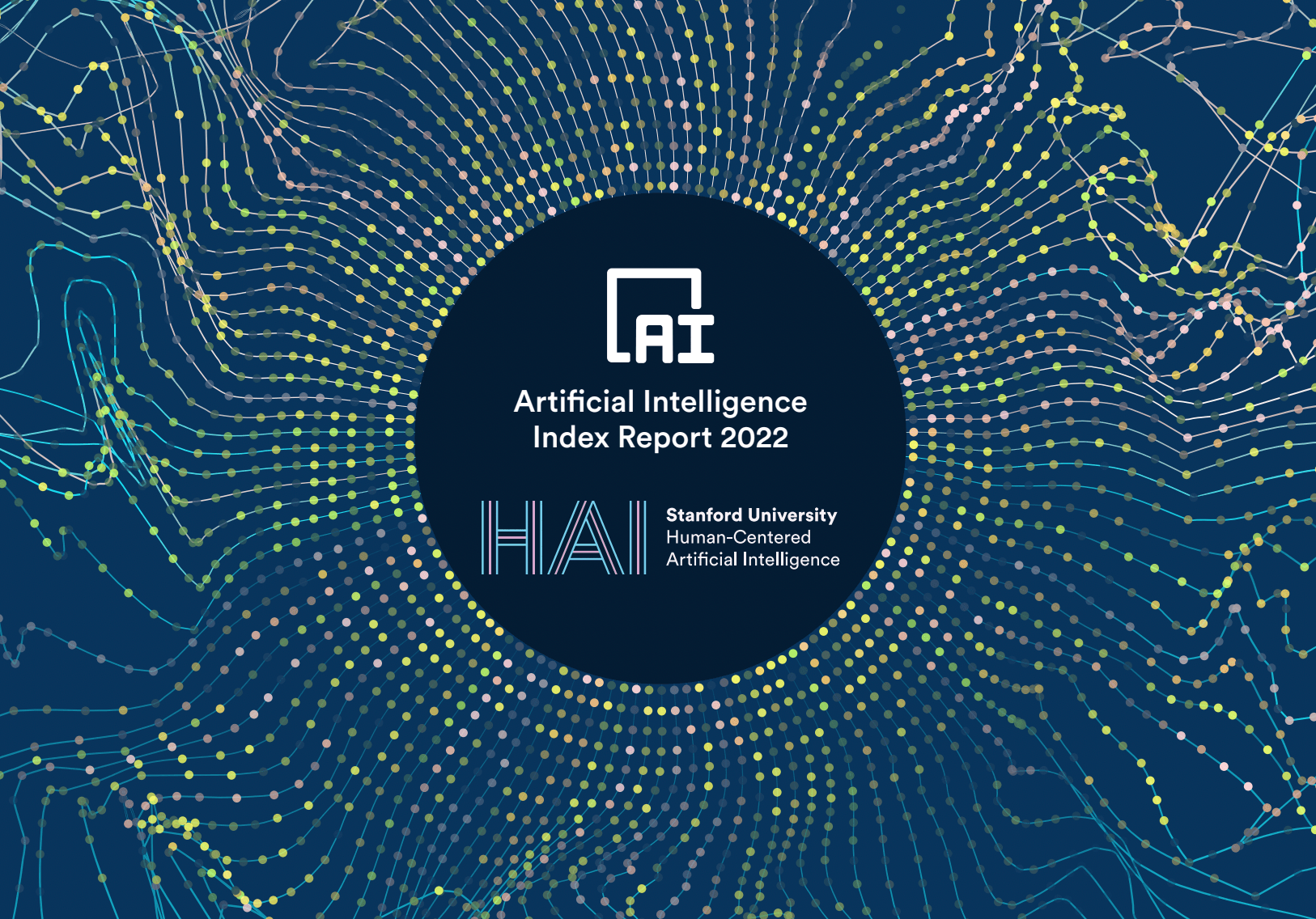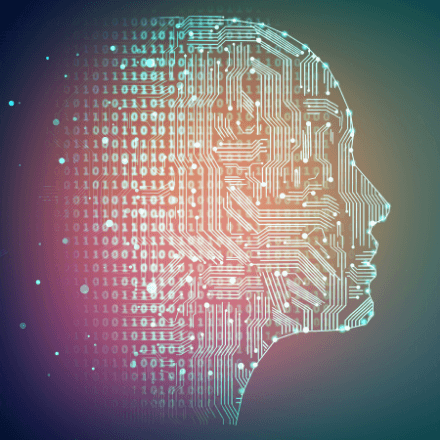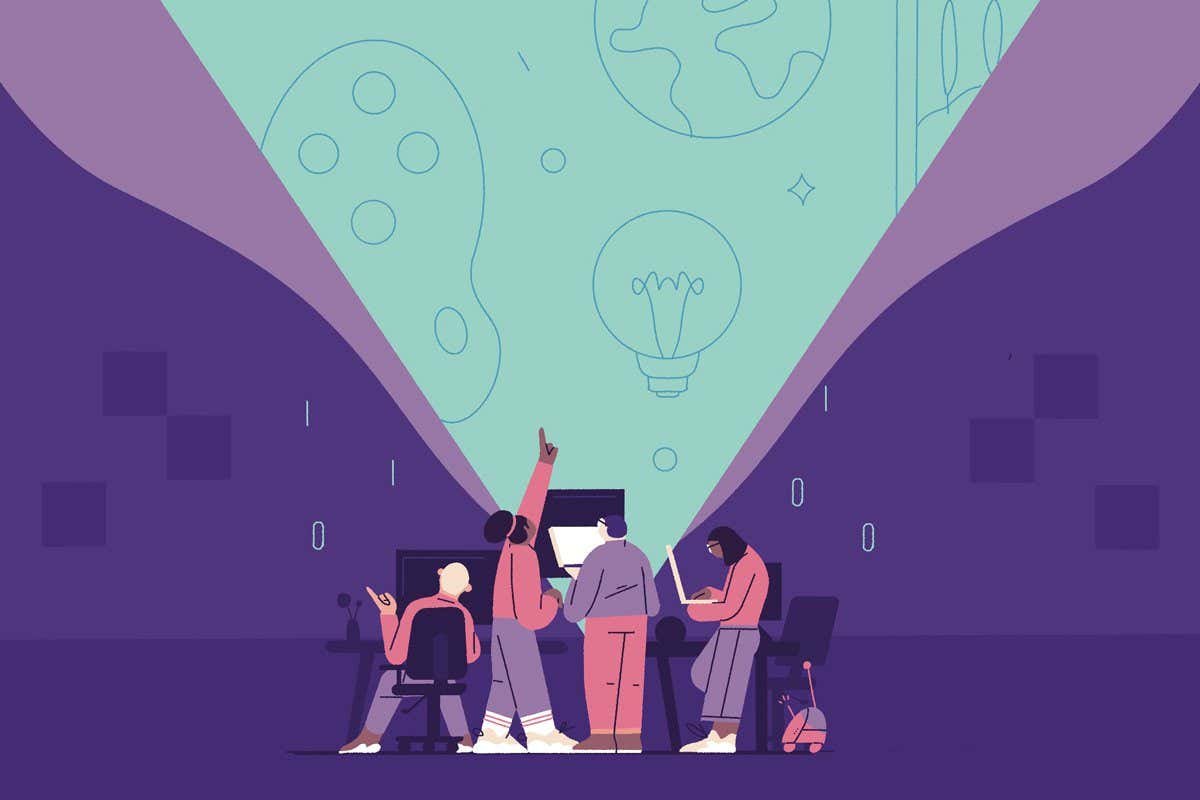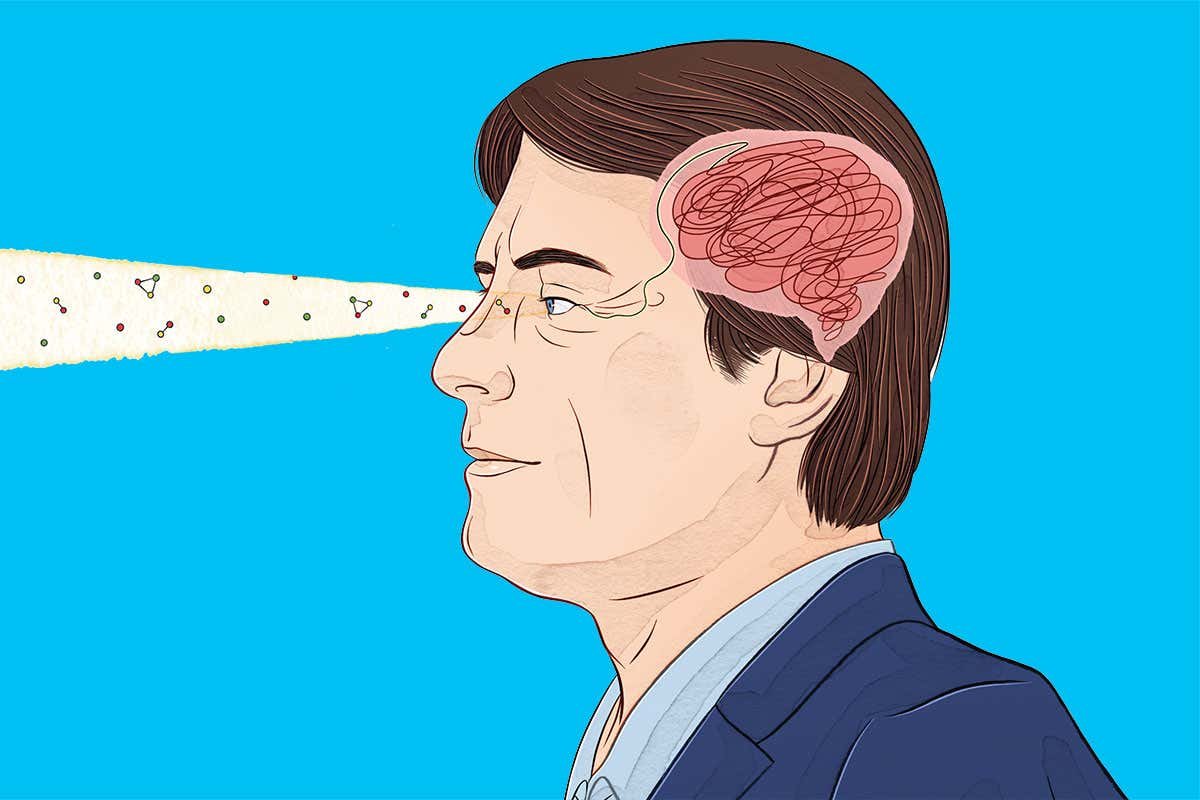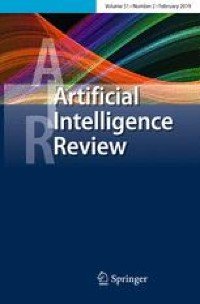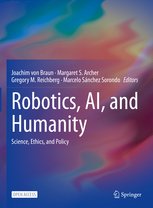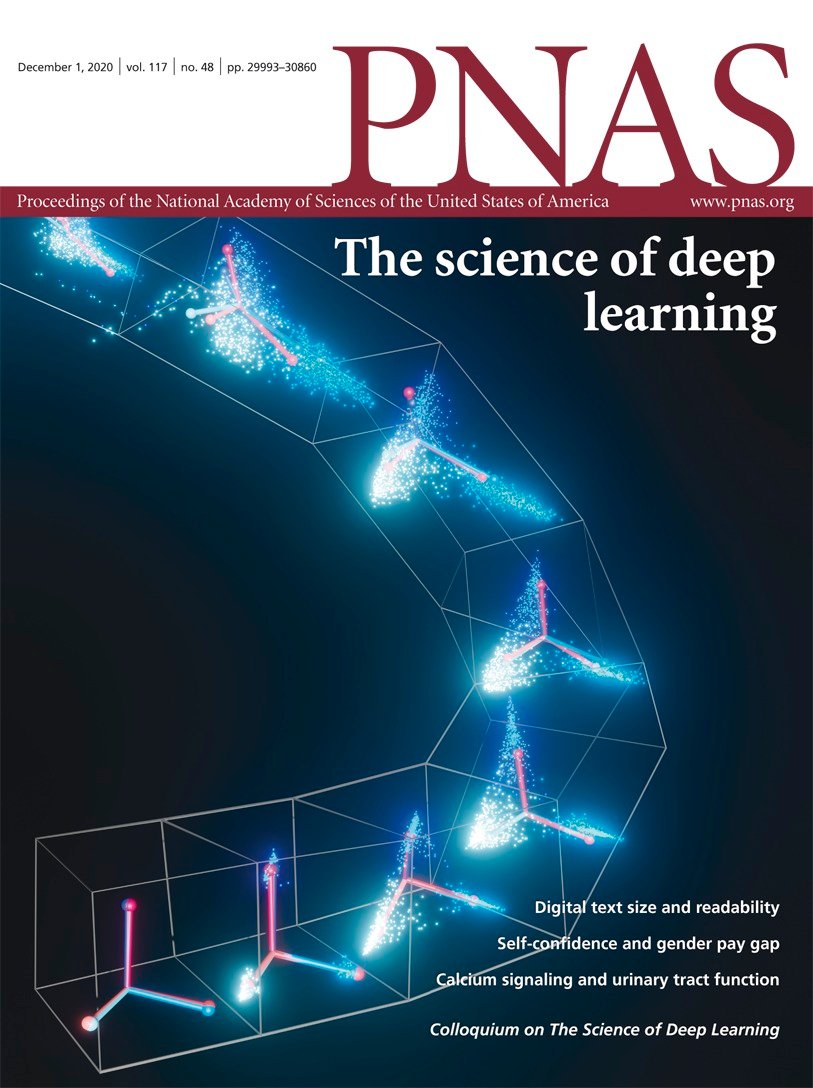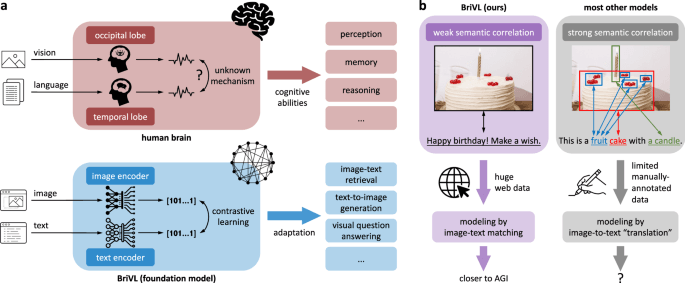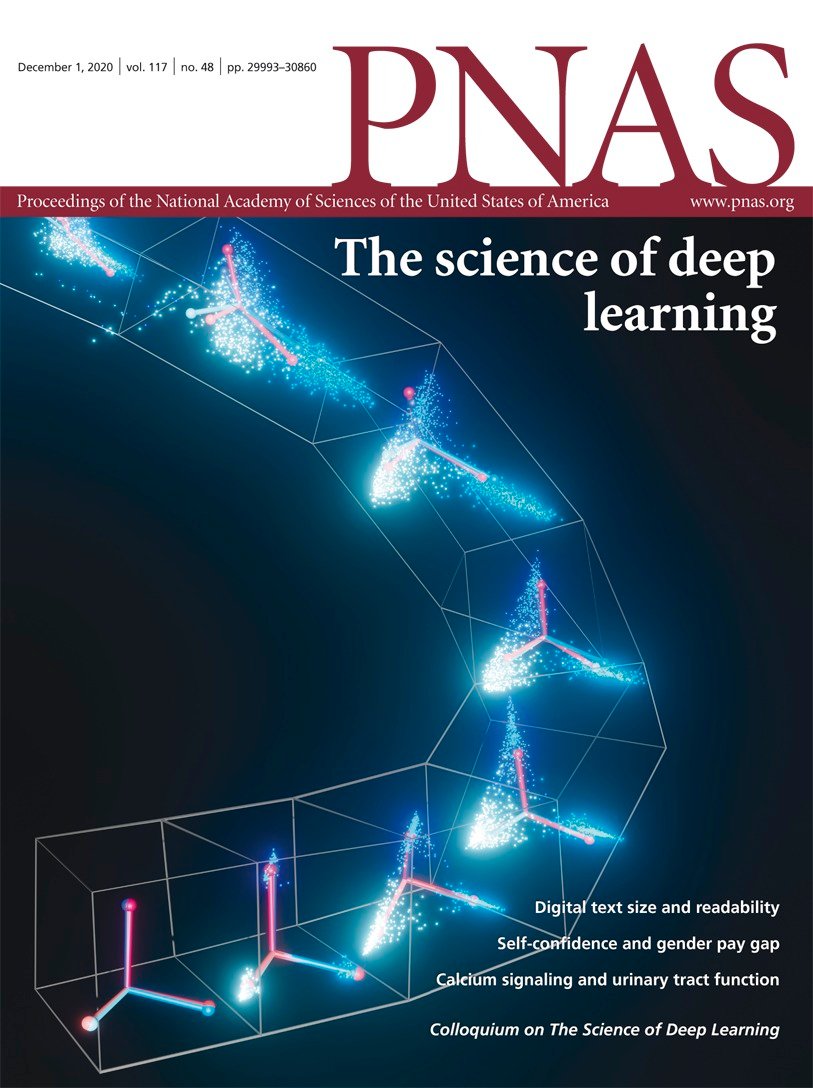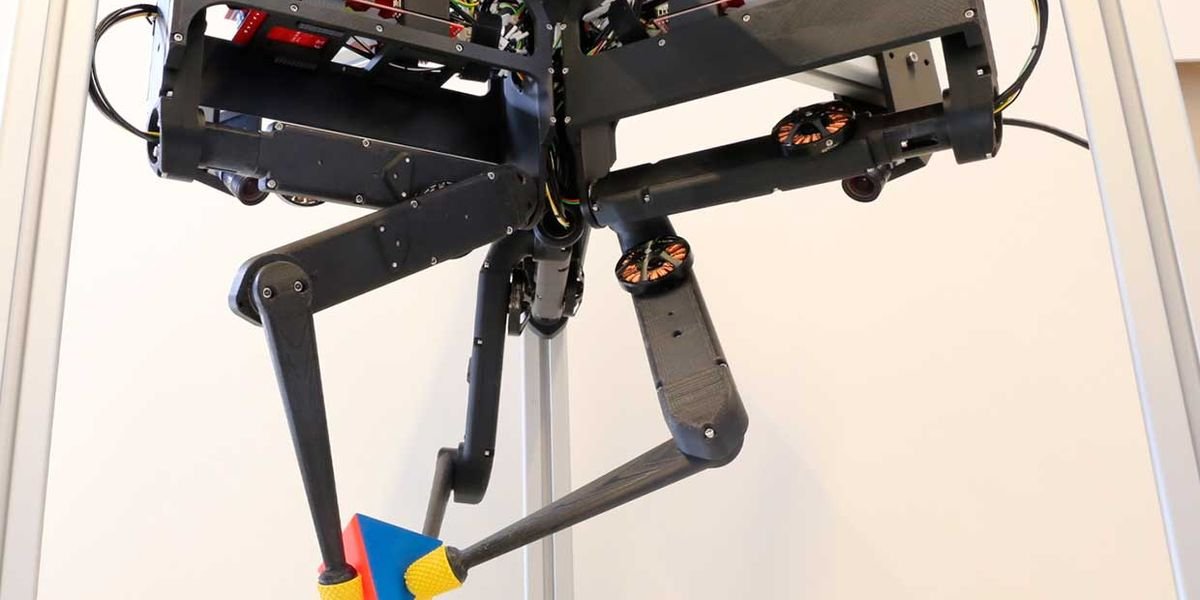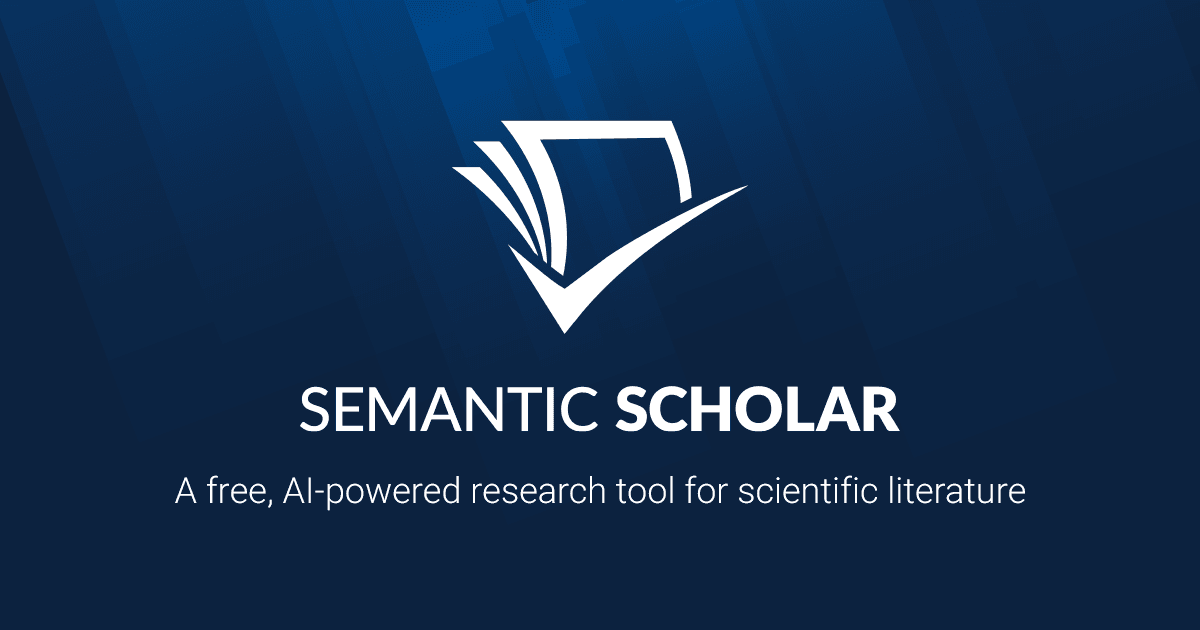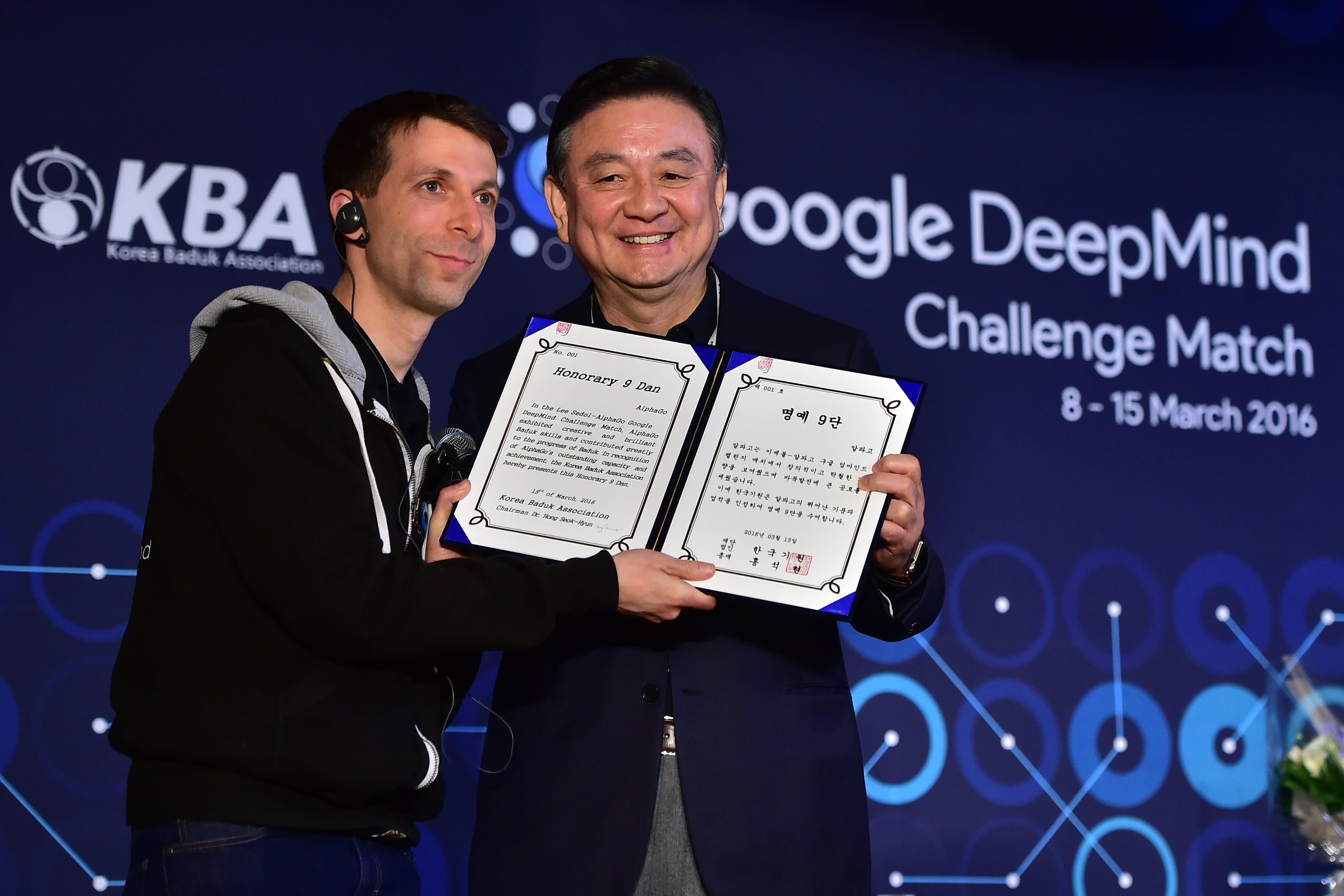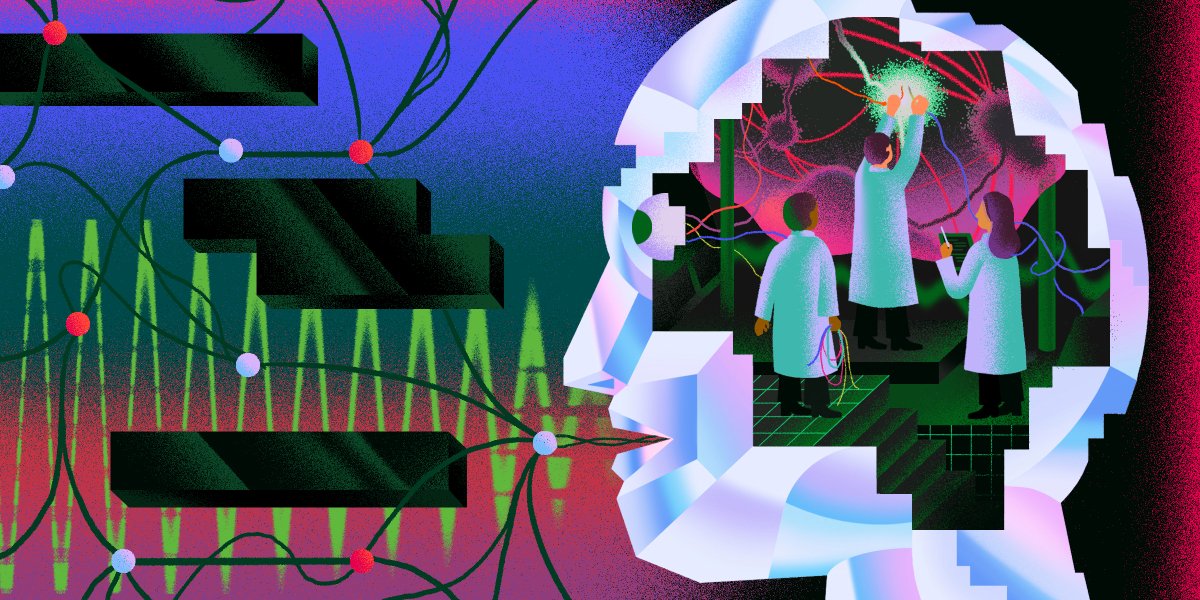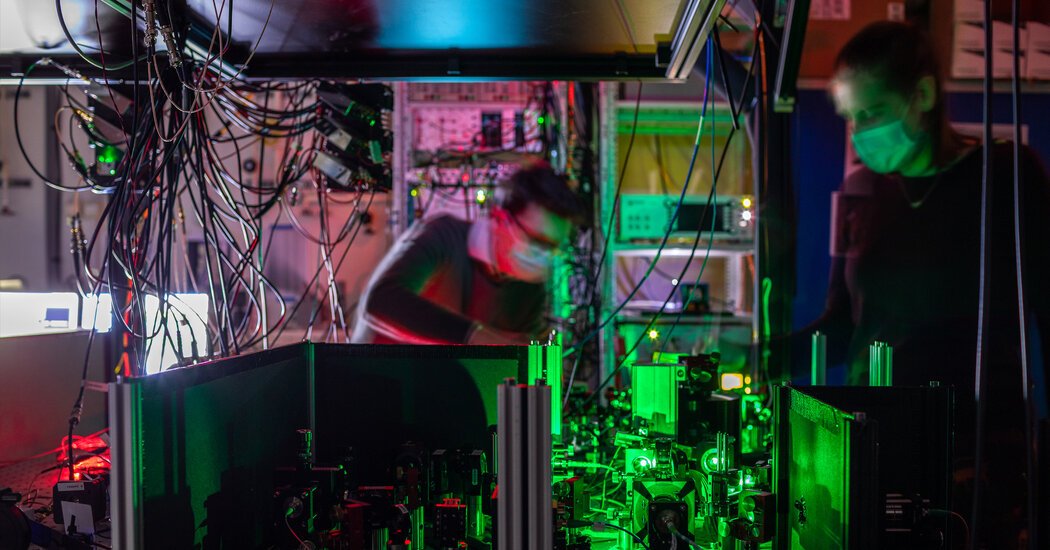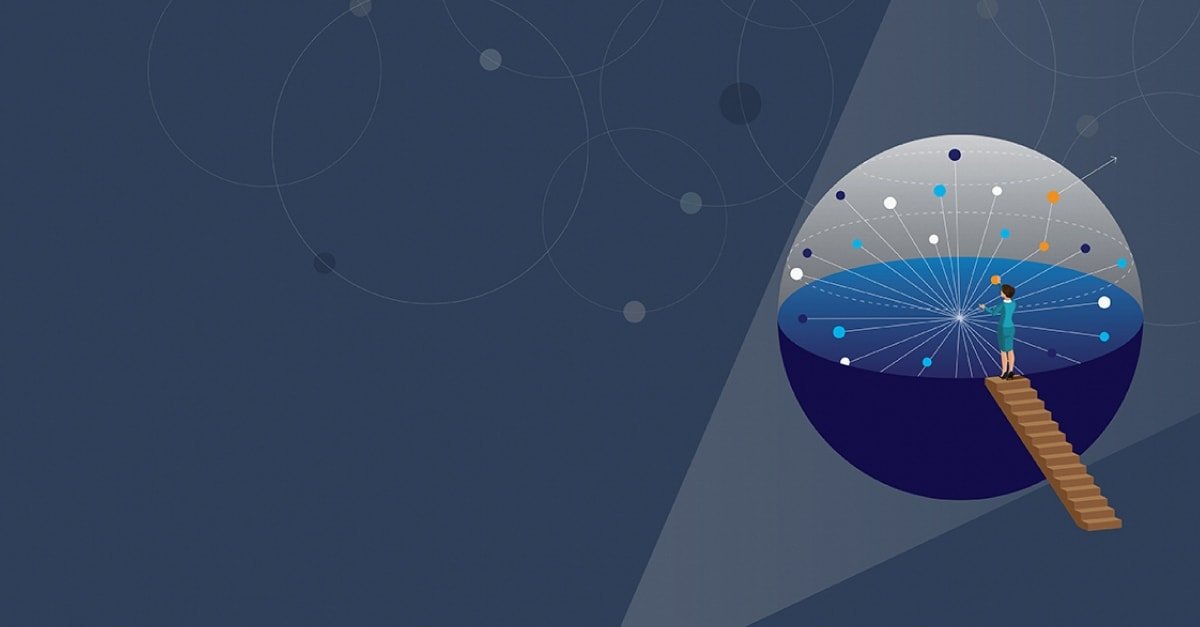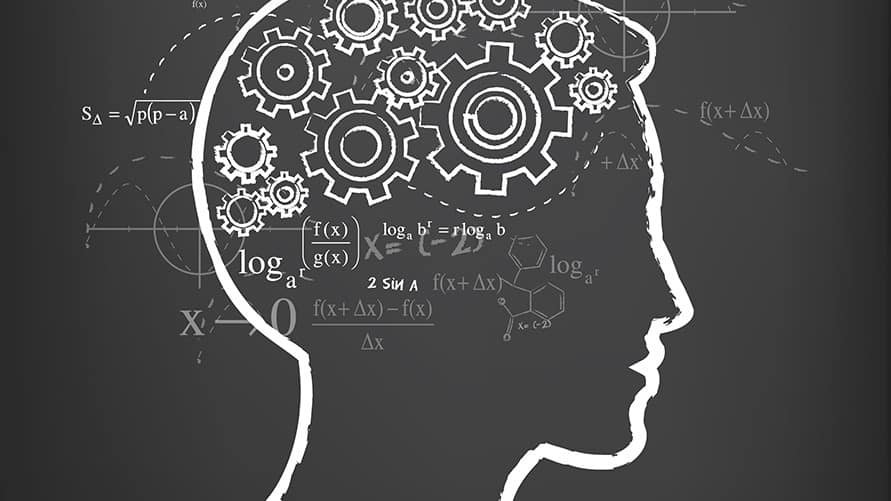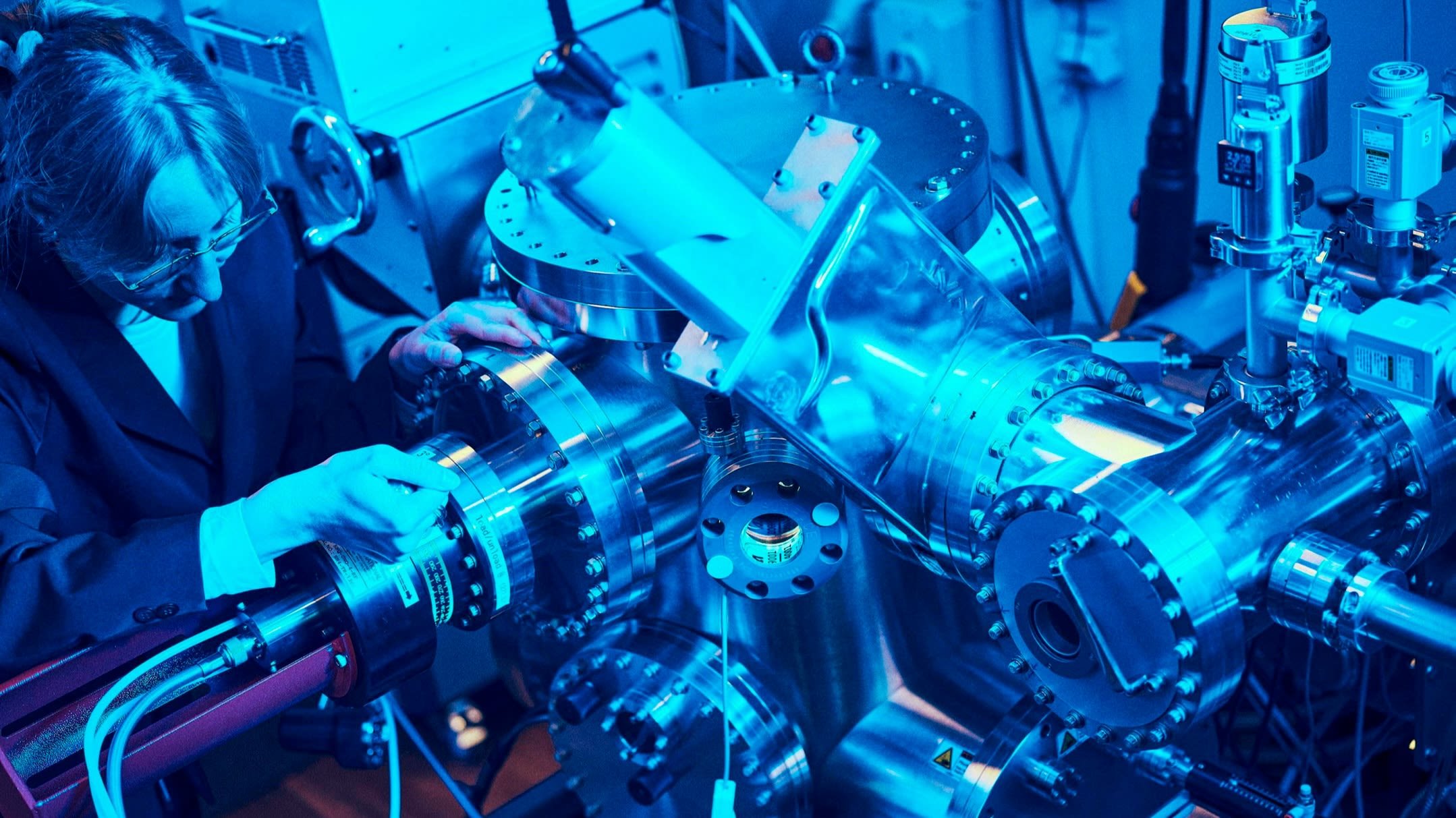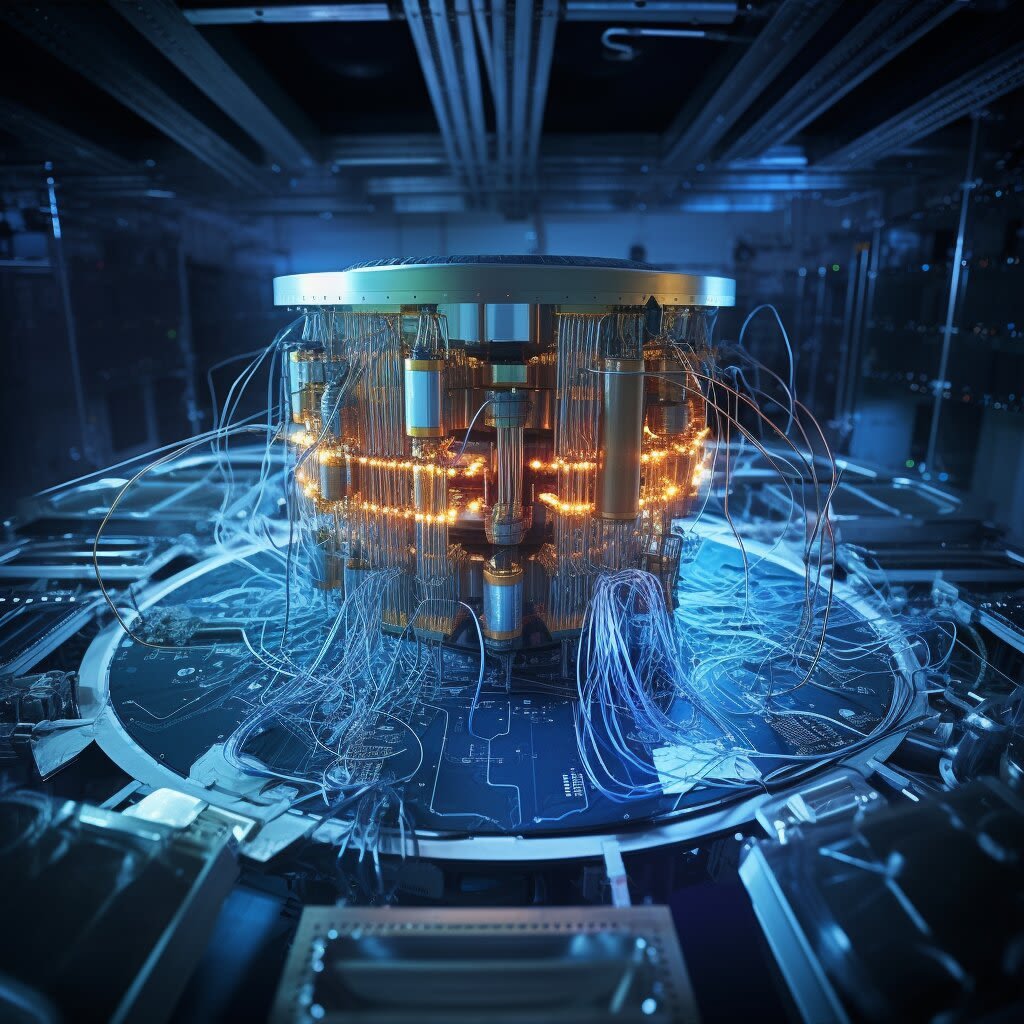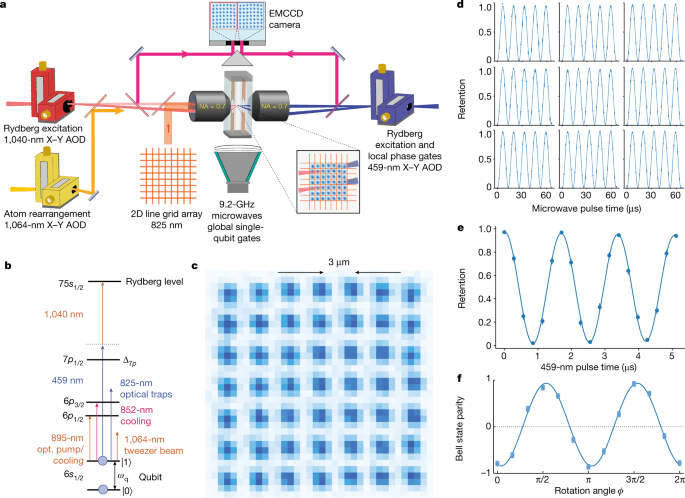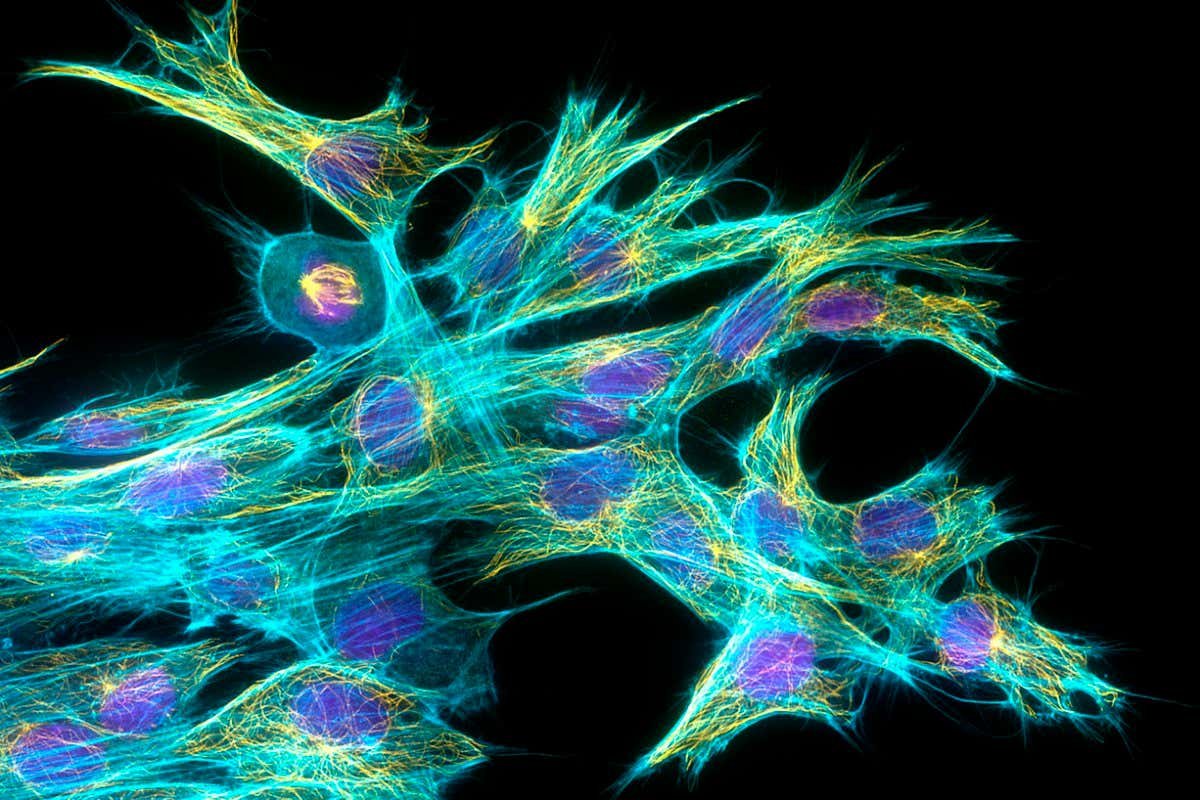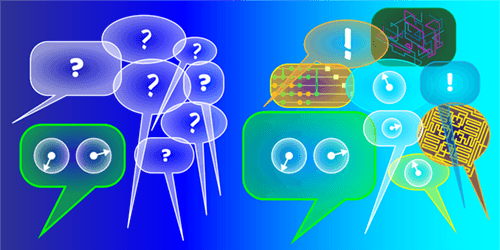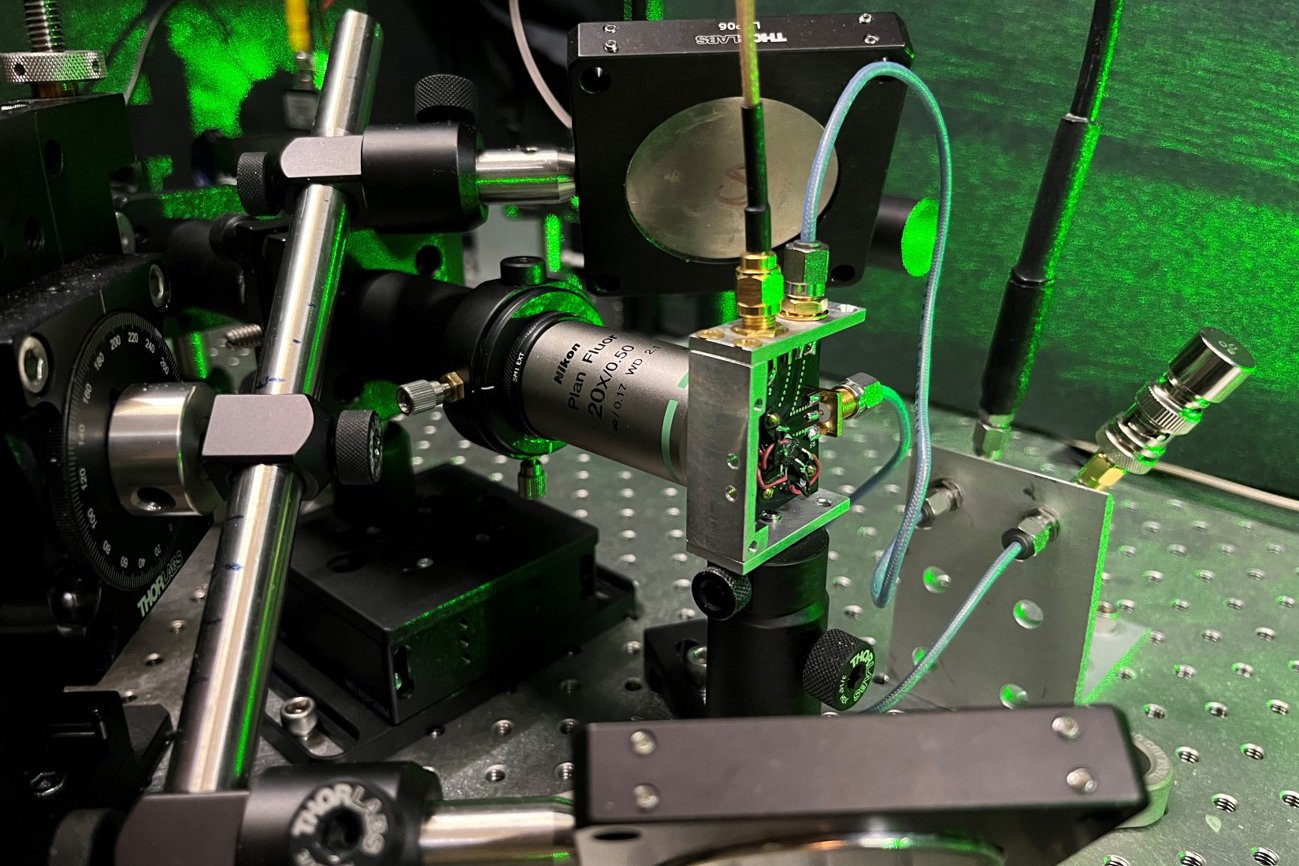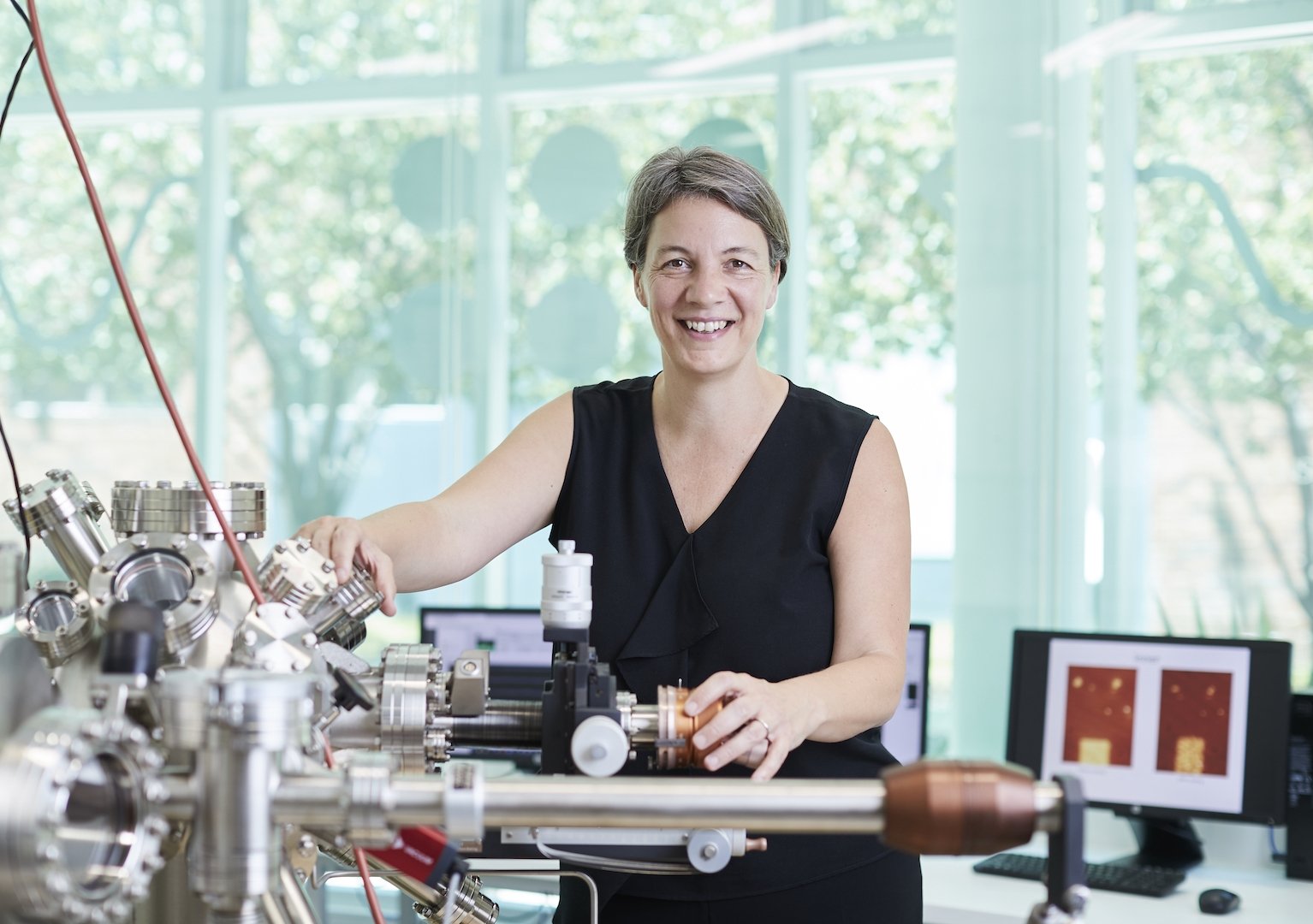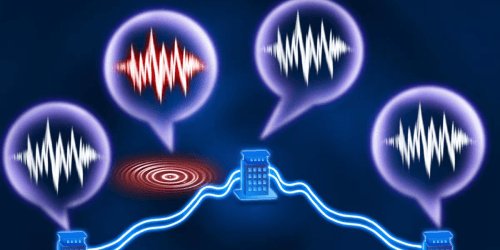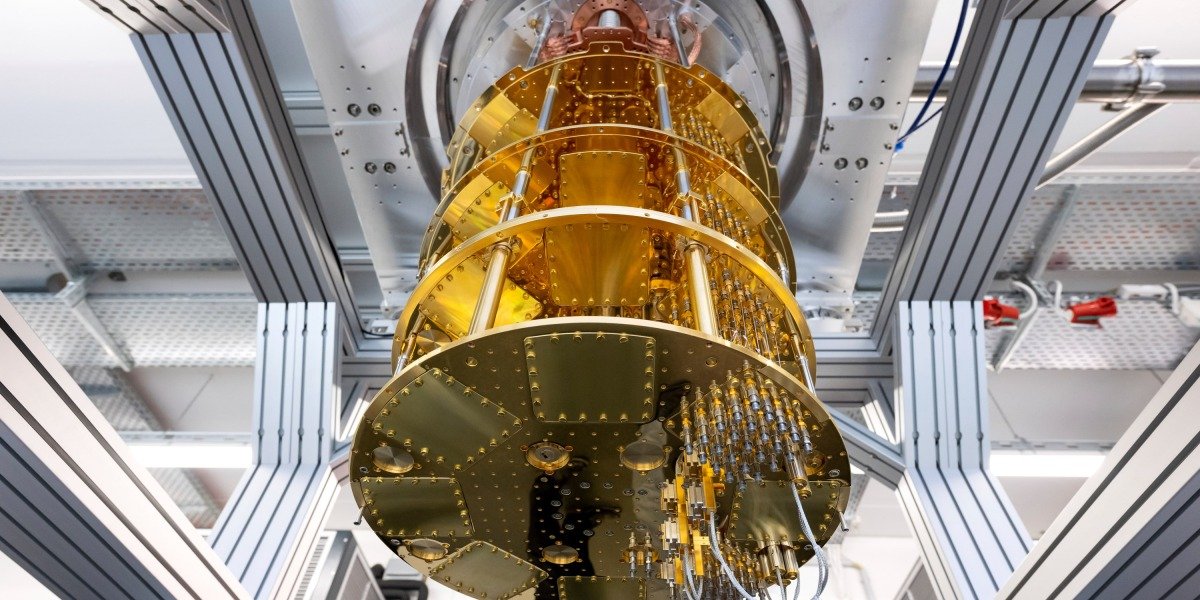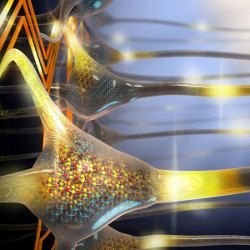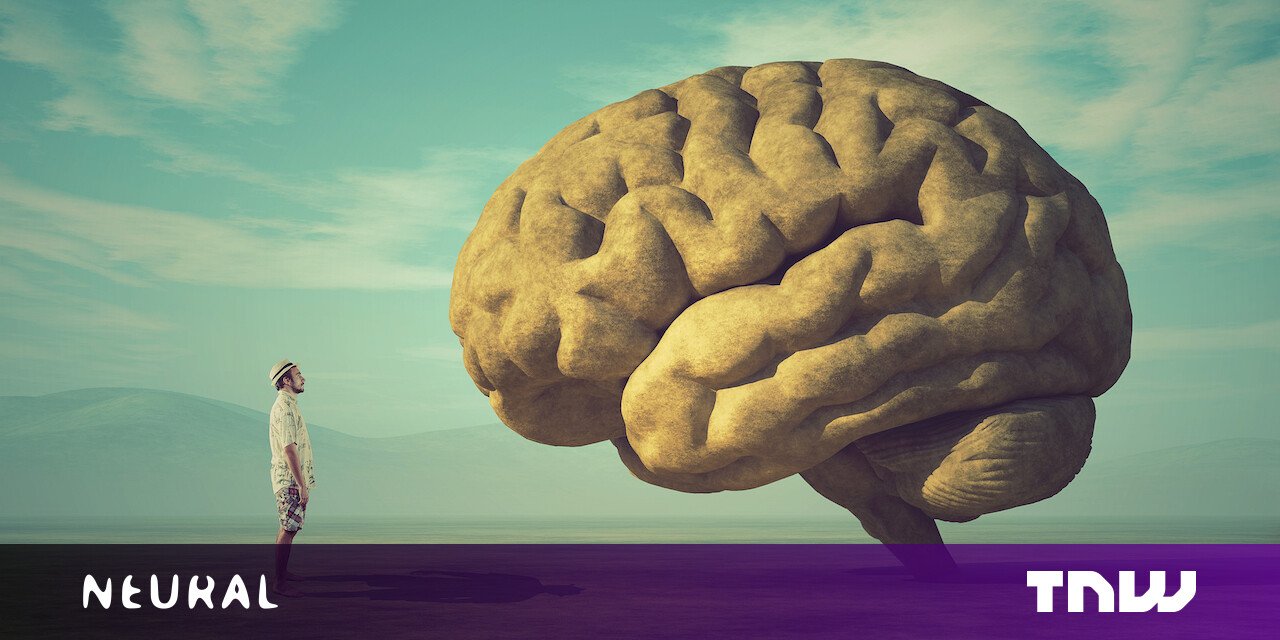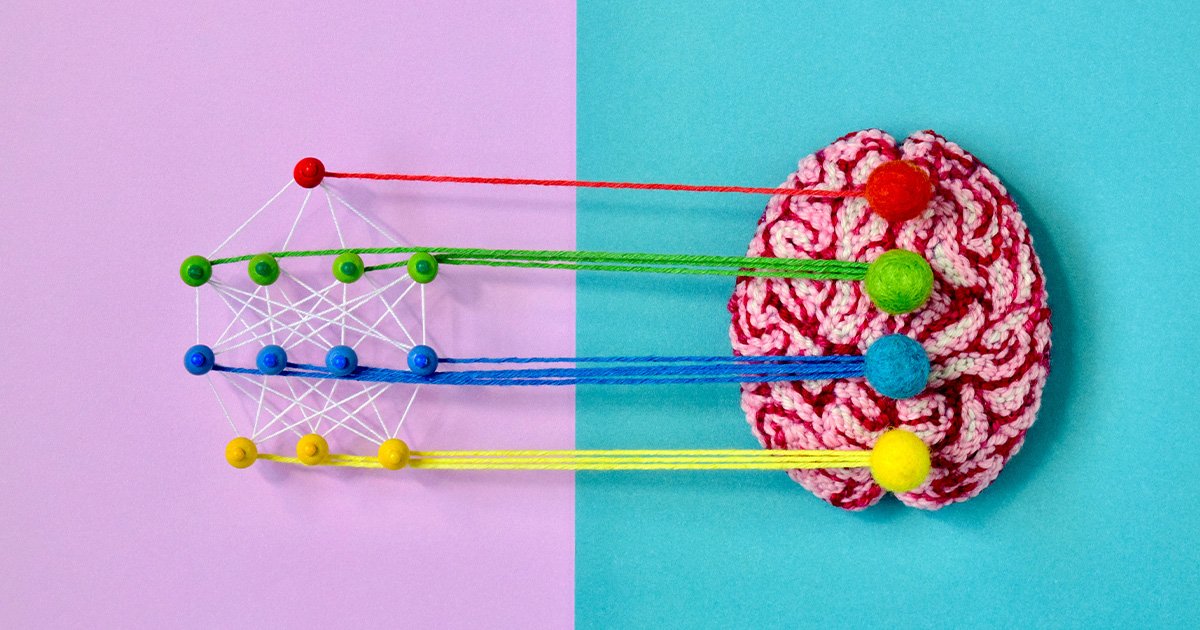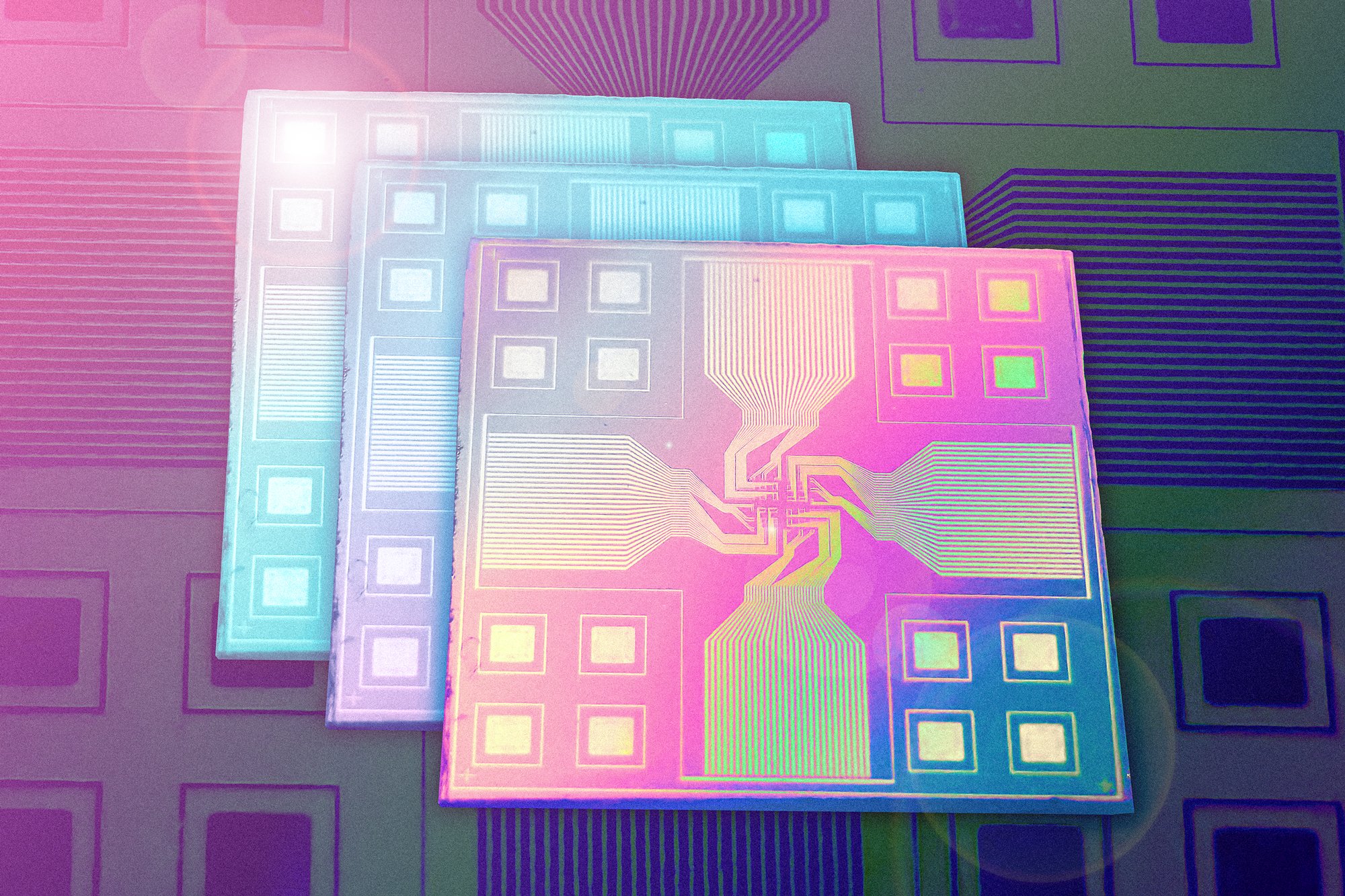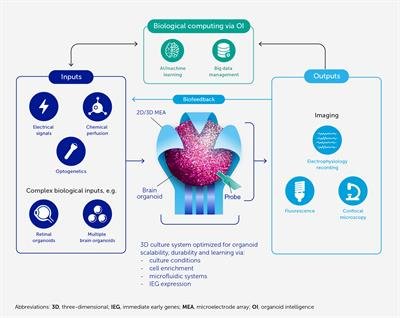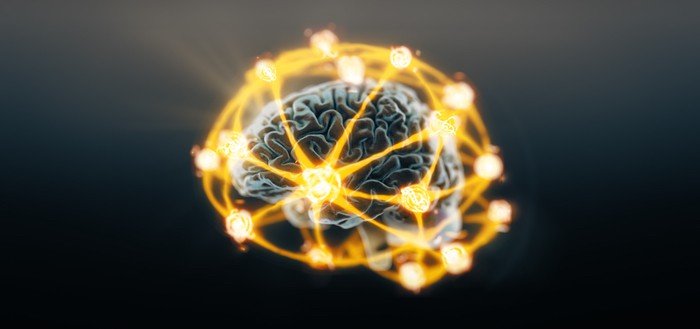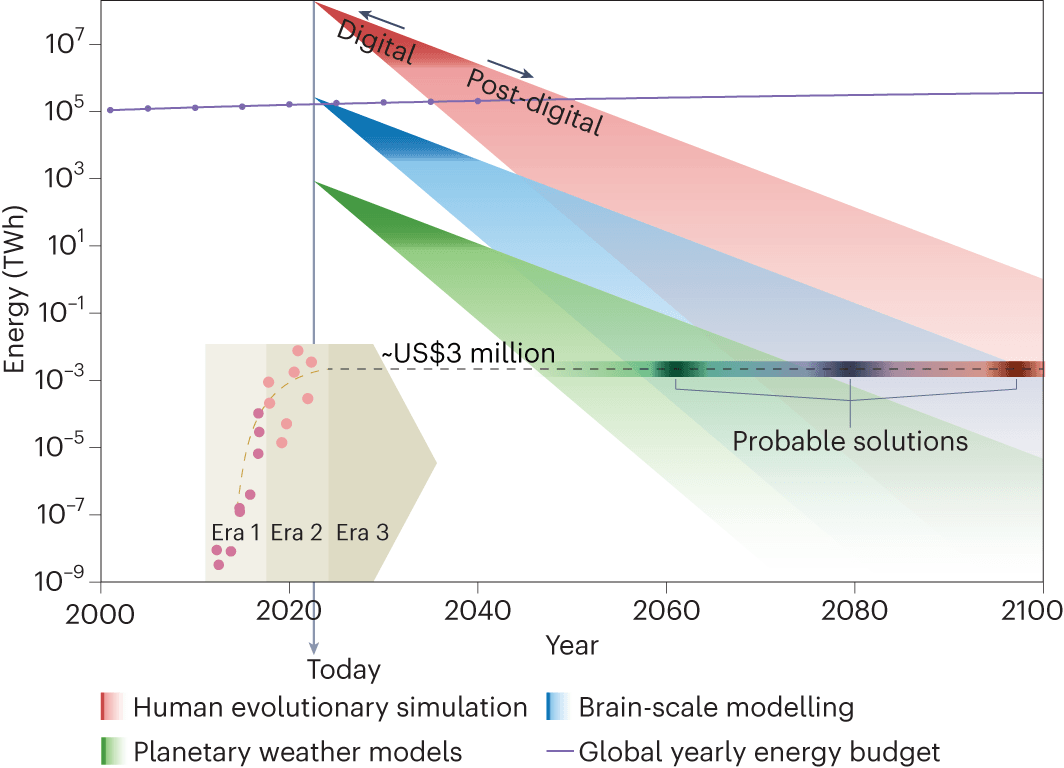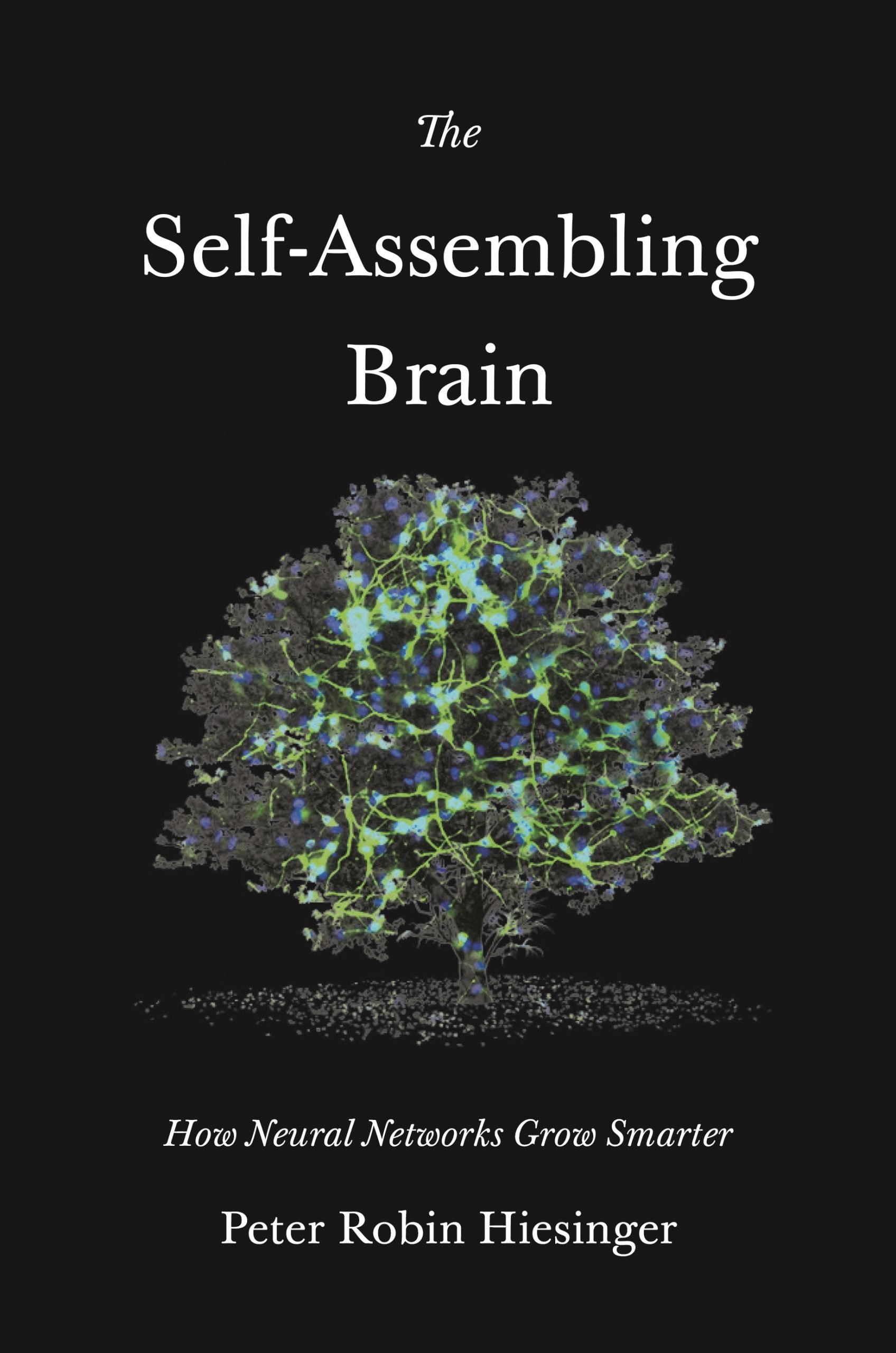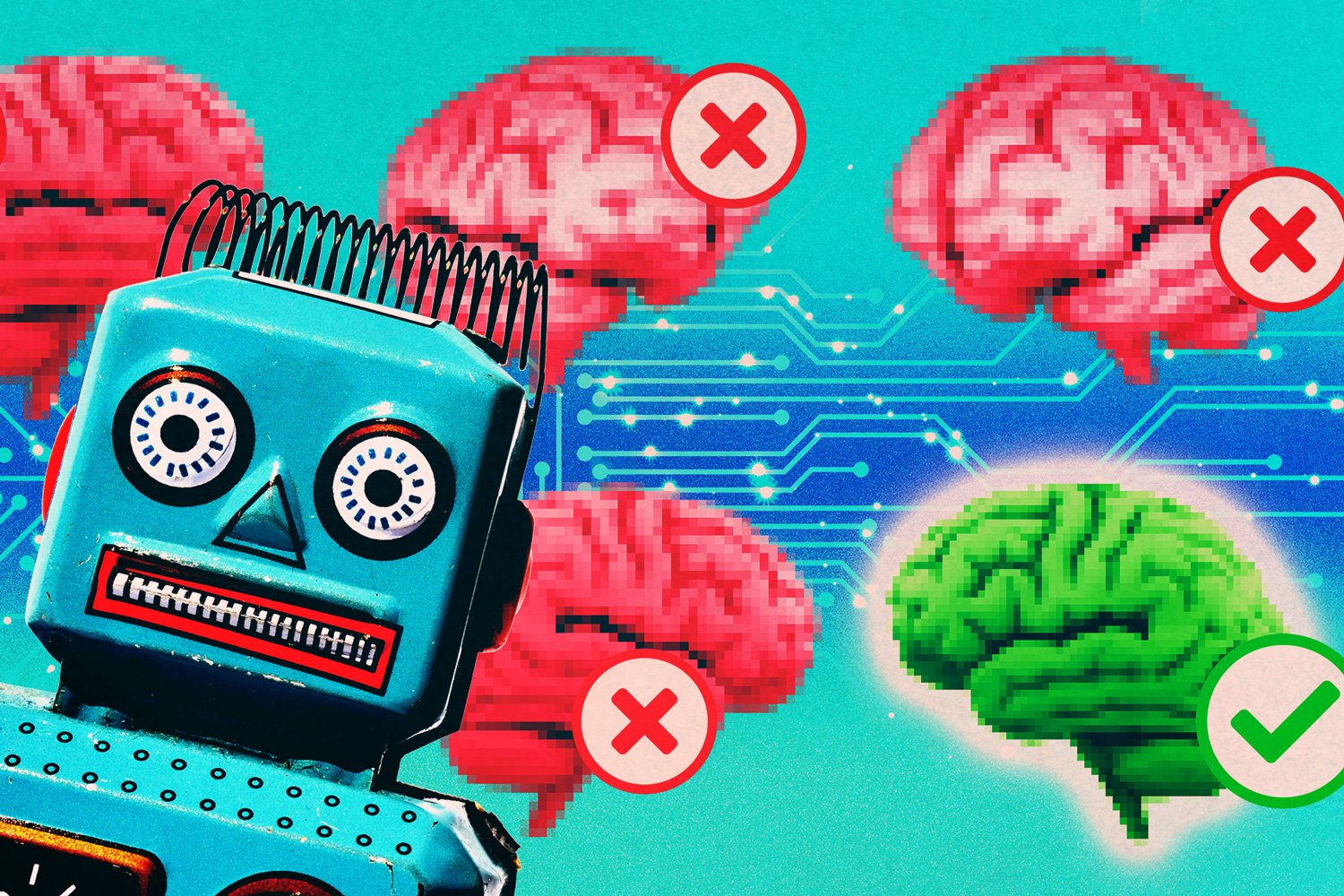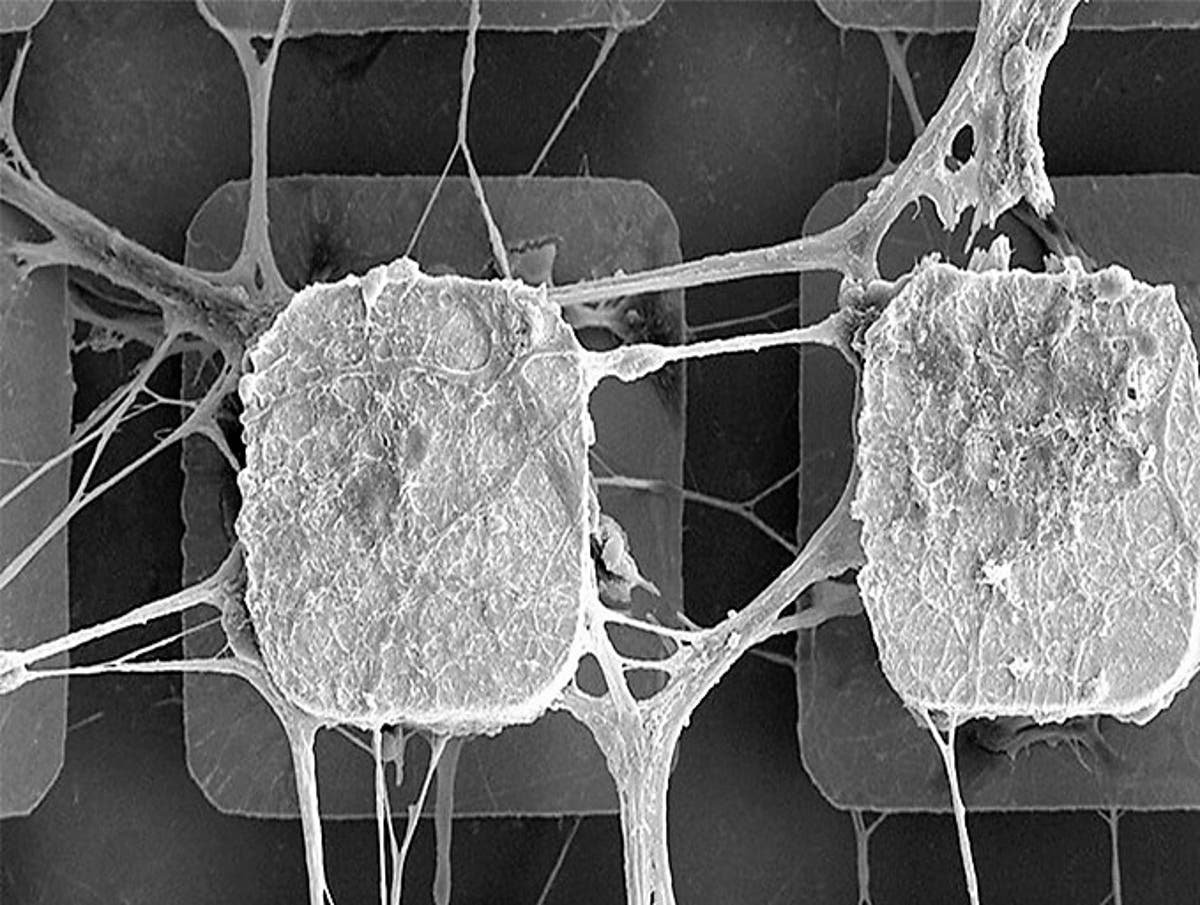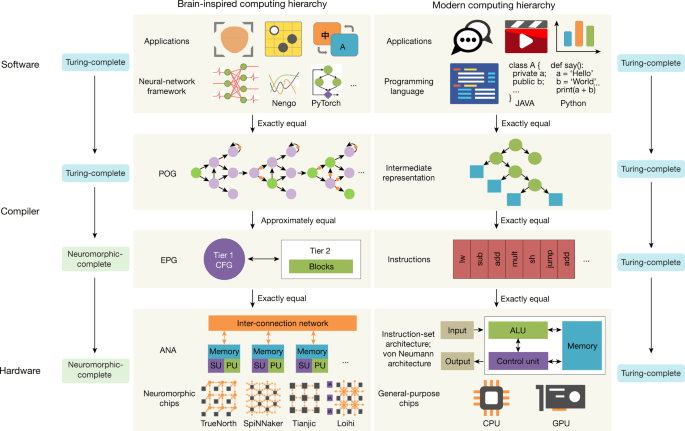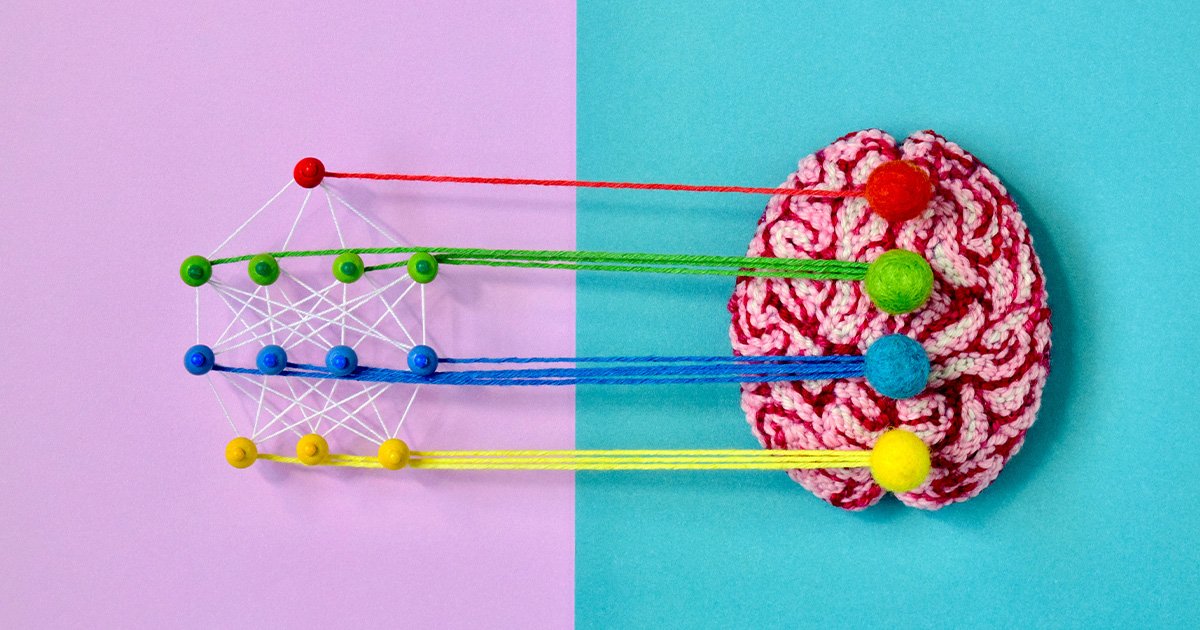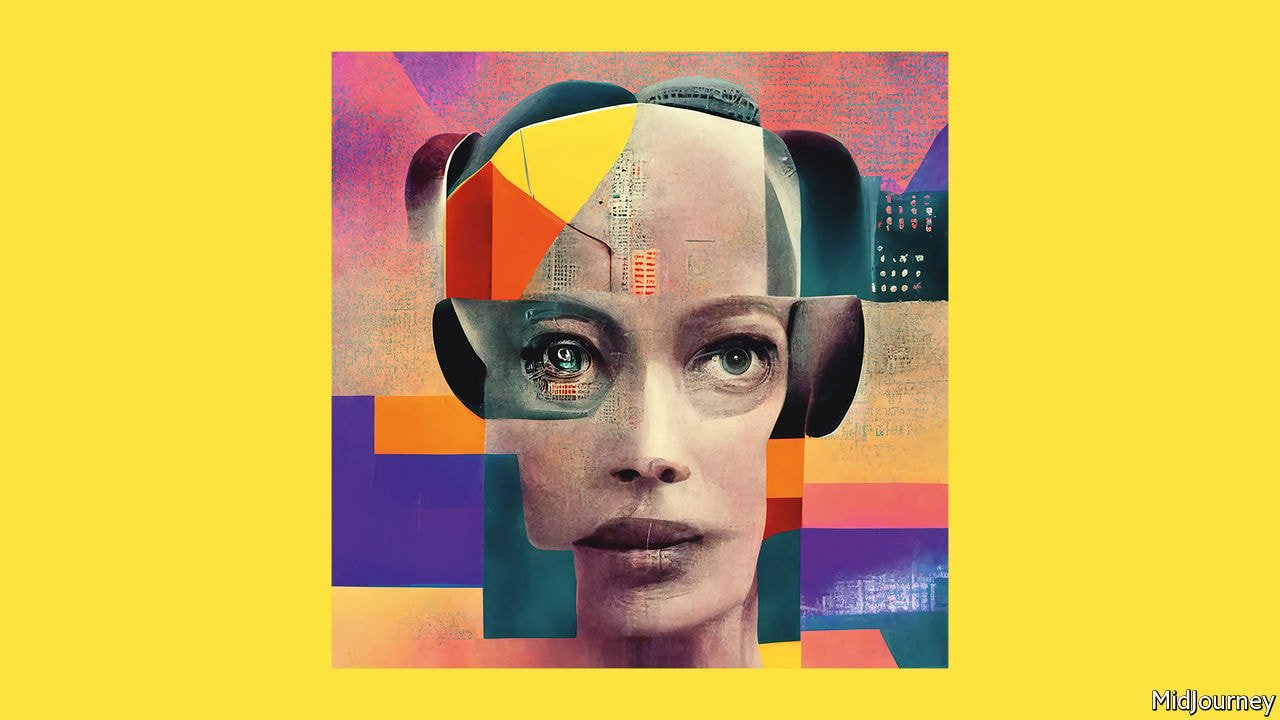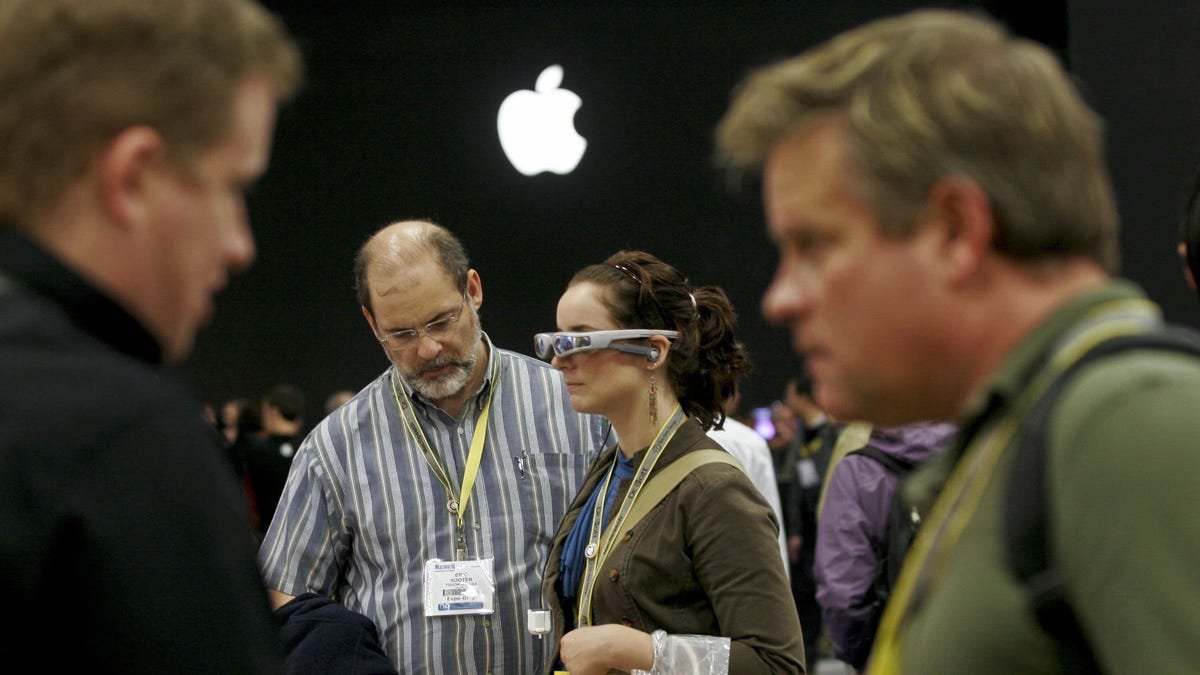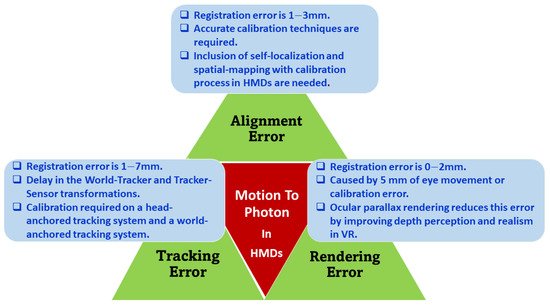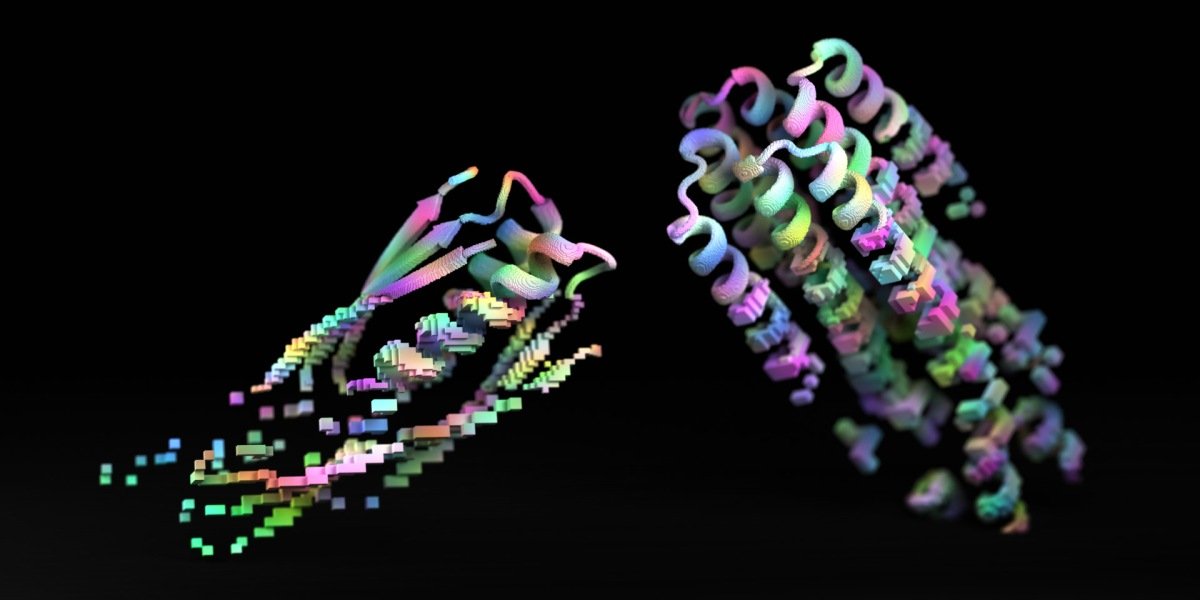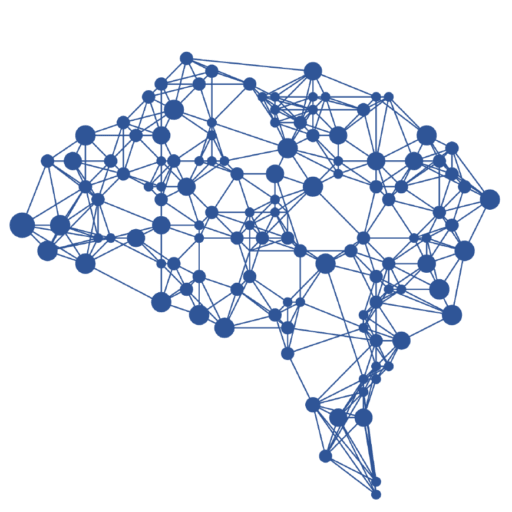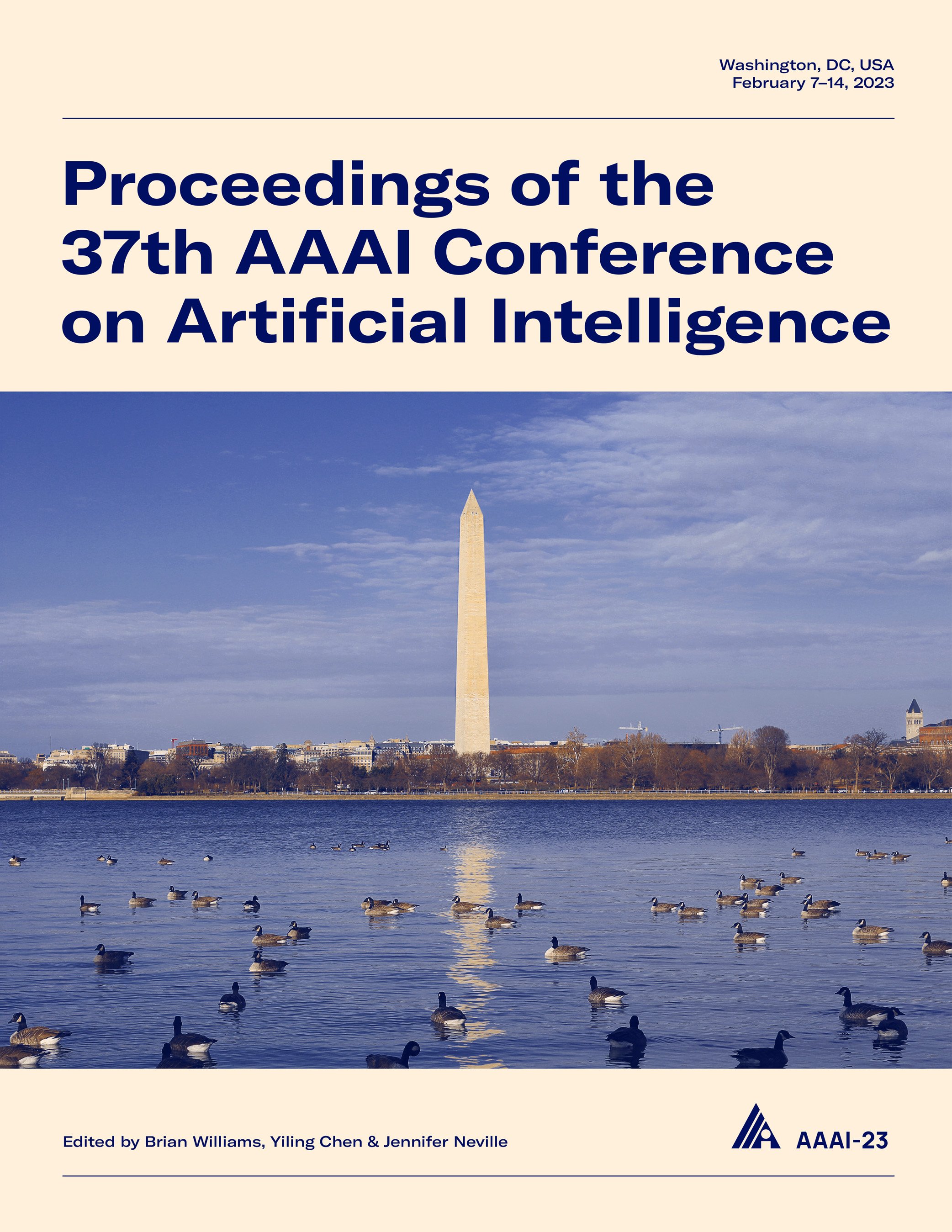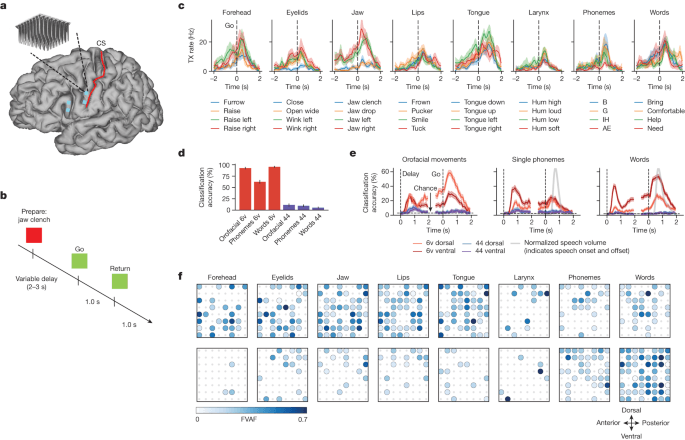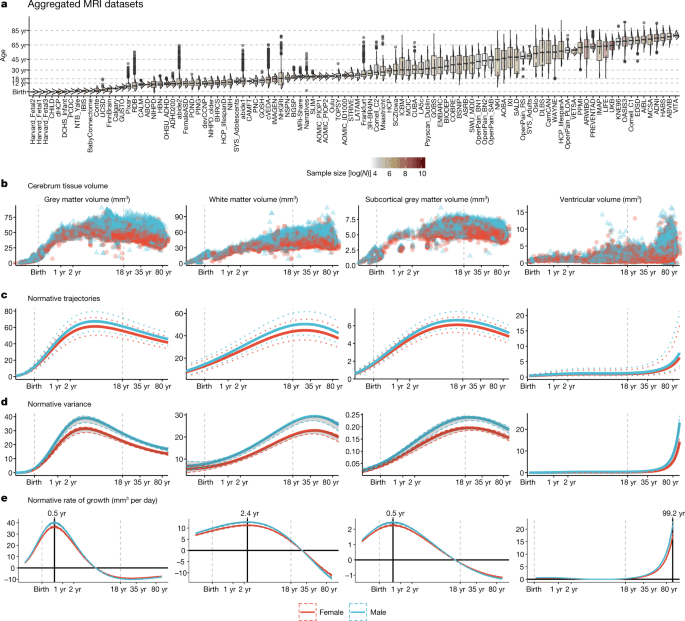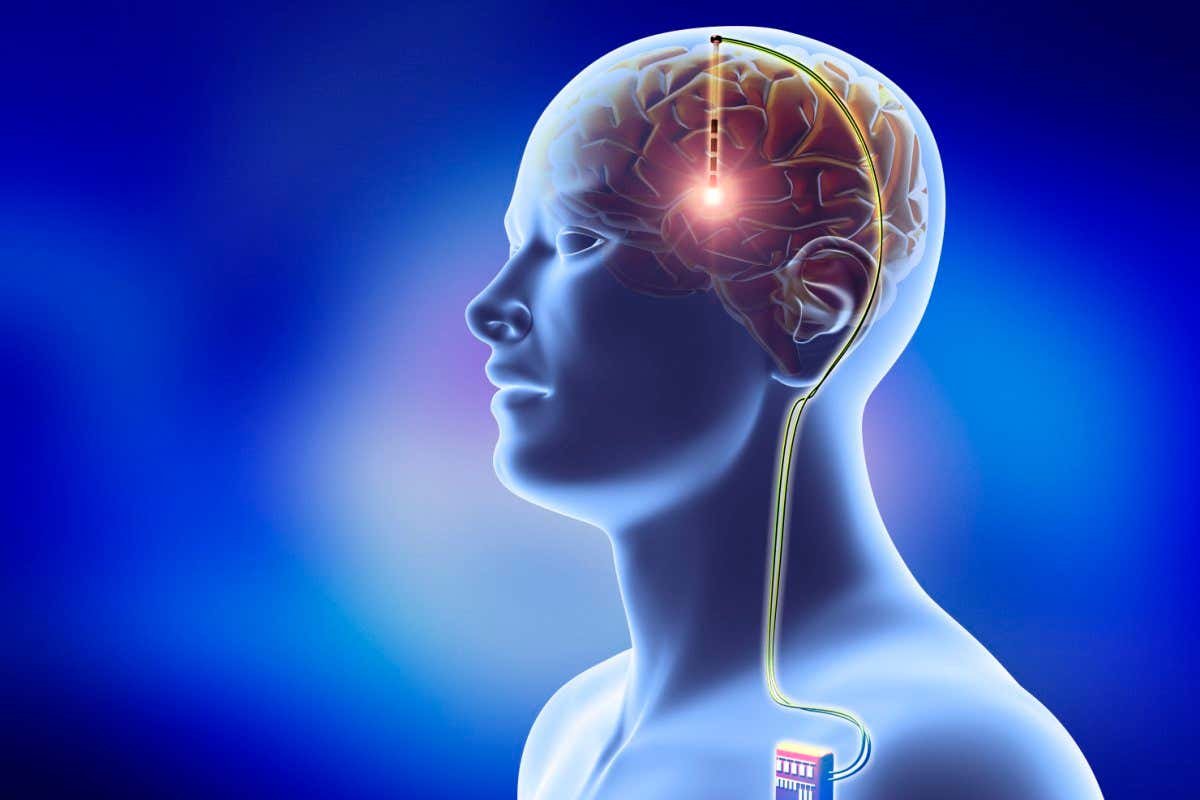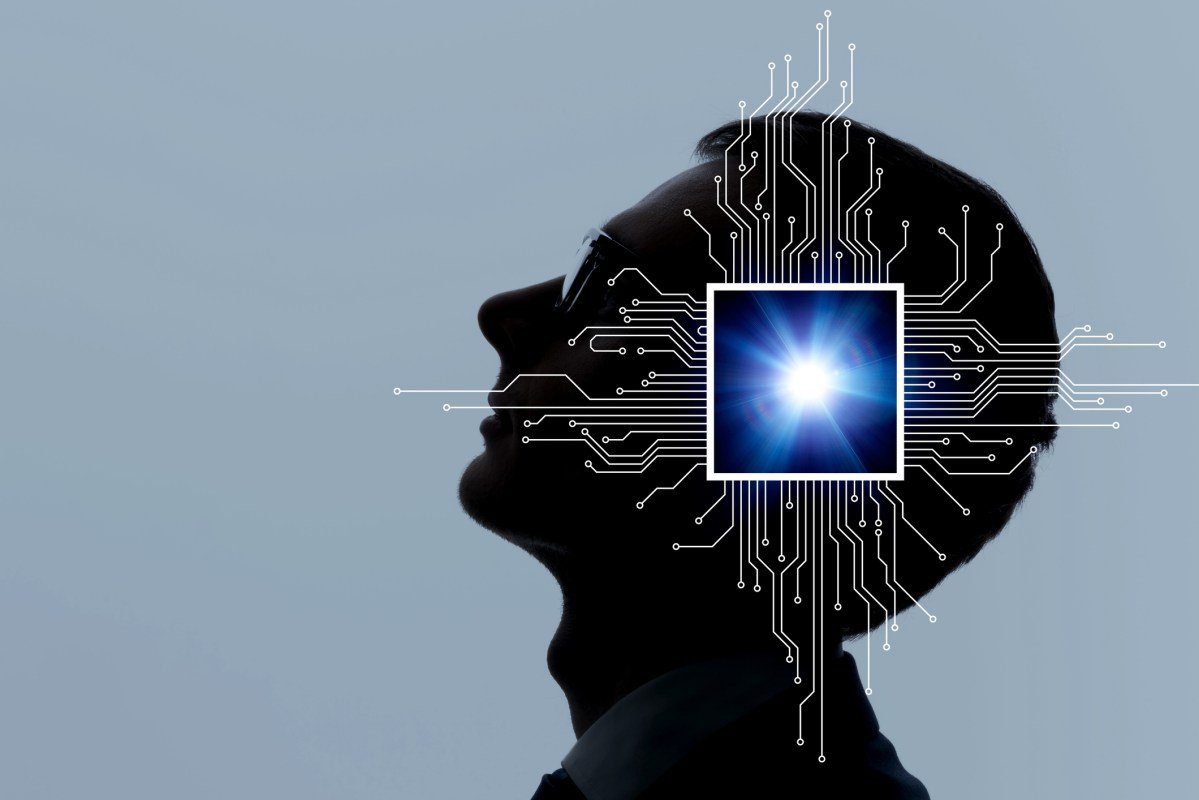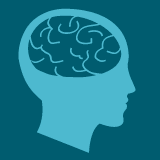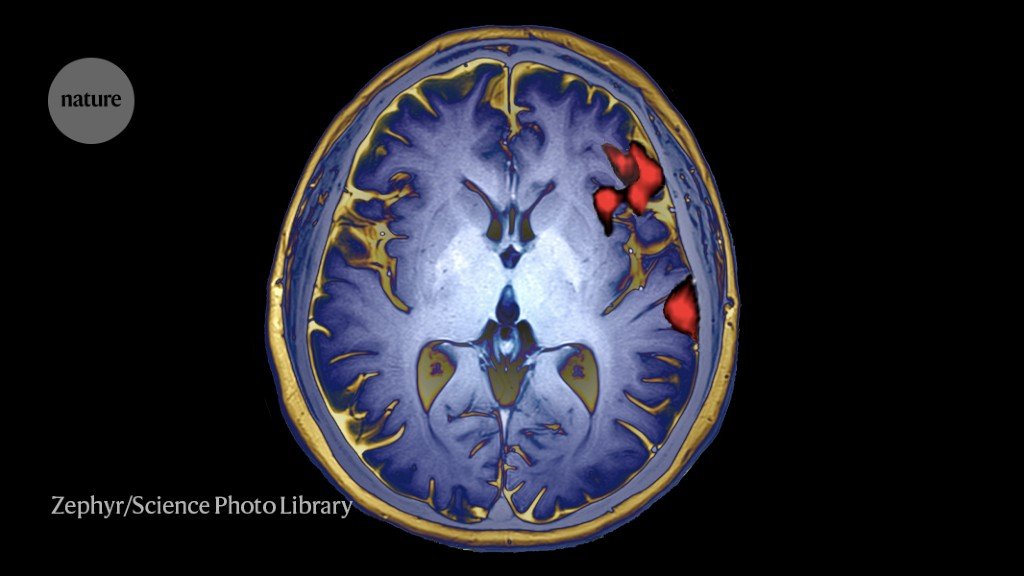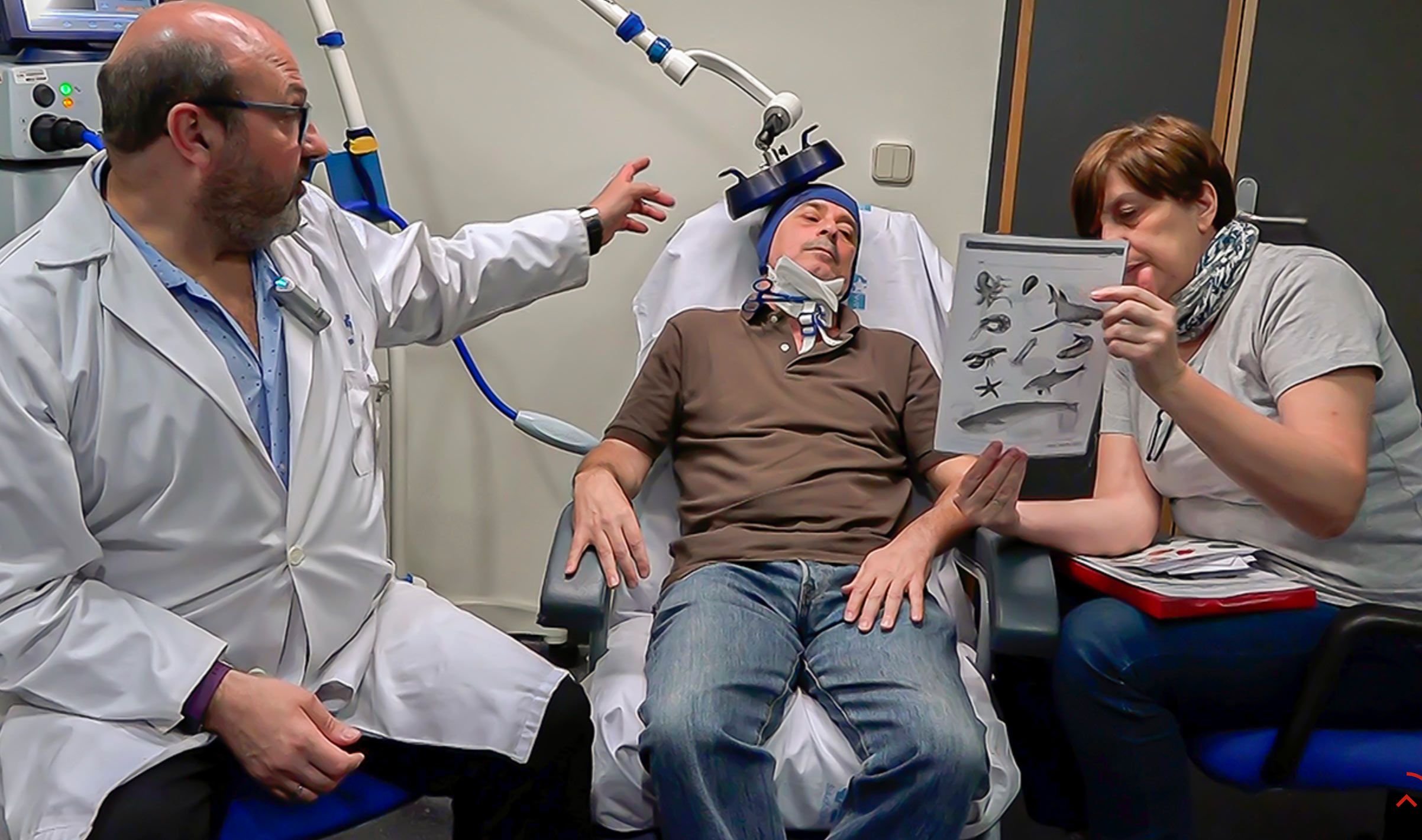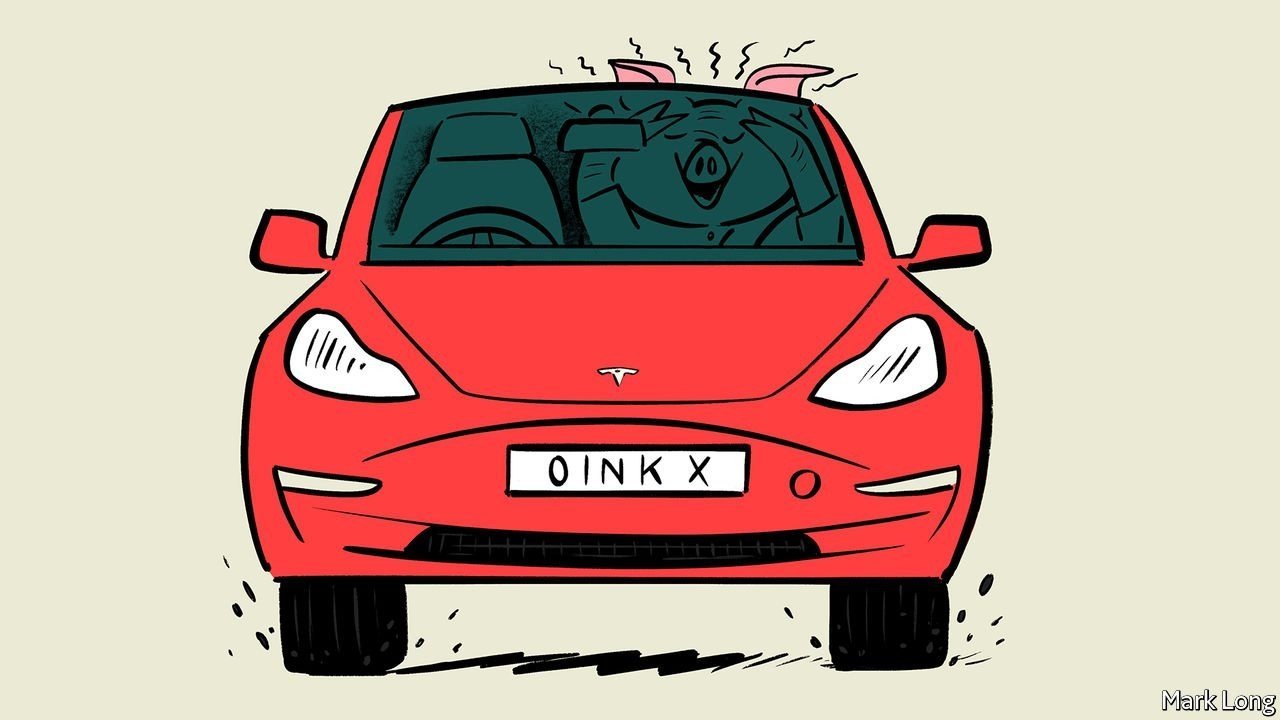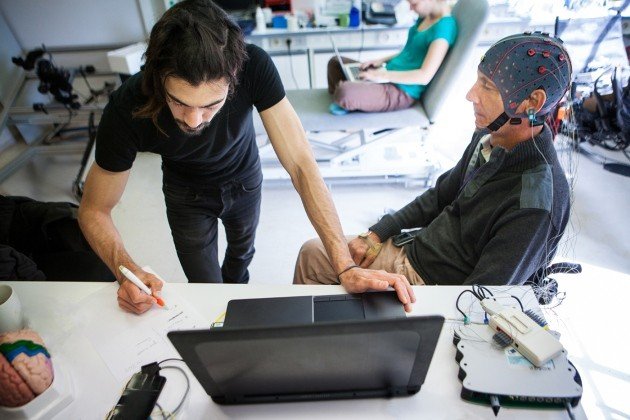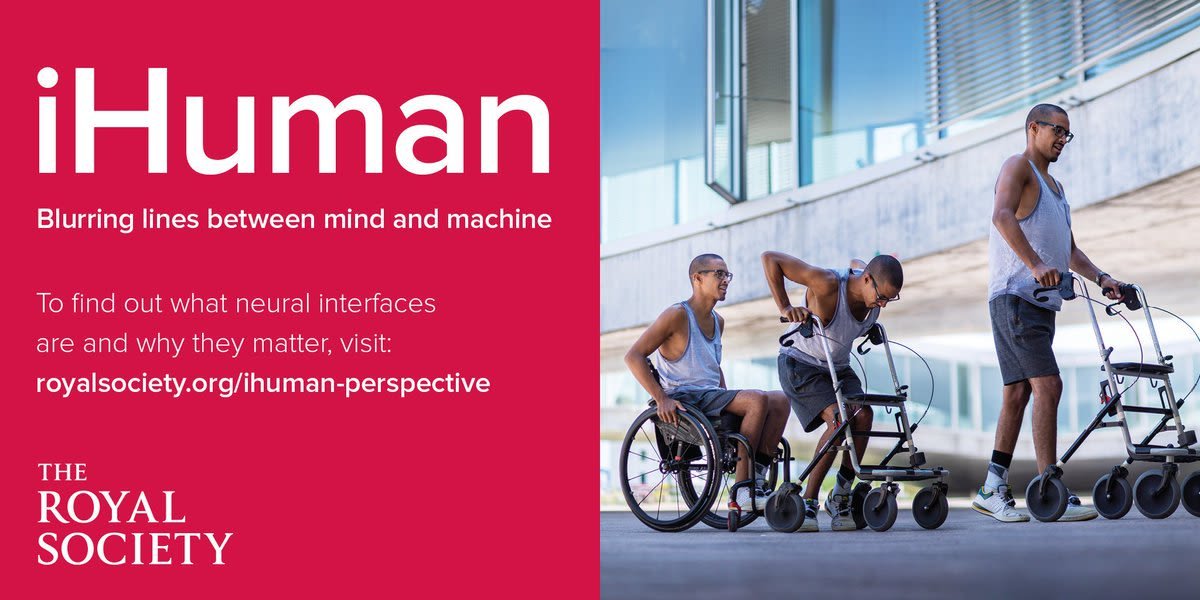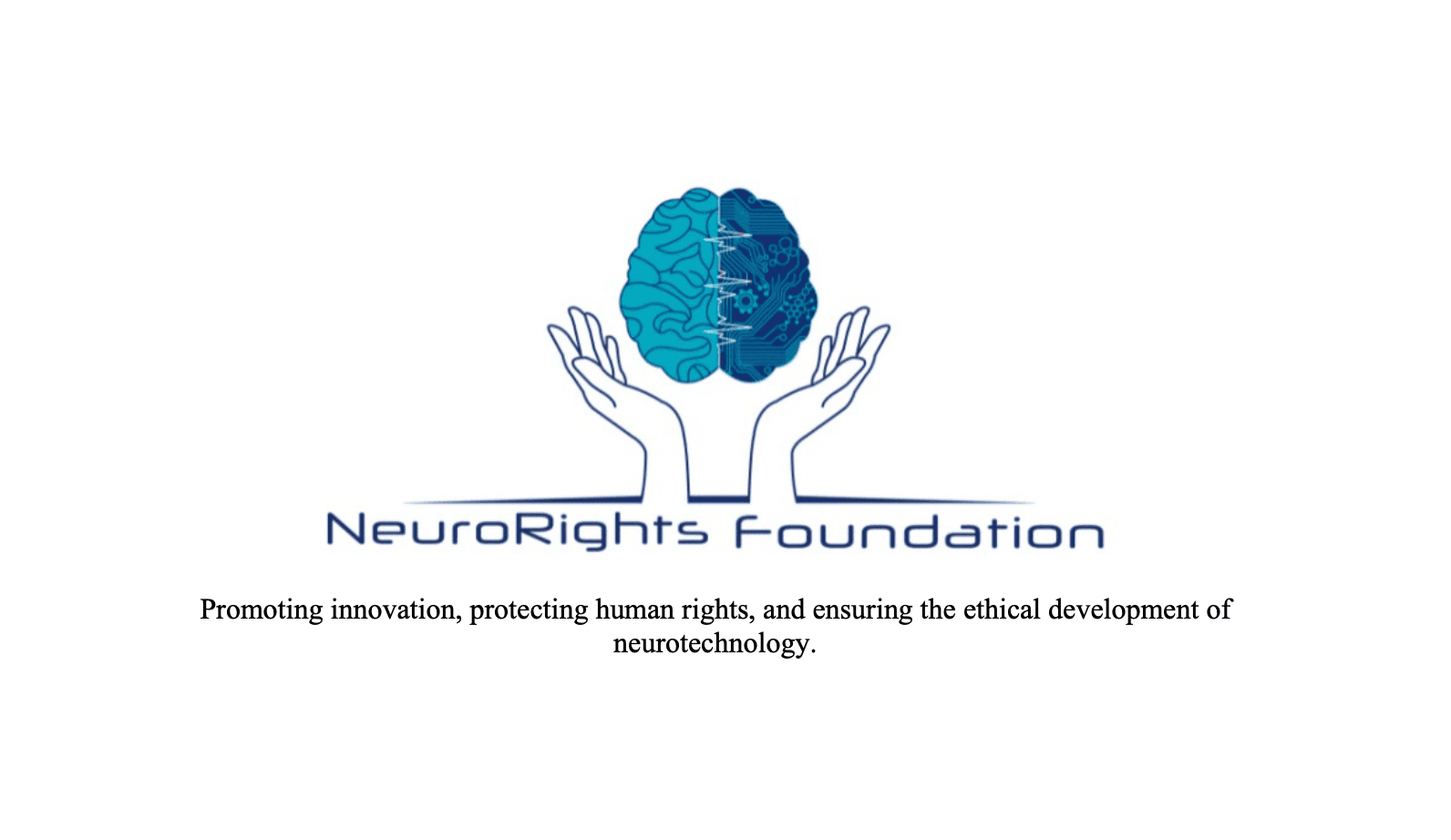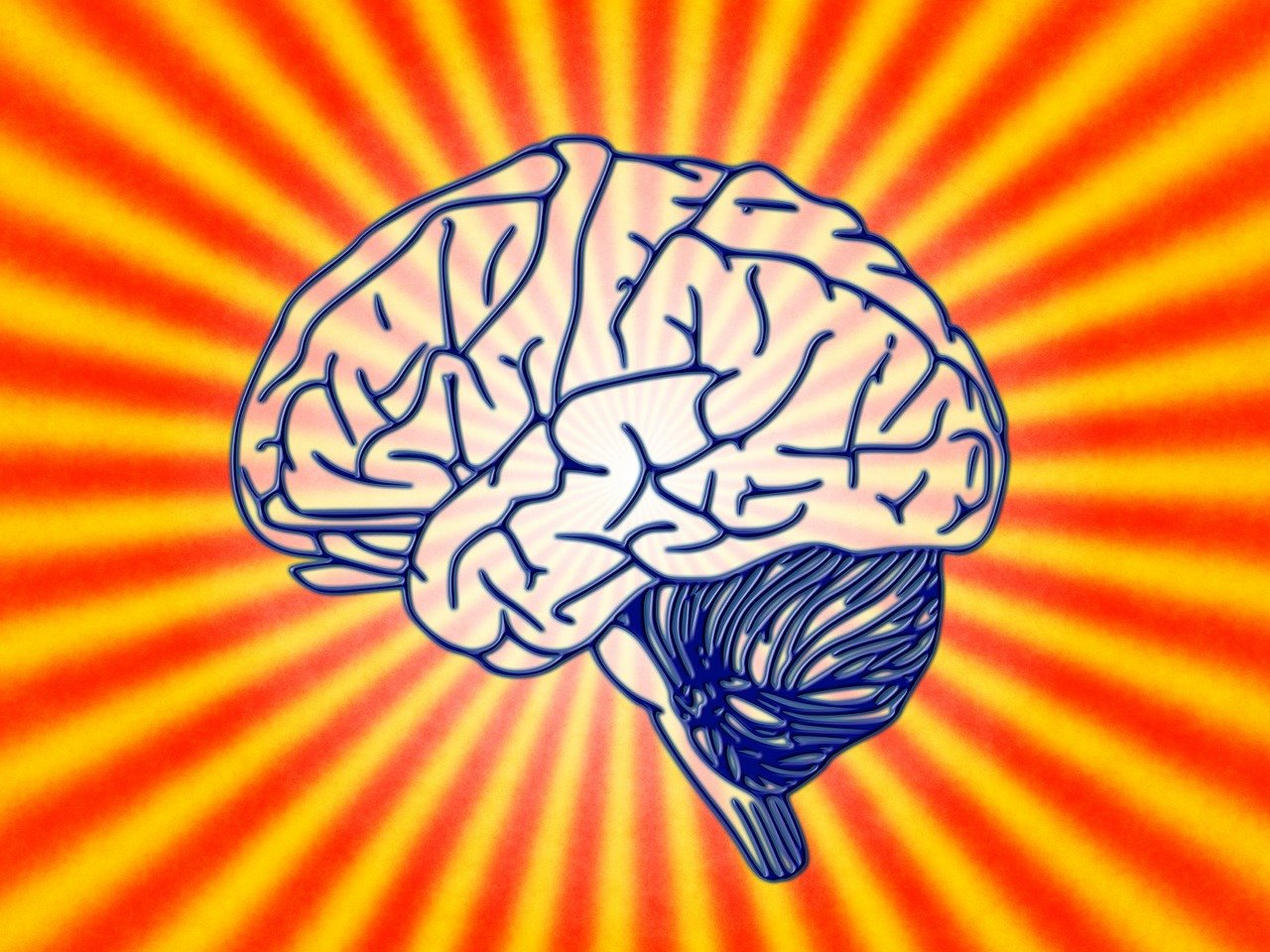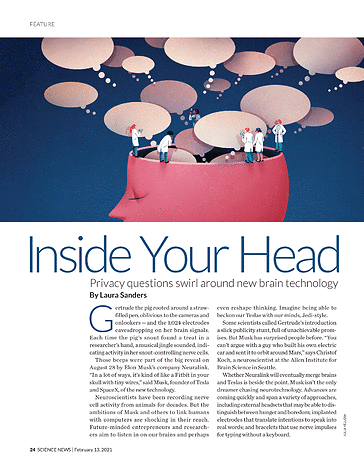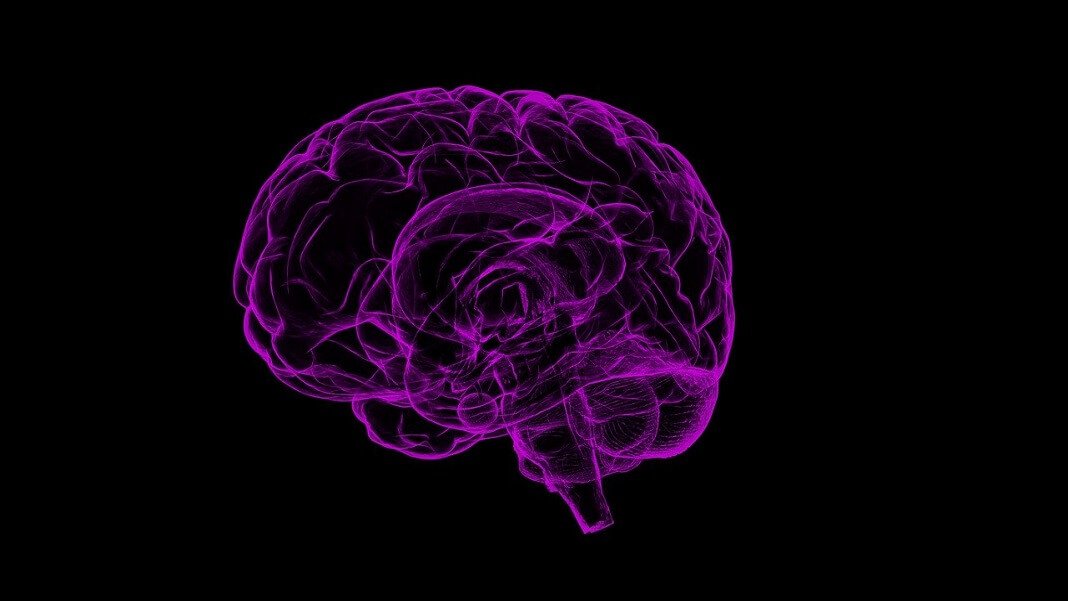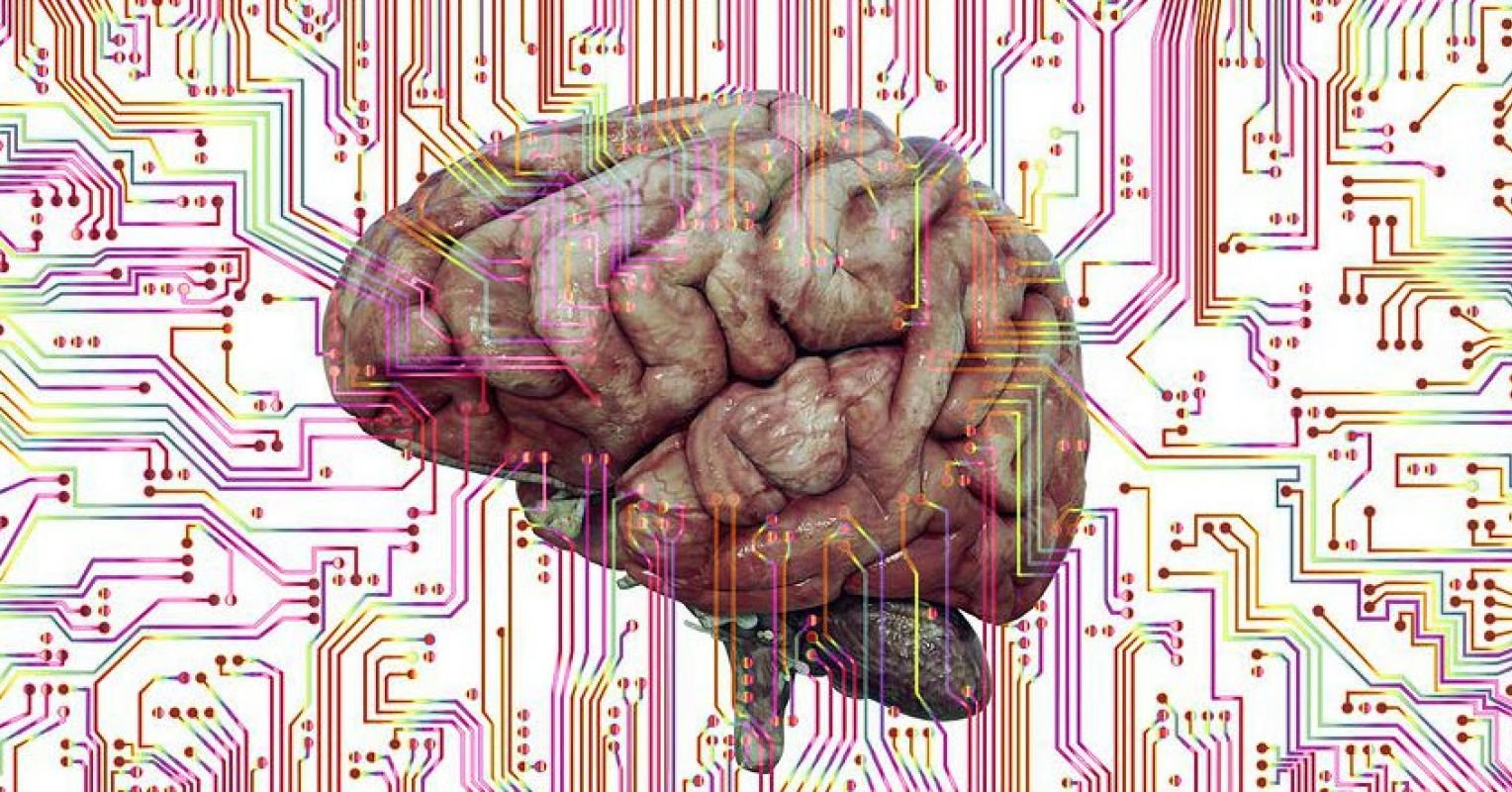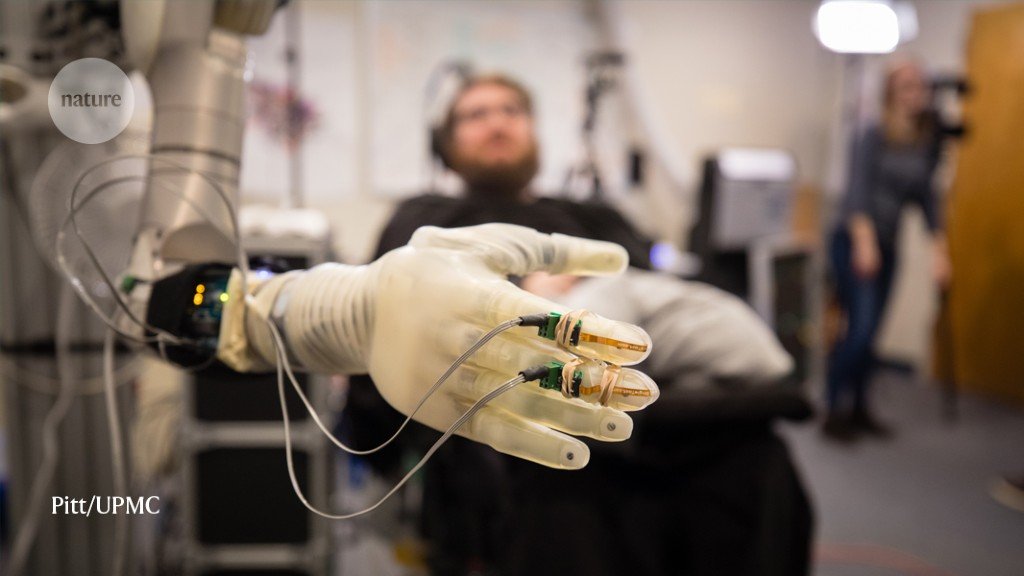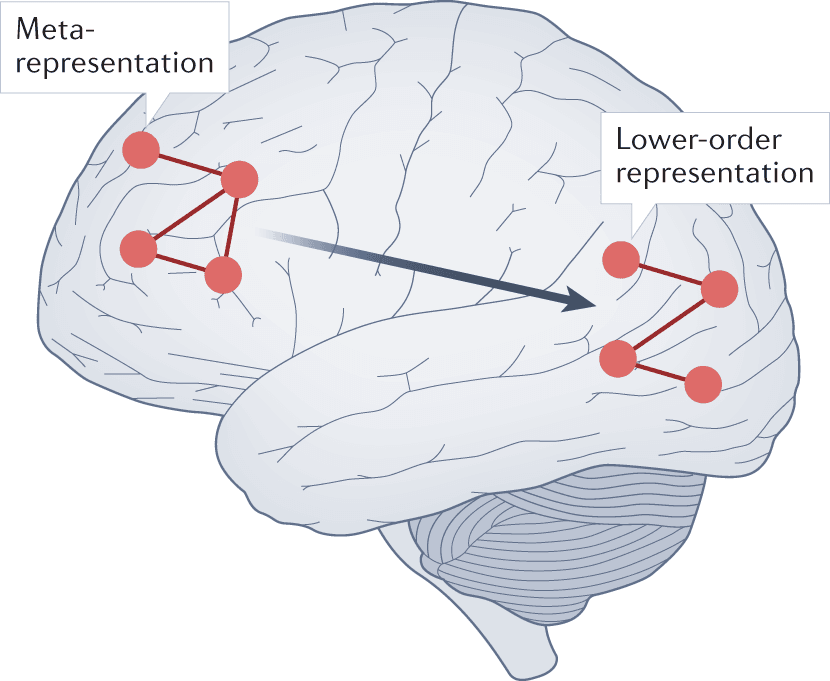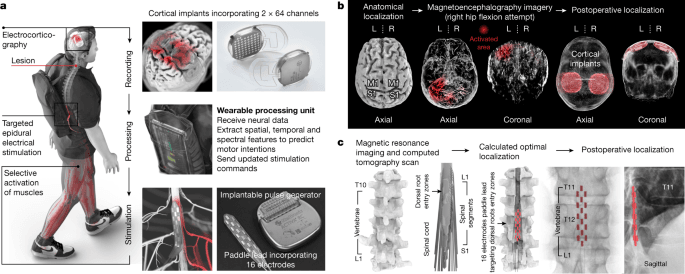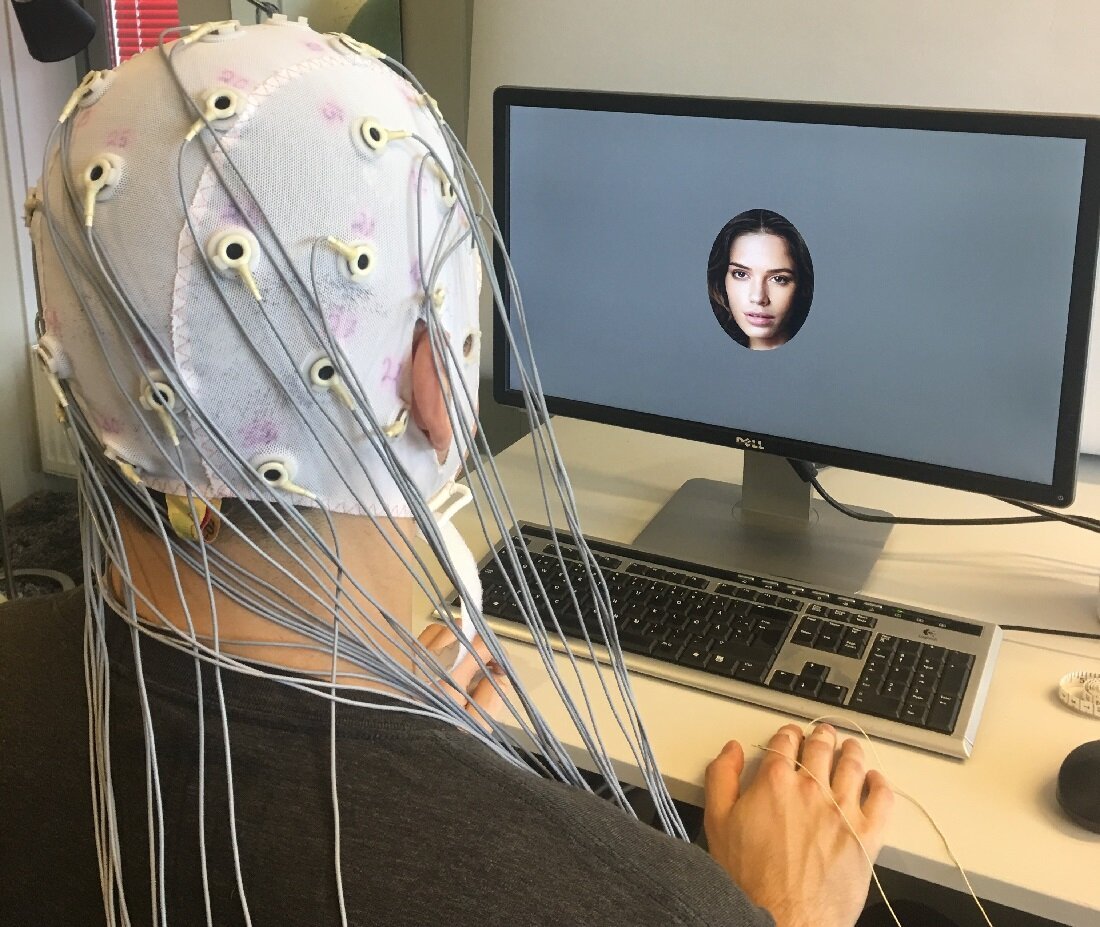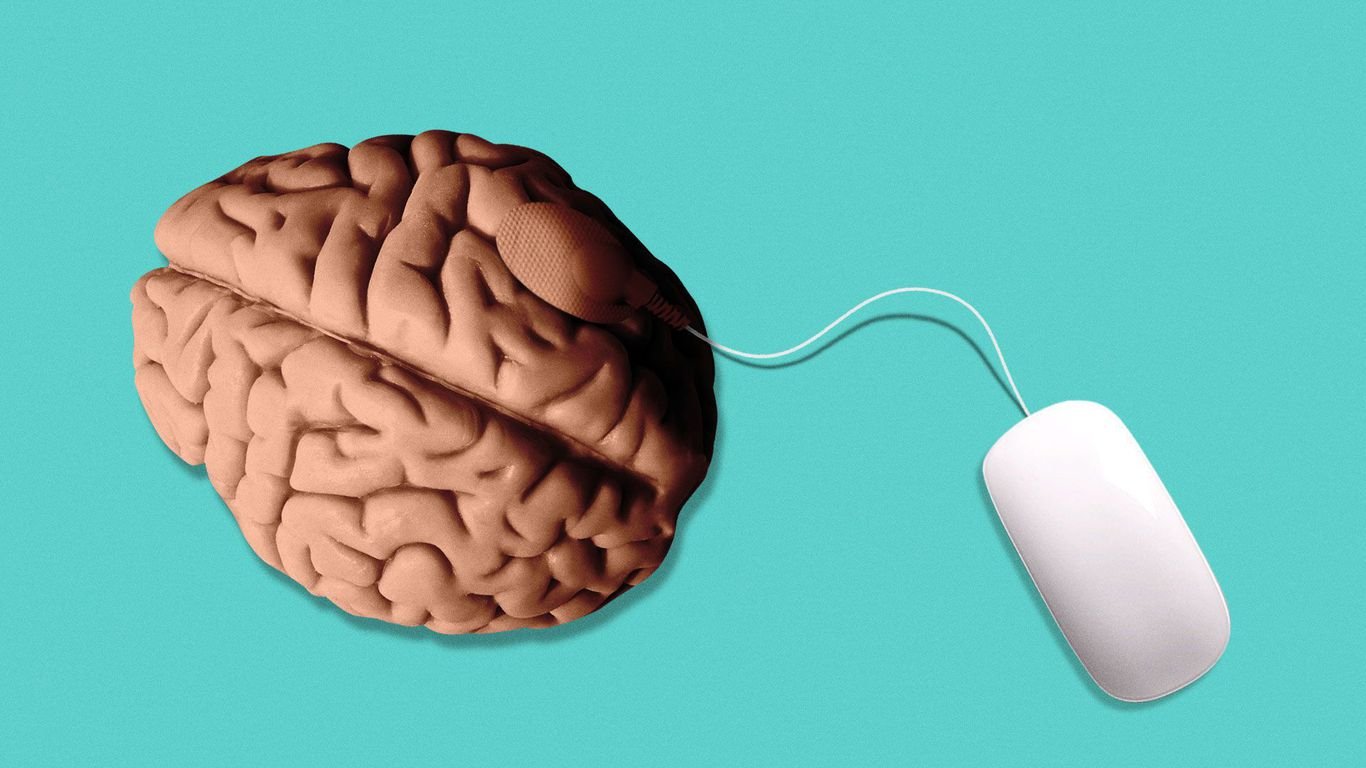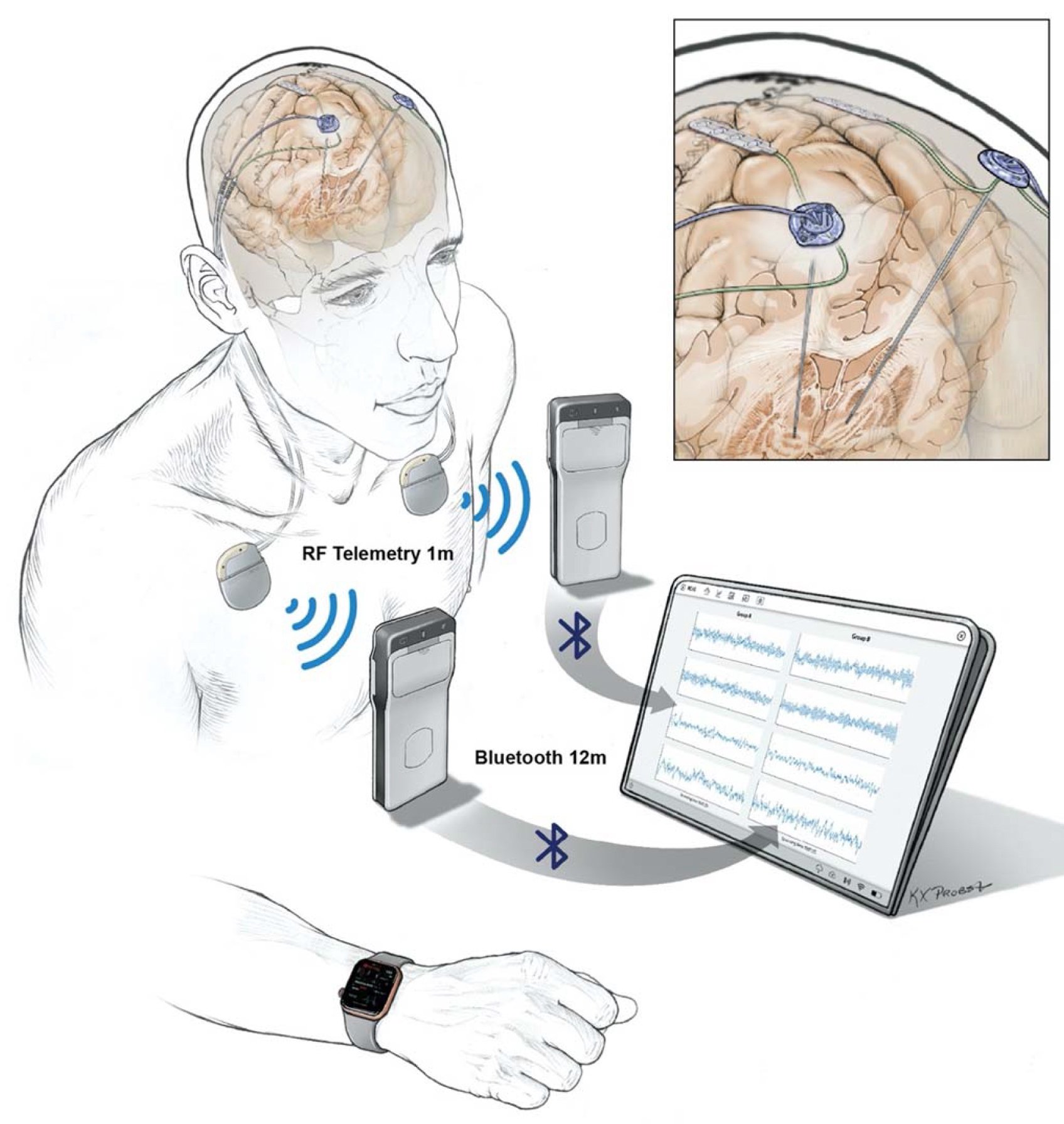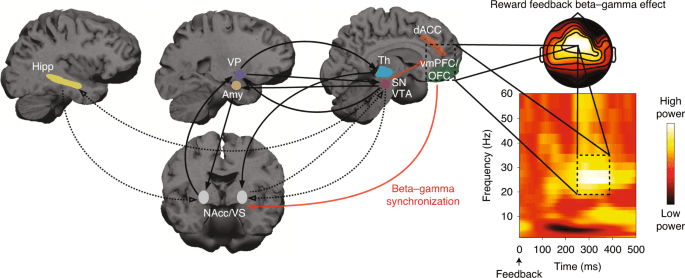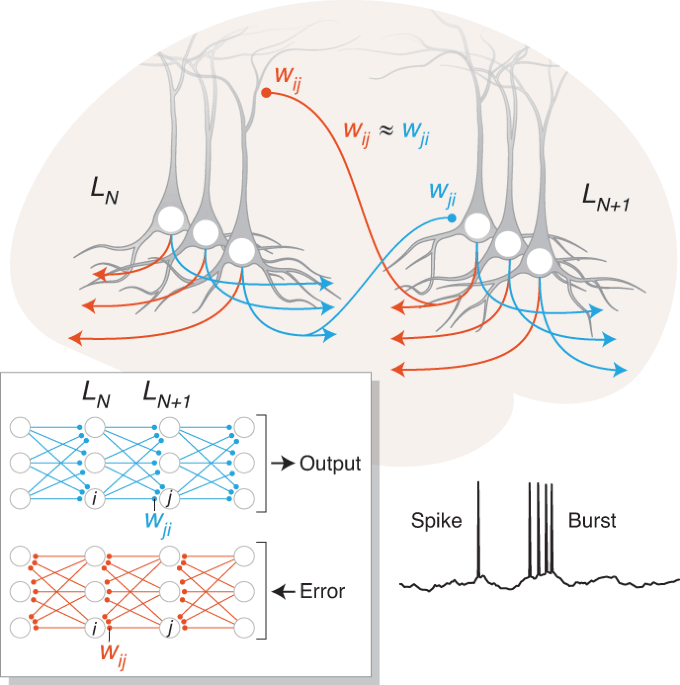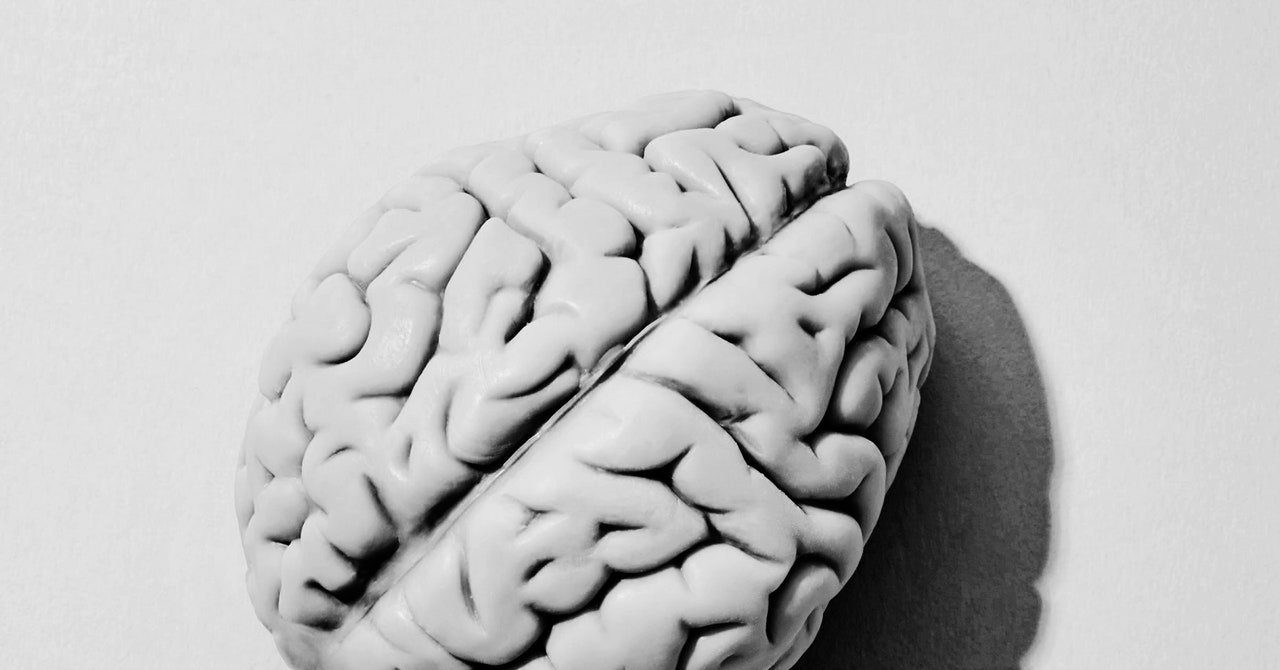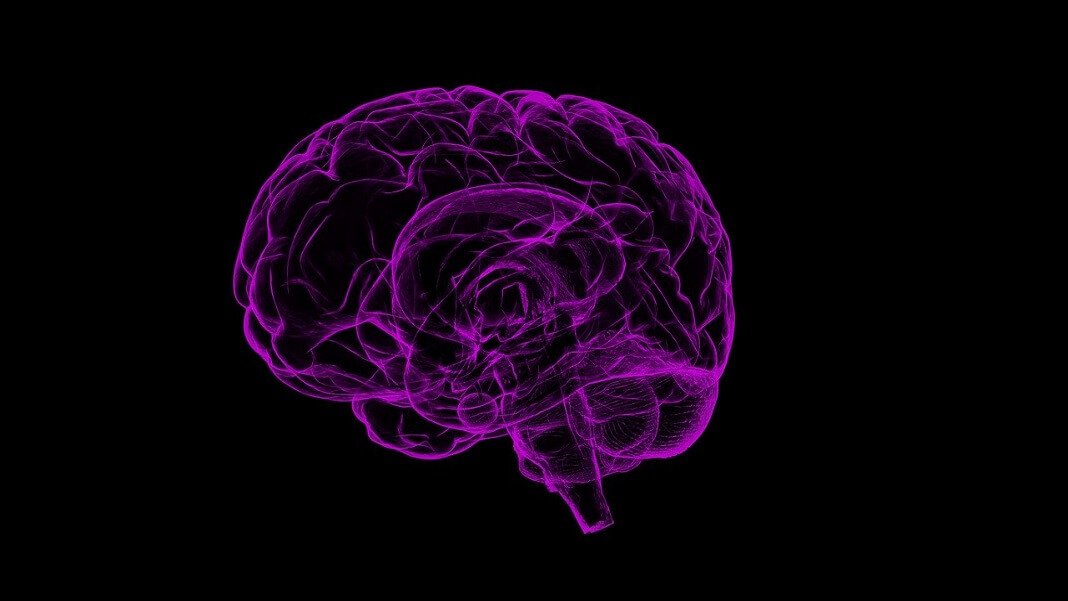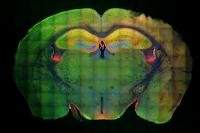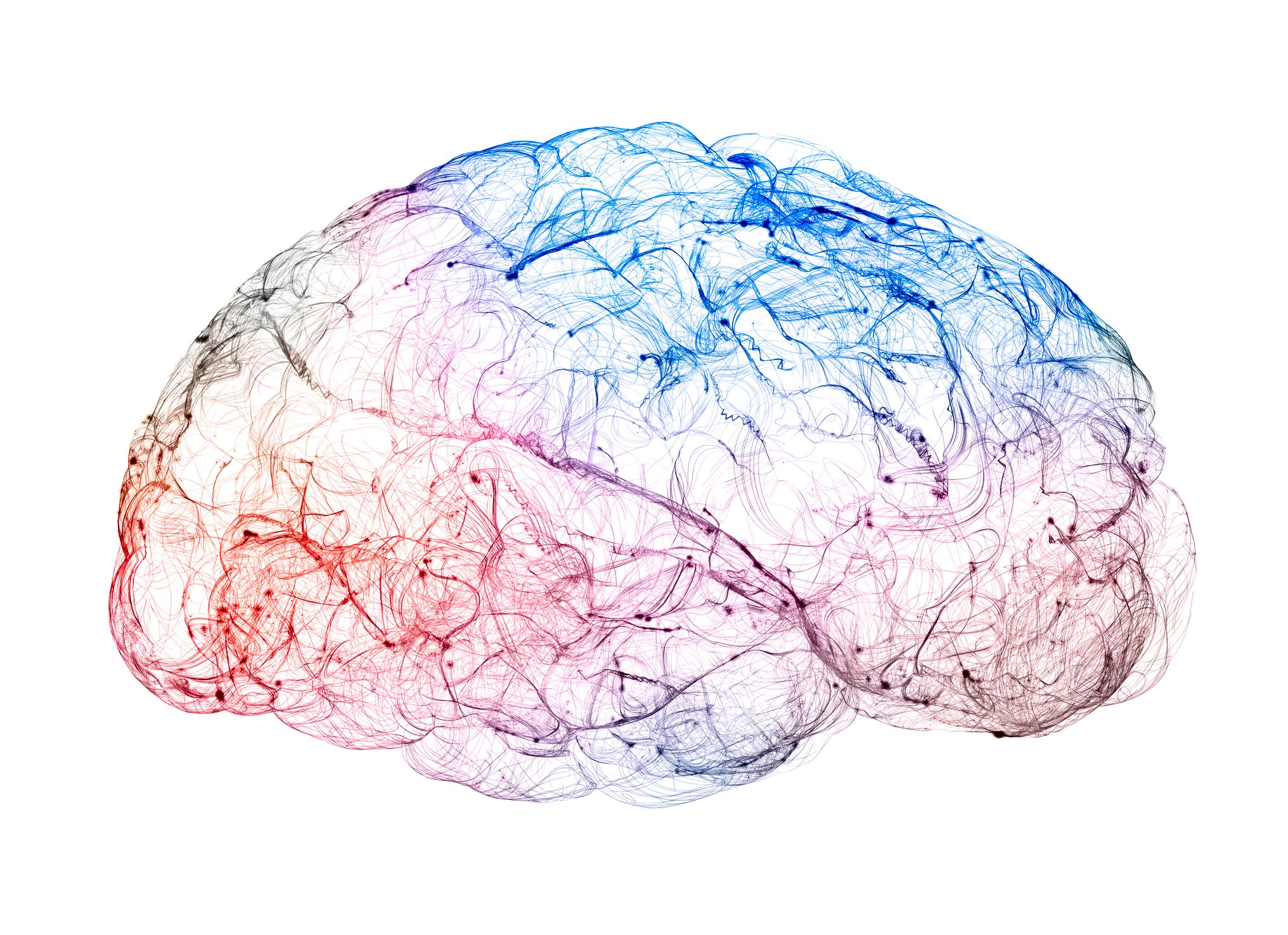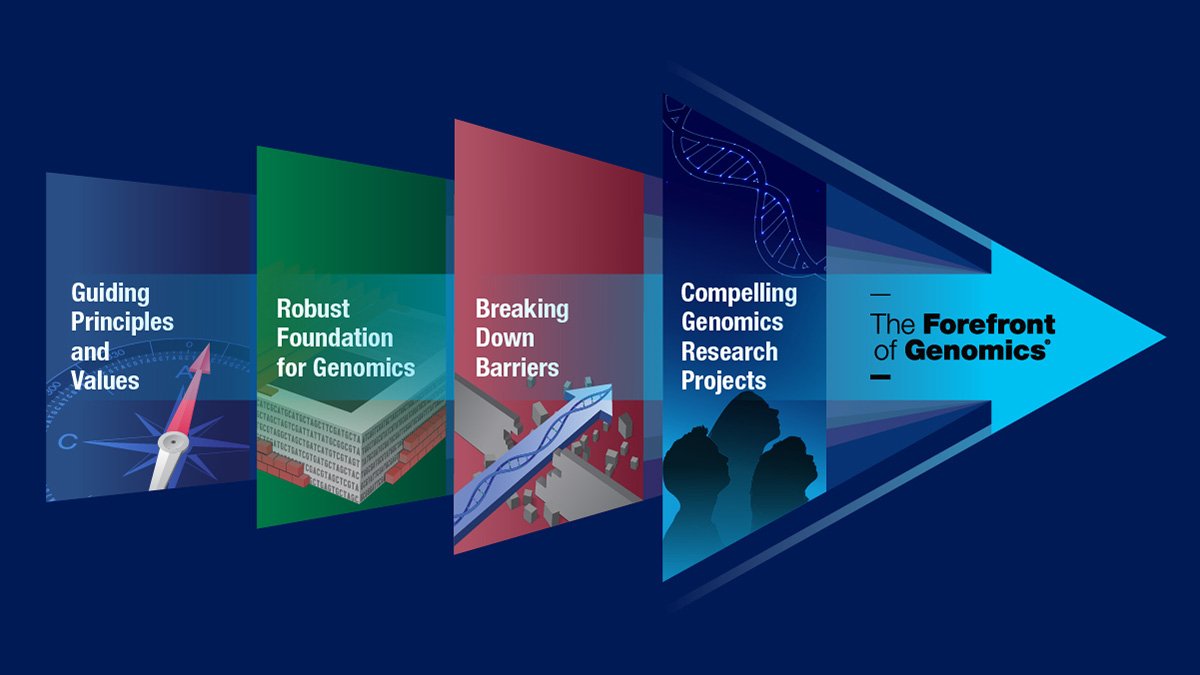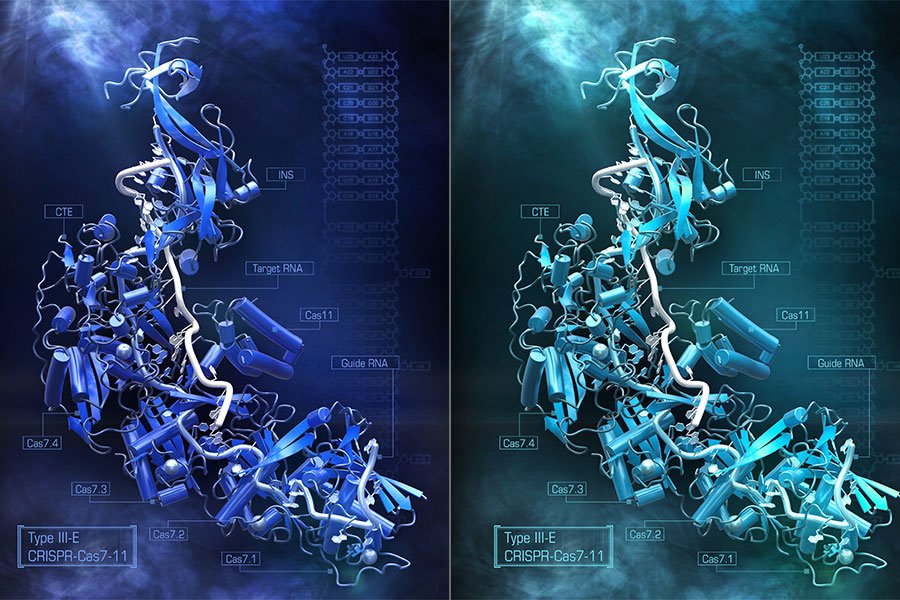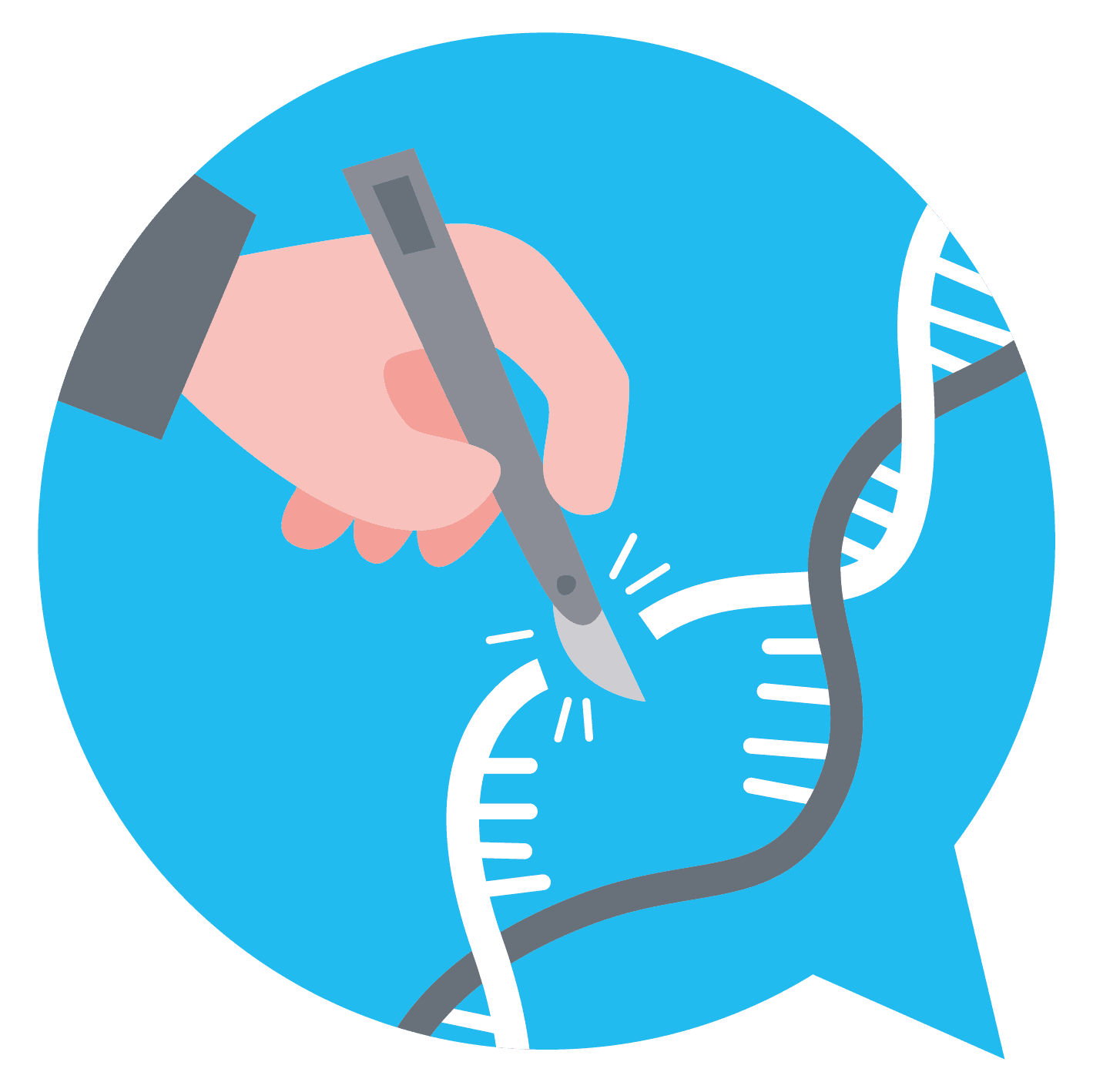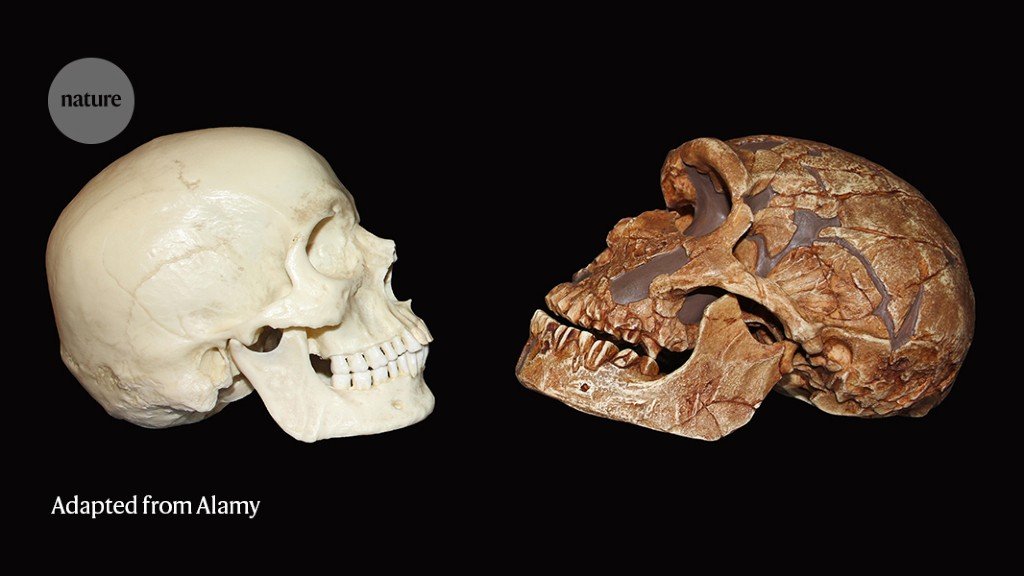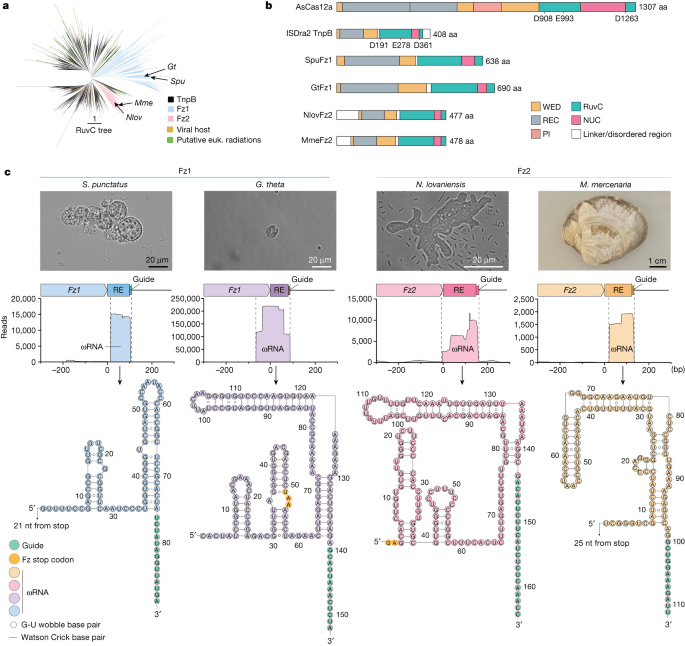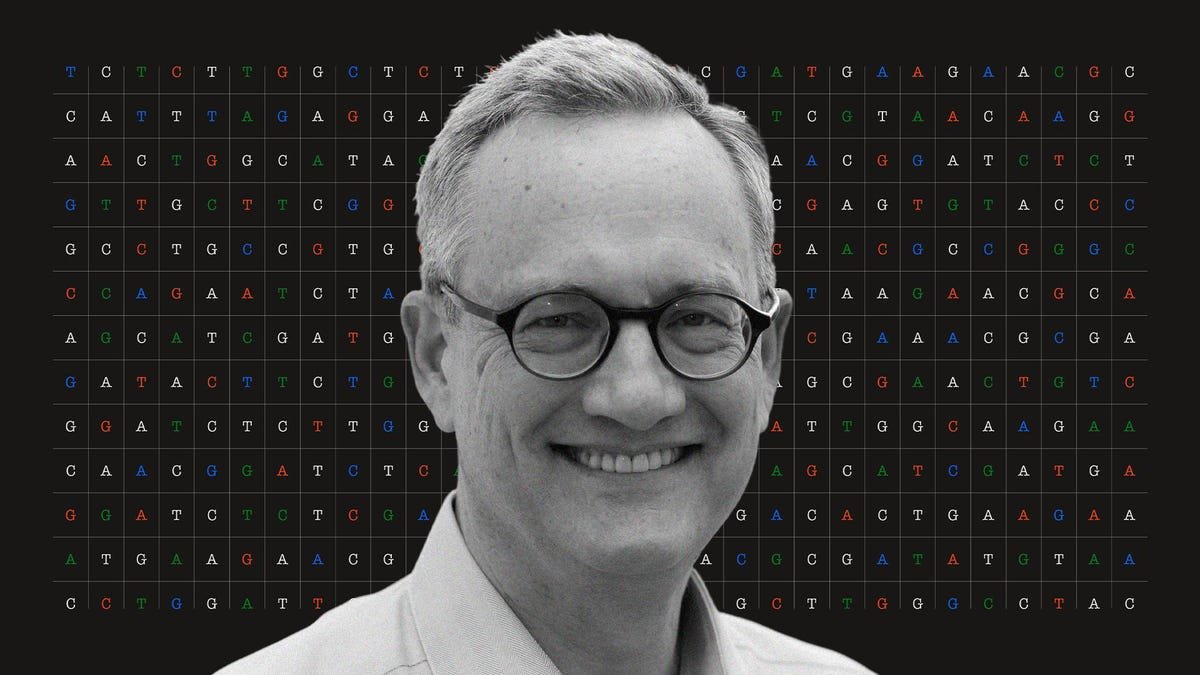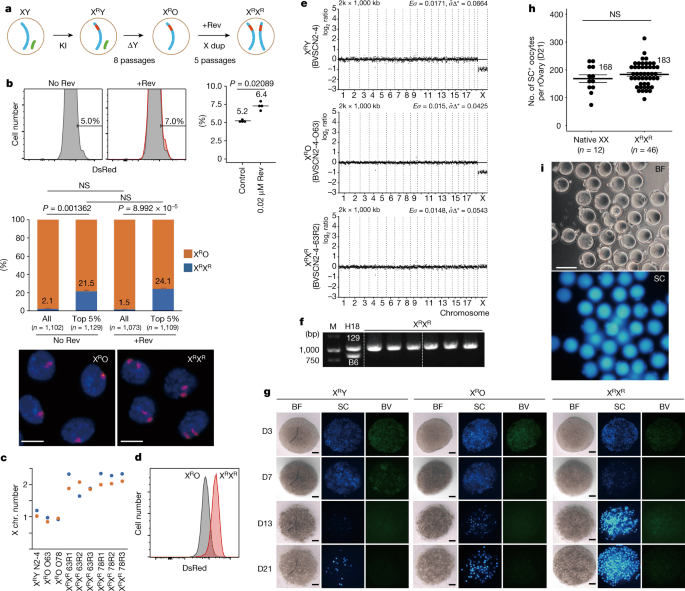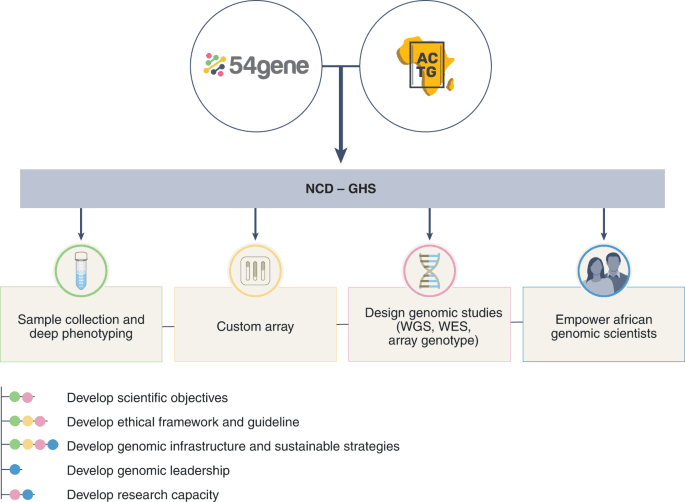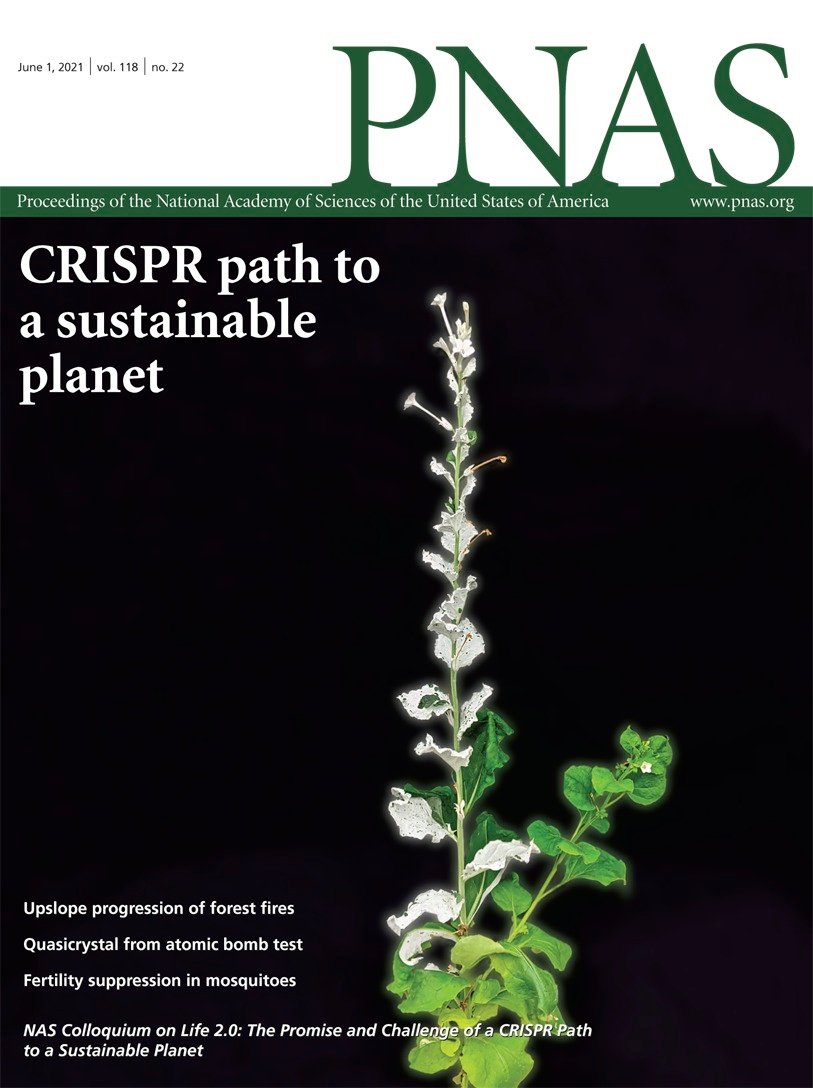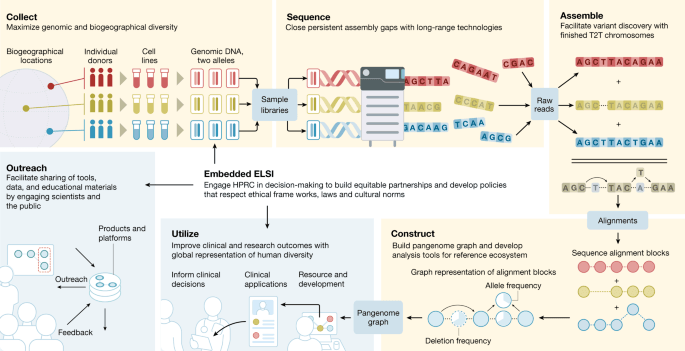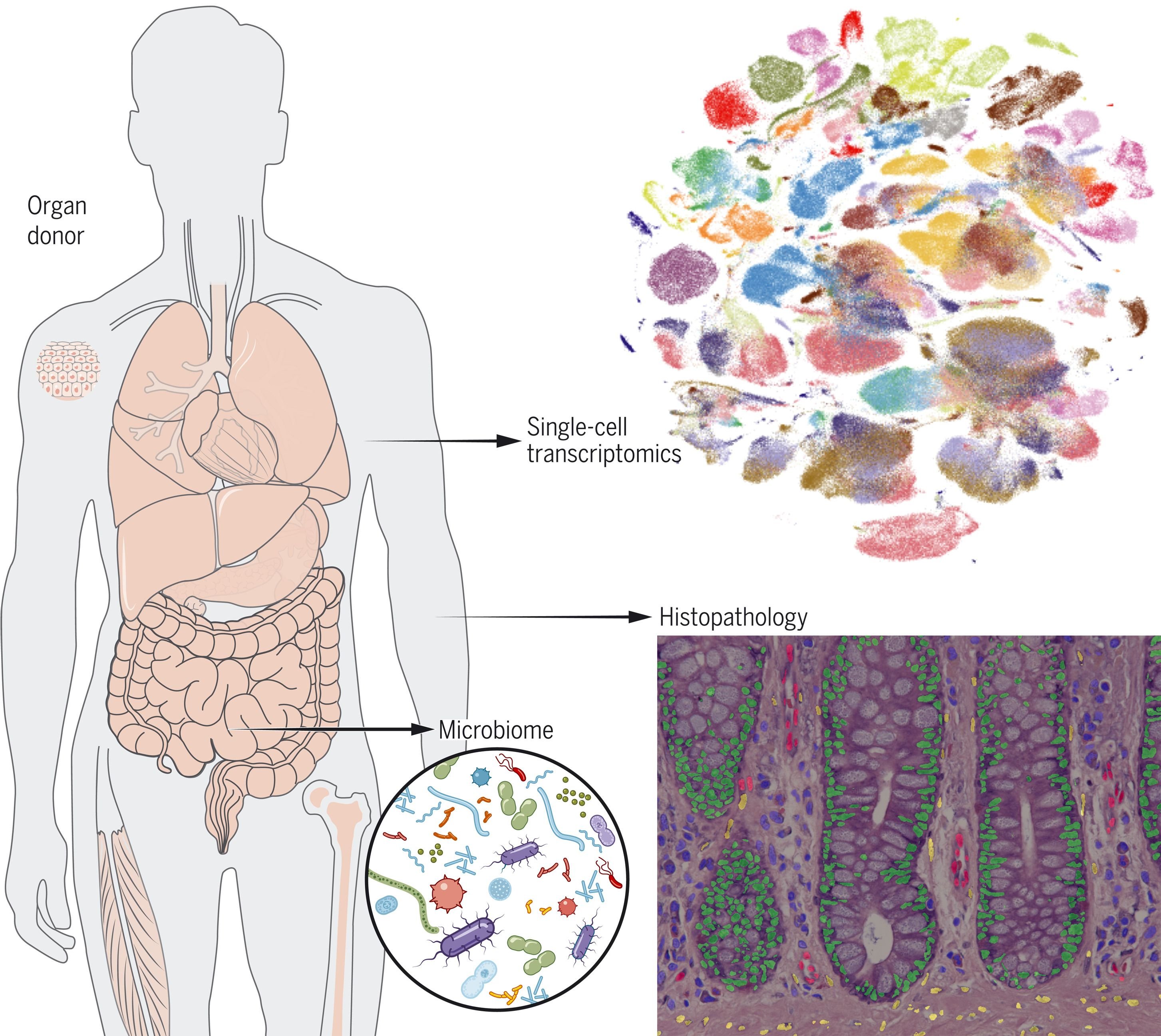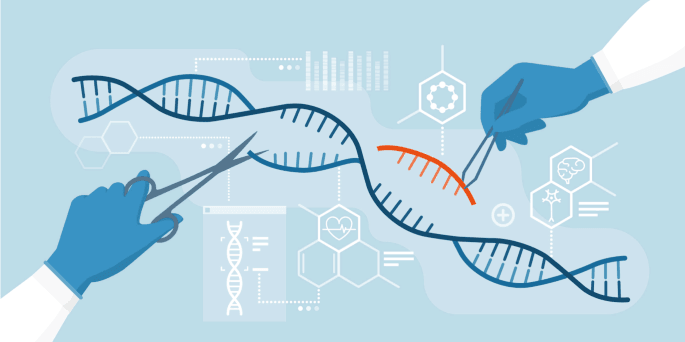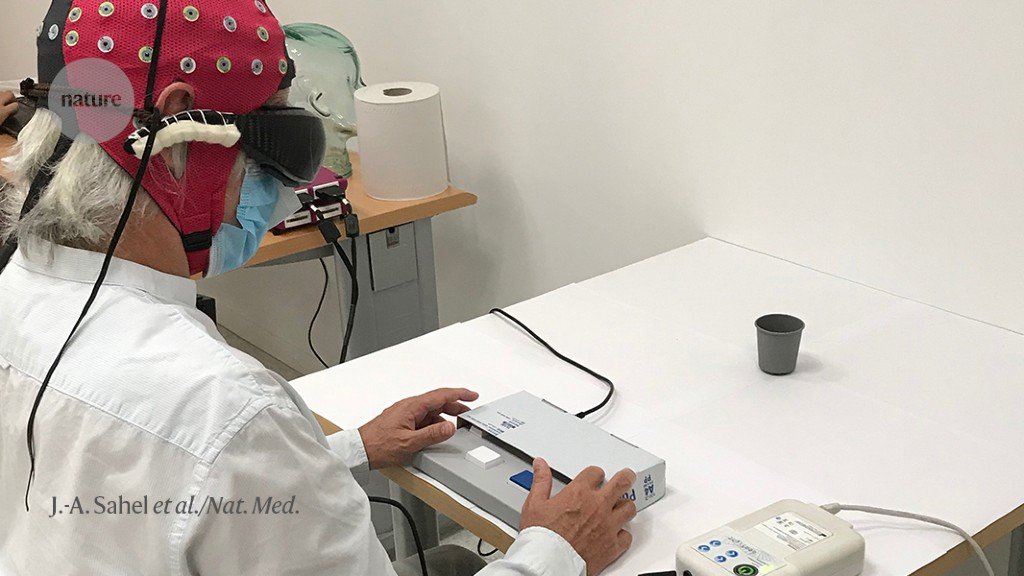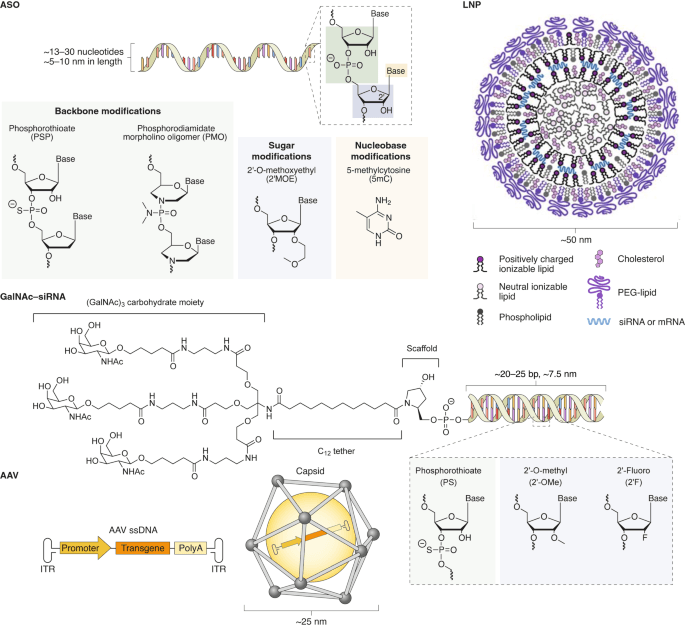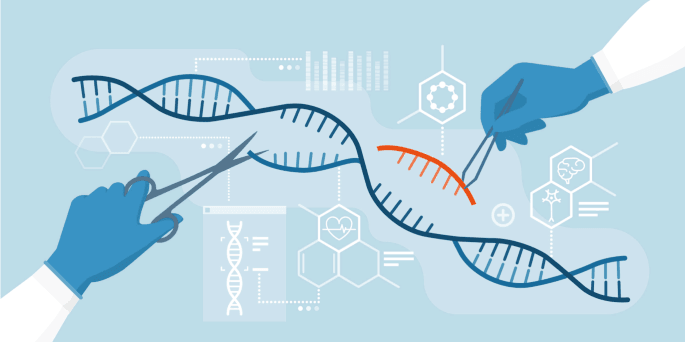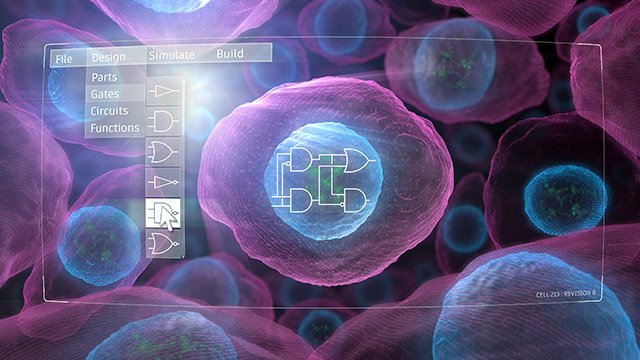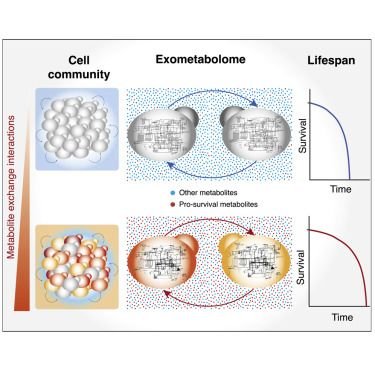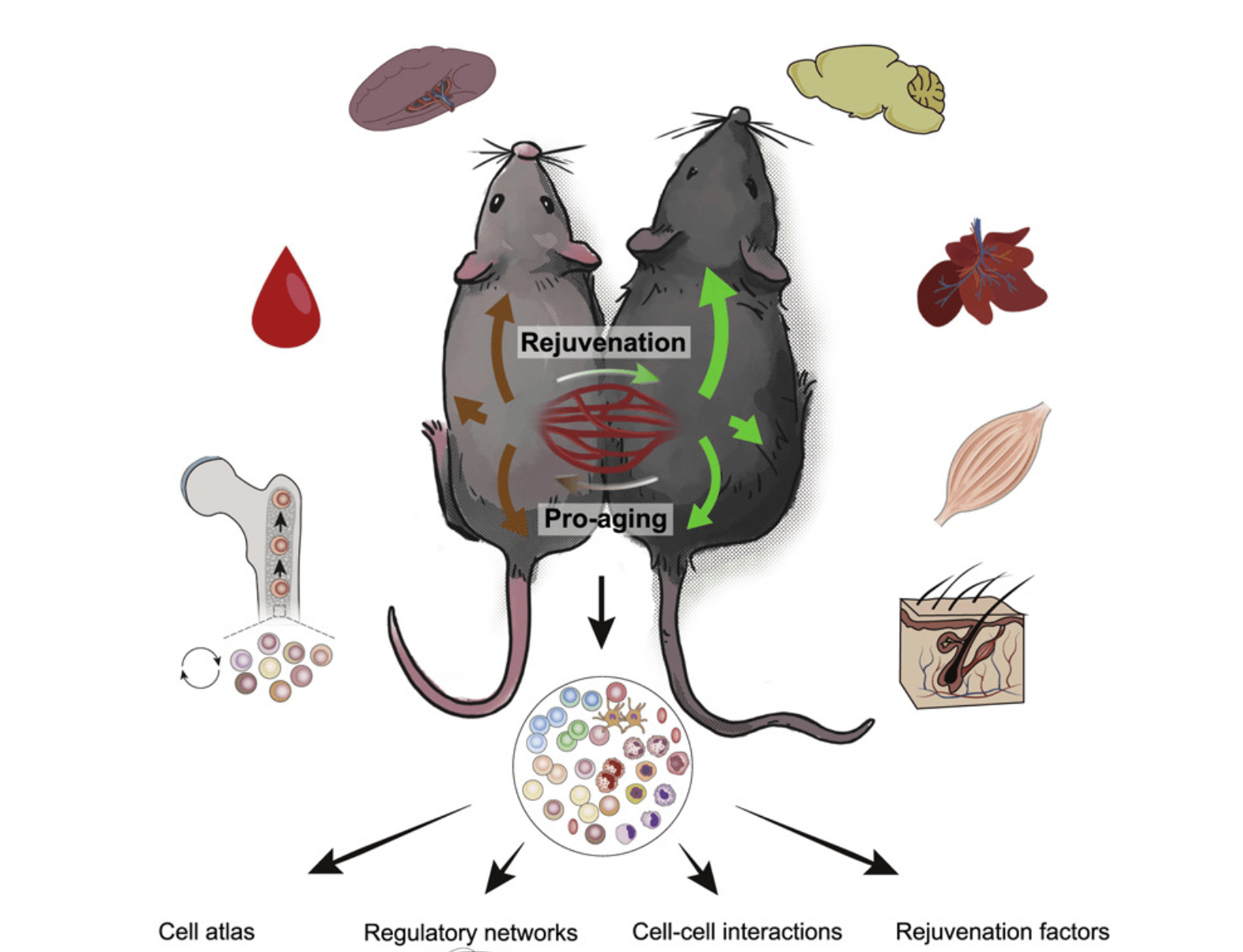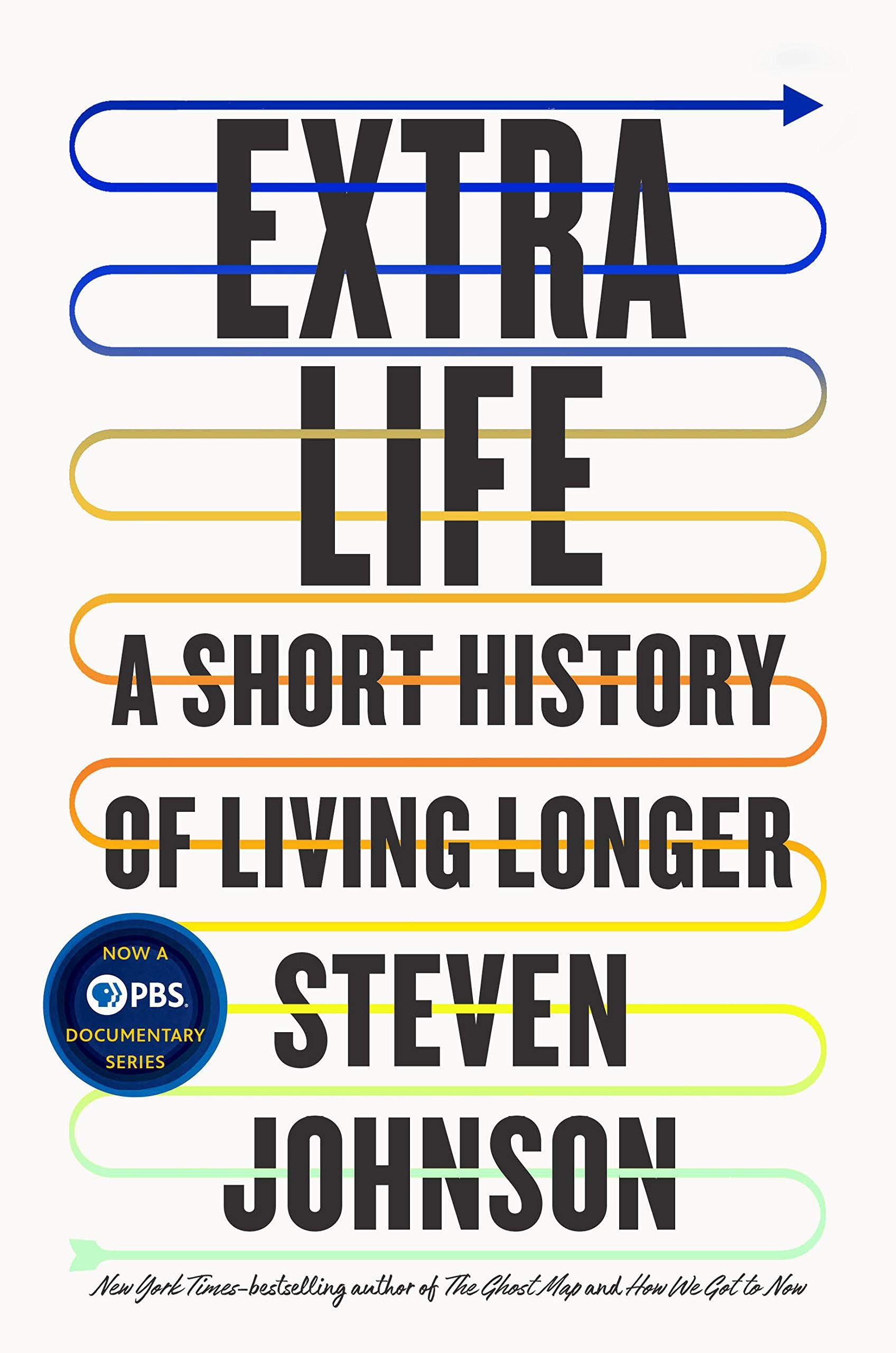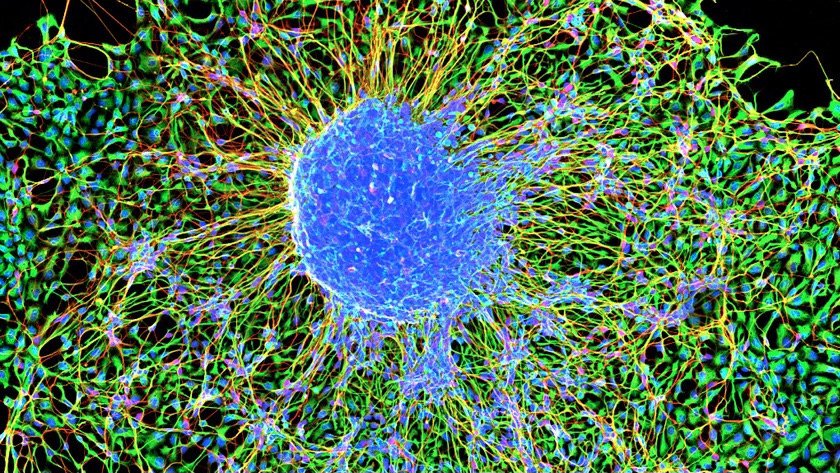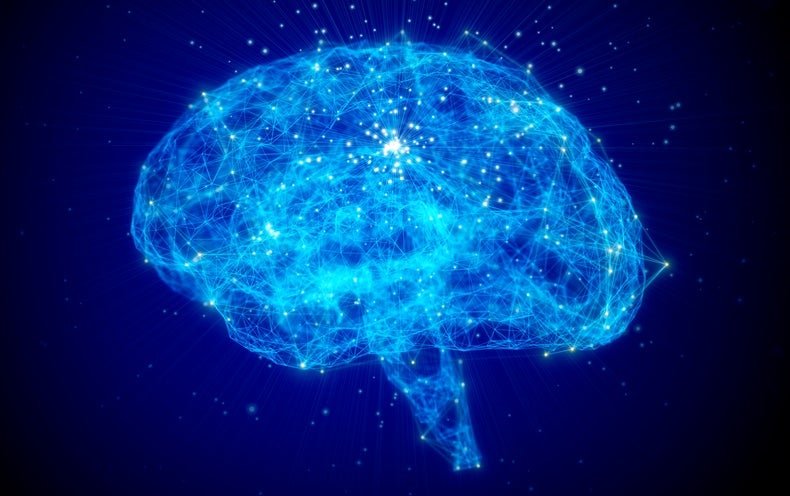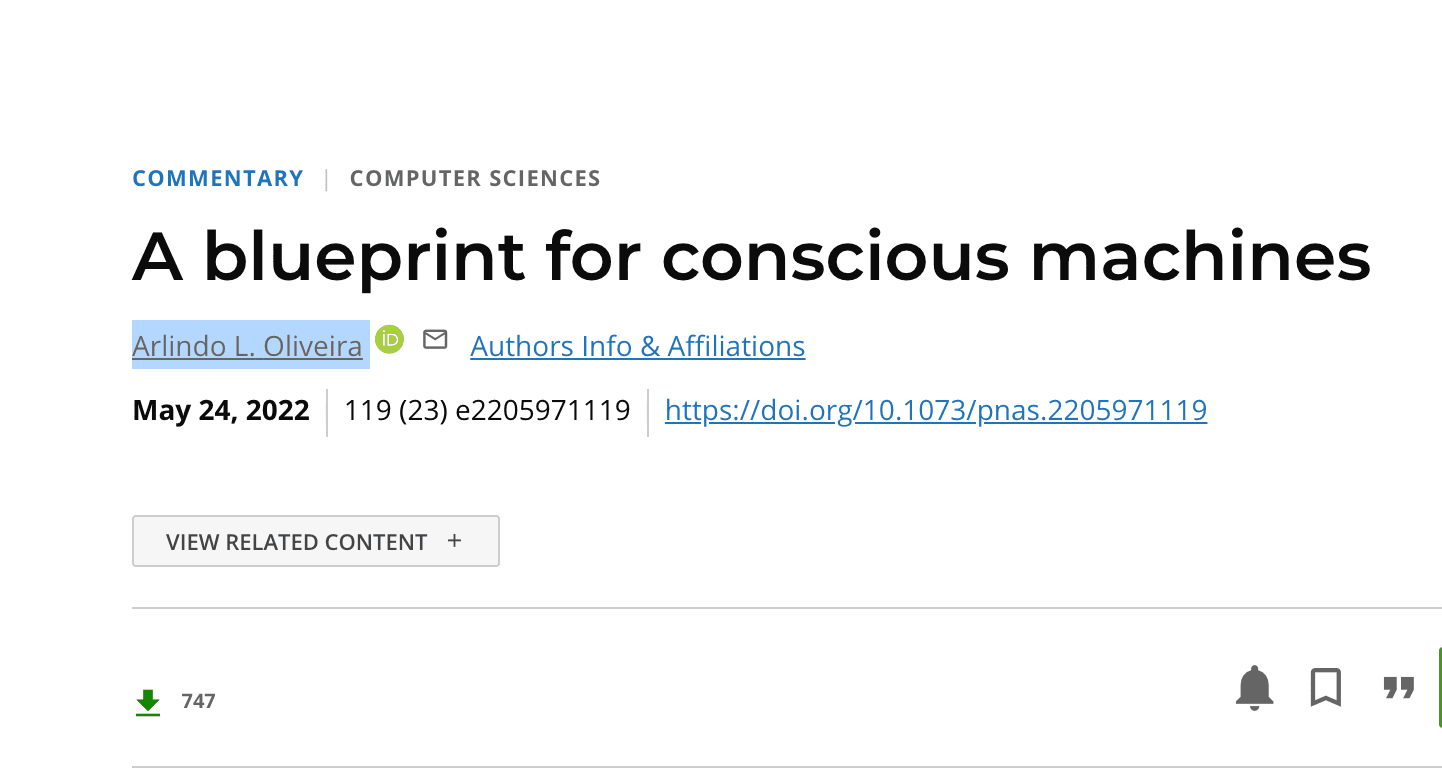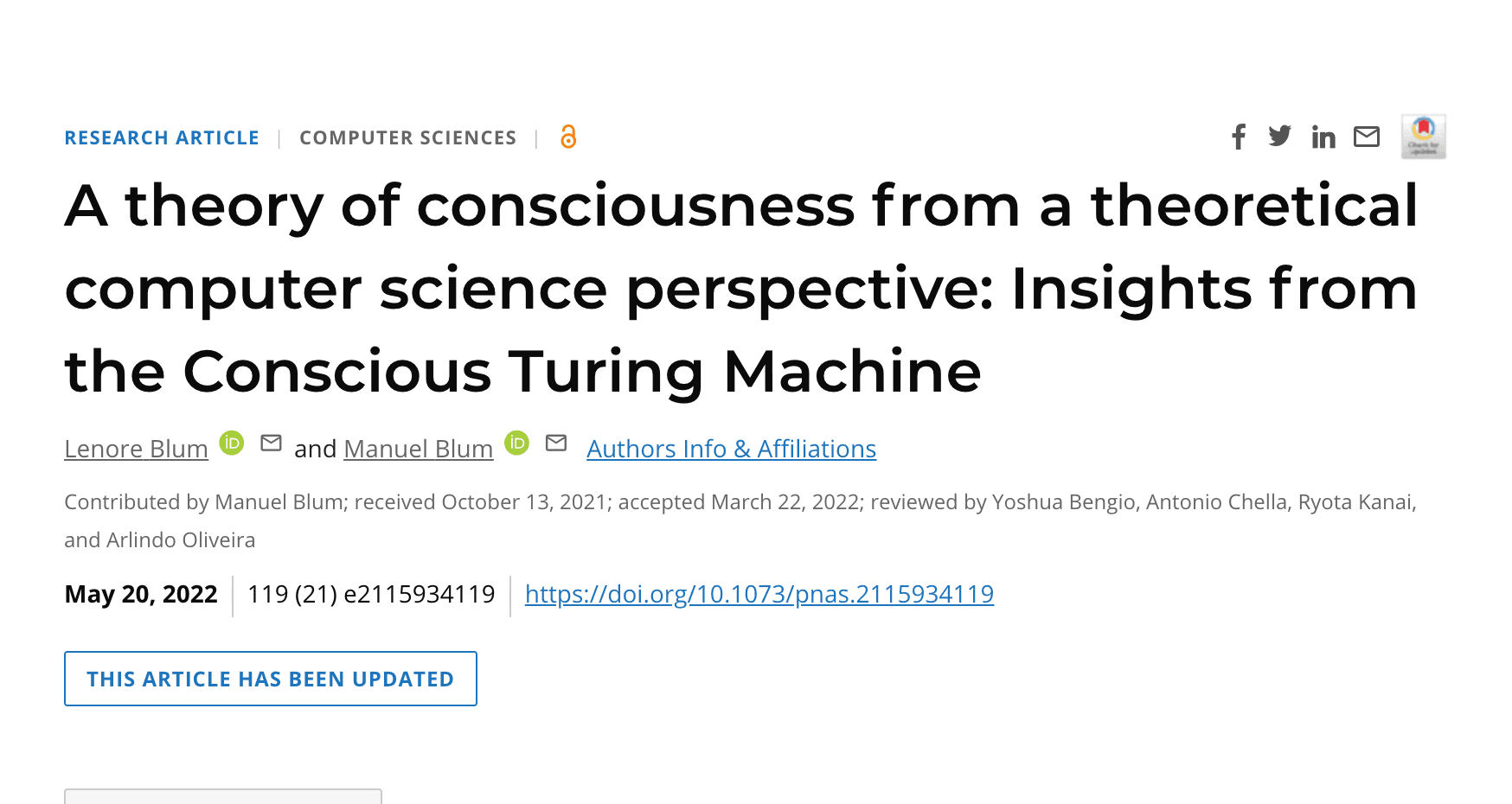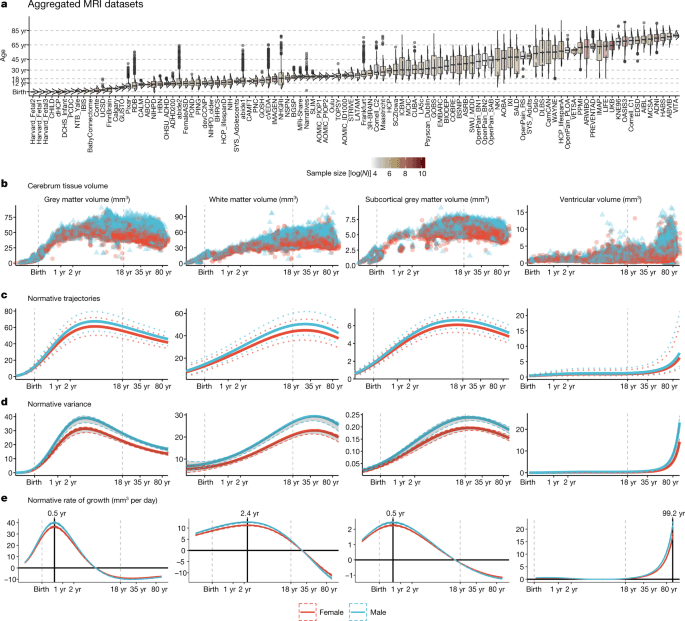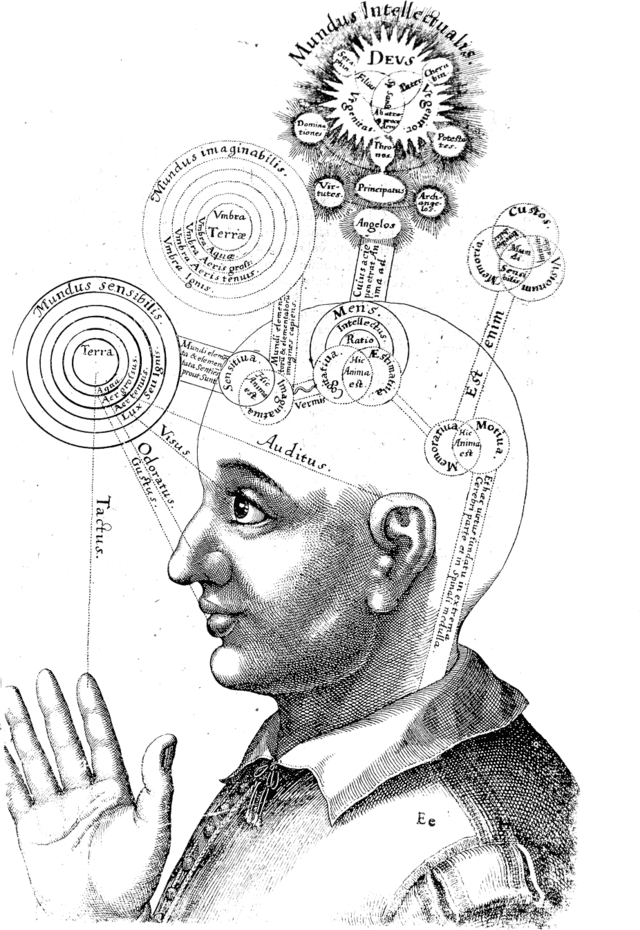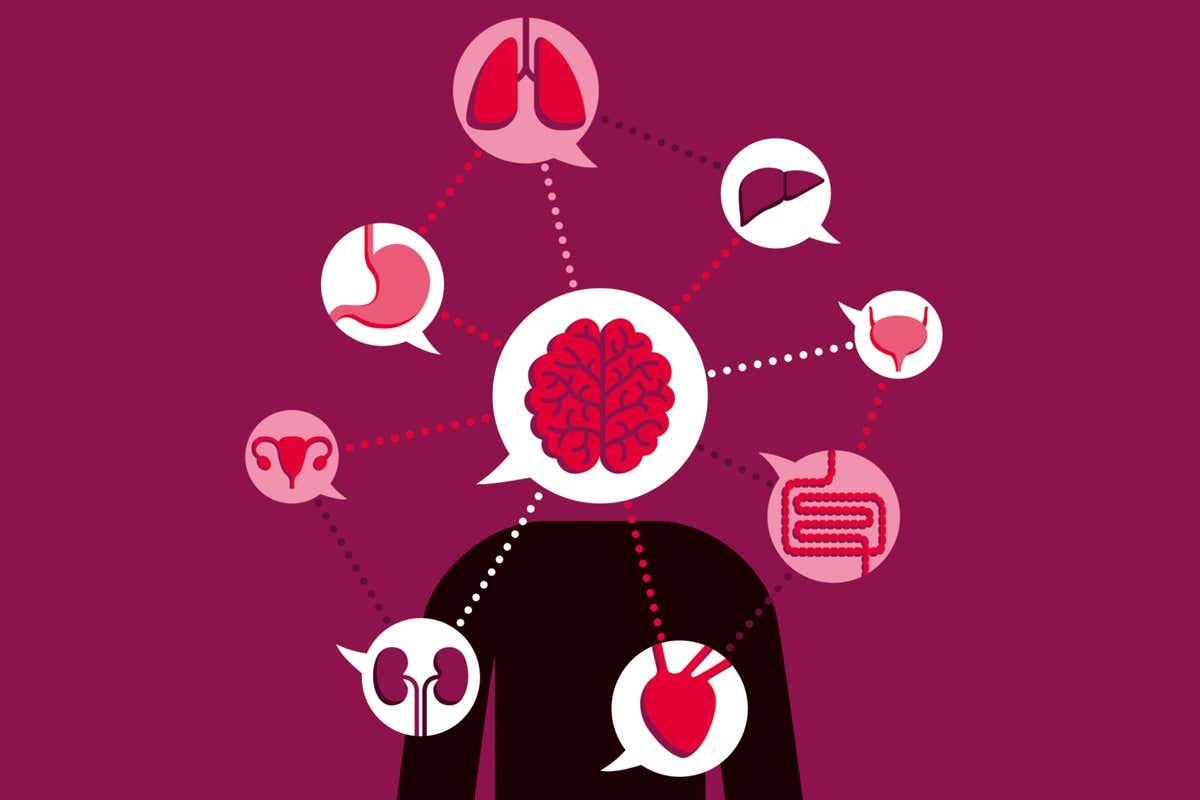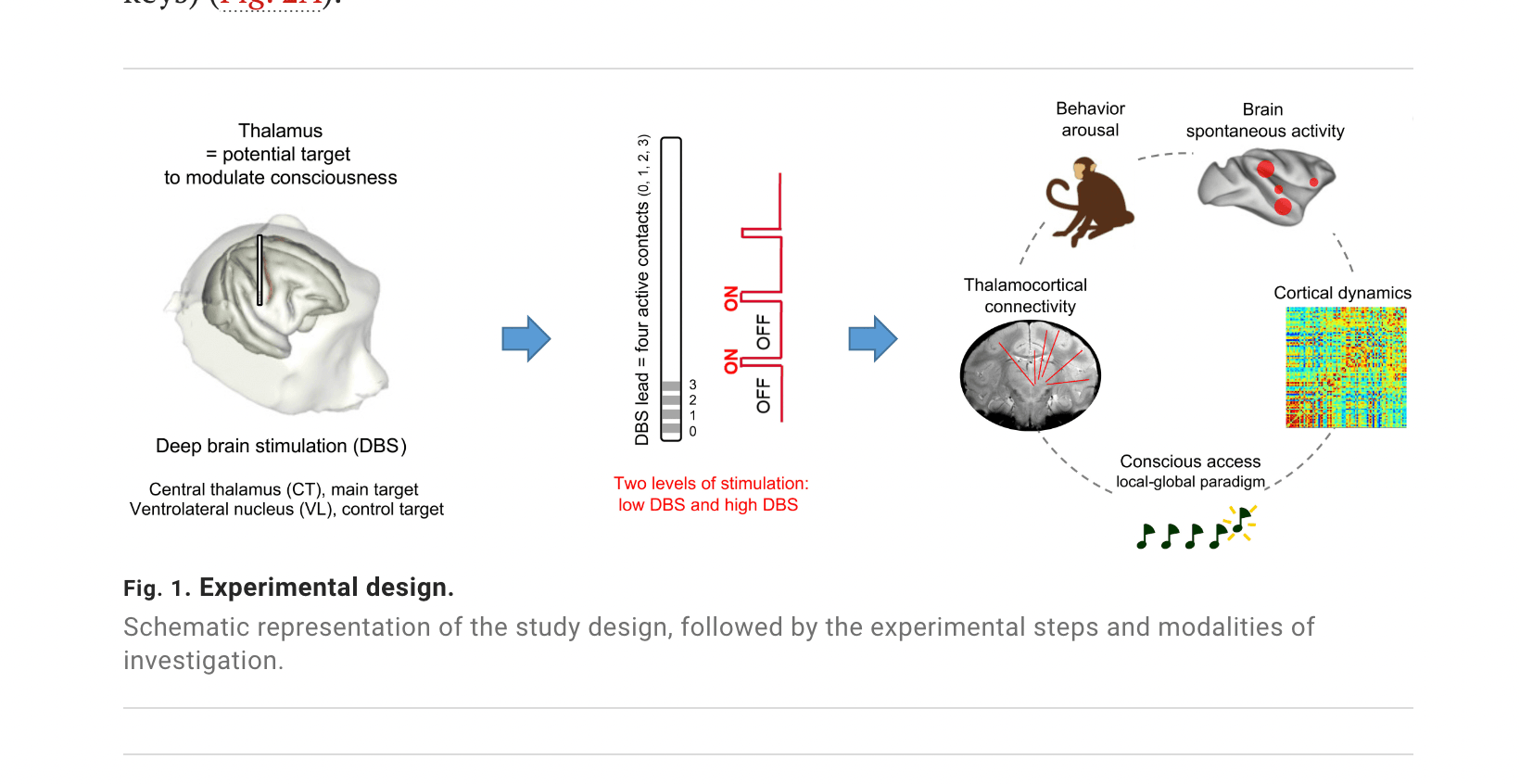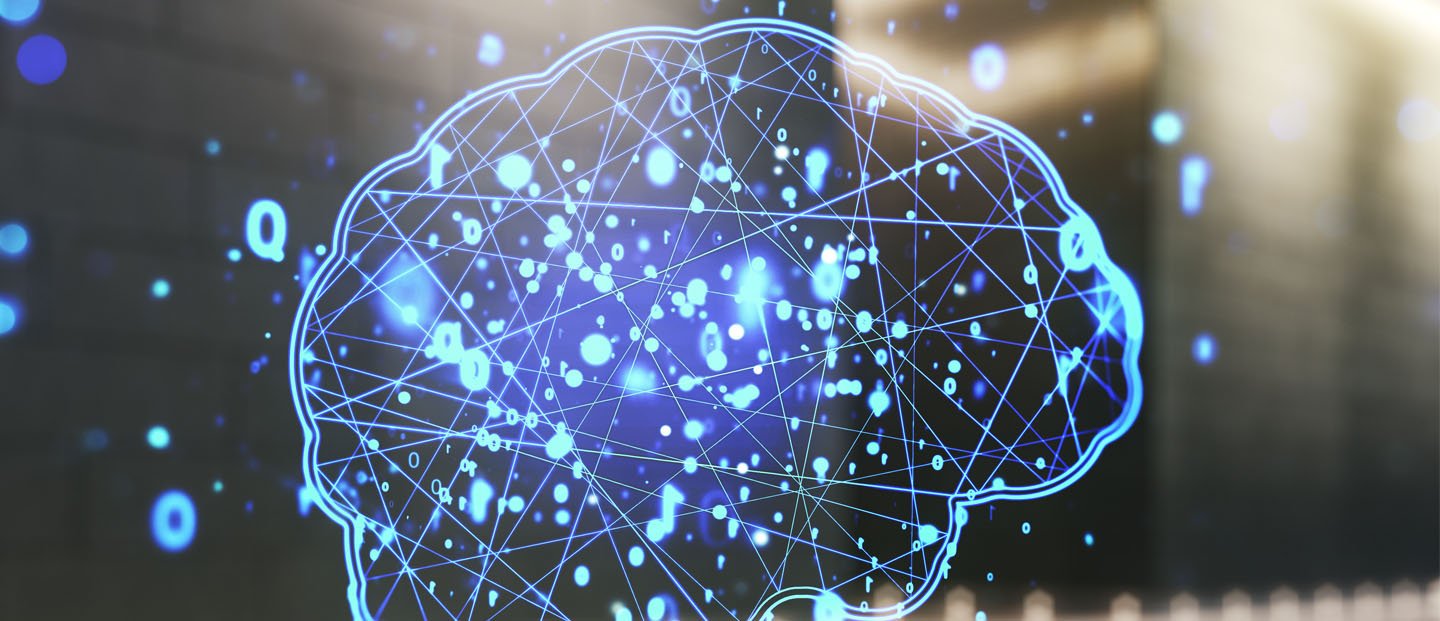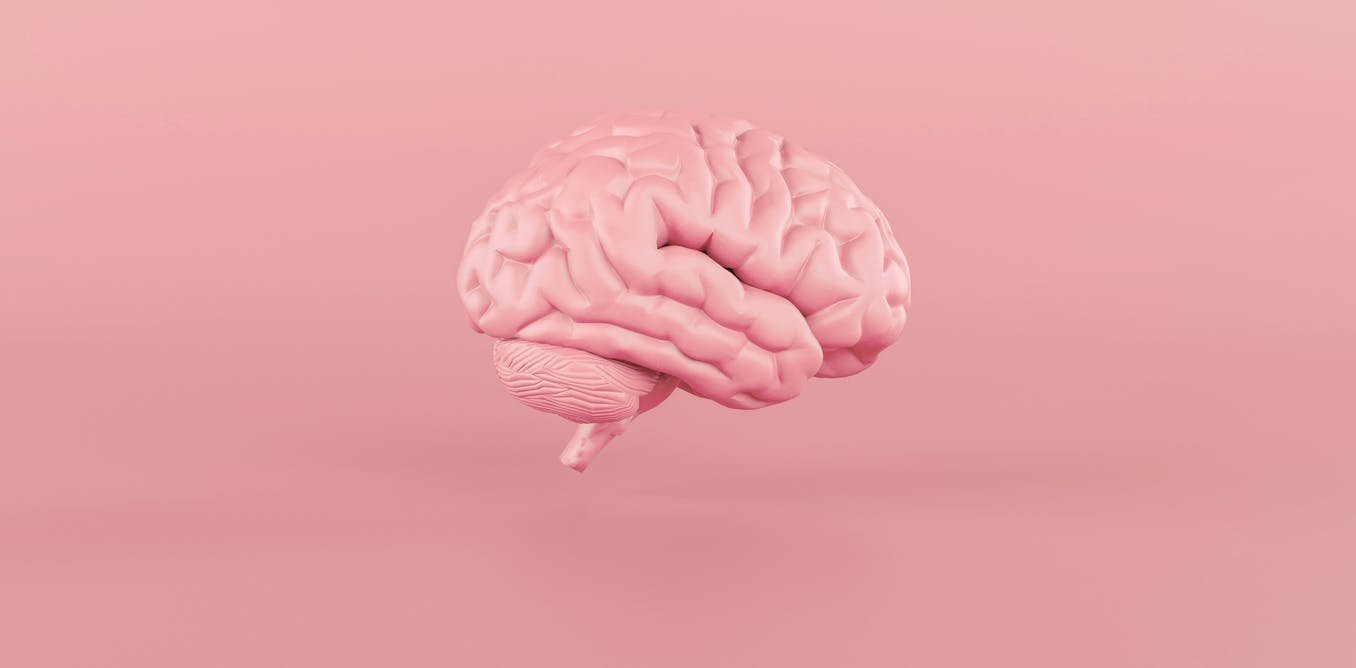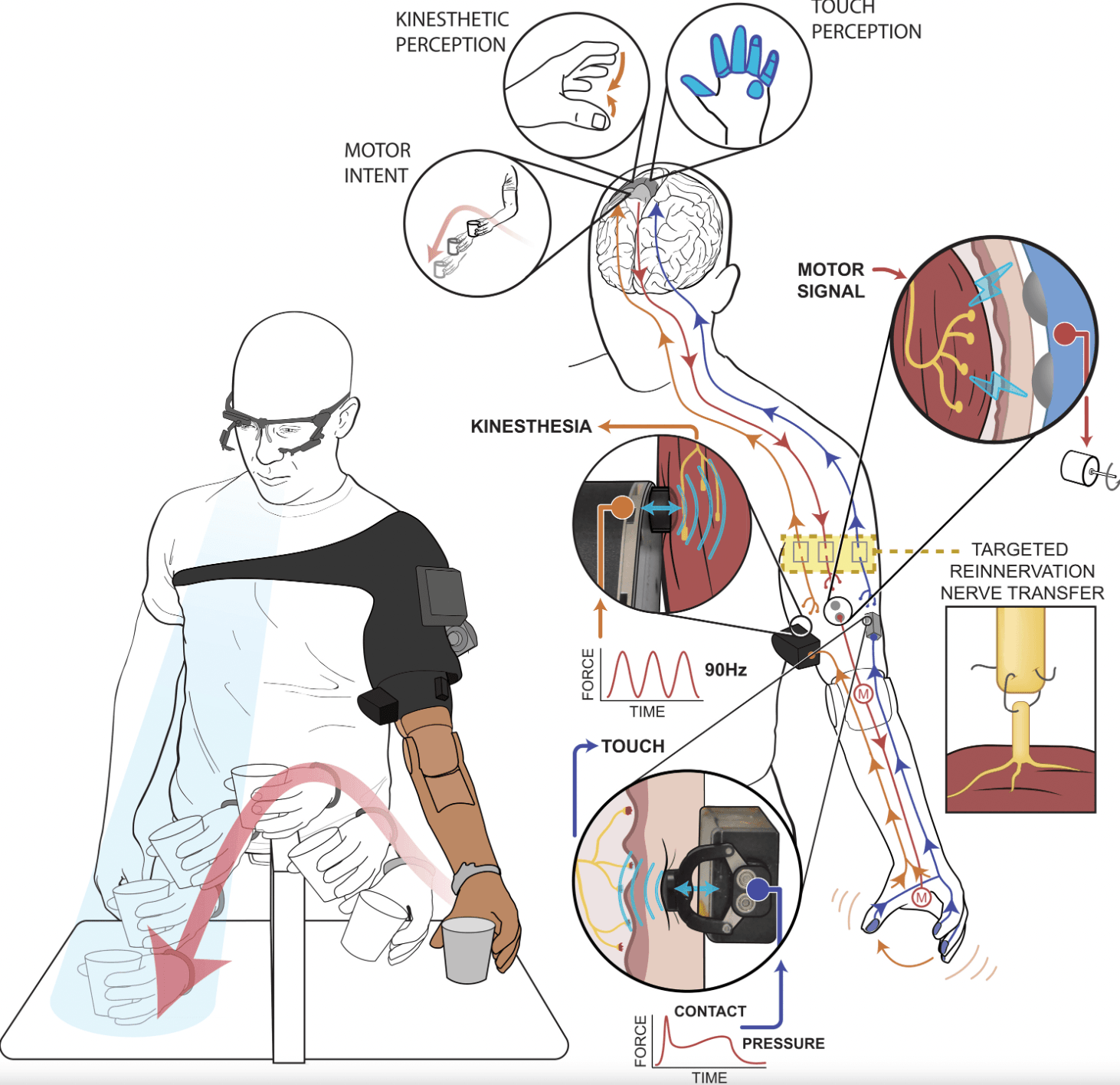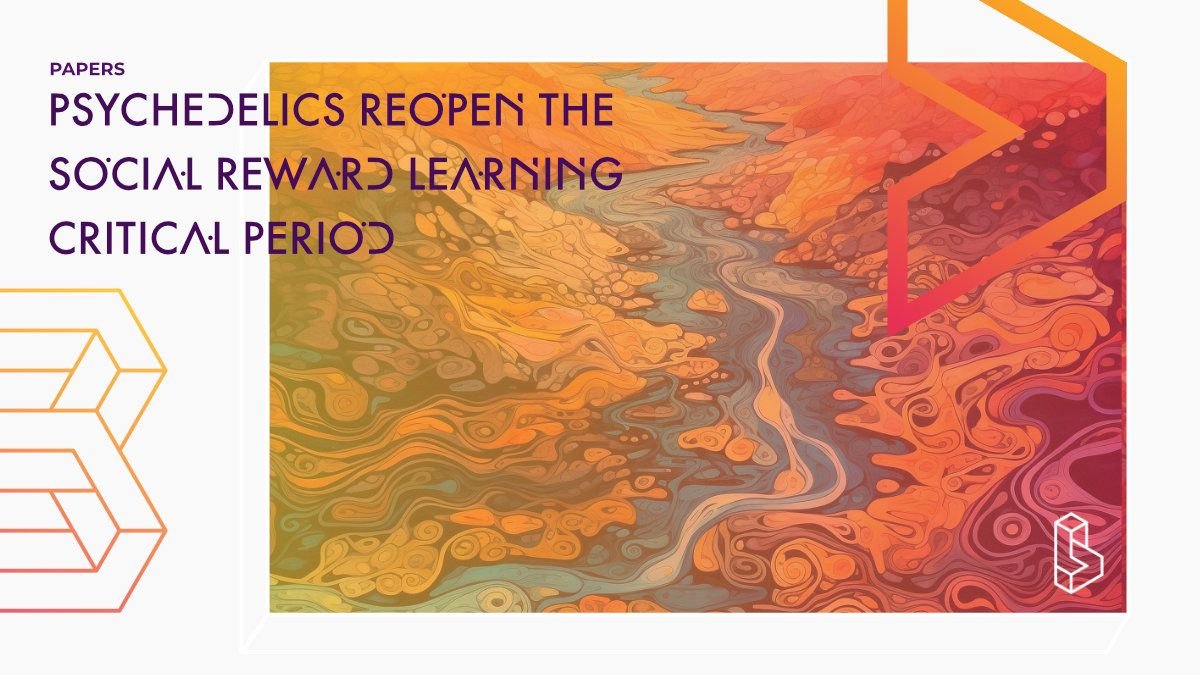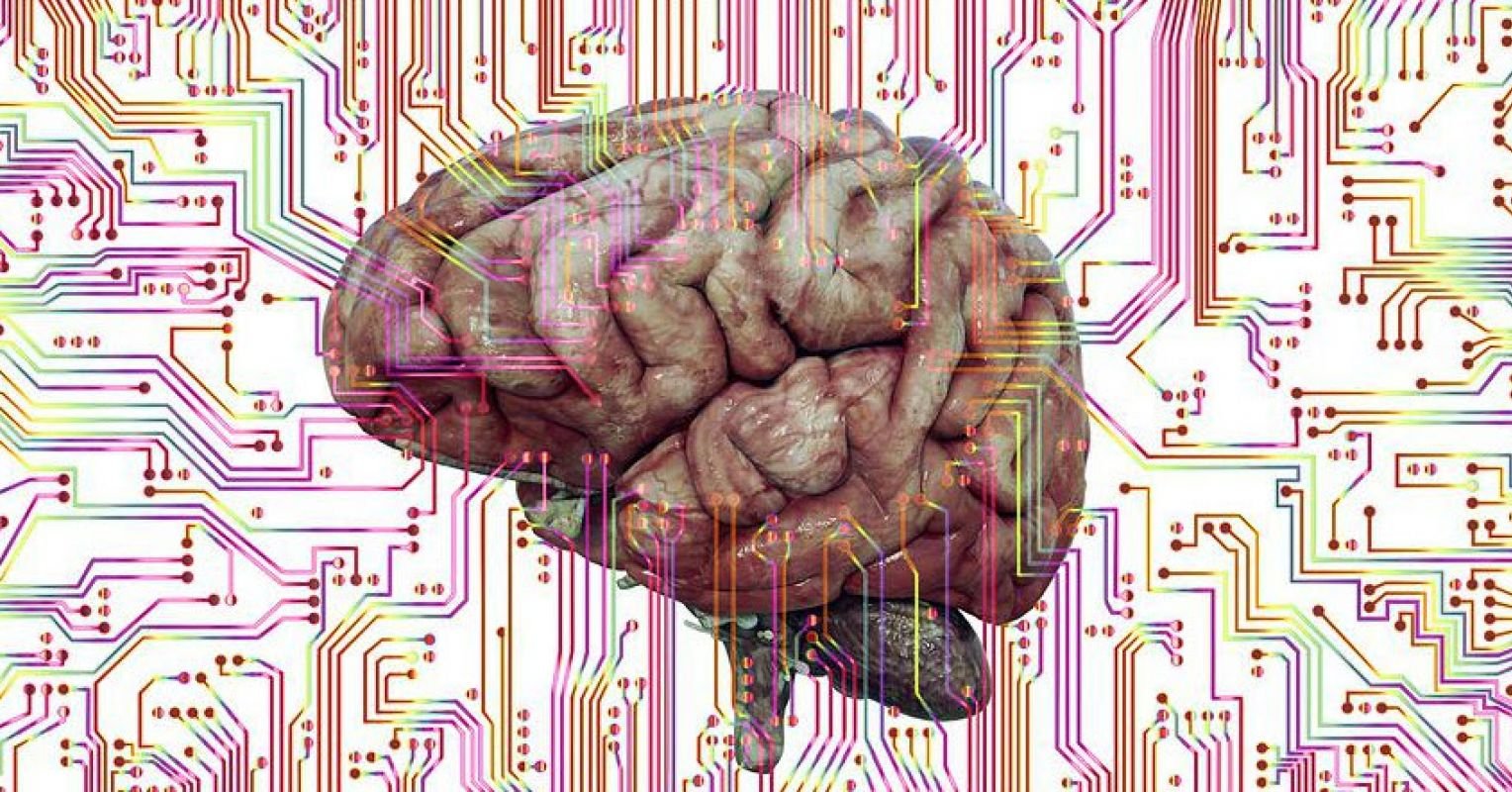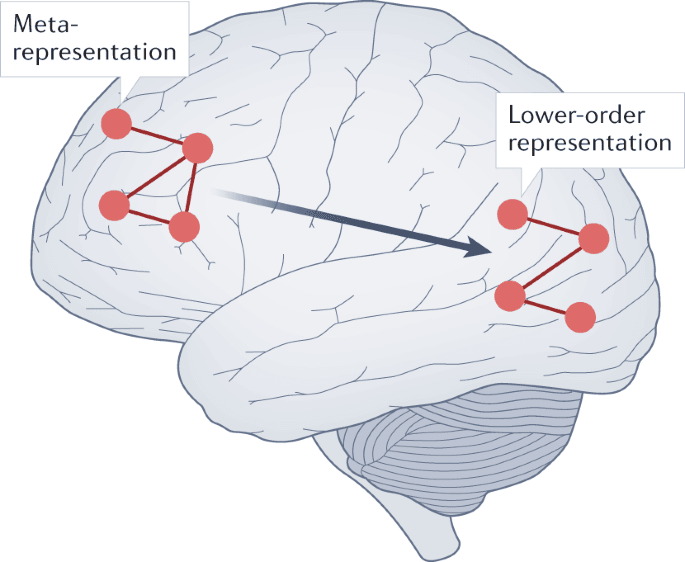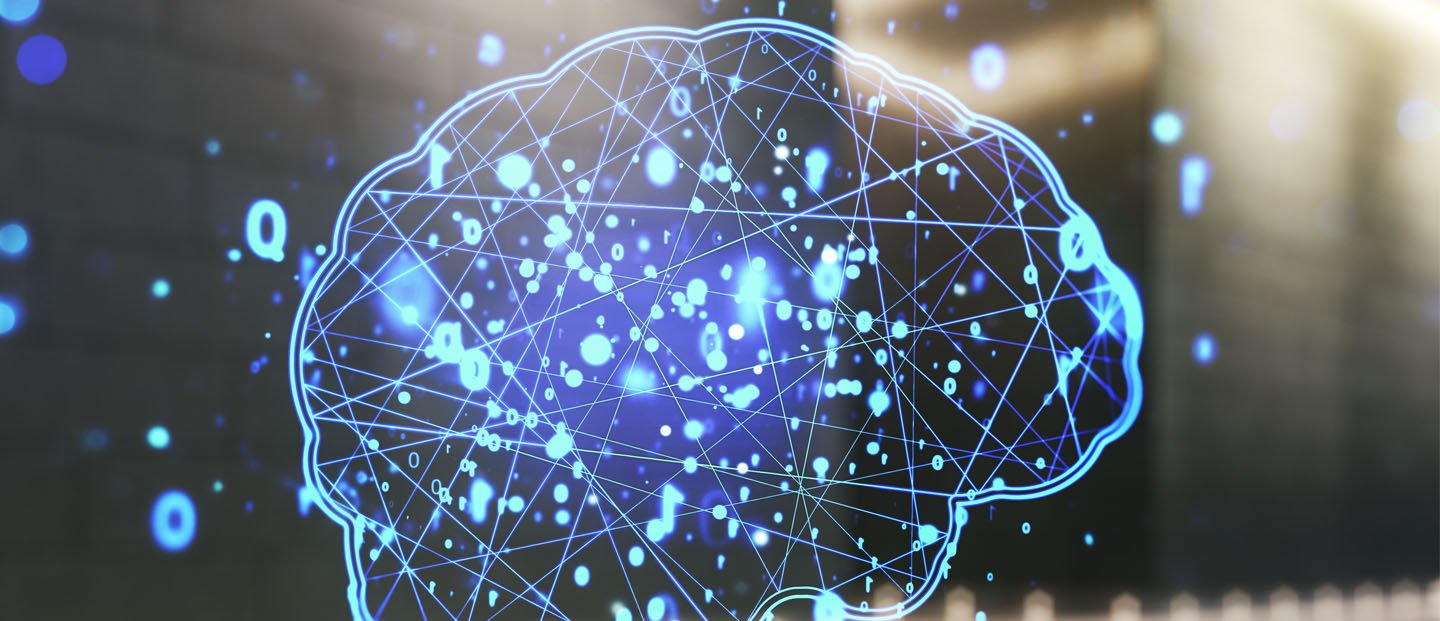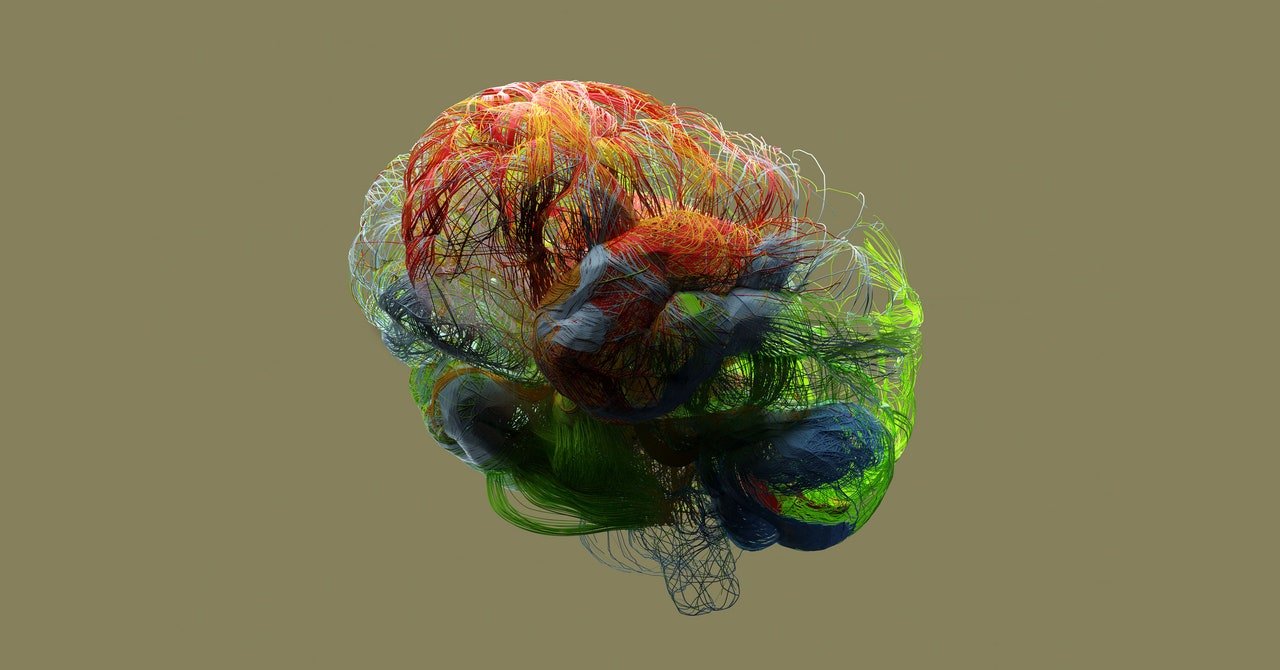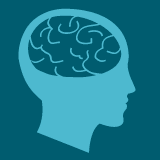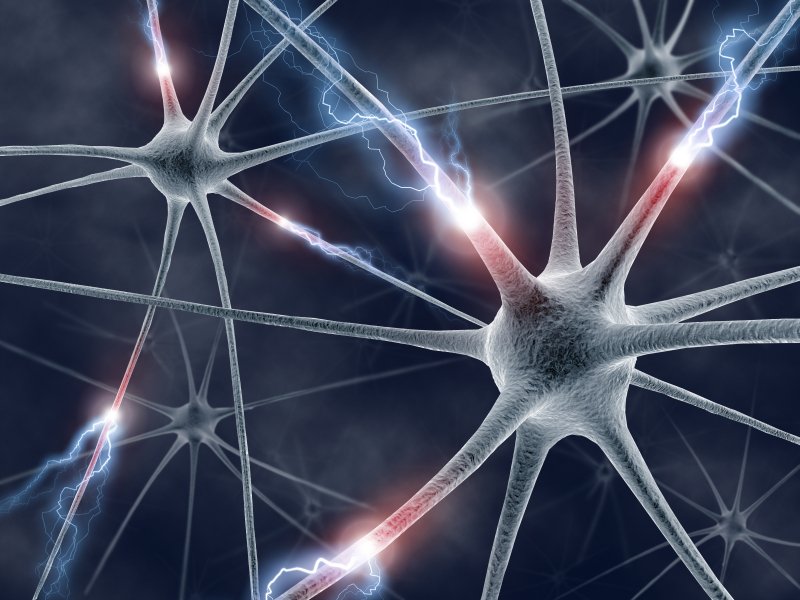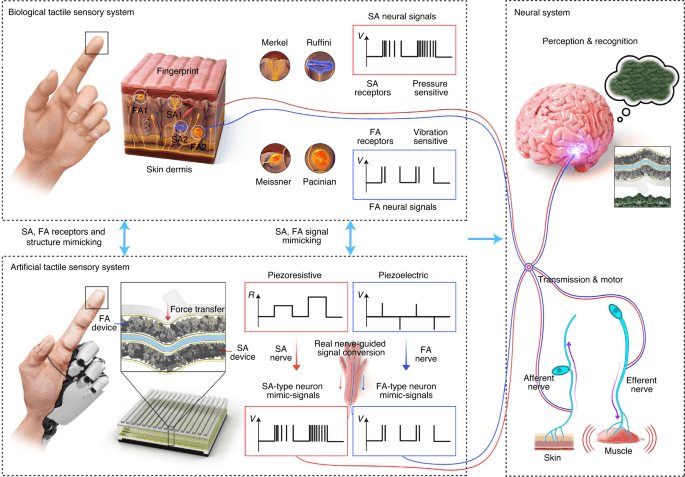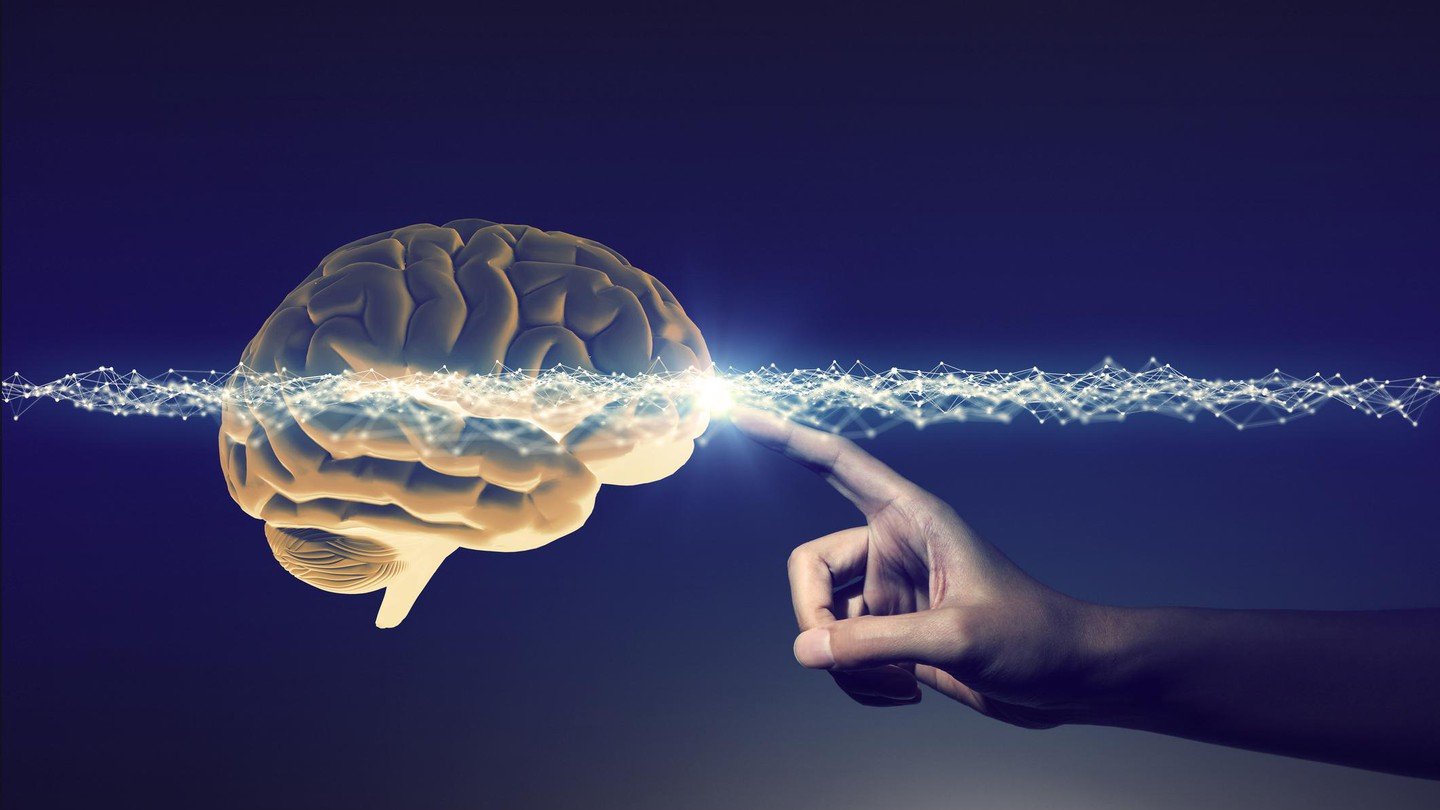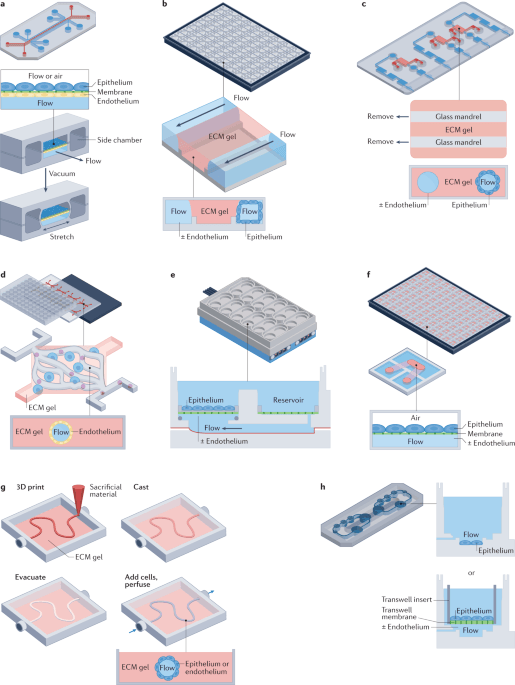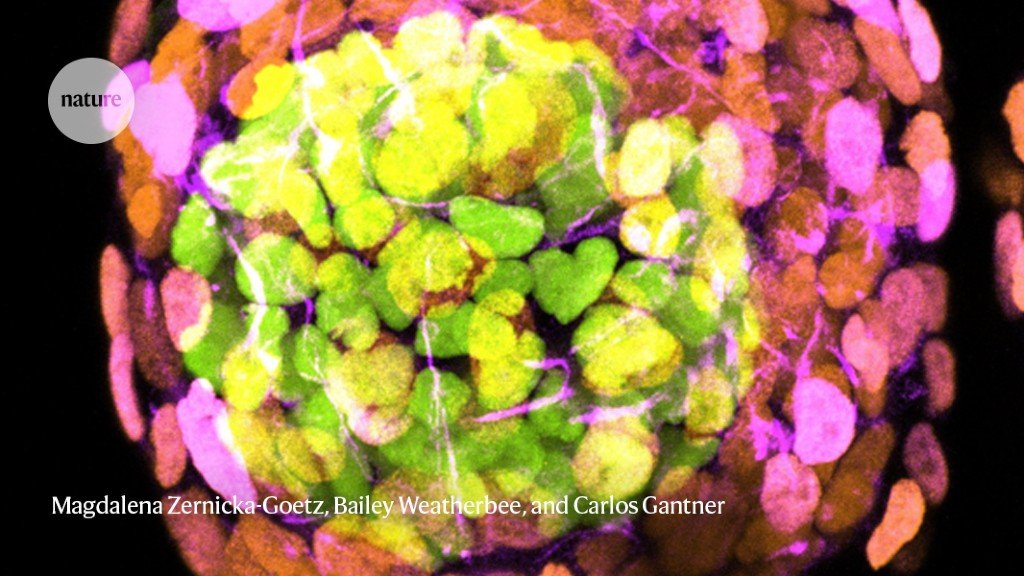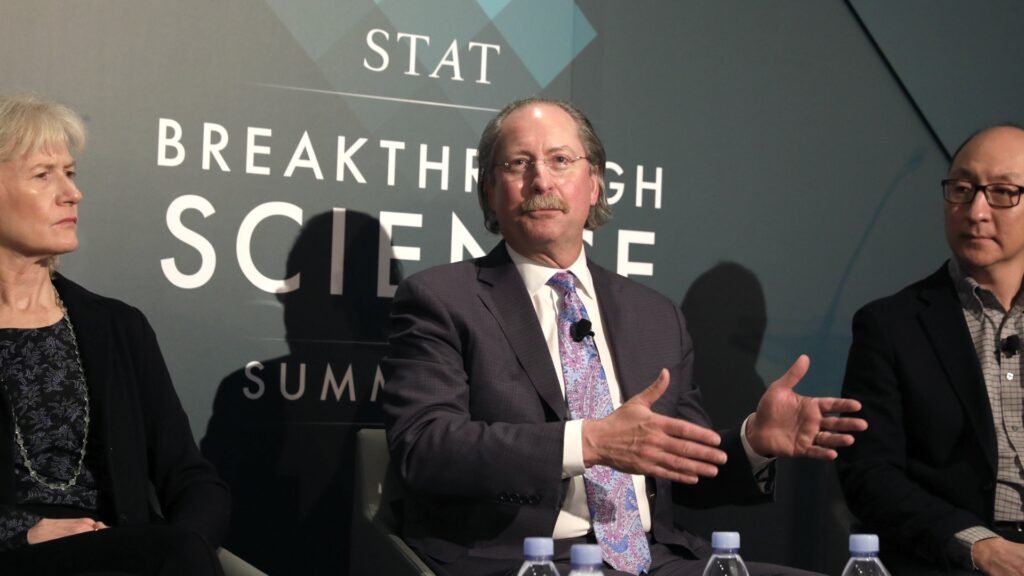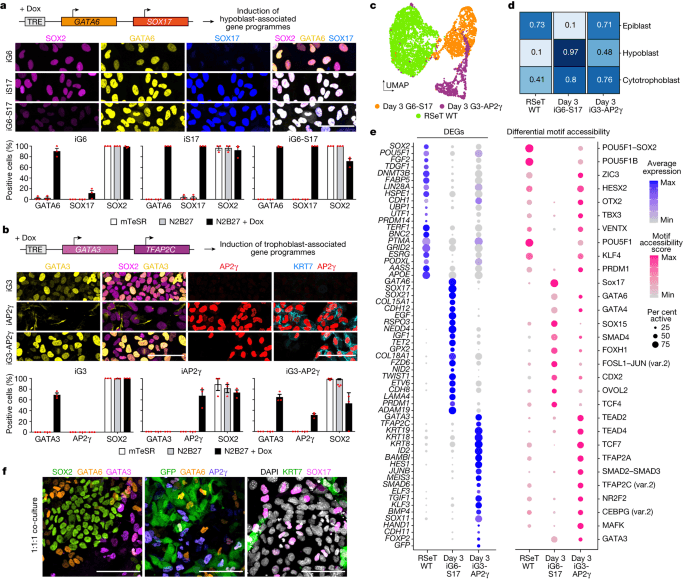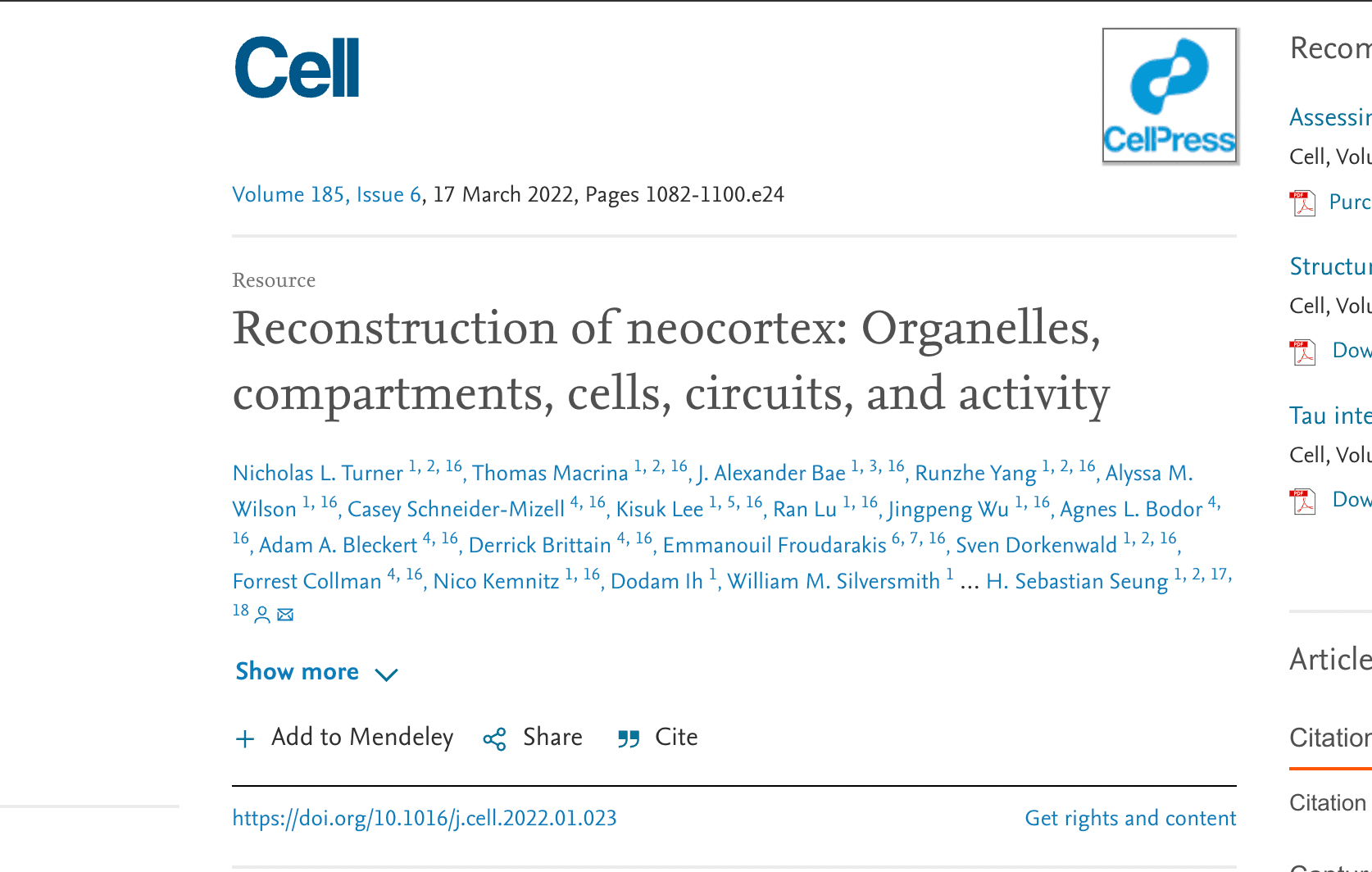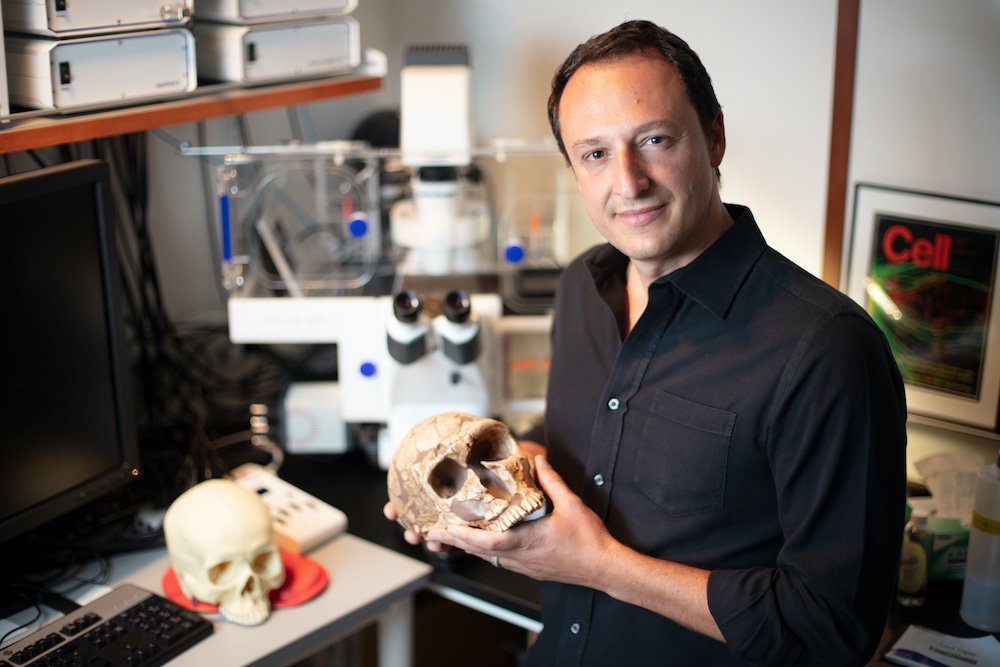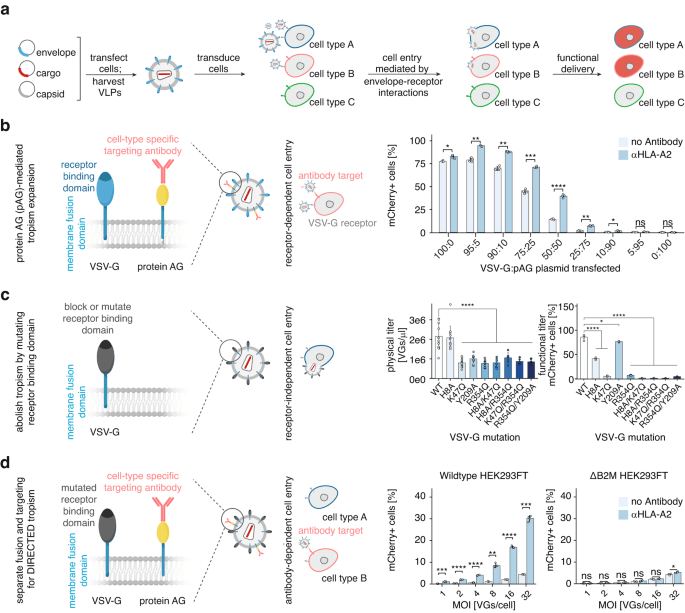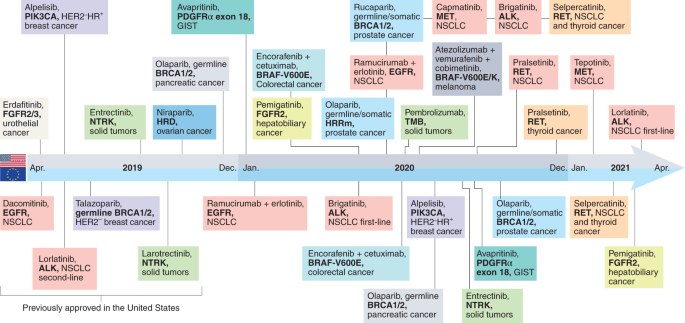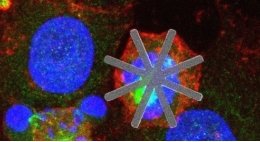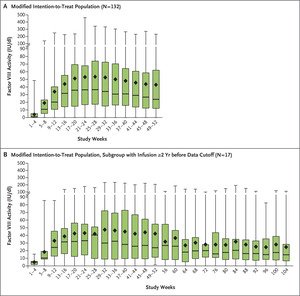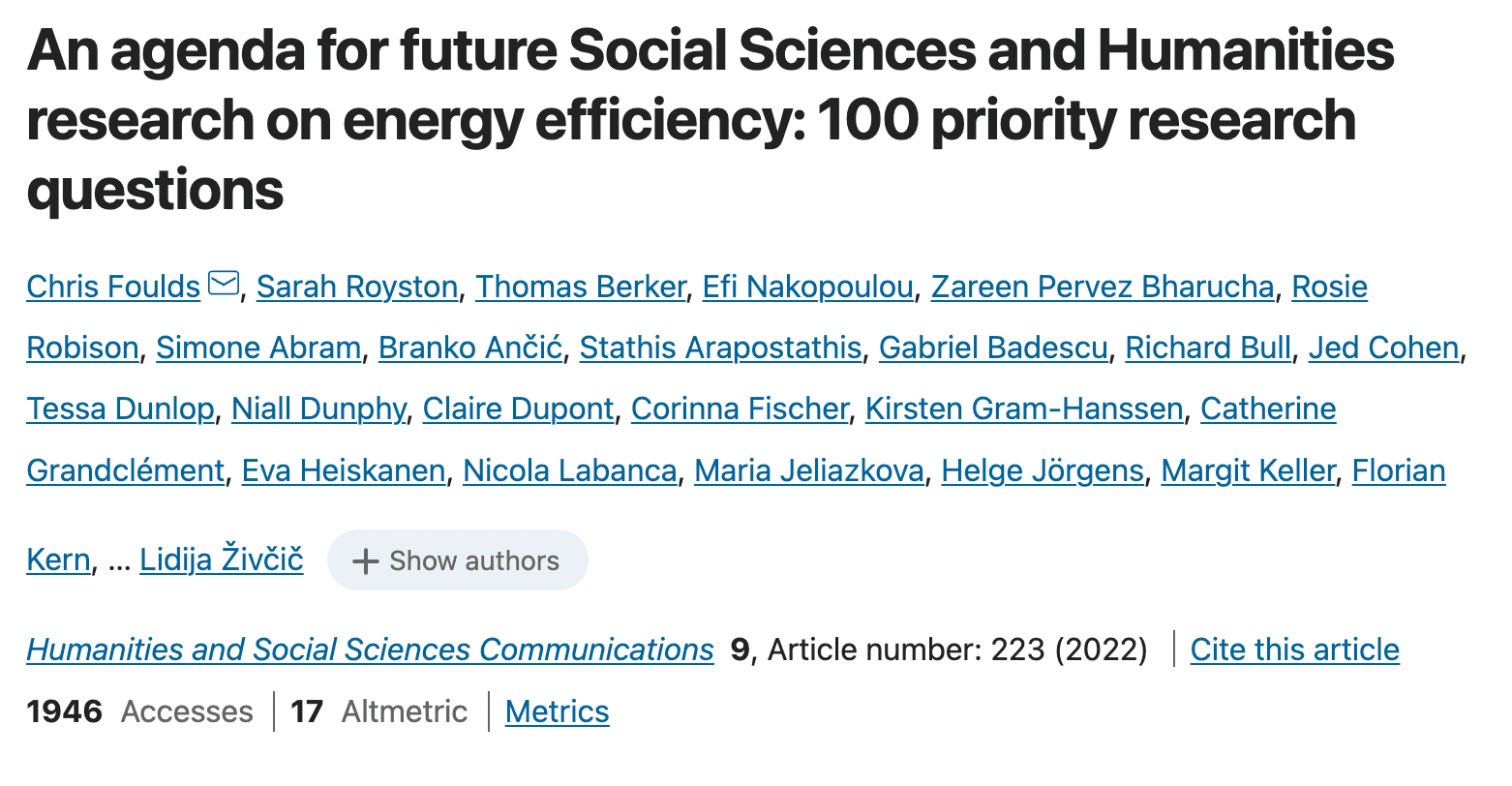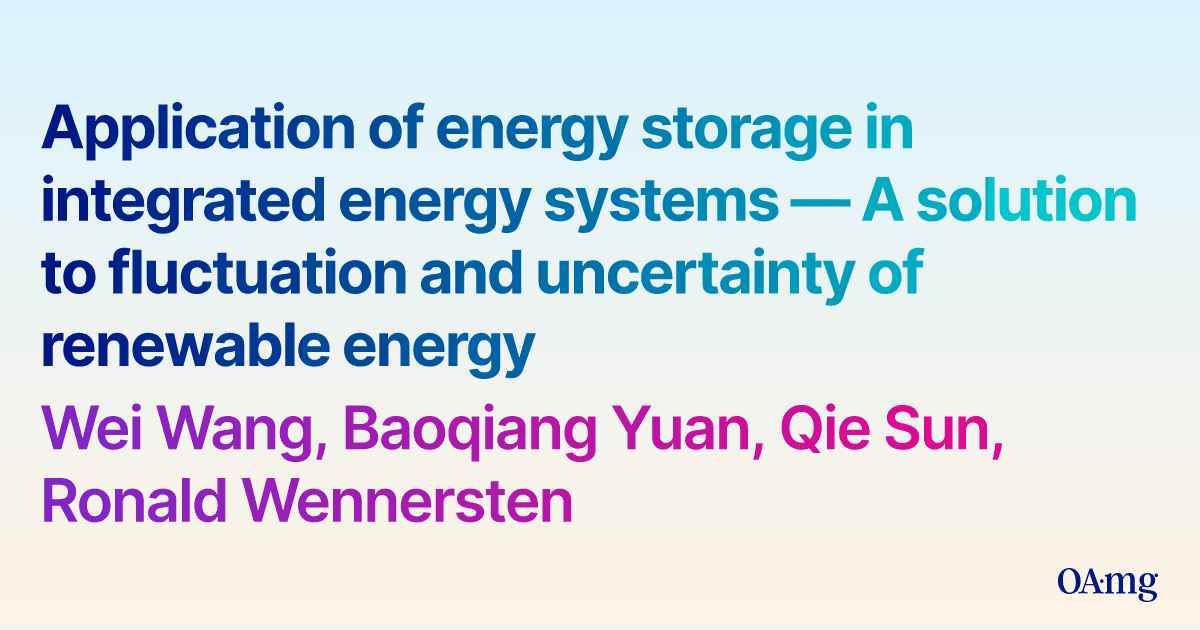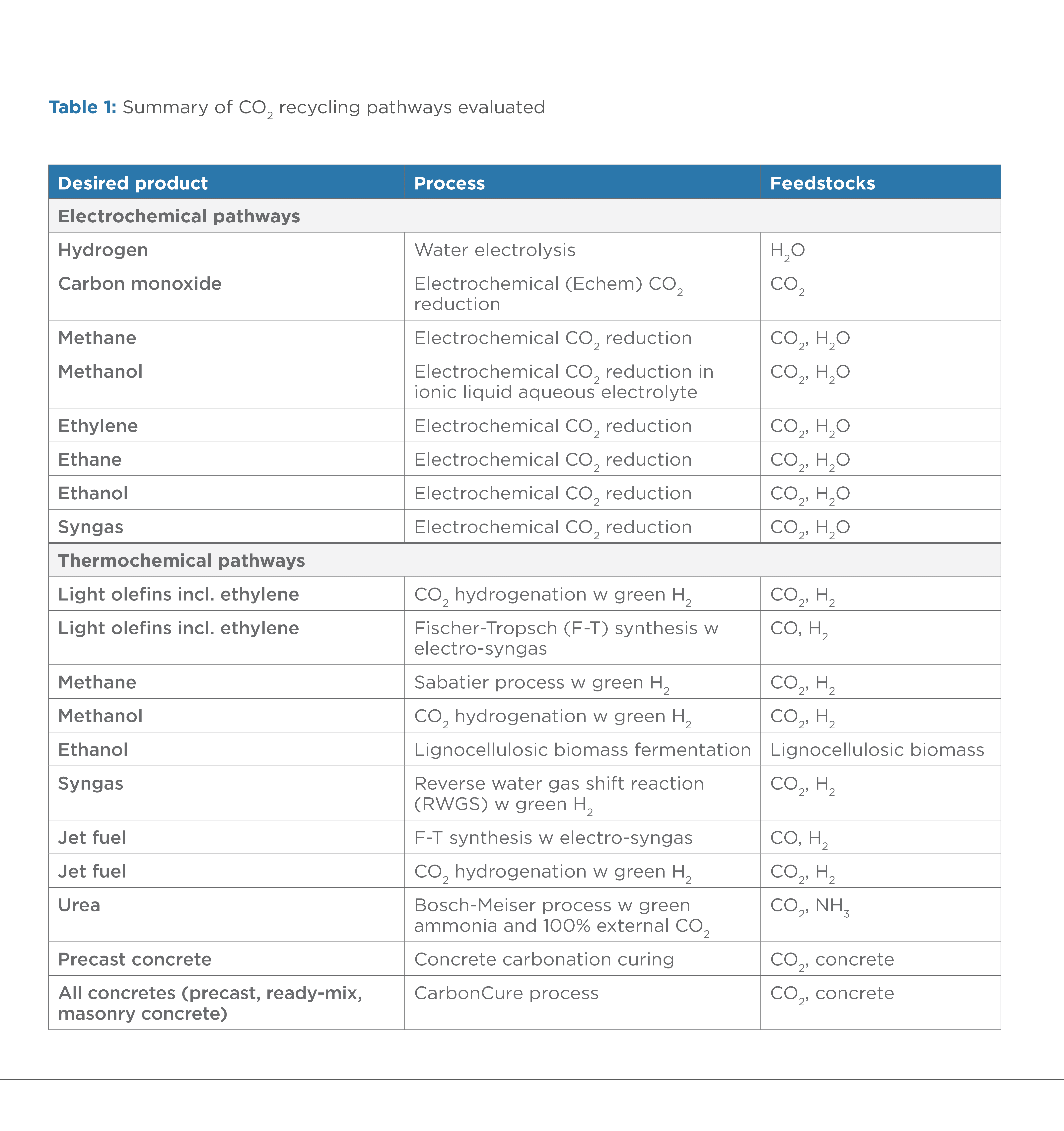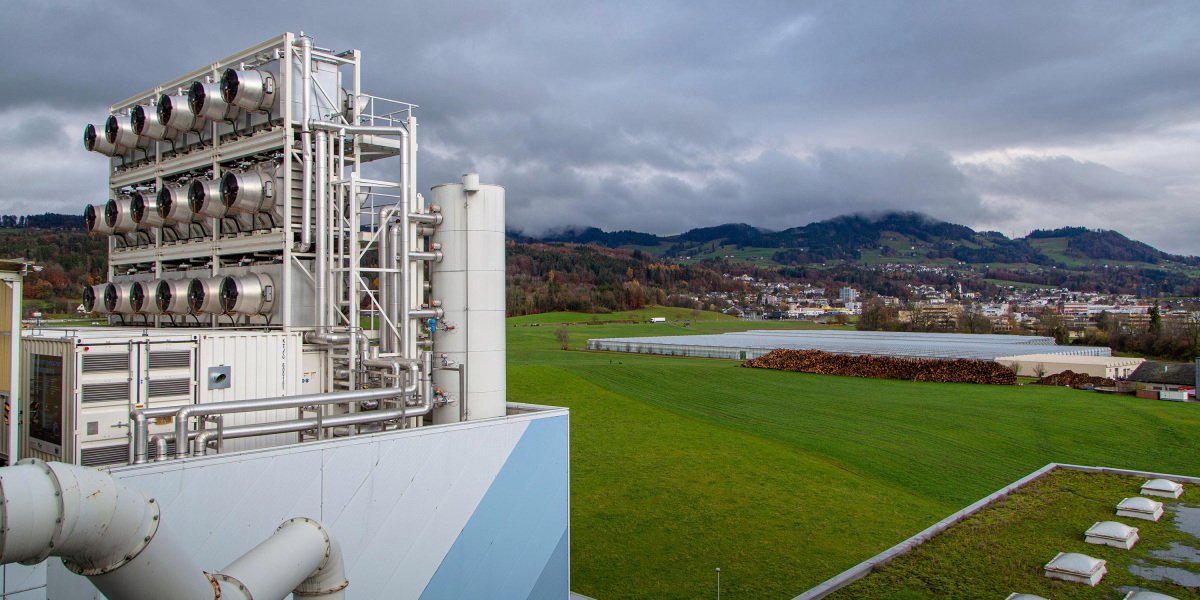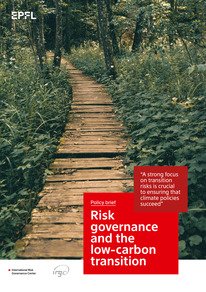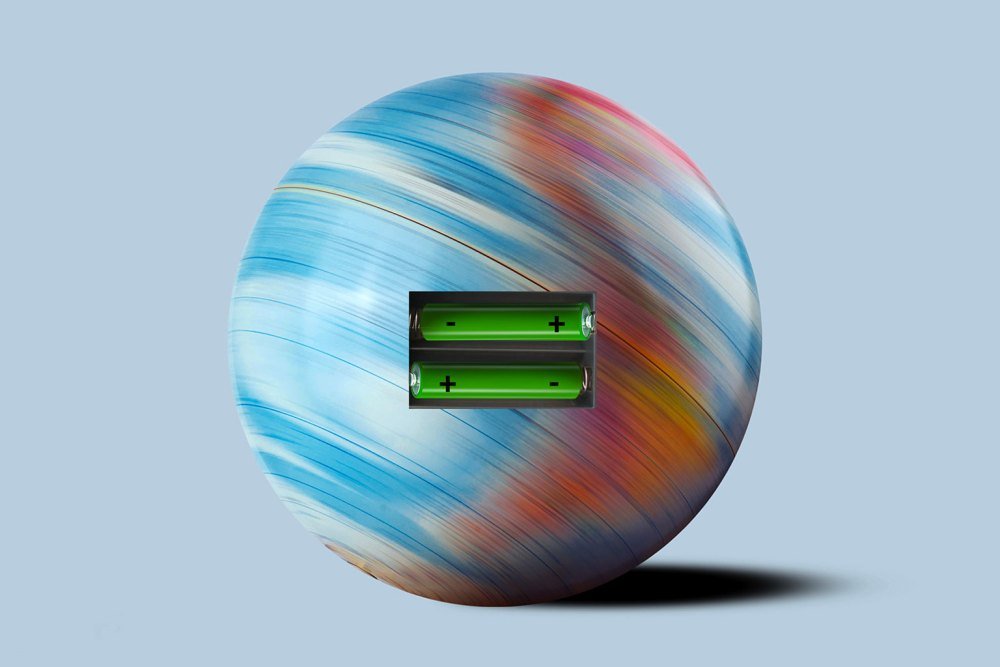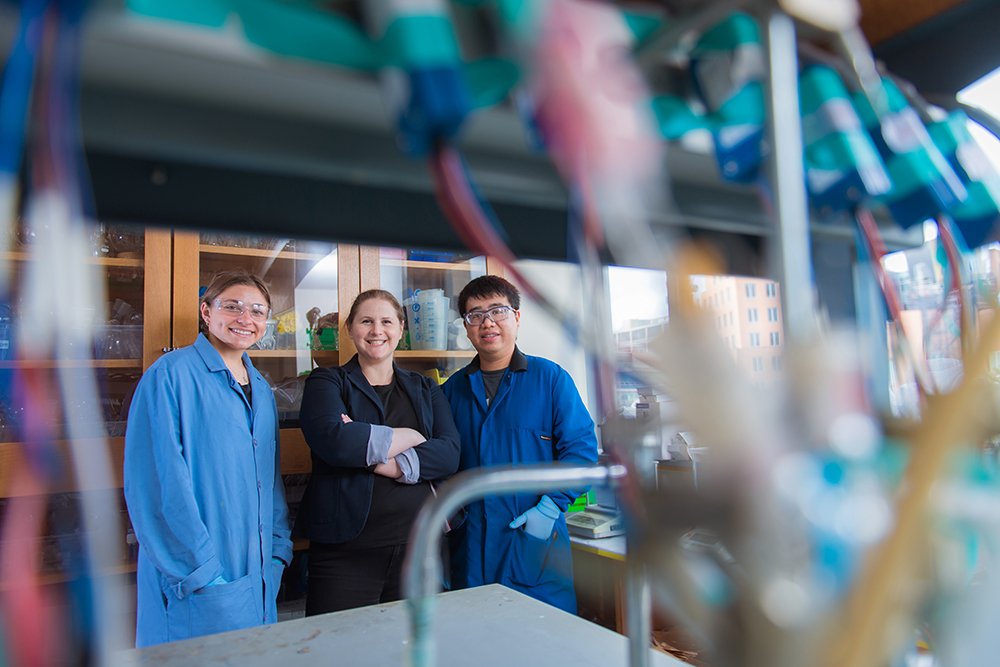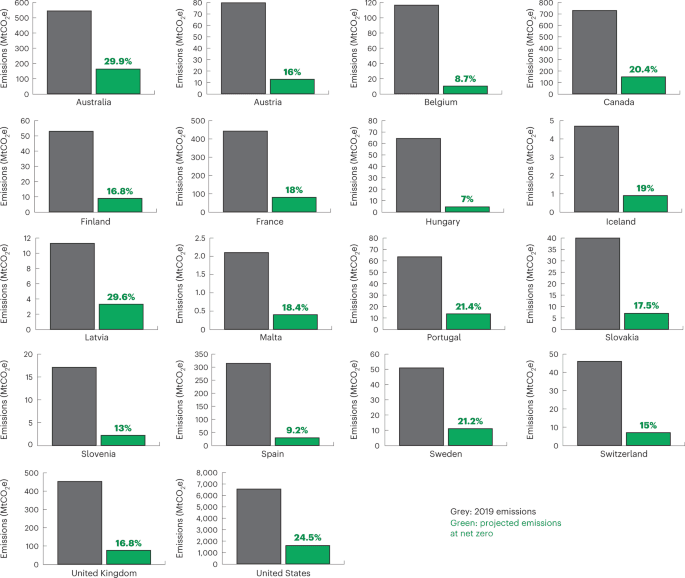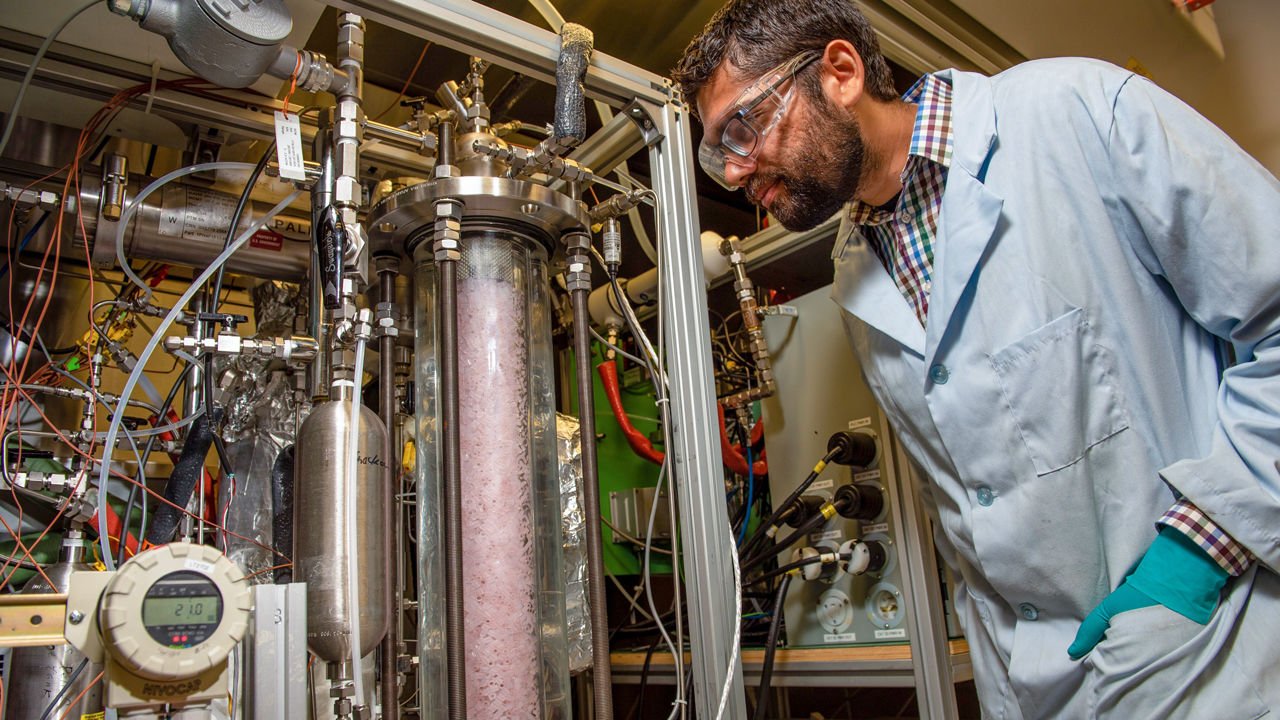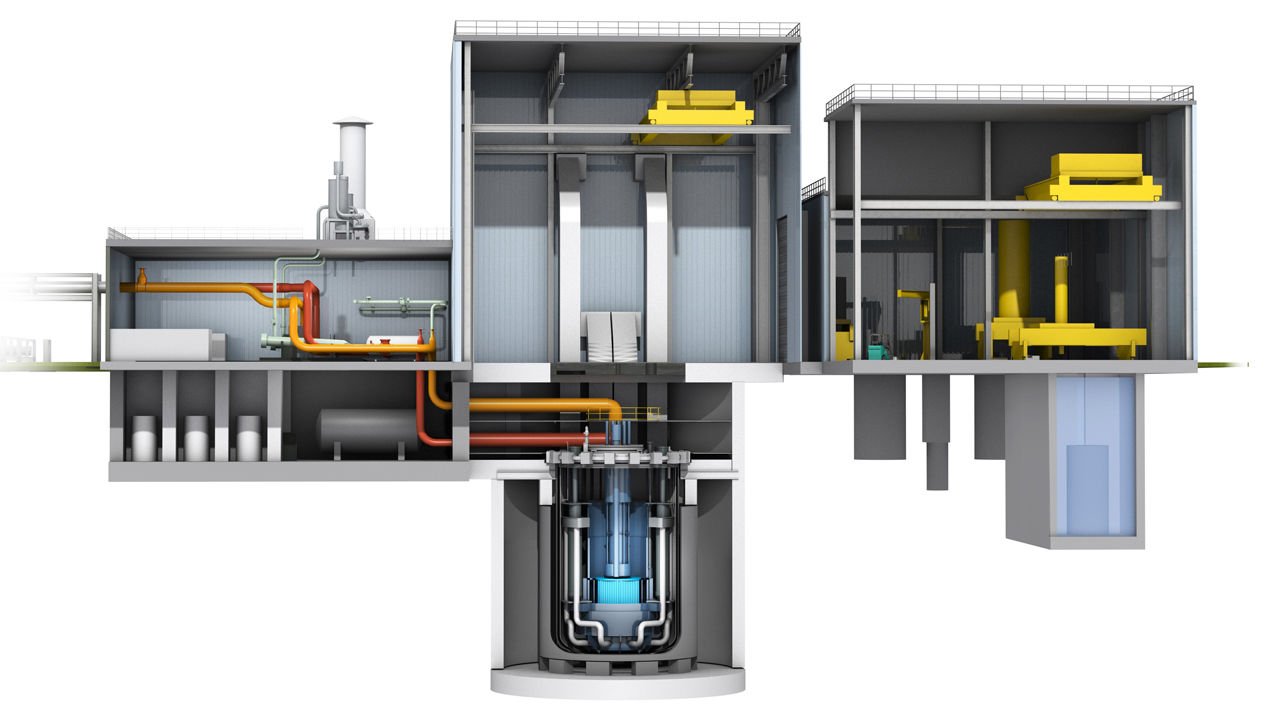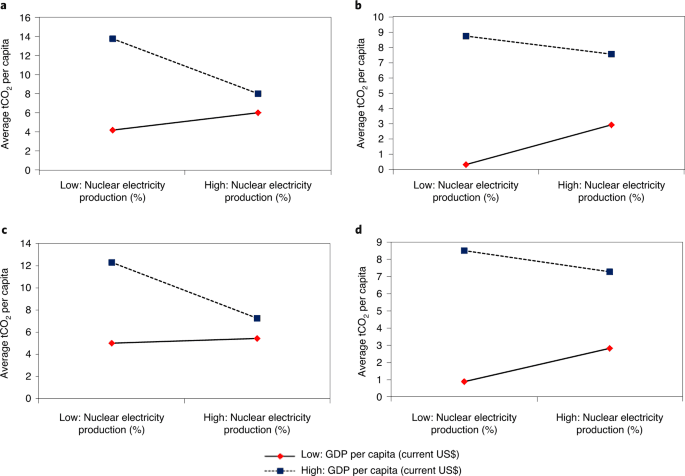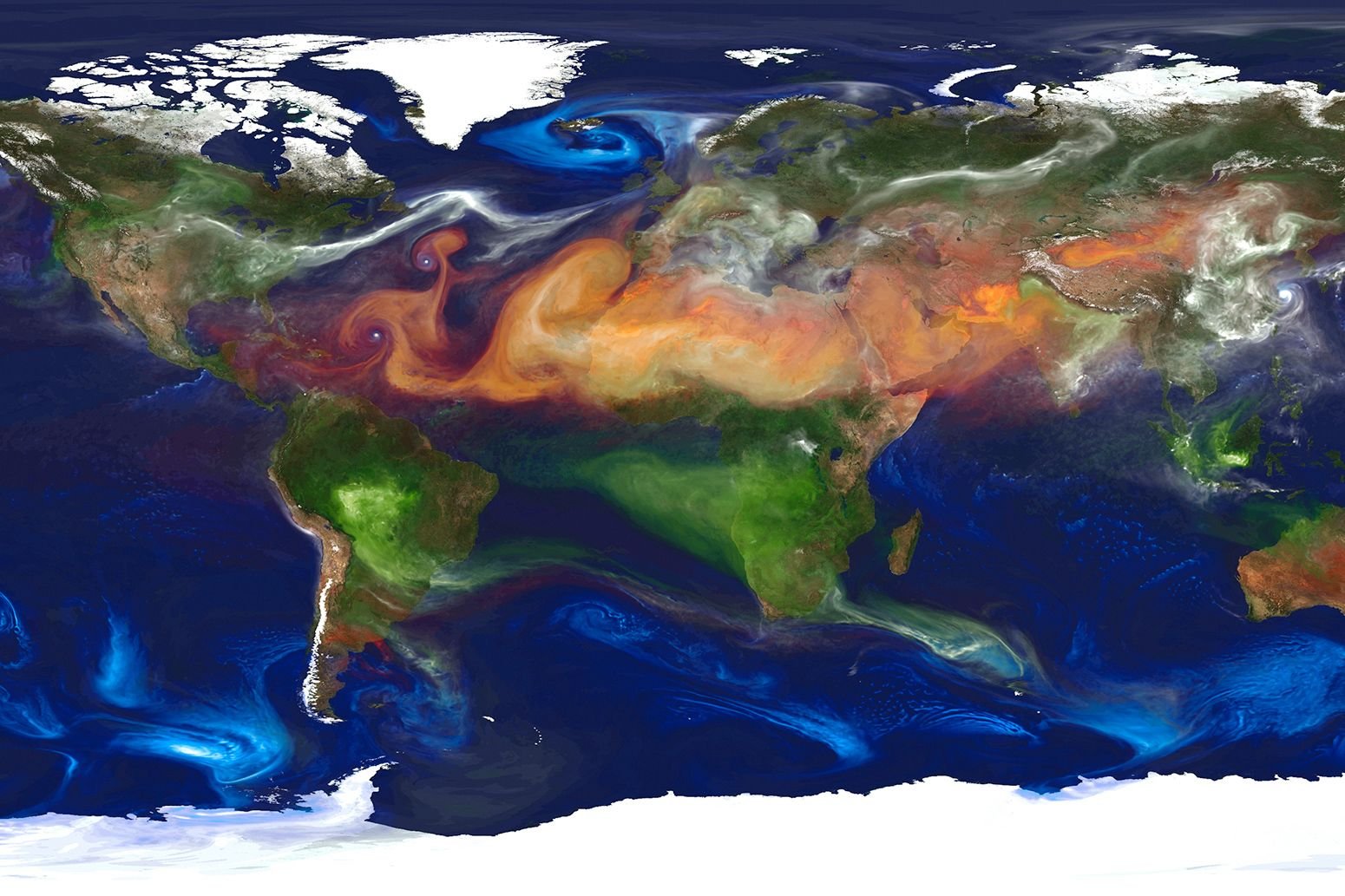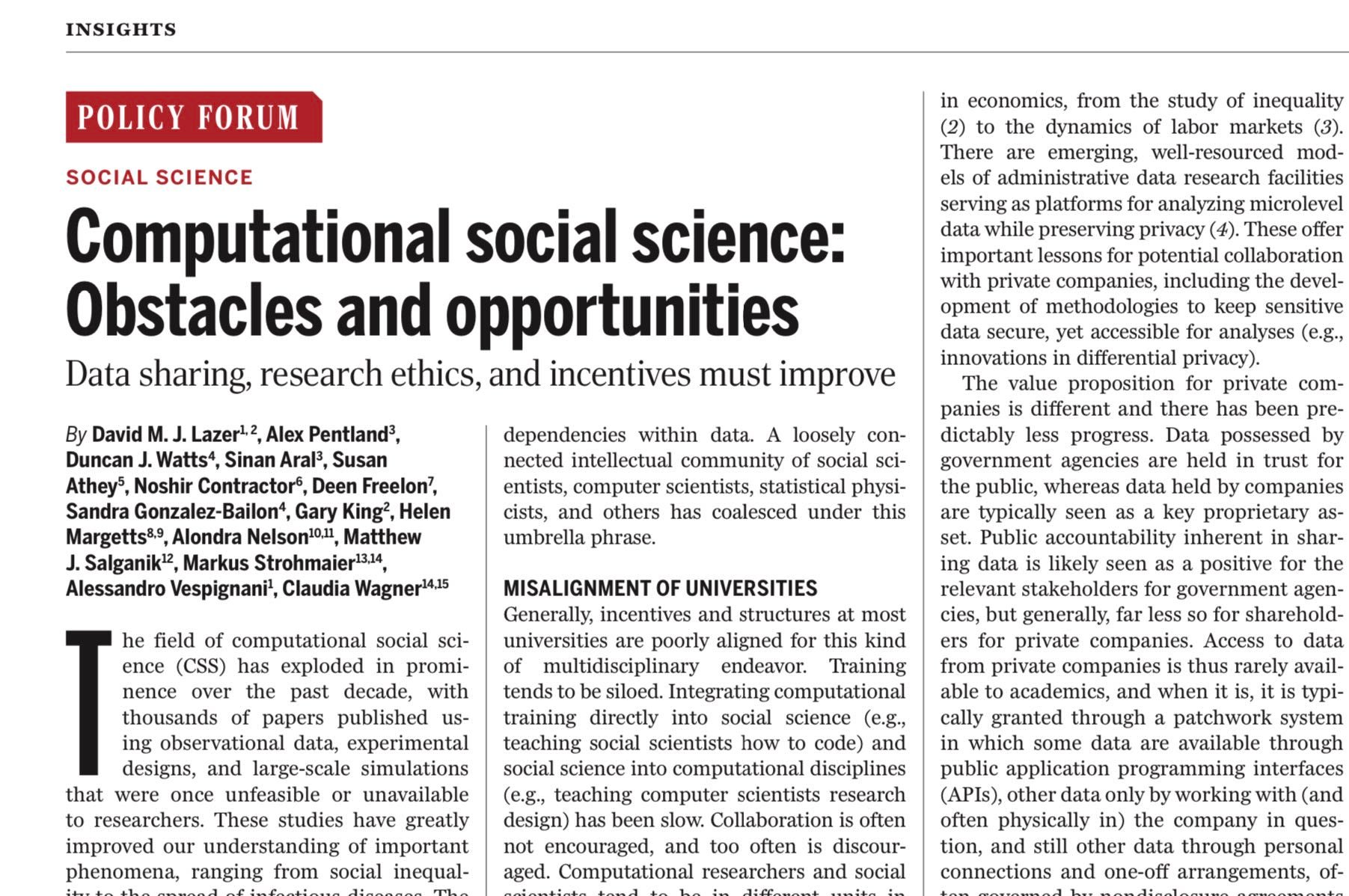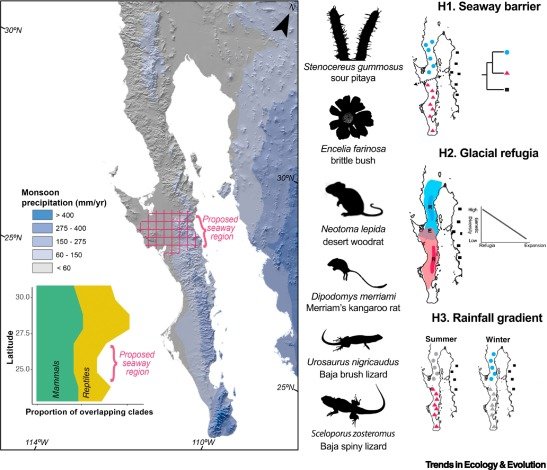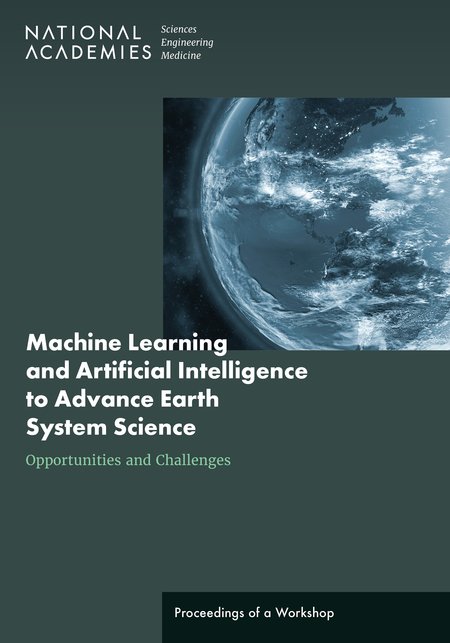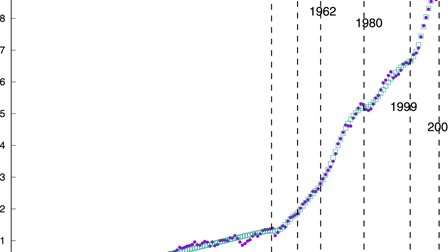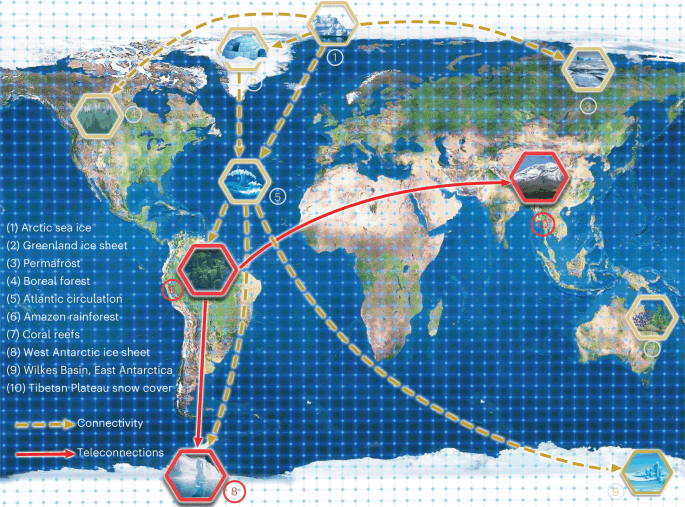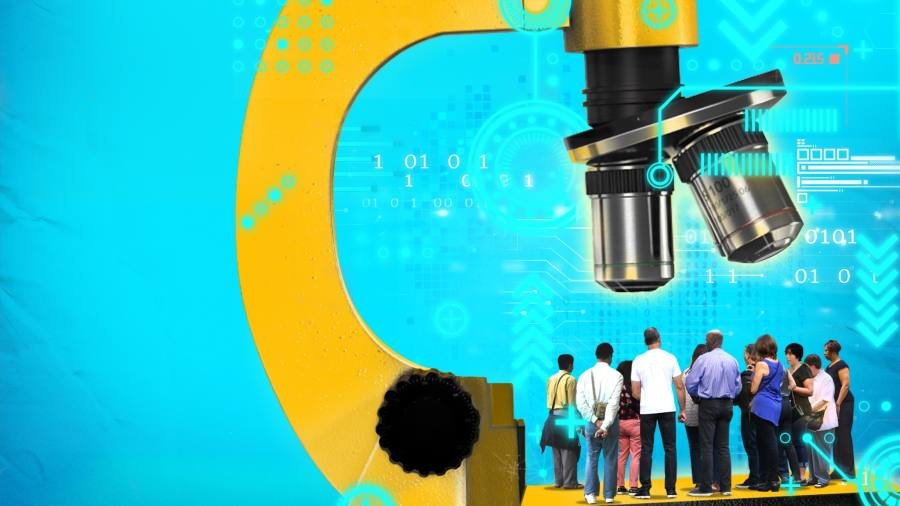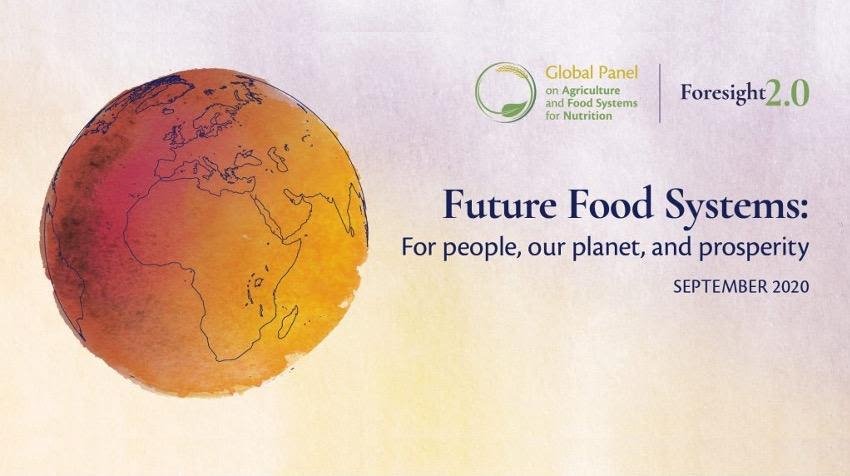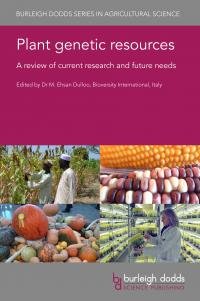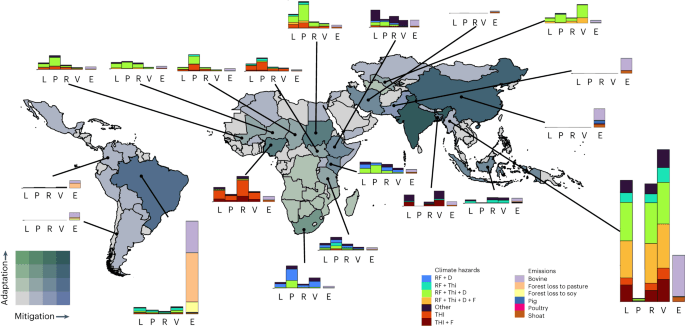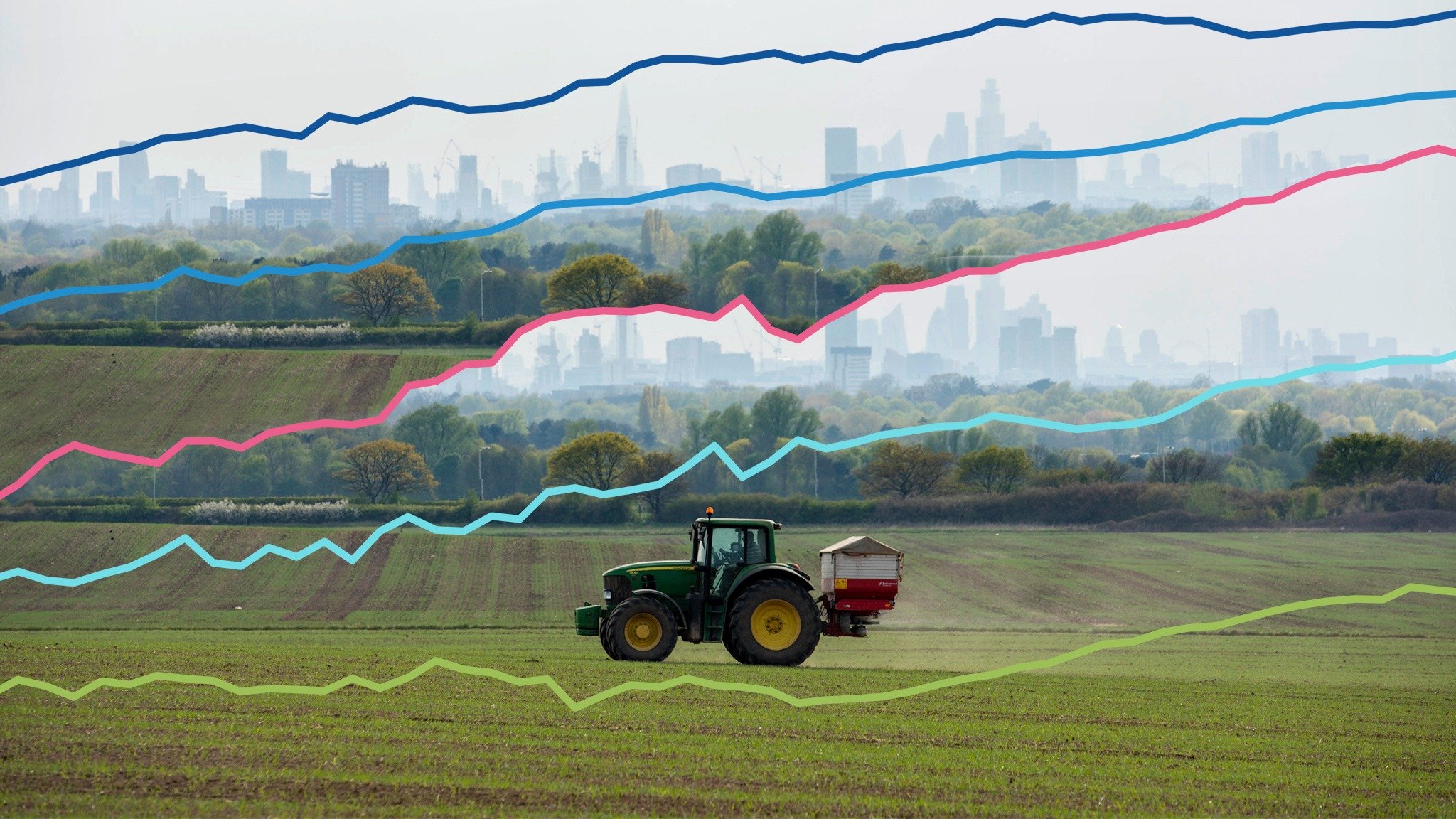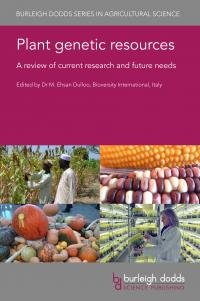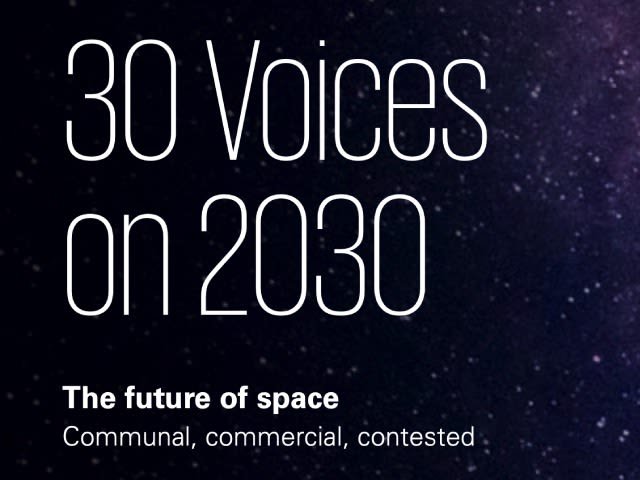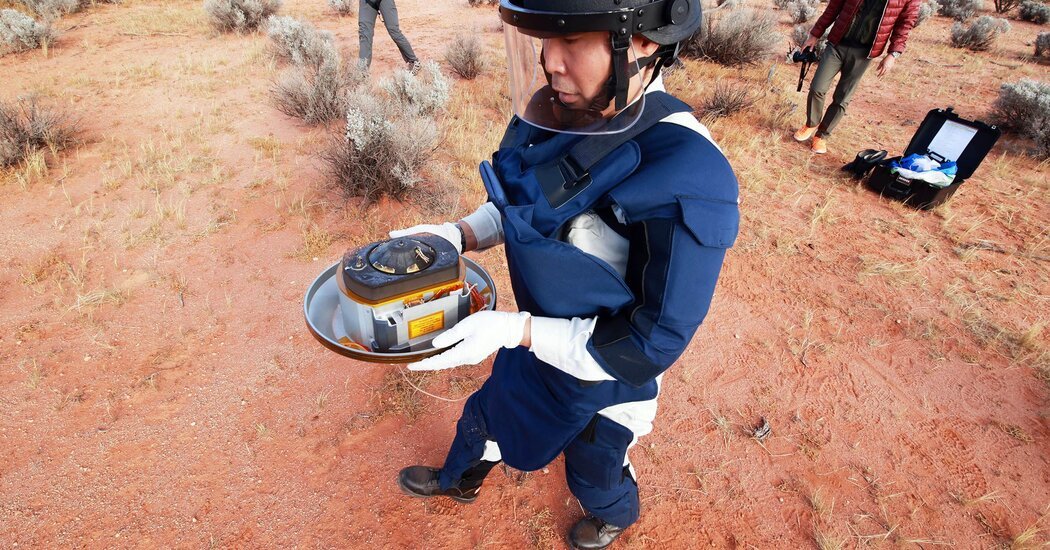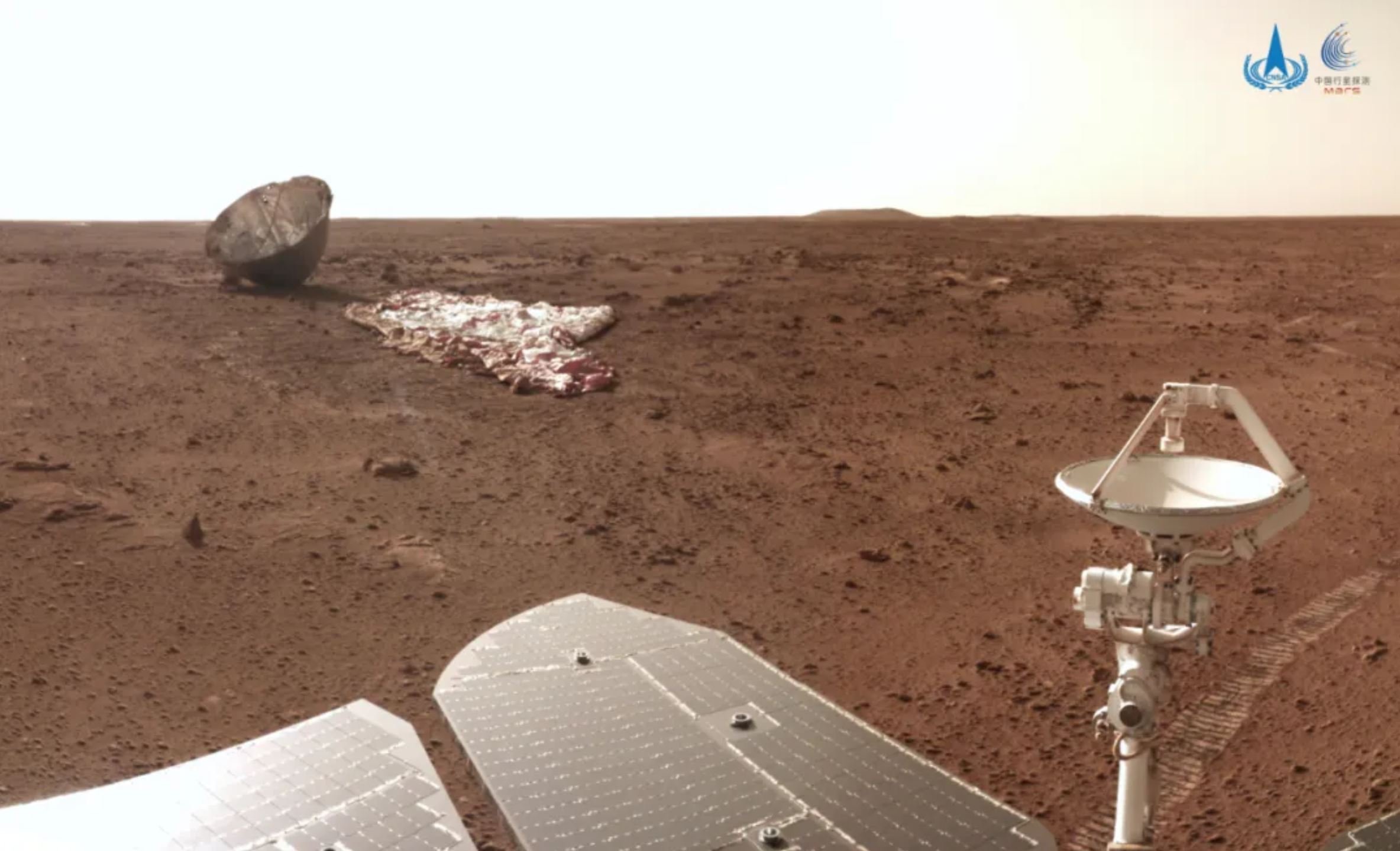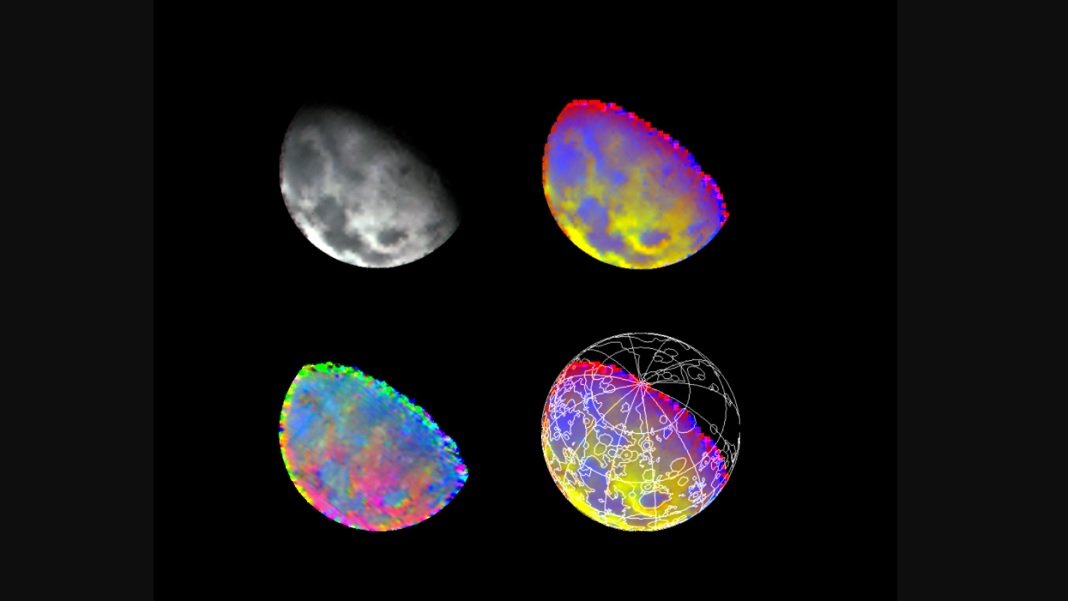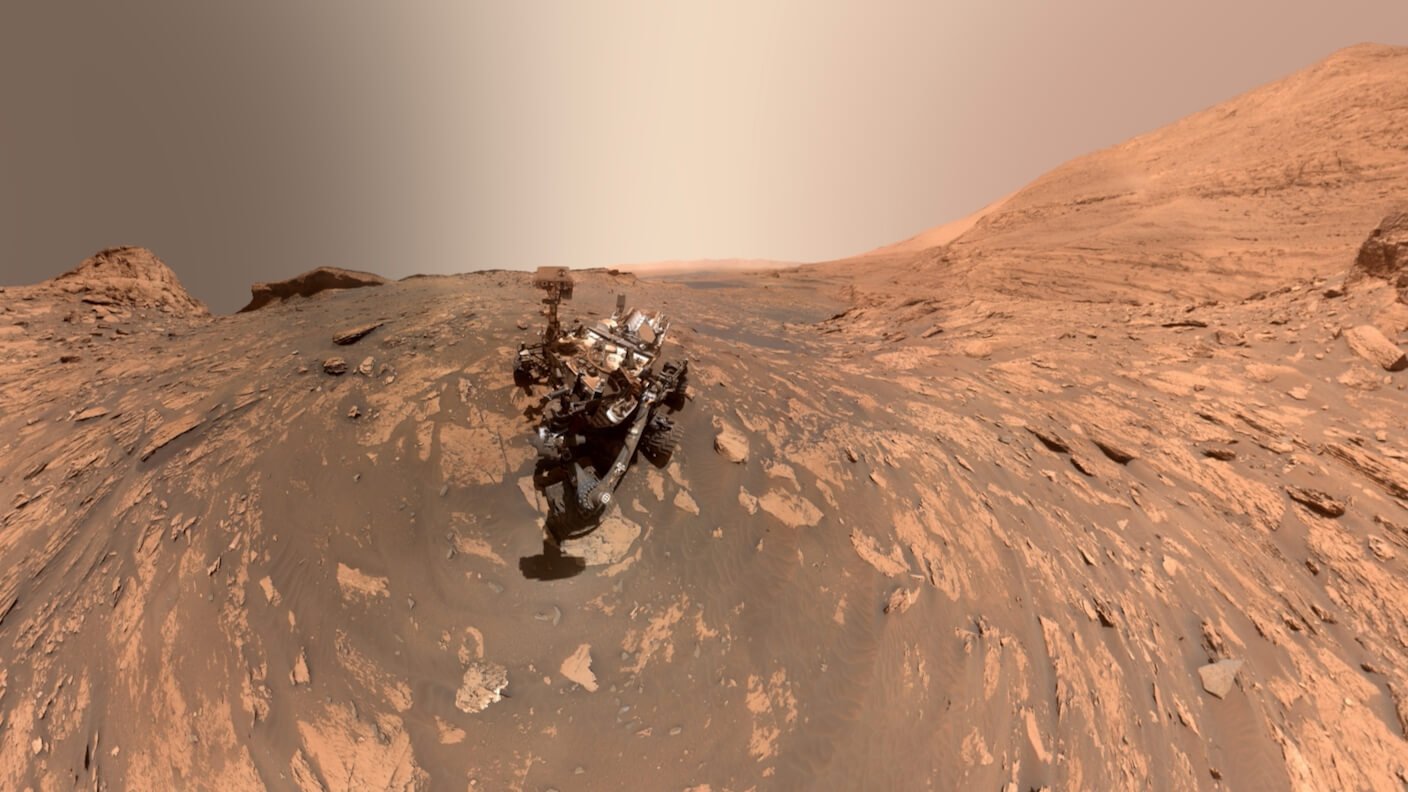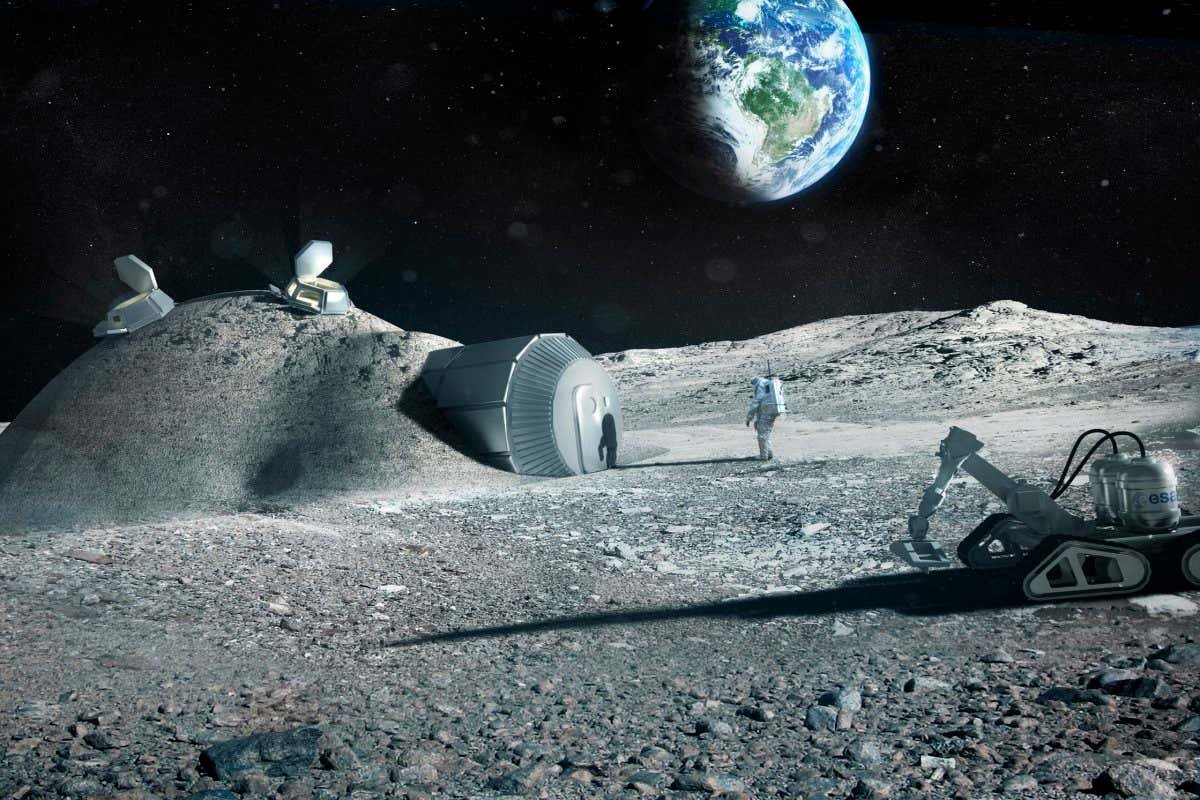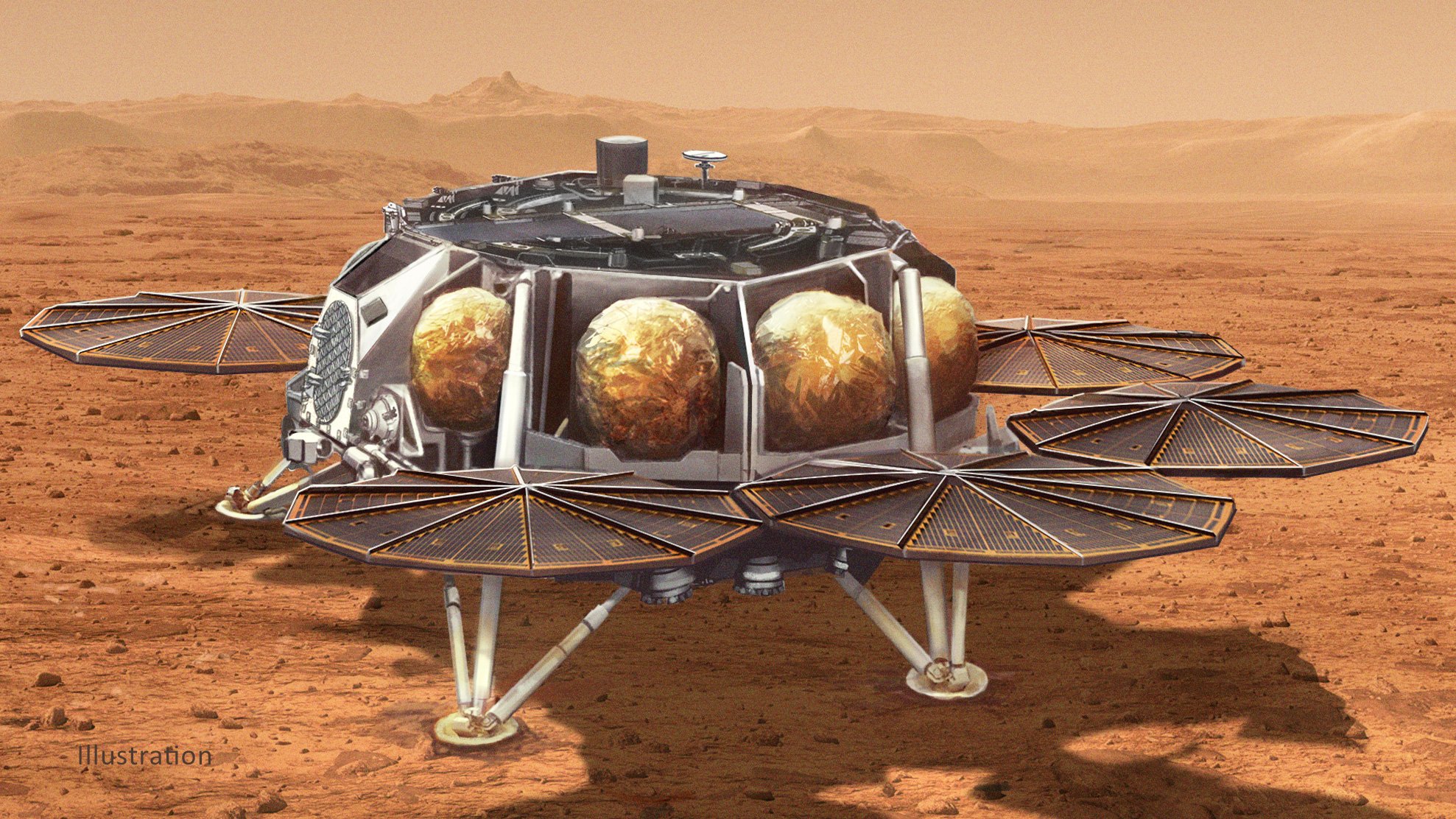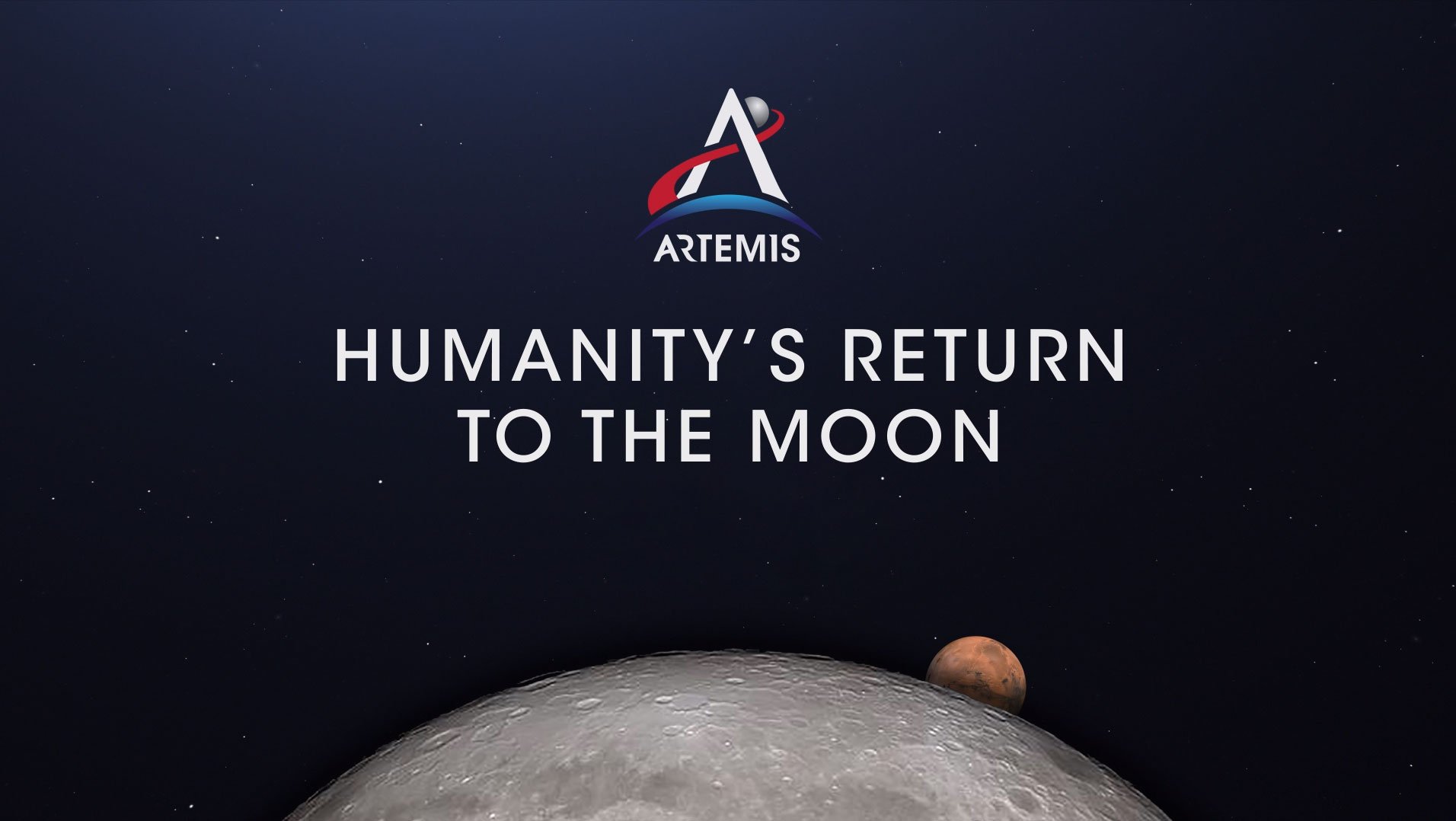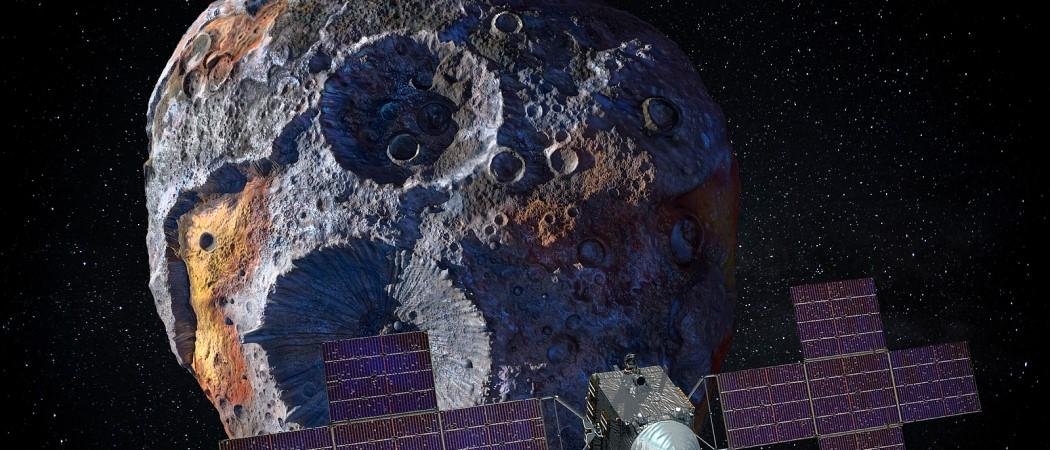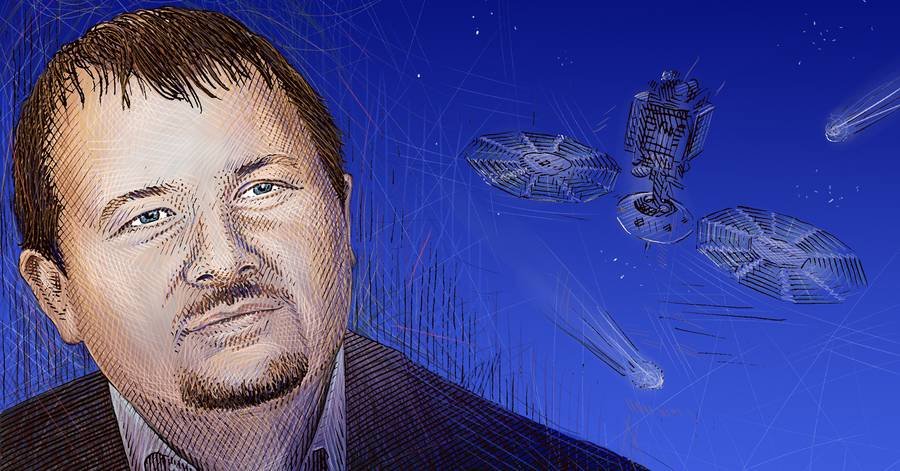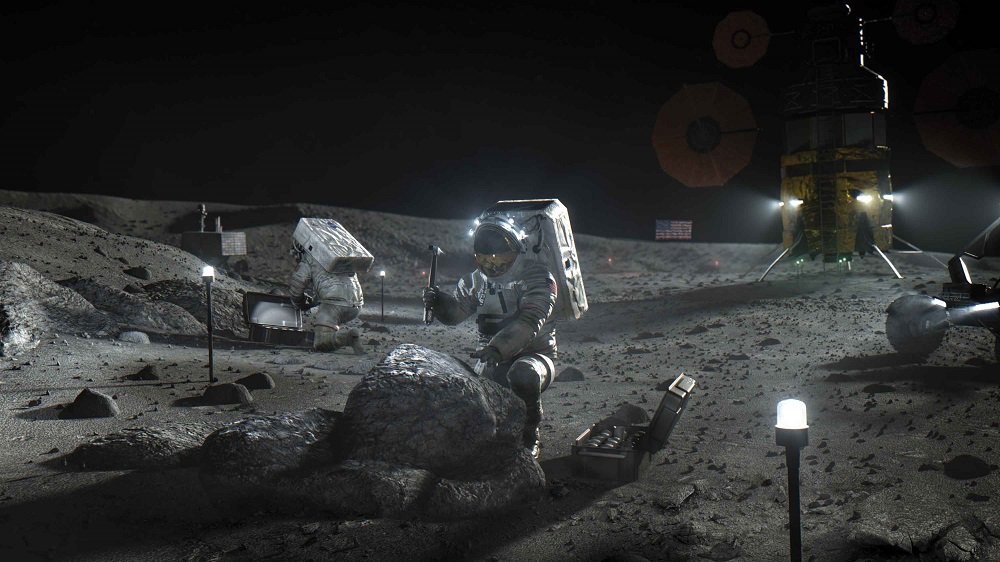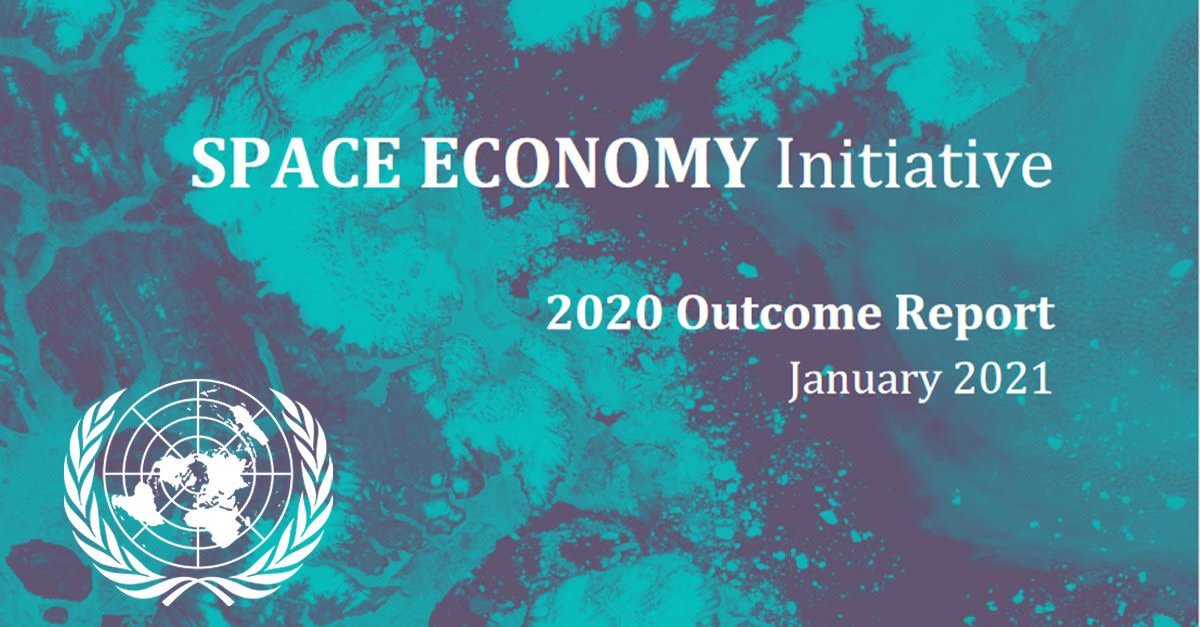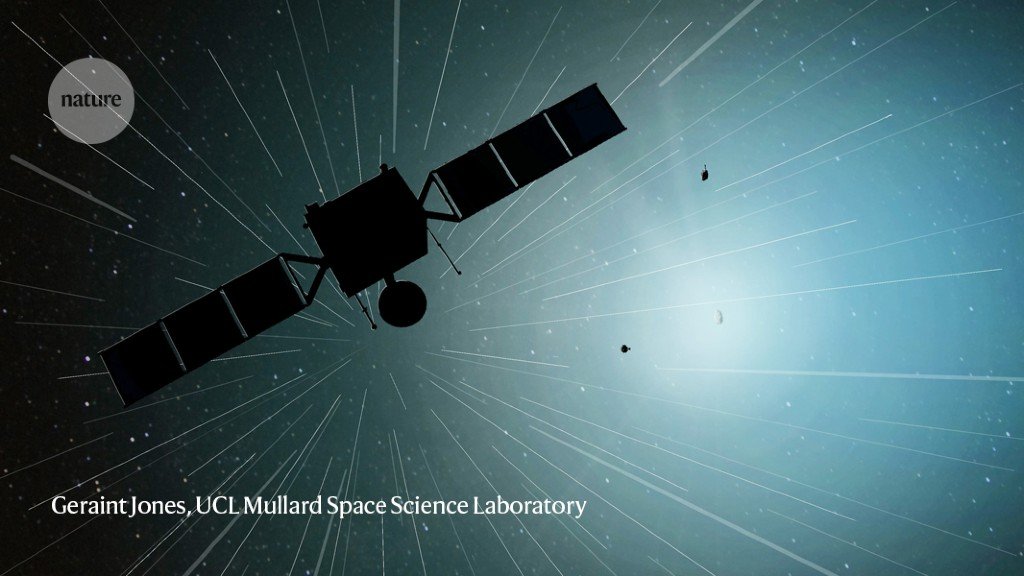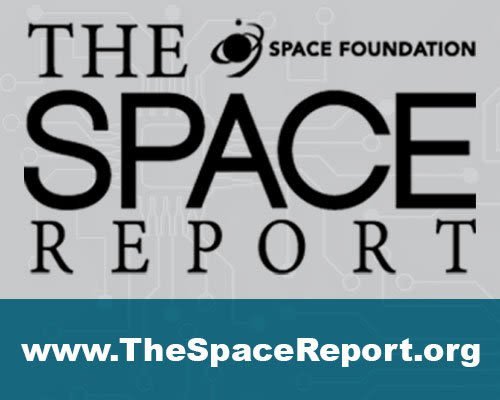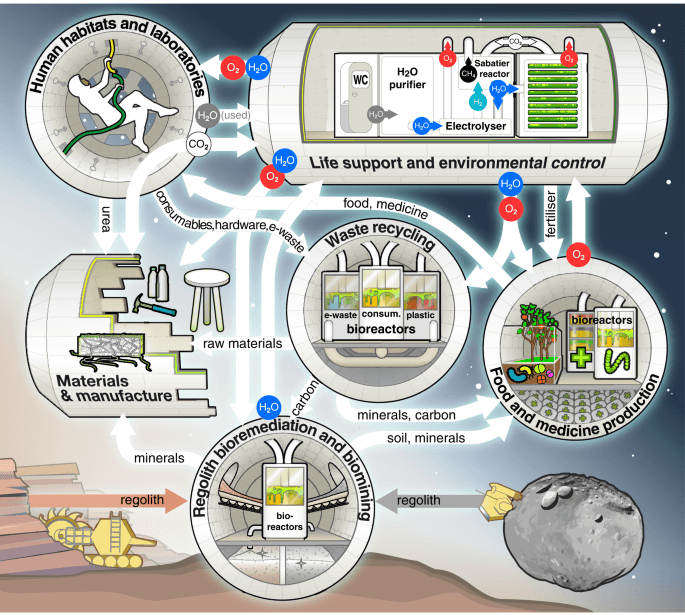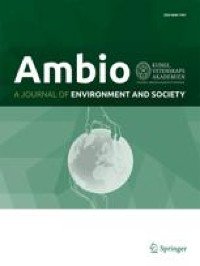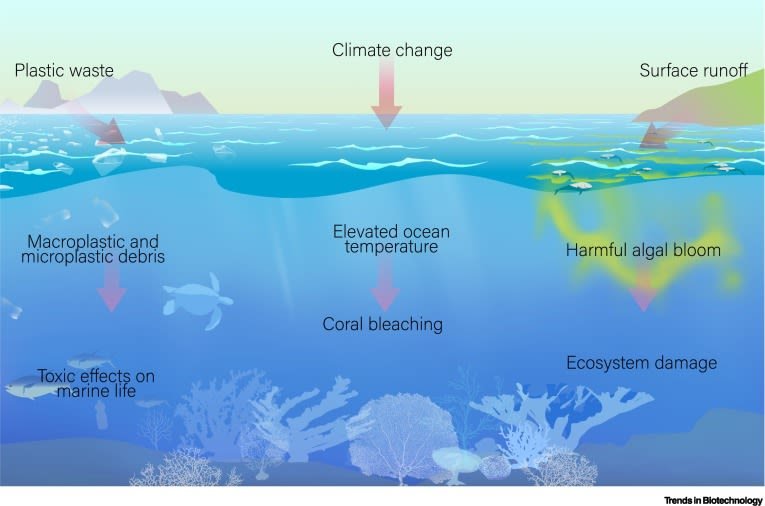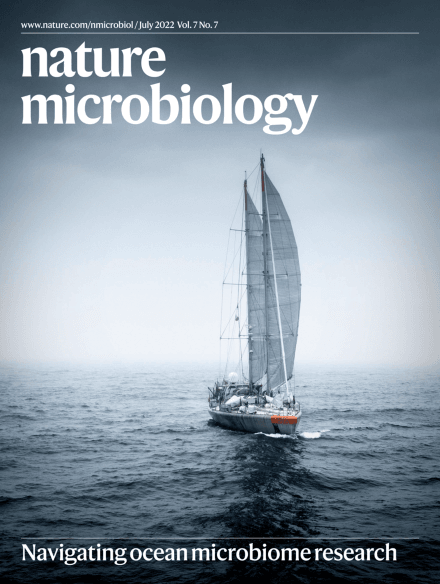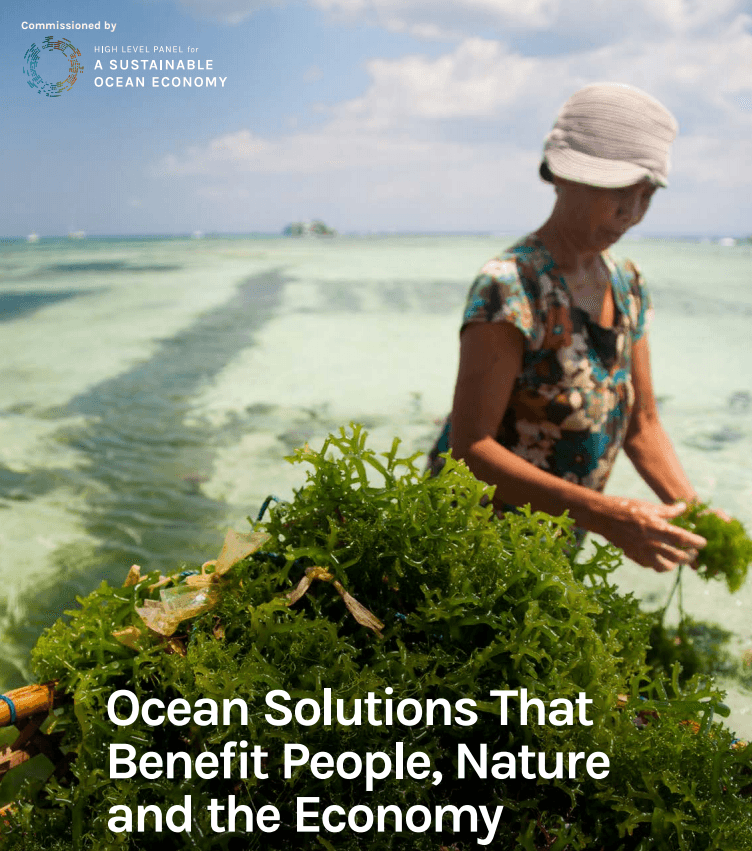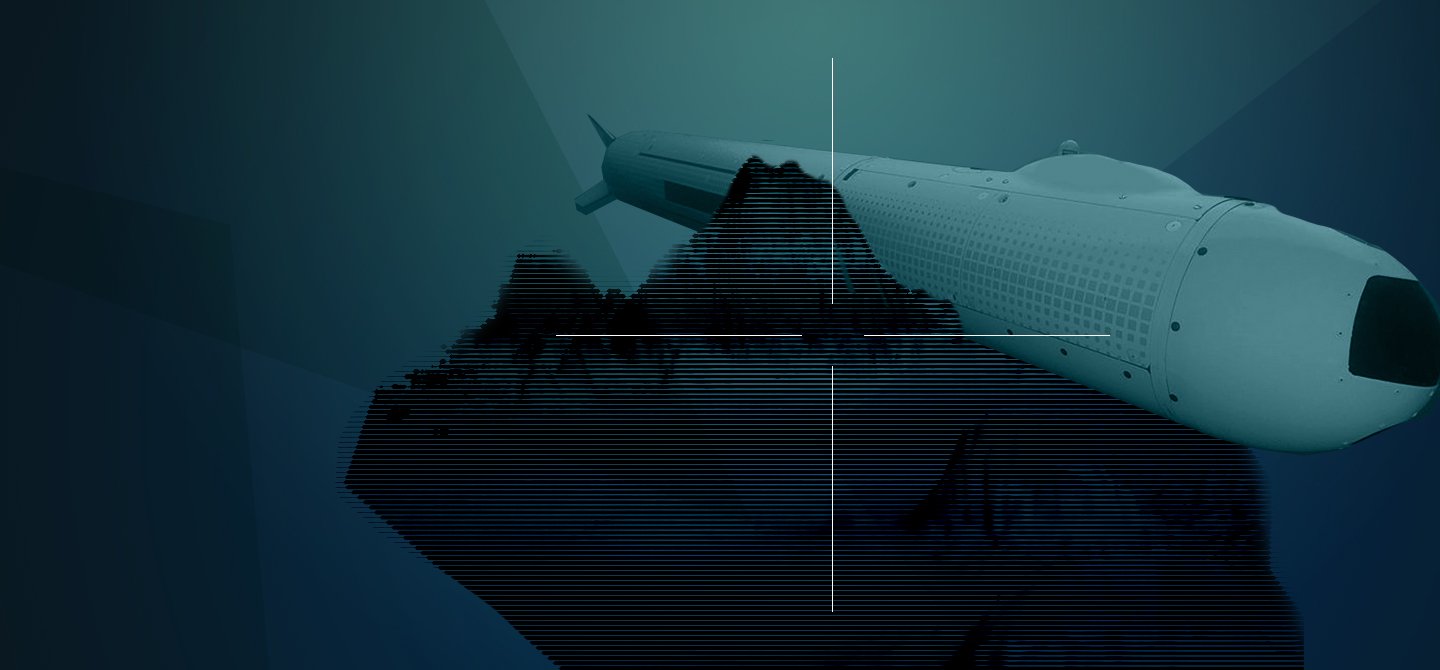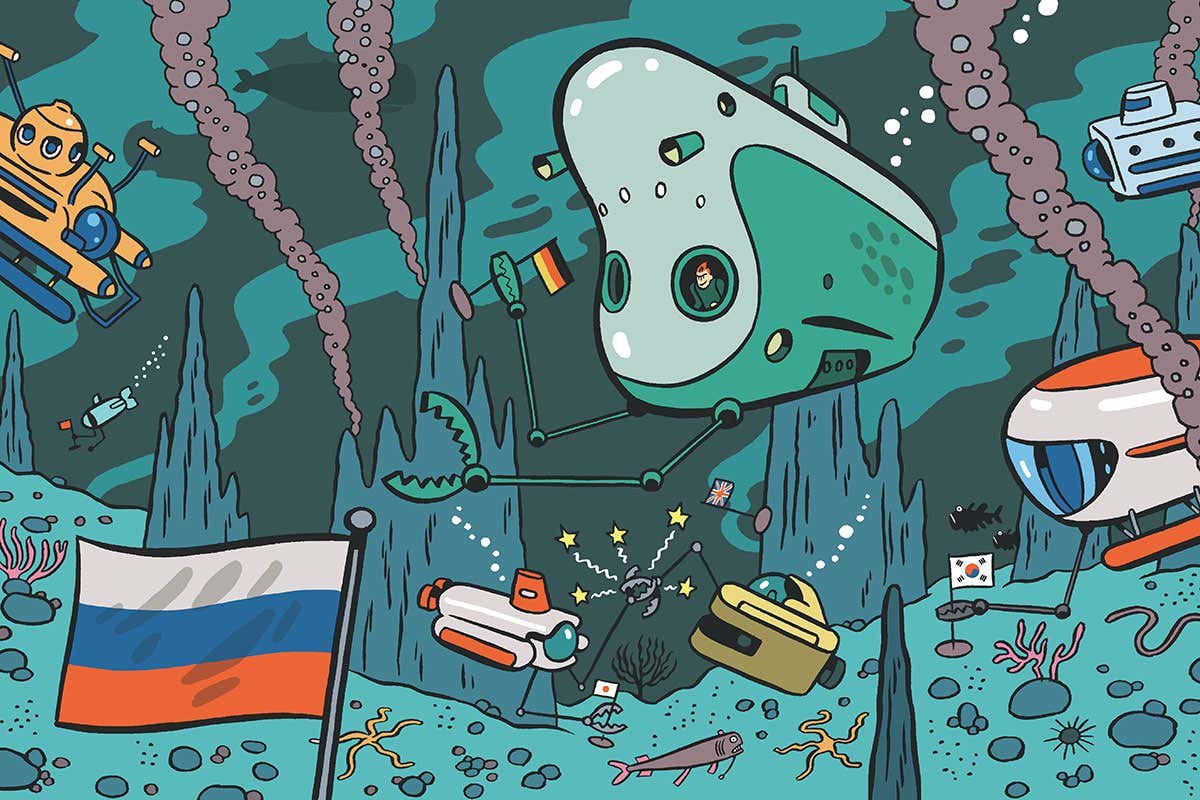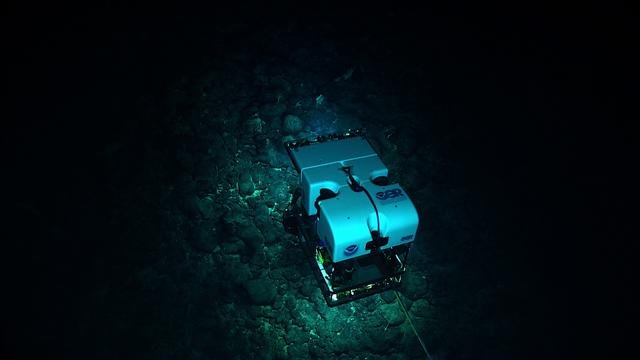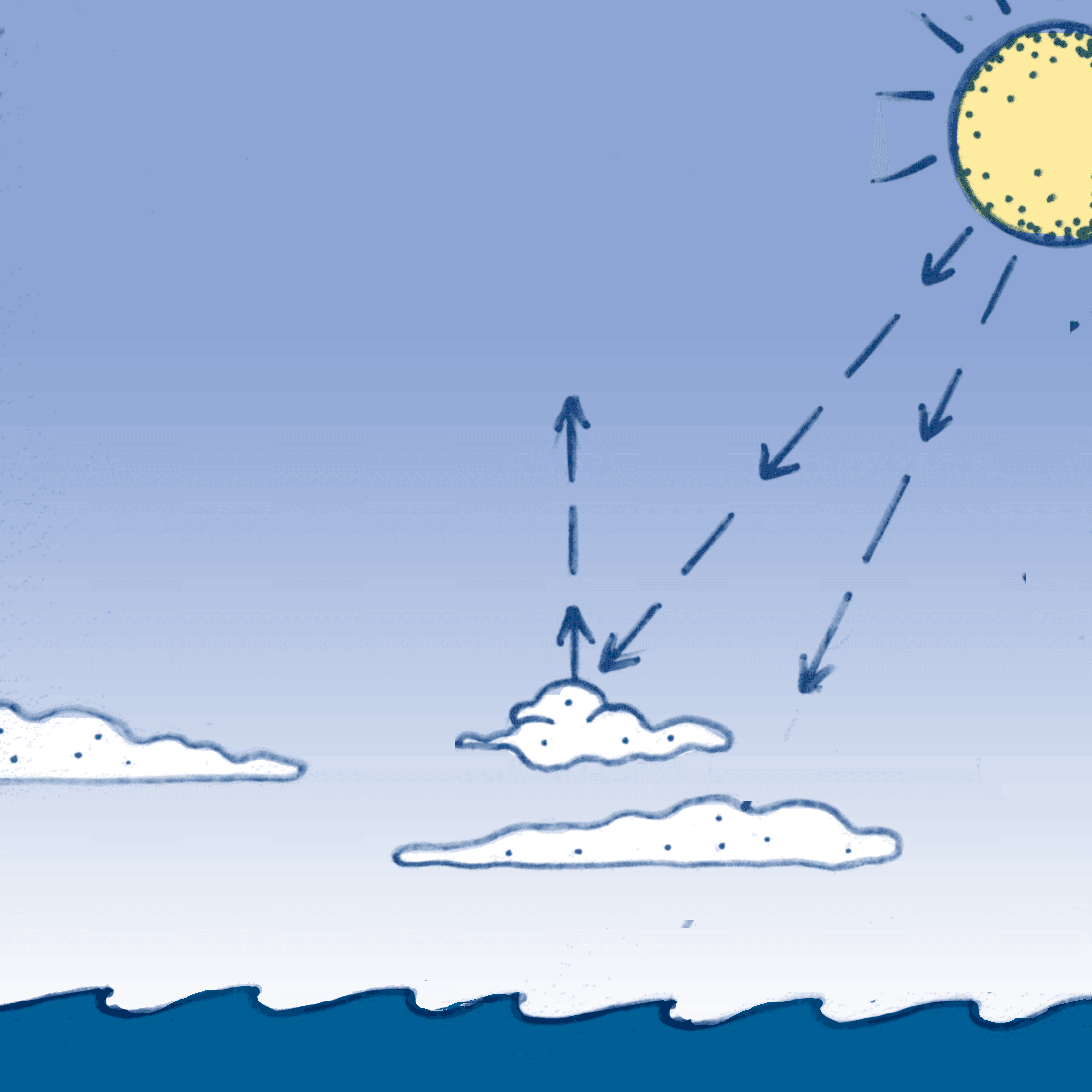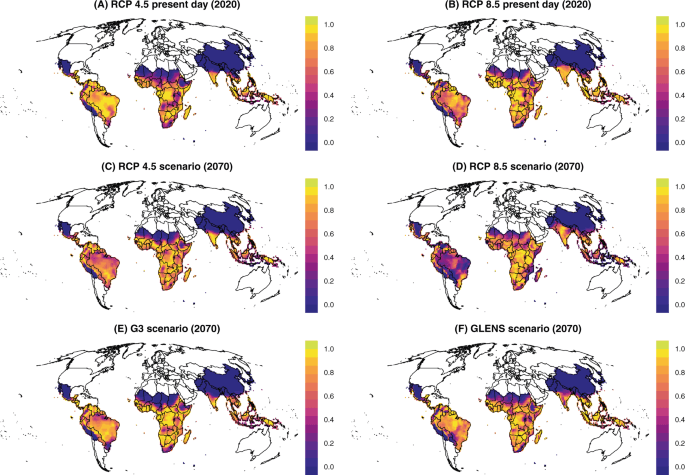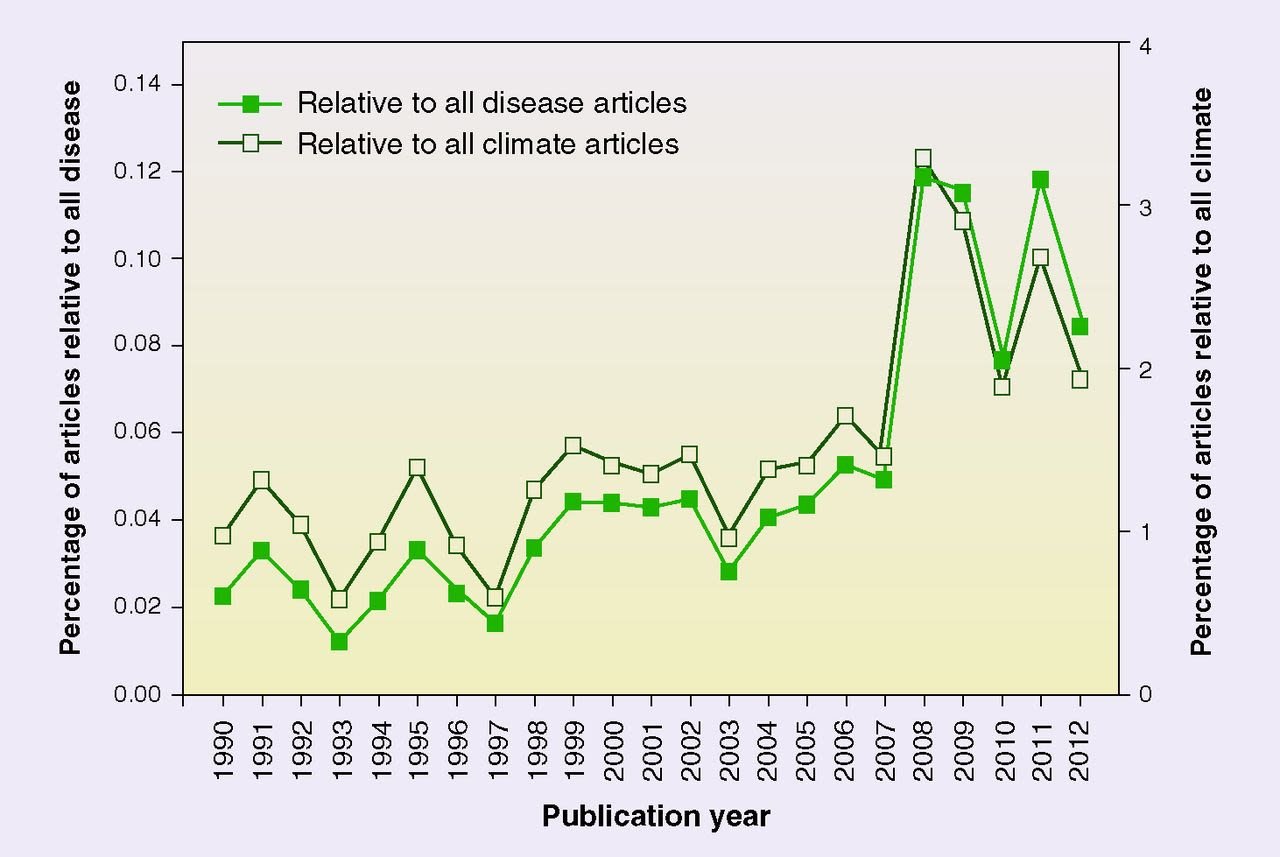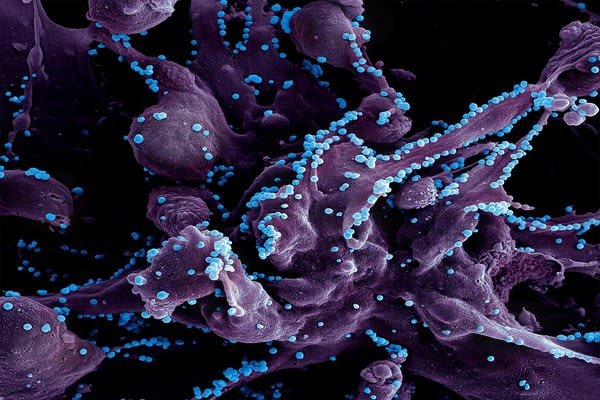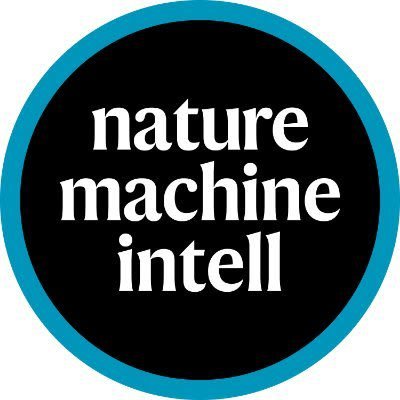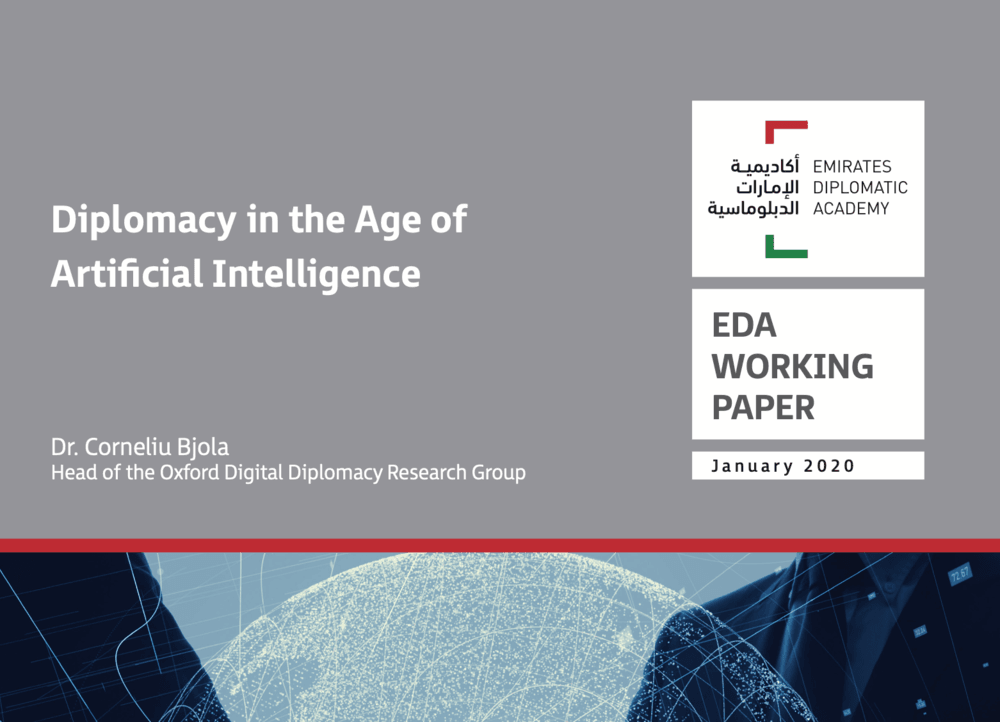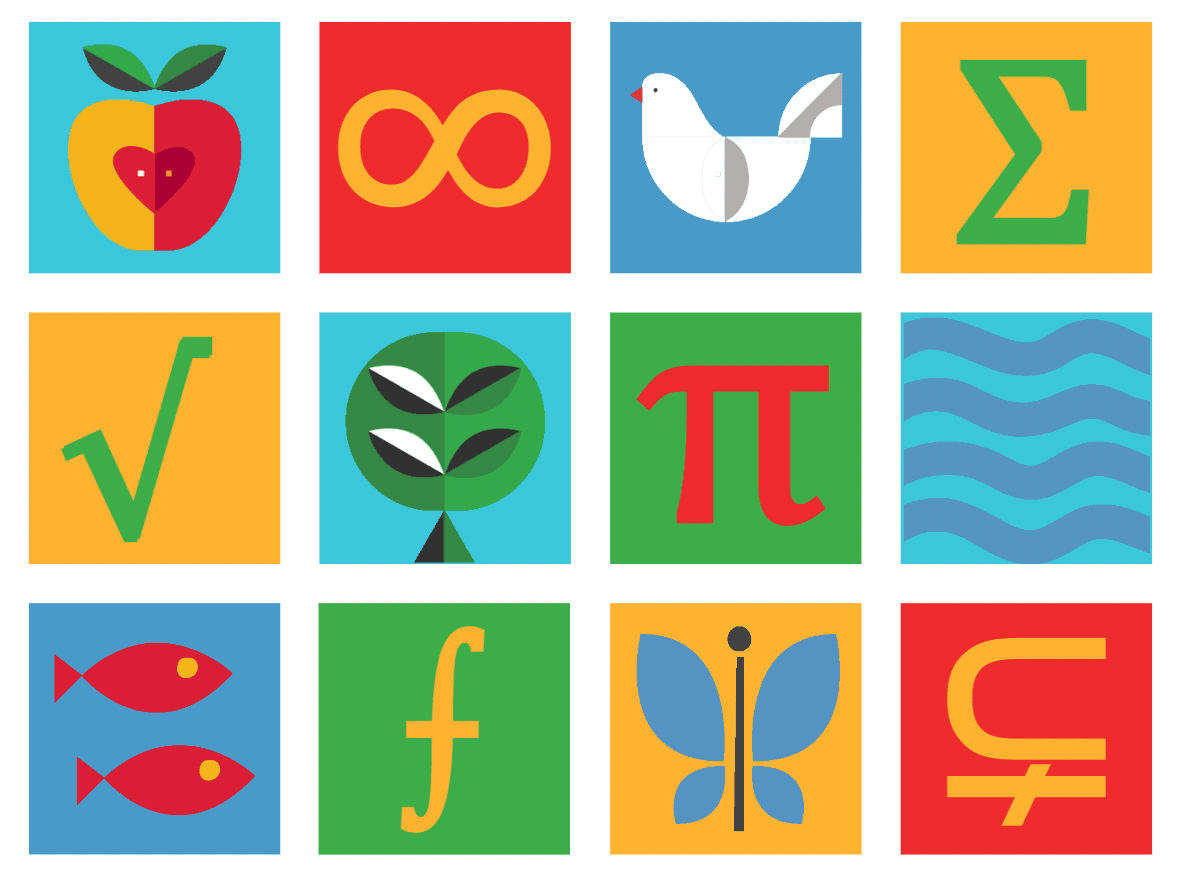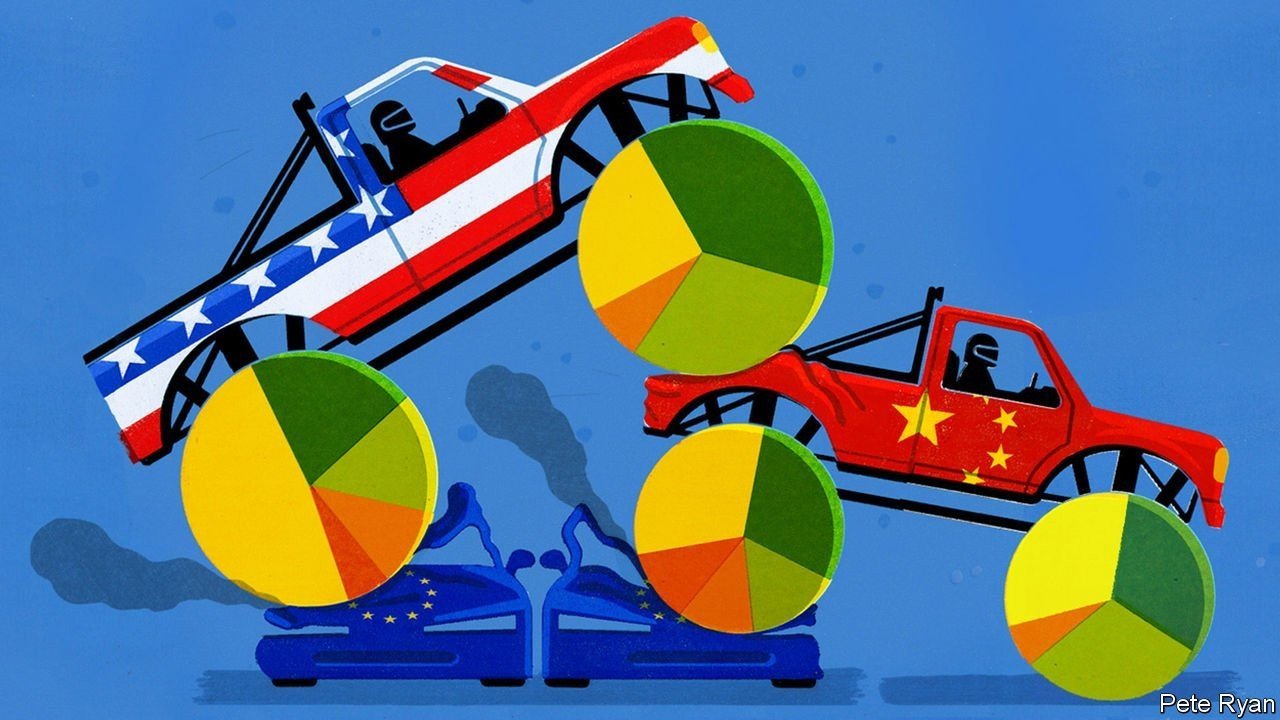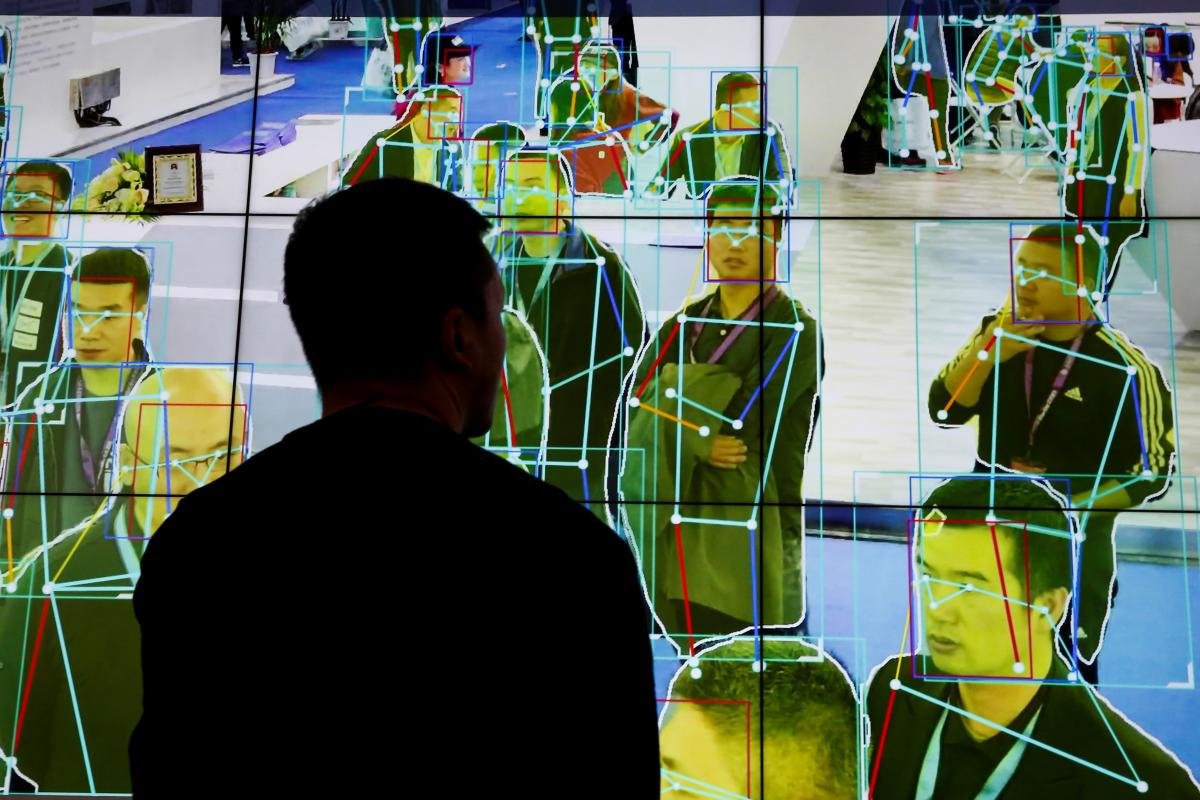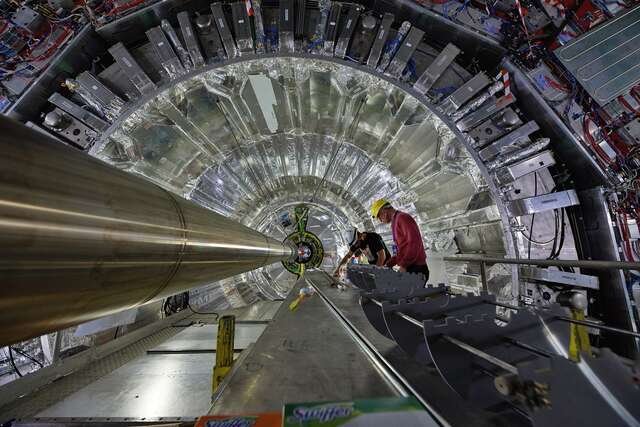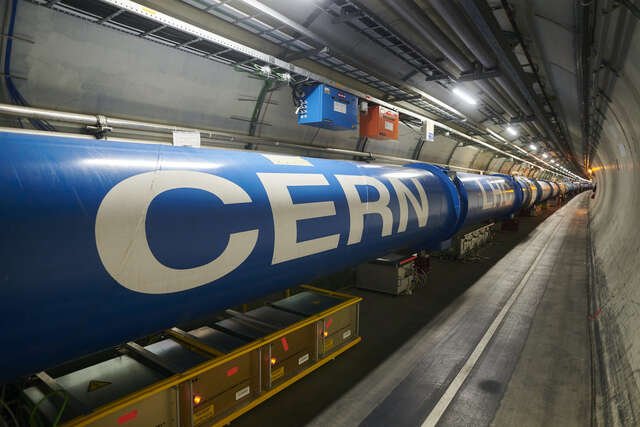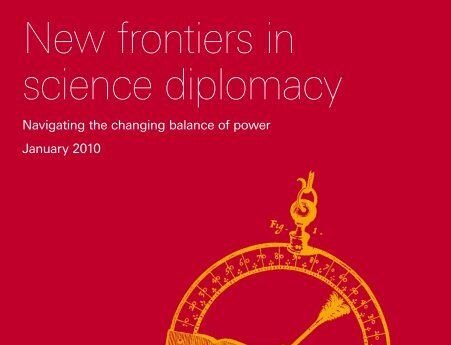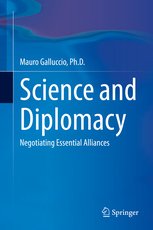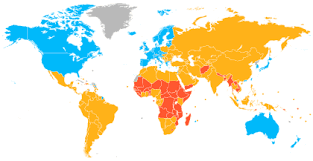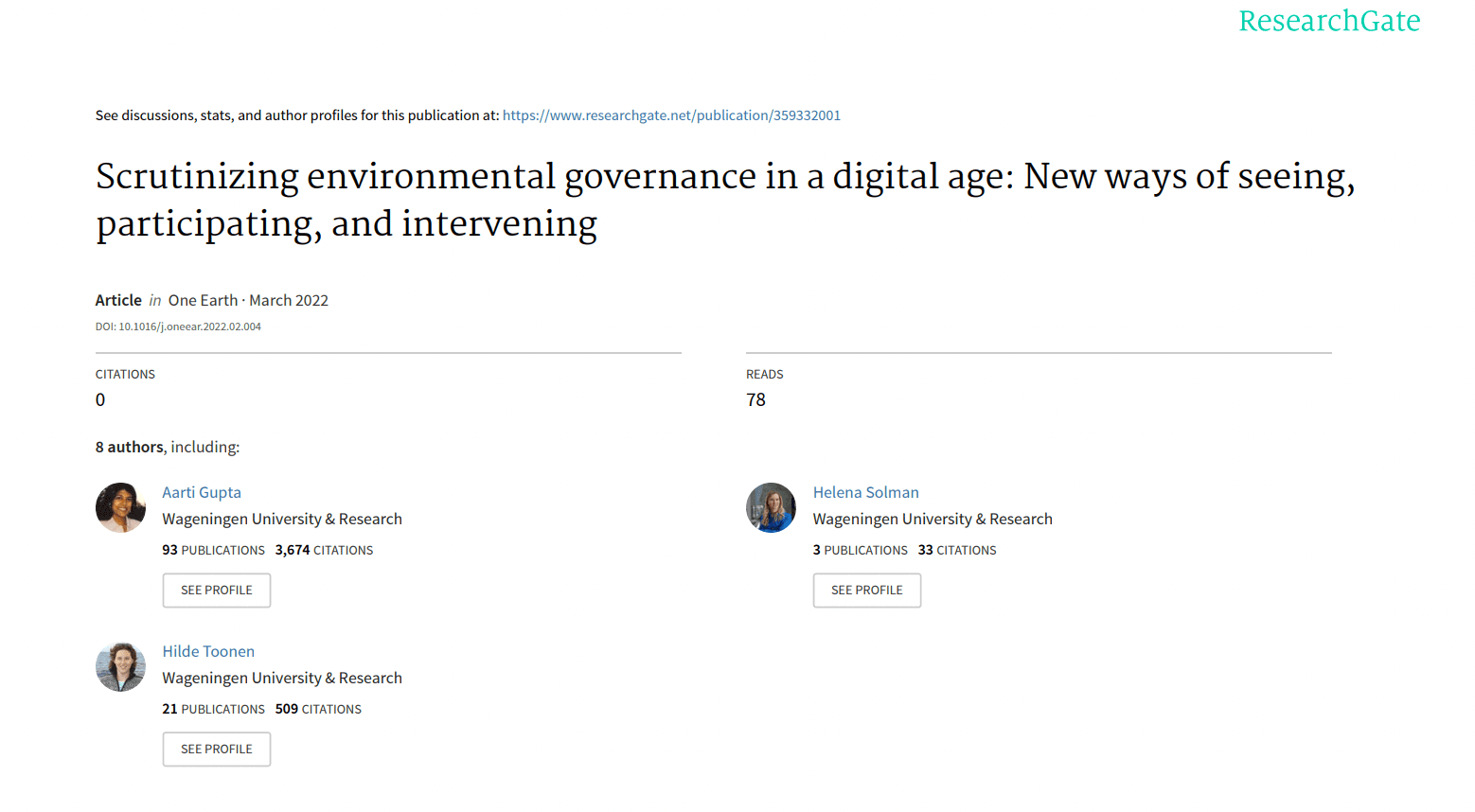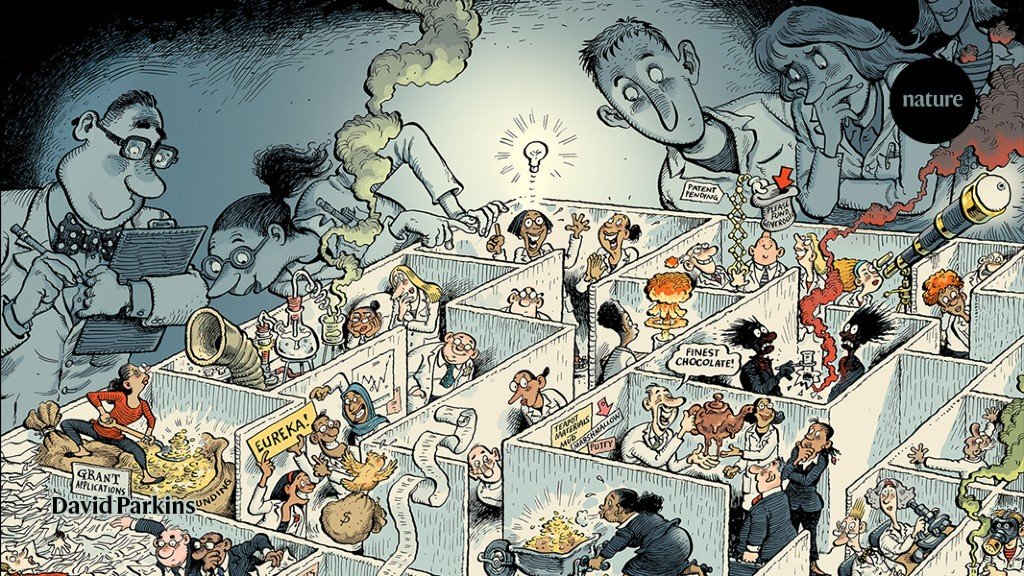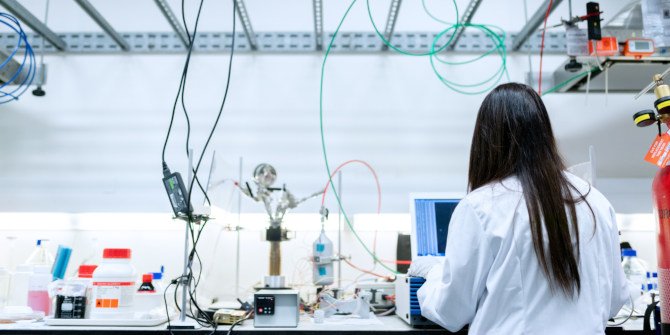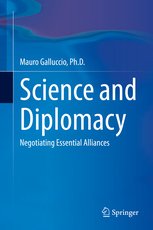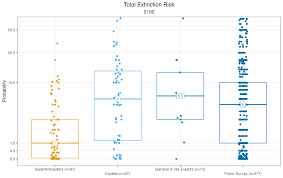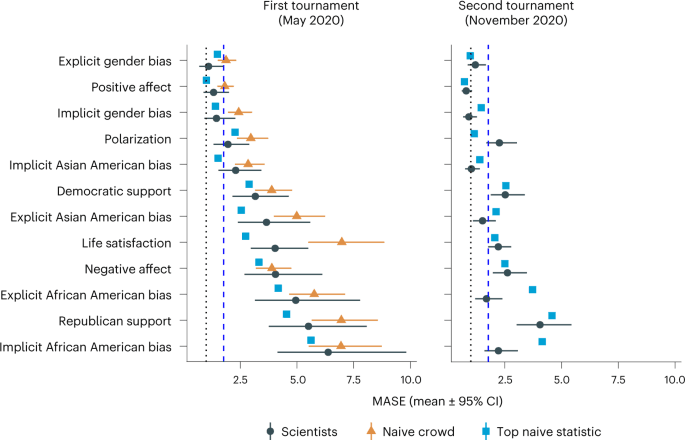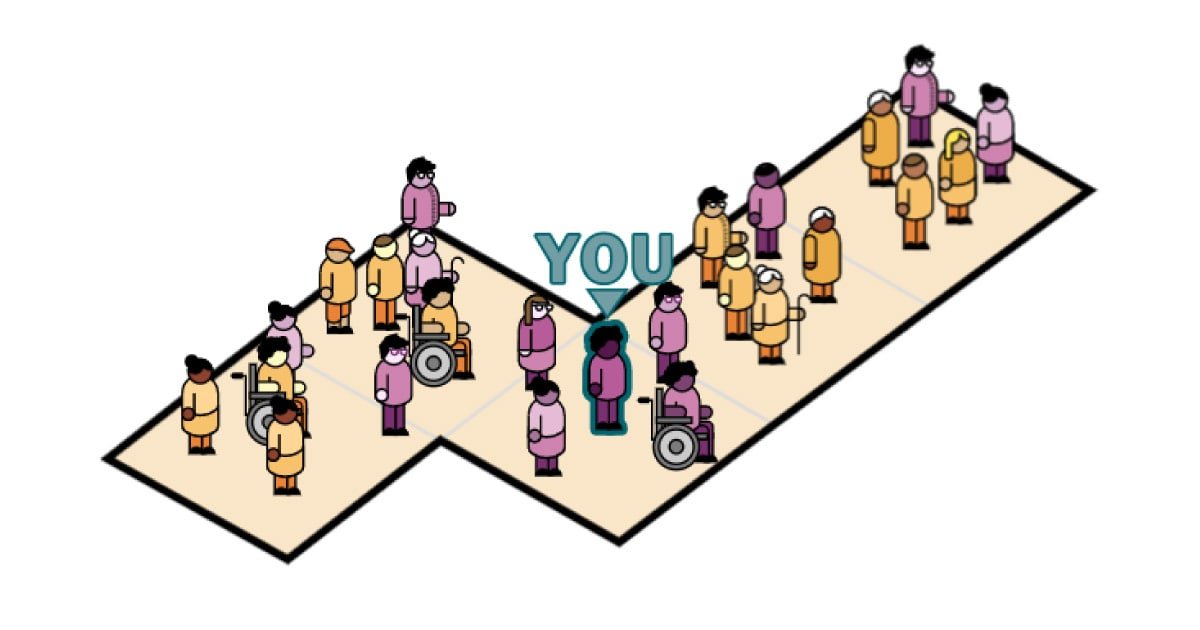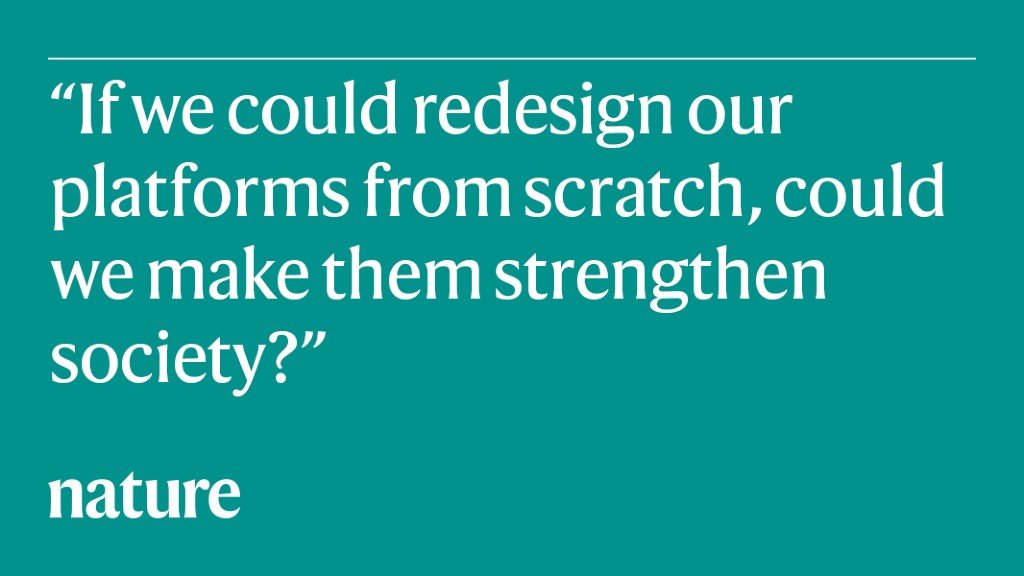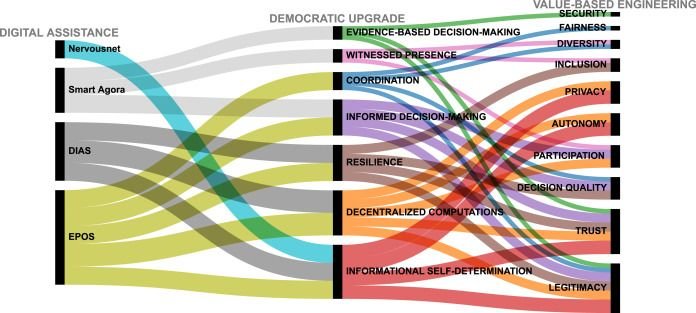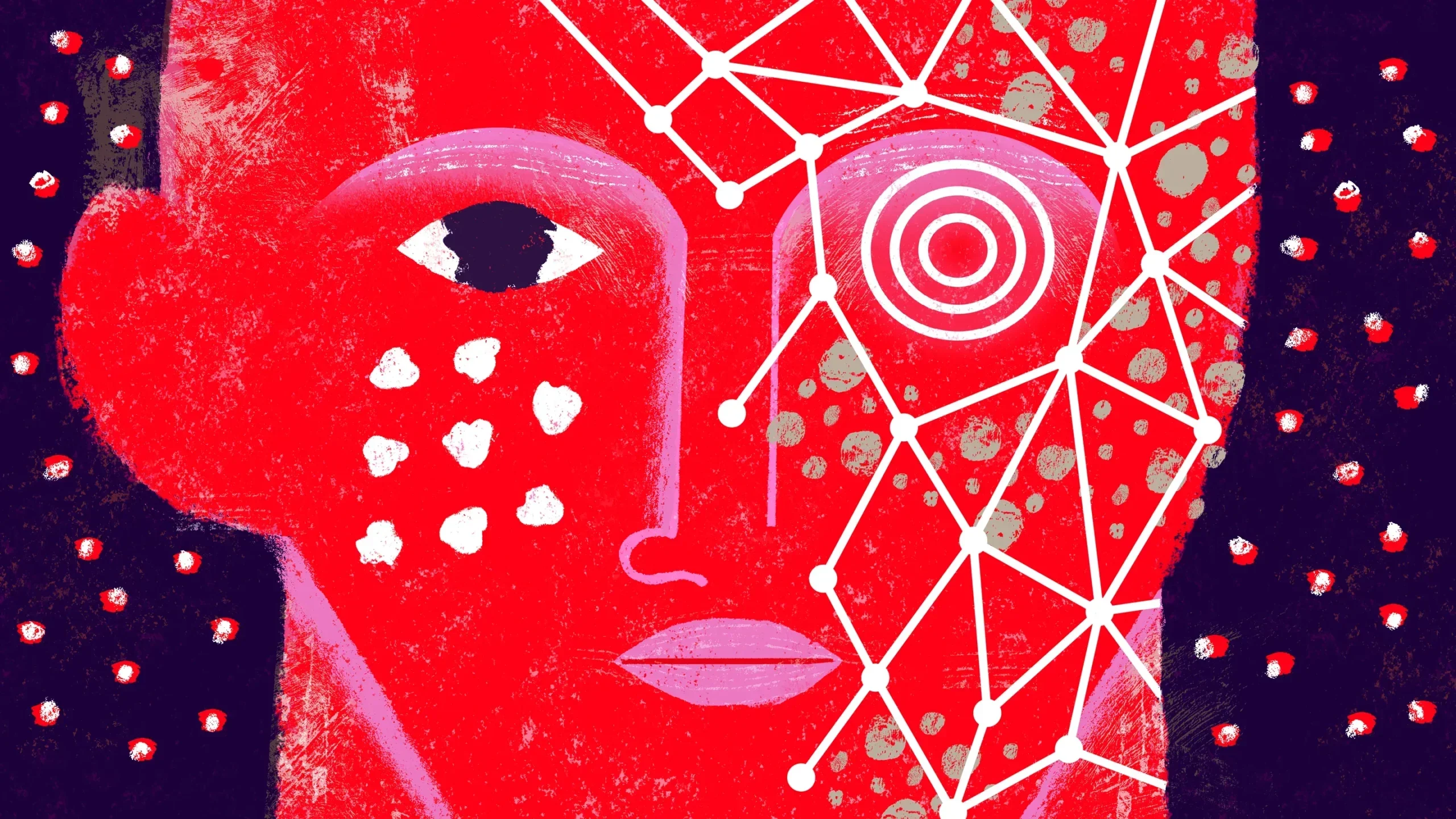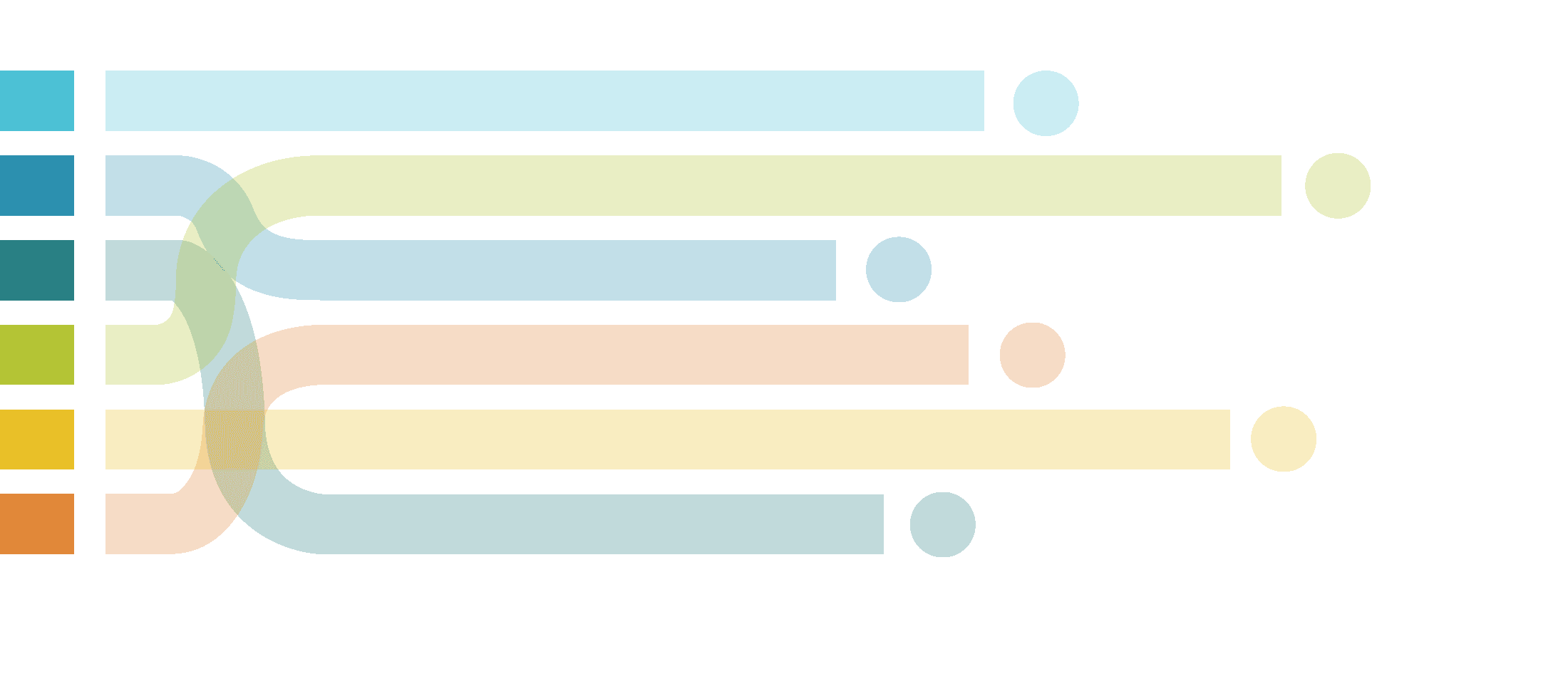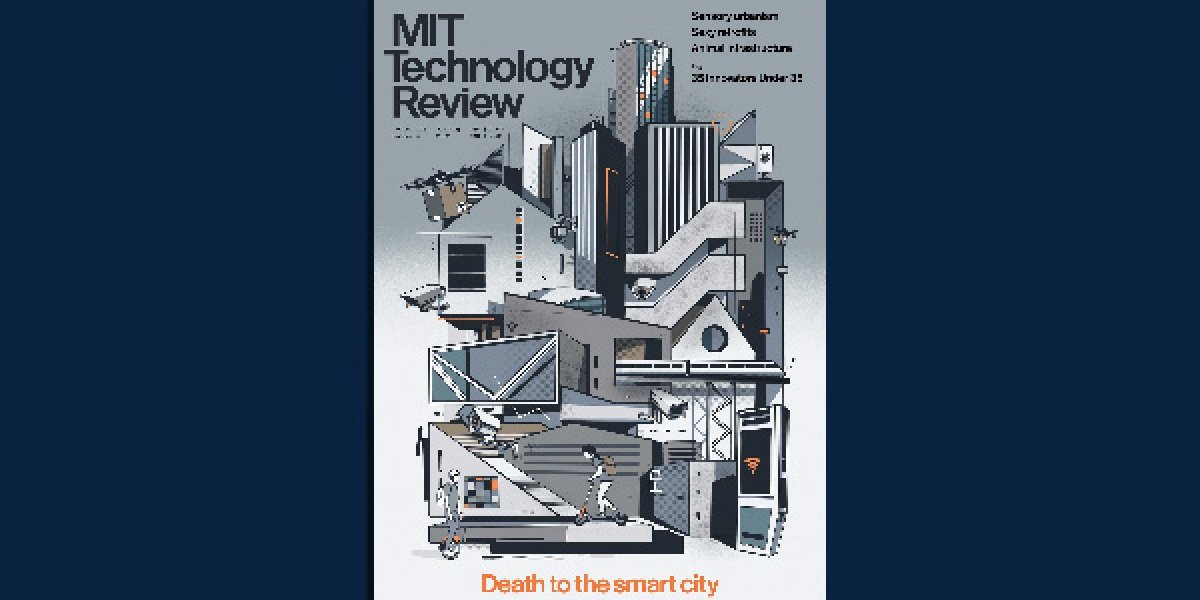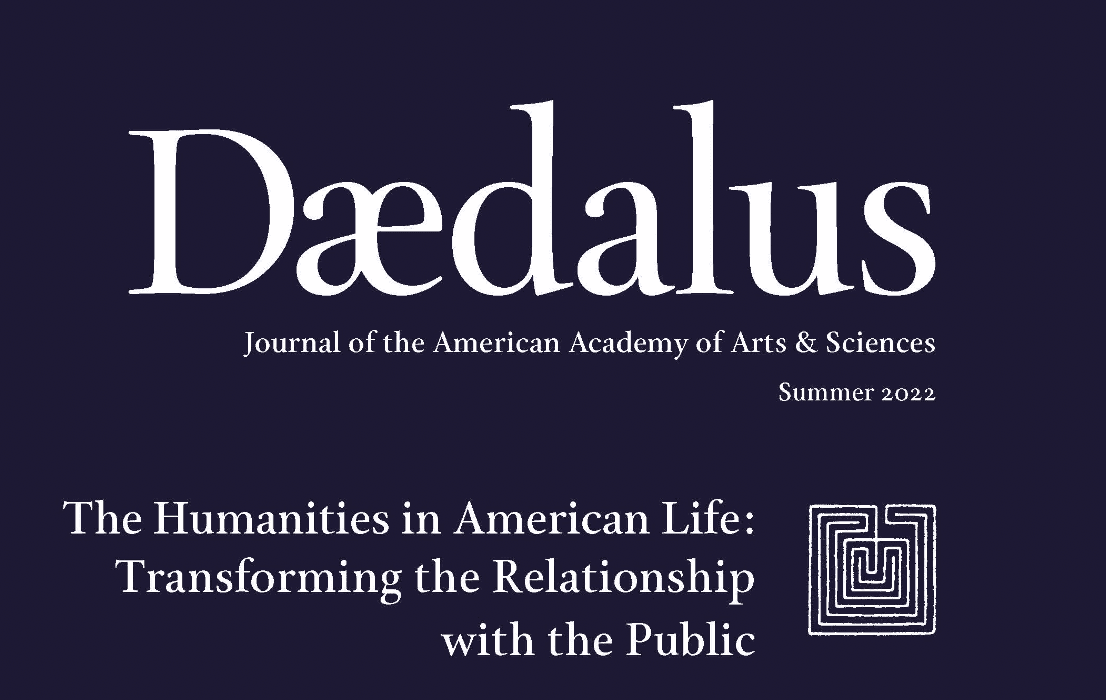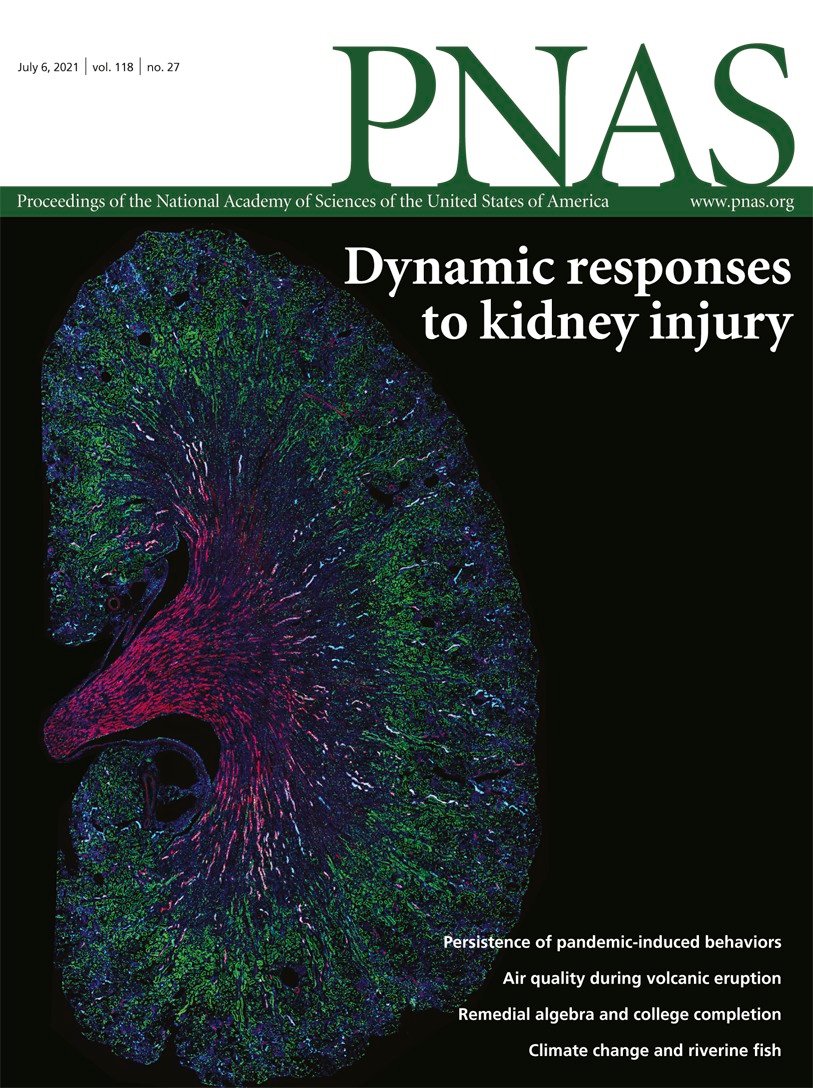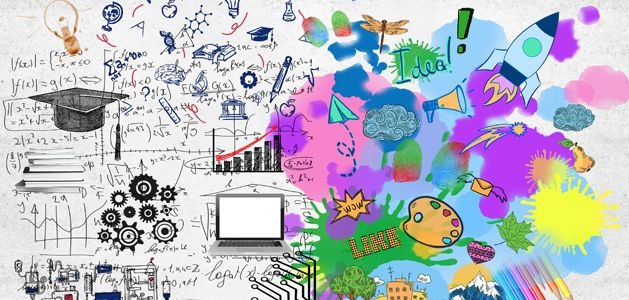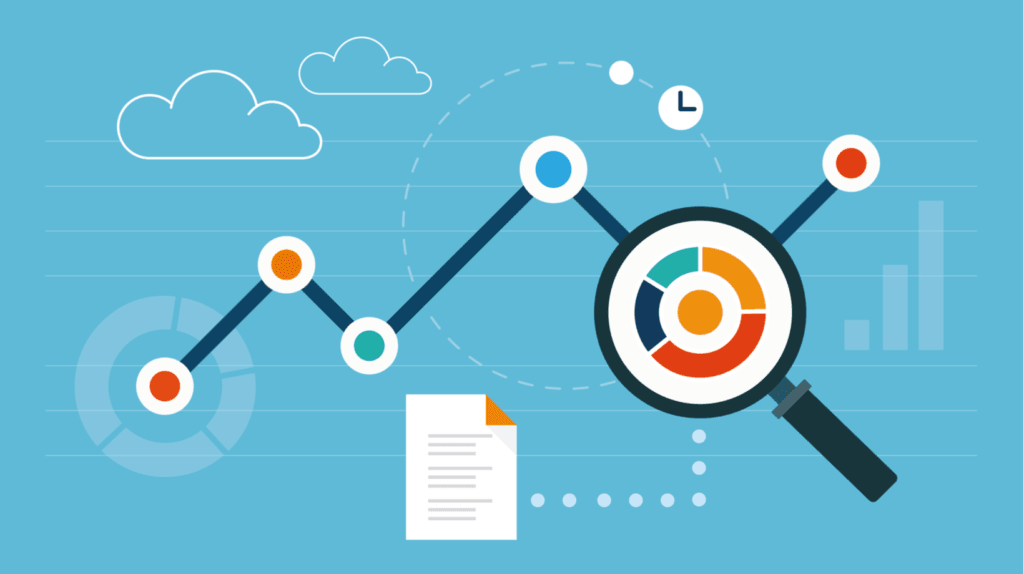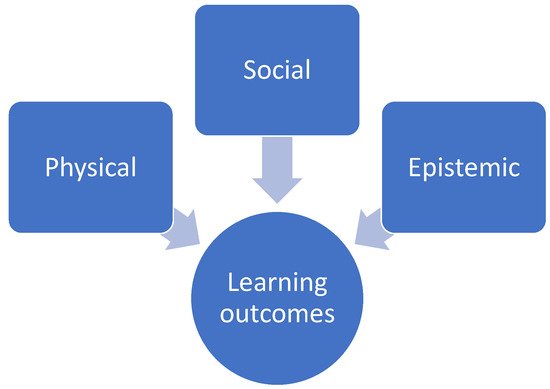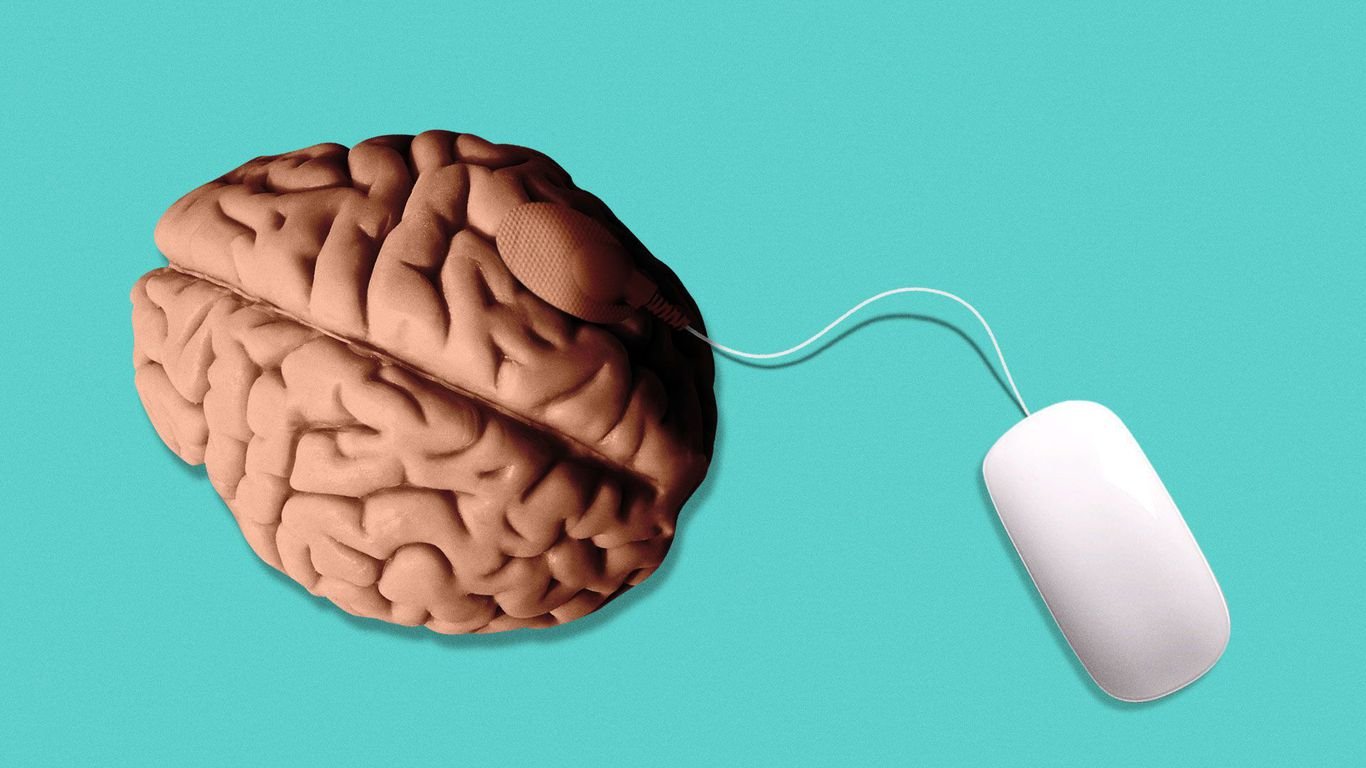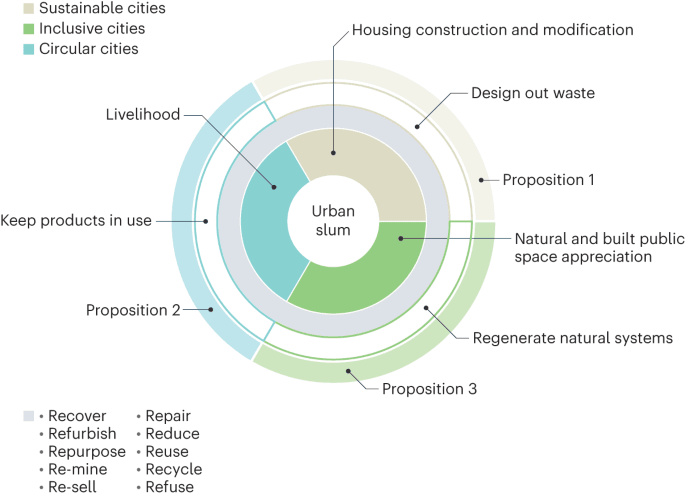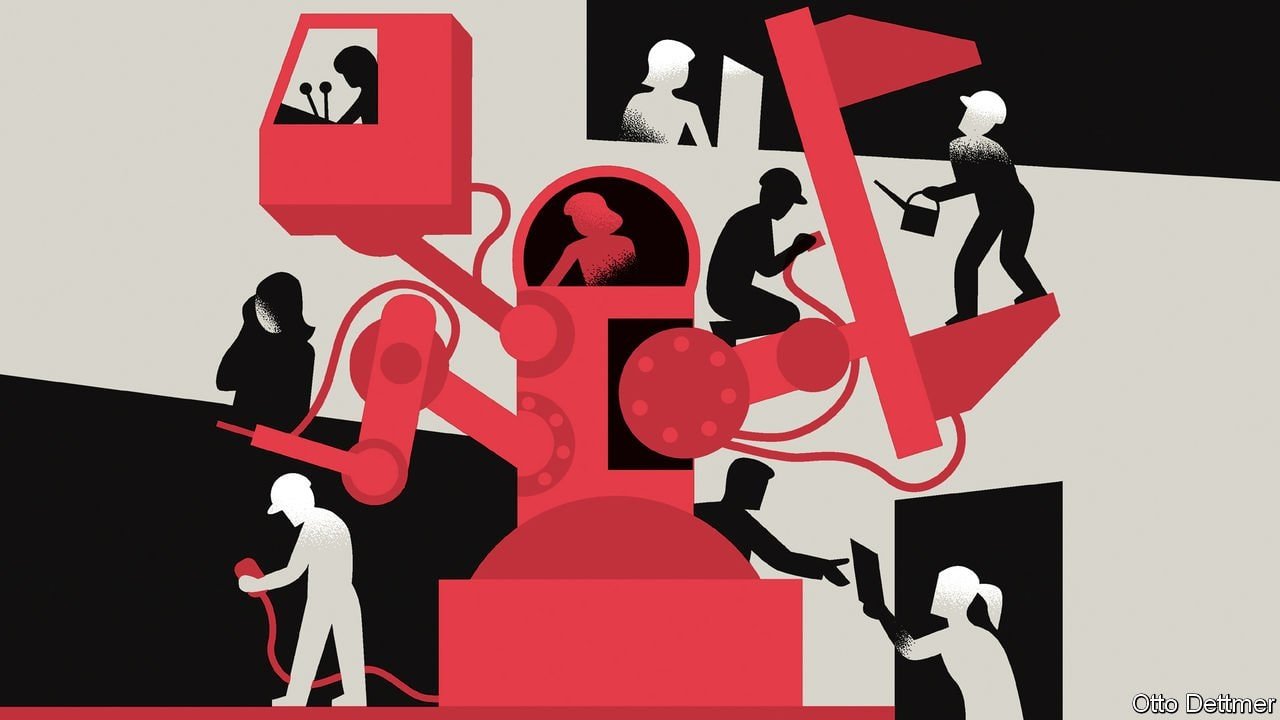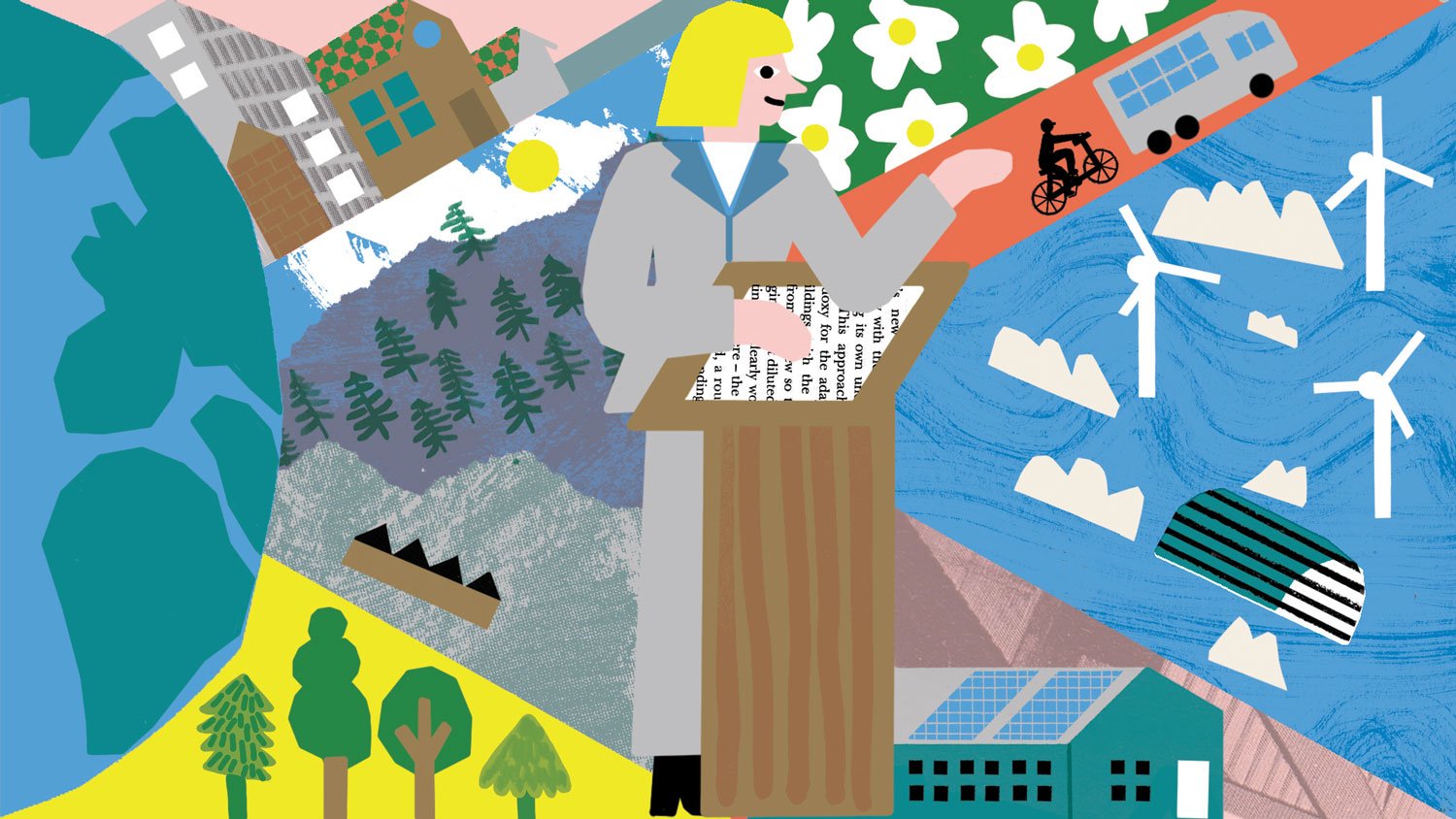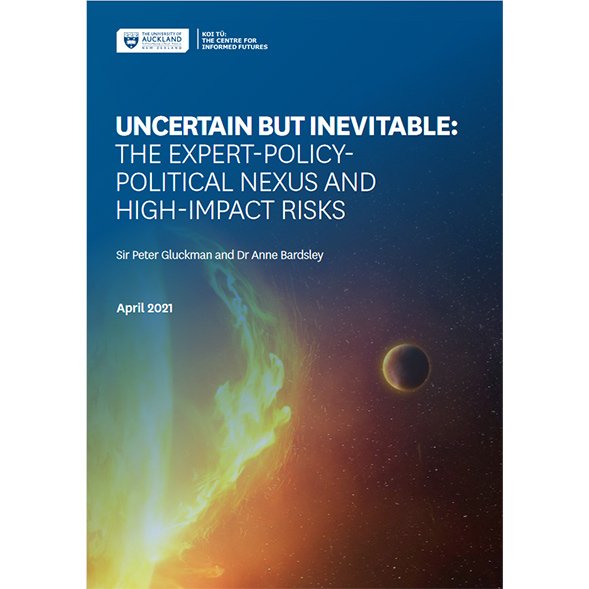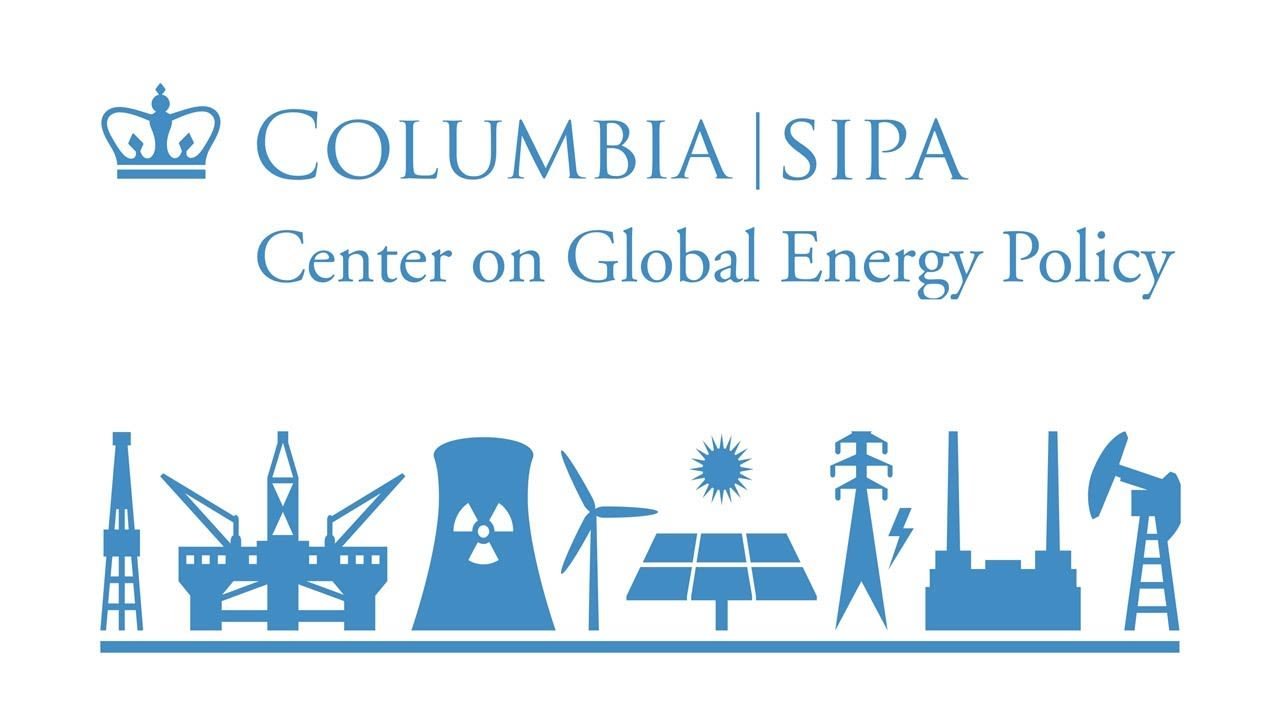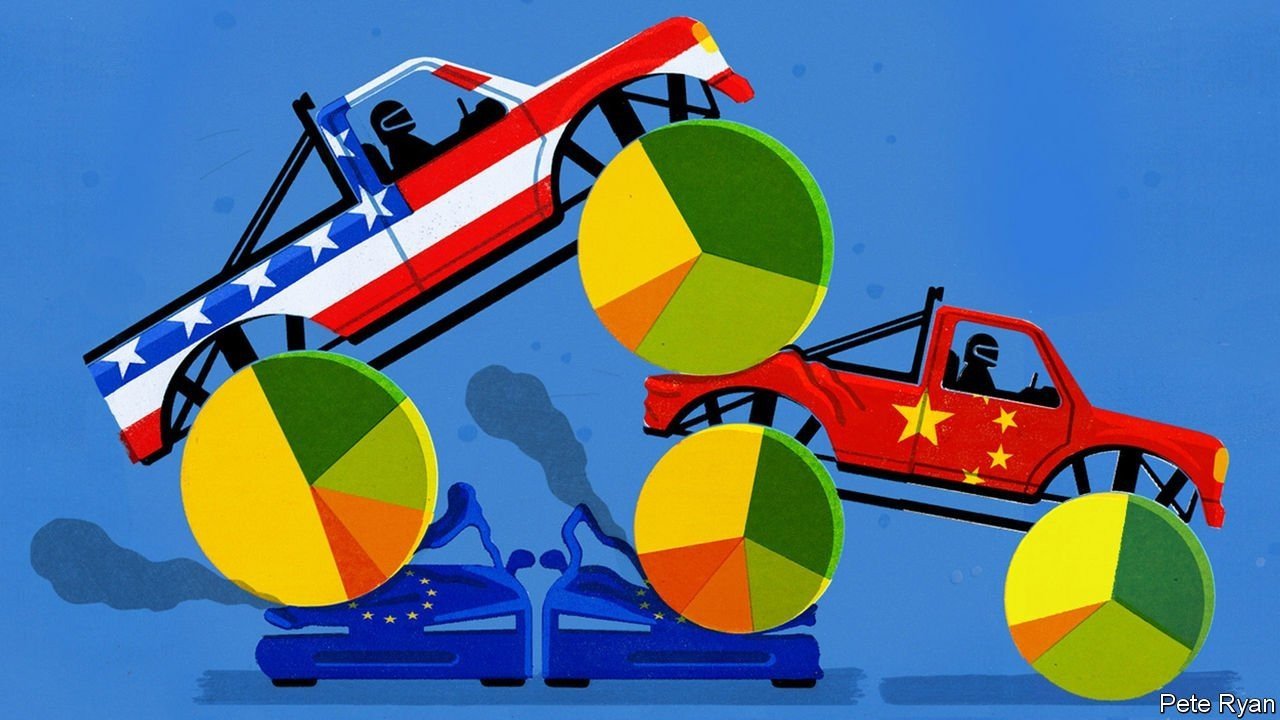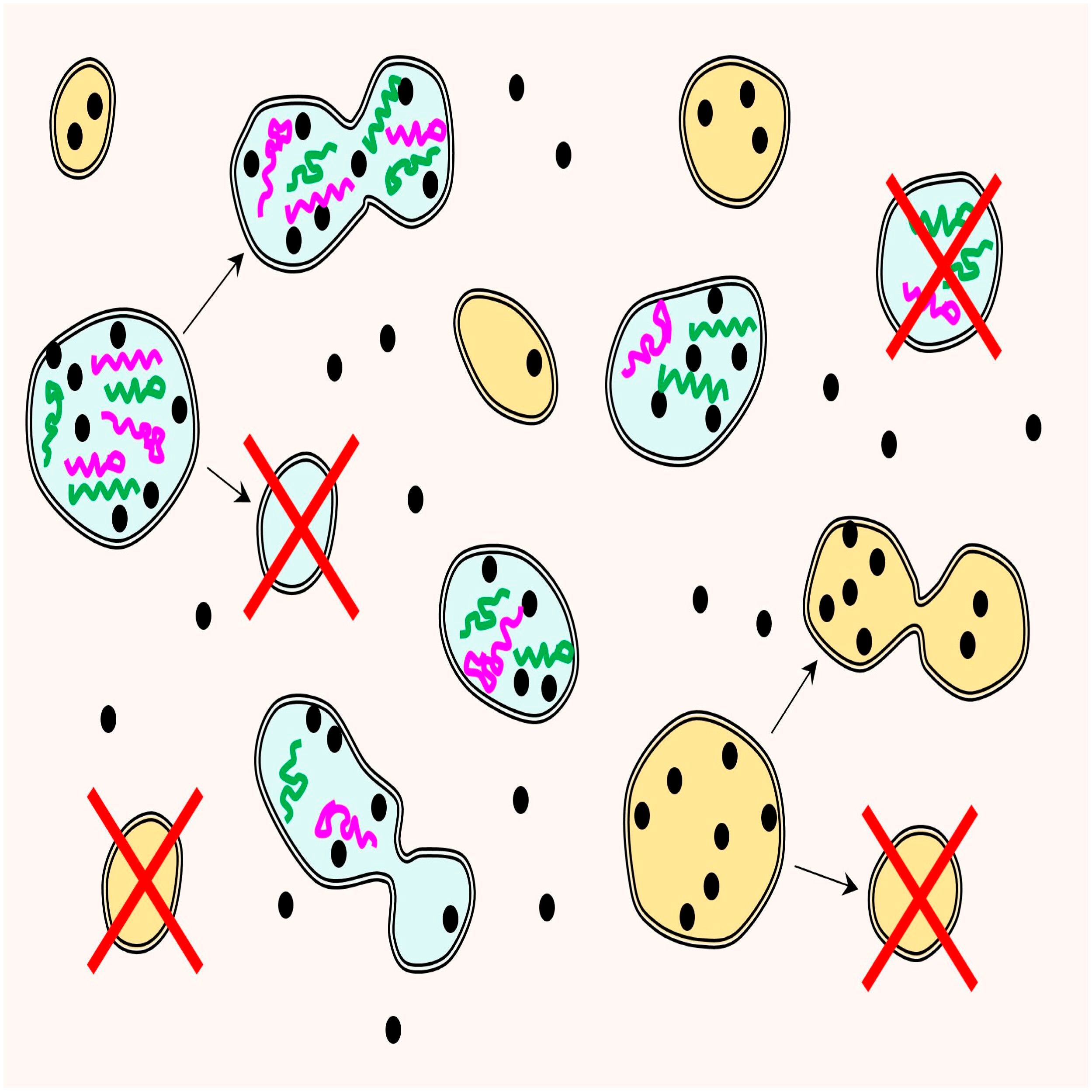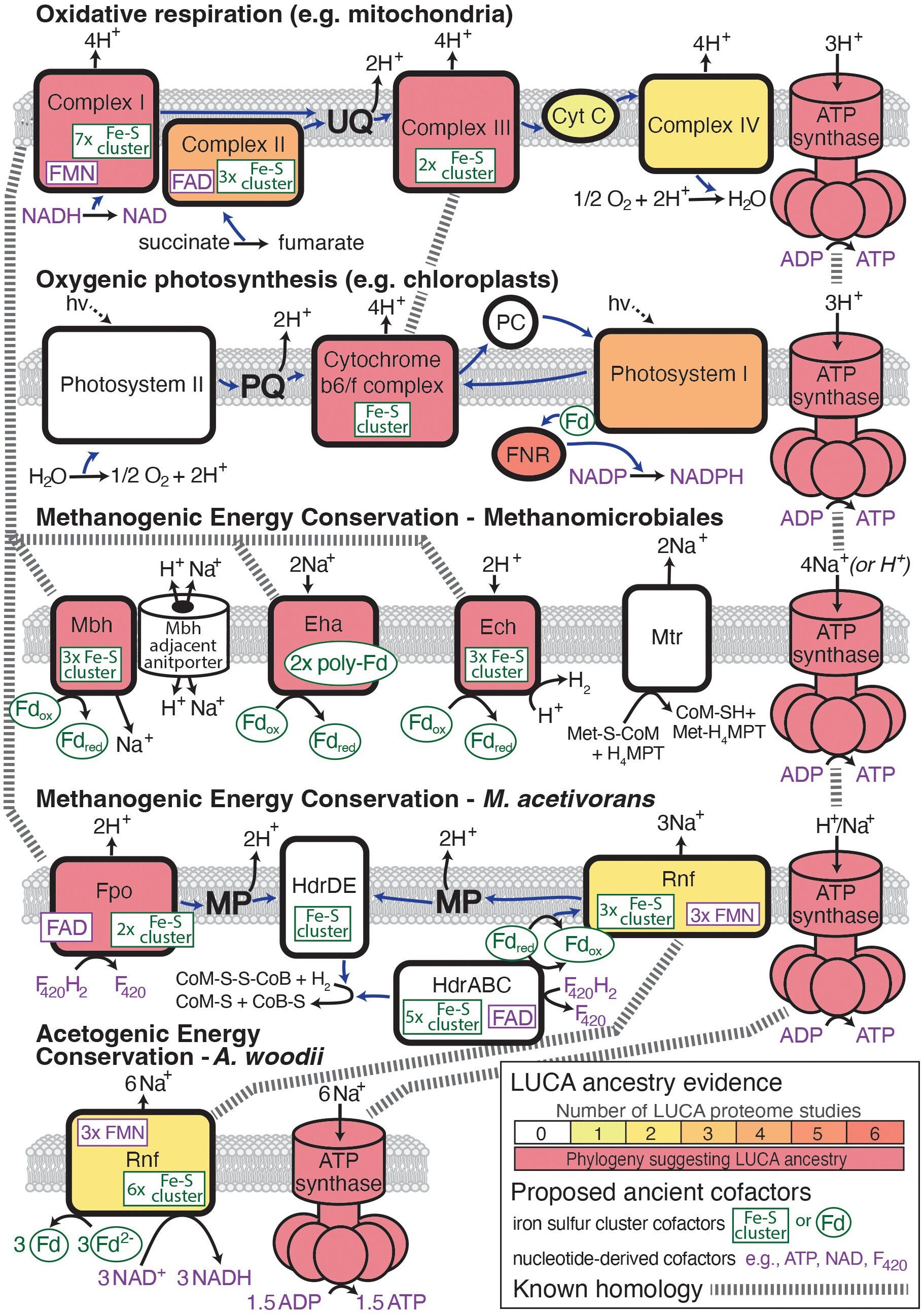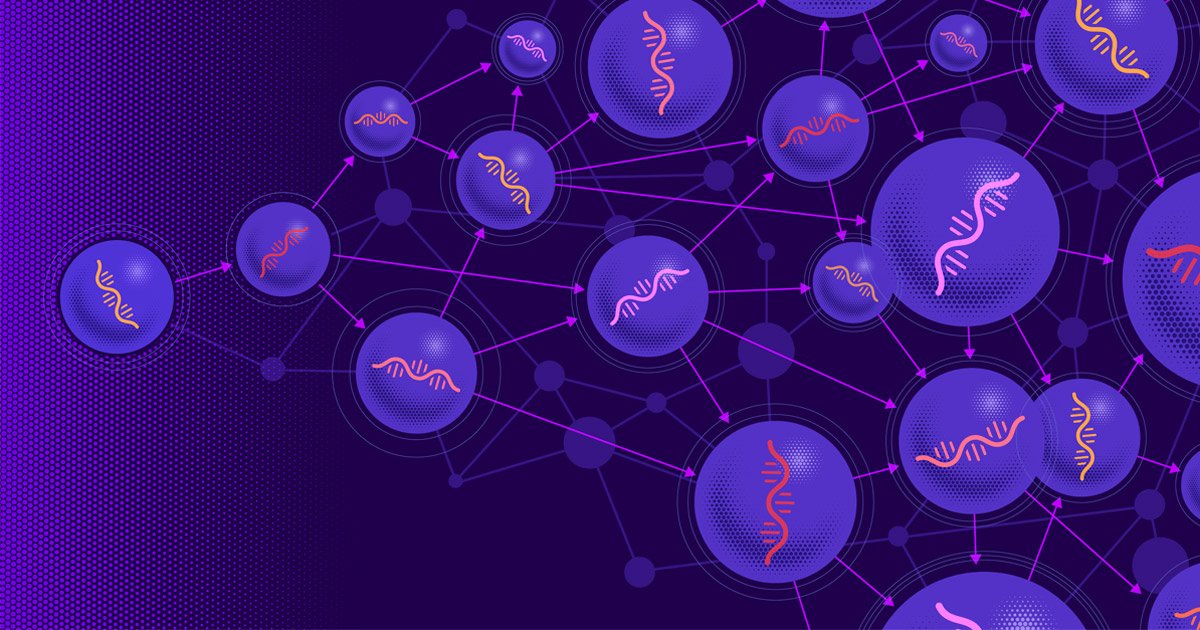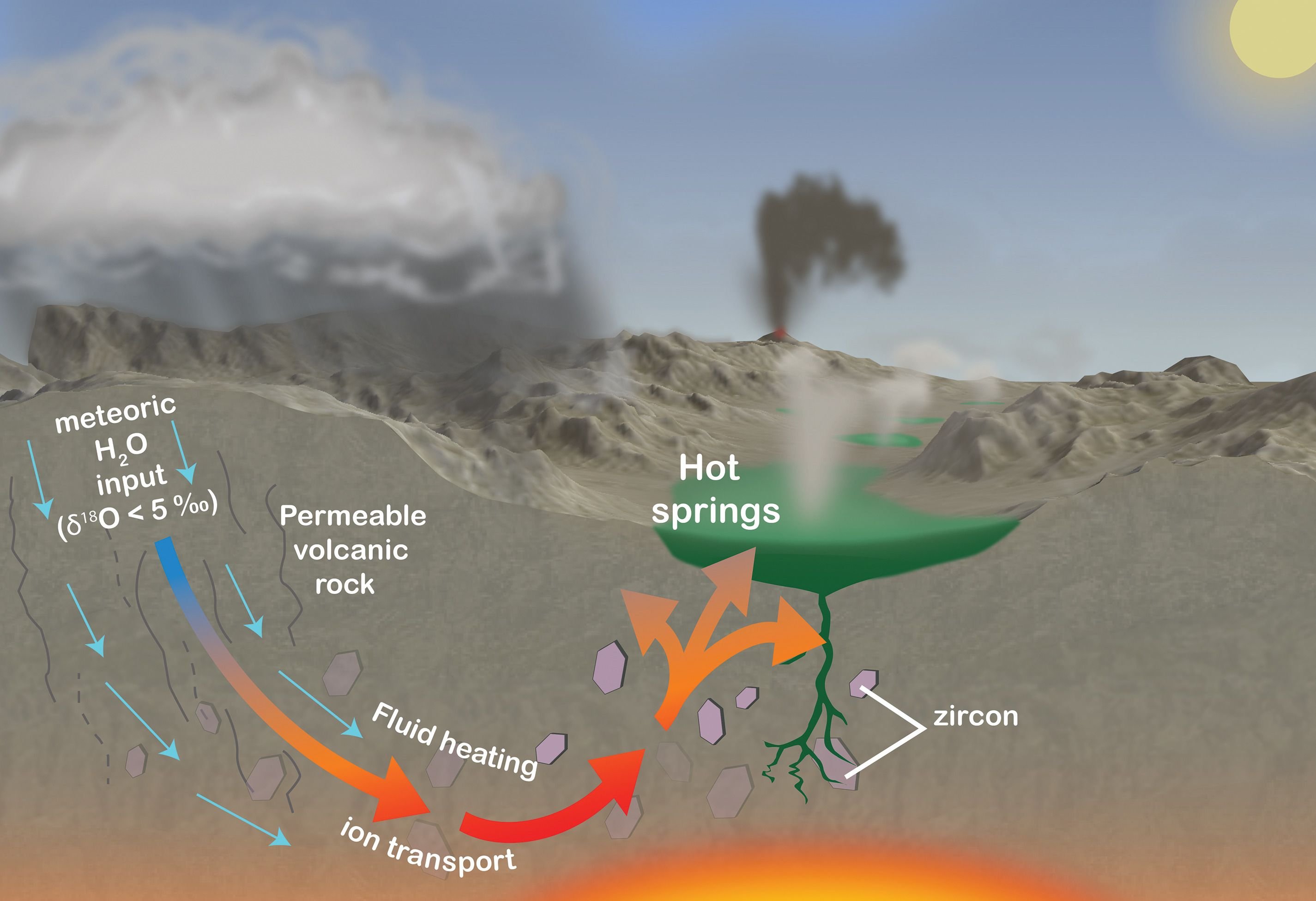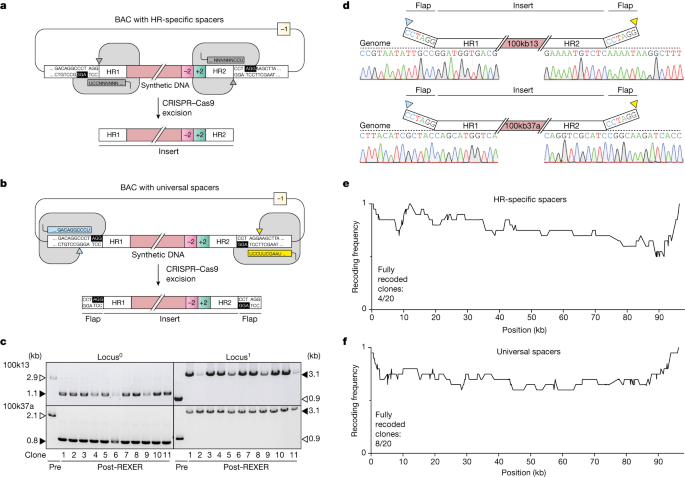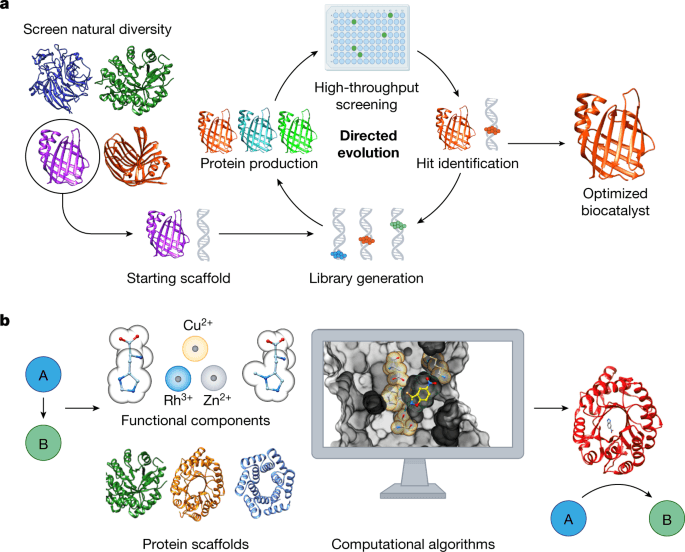ArticlePublished:1st Jan 2018We survey eight research areas organized around one question: As learning systems become increasingly intelligent and autonomous, what design principles can best ensure that their behavior is aligned with the interests of the operators? We focus on two major technical obstacles to AI alignment: the … ArticlePublished:26th Sep 2023A snapshot of what happened this past year in AI research, education, policy, hiring, and more. ArticlePublished:27th Jun 2022How could machines learn as efficiently as humans and animals; learn to reason and plan; learn representations of percepts and action plans at multiple levels of abstraction, enabling them to reason, predict, and plan at multiple time horizons? ArticlePublished:7th Aug 2021The development of Artificial General Intelligence (AGI) promises to be a major event. Along with its many potential benefits, it also raises serious safety concerns (Bostrom, 2014). The intention of this paper is to provide an easily accessible and up-to-date collection of references for the emerging field of AGI safety. A significant number of safety problems for AGI have been identified. We list these, and survey recent research on solving them. We also cover works on how best to think of AGI from the limited knowledge we have today, predictions for when AGI will first be created, and what will happen after its creation. Finally, we review the current public policy on AGI. ArticlePublished:25th Jun 2021Humans have struggled to make truly intelligent machines. Maybe we need to let them get on with it themselves. ArticlePublished:3rd Nov 2020Thirty years ago, Hinton’s belief in neural networks was contrarian. Now it’s hard to find anyone who disagrees, he says. ArticlePublished:23rd Aug 2023A low-power chip that runs AI models using analog rather than digital computation shows comparable accuracy on speech-recognition tasks but is more than 14 times as energy efficient. ArticlePublished:19th Apr 2022This story is the introduction to MIT Technology Review’s series on AI colonialism, which was supported by the MIT Knight Science Journalism Fellowship Program and the Pulitzer Center. An investigation into how AI is enriching a powerful few. ArticlePublished:1st Mar 2022This year’s report shows that AI systems are starting to be deployed widely into the economy, but at the same time they are being deployed, the ethical issues associated with AI are becoming magnified. 103% more money was invested in the private investment of AI and AI-related startups in 2021 than in 2020 ($96.5 billion versus $46 billion). ArticlePublished:4th May 2021As described in a AAAS report released today, “the COVID-19 pandemic provided … a unique opportunity to prove that AI could be harnessed for the benefit of all humanity, and AI developers seized the moment.” ArticlePublished:16th Jun 2021A majority worries that the evolution of artificial intelligence by 2030 will continue to be primarily focused on optimizing profits and social control. Still, a portion celebrate coming AI breakthroughs that will improve life. ArticlePublished:28th Apr 2022Shobita Parthasarathy warns that software designed to summarize, translate and write like humans might exacerbate distrust in science. ArticlePublished:17th Feb 2022In the quest to make artificial intelligence that can reason and apply knowledge flexibly, many researchers are focused on fresh insights from neuroscience. Should they be looking to psychology too? ArticlePublished:27th Jun 2022The viral image generation app is good, absurd fun. It’s also giving the world an education in how artificial intelligence may warp reality. ArticlePublished:7th Aug 2021Is AI finally closing in on human intelligence? // 12.11.2020, Financial Times ArticlePublished:15th Jul 2020Physicist Max Tegmark wants to make artificial intelligence work for everyone. Here he waxes lyrical about cosmology, consciousness and why AI is like fire ArticlePublished:15th Mar 2023Current advances in Artificial Intelligence (AI) and Machine Learning have achieved unprecedented impact across research communities and industry. Nevertheless, concerns around trust, safety, interpretability and accountability of AI were raised by influential thinkers. Many identified the need for… ArticlePublished:24th Aug 2020The National Institute of Standards and Technology has issue a set of draft principles for “explainable” artificial intelligence and is accepting… ArticlePublished:22nd Sep 2022The future of artificial intelligence is neither utopian nor dystopian—it’s something much more interesting. ArticlePublished:22nd Jun 2022An international team of around 1,000 largely academic volunteers has tried to break big tech’s stranglehold on natural-language processing and reduce its harms. ArticlePublished:23rd Dec 2020For the first time, the organizers of NeurIPS required speakers to consider the societal impact of their work. ArticlePublished:7th Apr 2022Physicist Maria Schuld on implementing machine-learning systems on quantum computers. Kit Chapman explains how technologies developed to make racing cars faster and safer could help us combat climate change. ArticlePublished:7th Aug 2021Success in the quest for artificial intelligence has the potential to bring unprecedented benefits to humanity, and it is therefore worthwhile to inves- tigate how to maximize these benefits while avoiding potential pitfalls. This article gives numerous examples (which should by no means be construed as an exhaustive list) of such worthwhile research aimed at ensuring that AI remains robust and beneficial. ArticlePublished:7th Aug 2021This book on artificial intelligence covers multidisciplinary research, examines current research frontiers in AI/robotics, and likely impacts on societal well-being, human-robot relationships, as well as the opportunities and risks for sustainable development and peace.... ArticlePublished:7th Aug 2021The report captures key takeaways from various roundtable conversations, identifies the challenges and opportunities that different regions of the world face when dealing with emerging technologies, and evaluates China’s role as a global citizen. In times of economic decoupling and rising geopolitical bipolarity, it highlights opportunities for smart partnerships, describes how data and AI applications can be harnessed for good, and develops scenarios on where an AI-powered world might be headed. ArticlePublished:14th Sep 2022Deep neural networks are increasingly helping to design microchips, predict how proteins fold, and outperform people at complex games. However, new research suggests there are limitations to deep neural networks can and cannot do ArticlePublished:28th Jun 2019The State of AI Report analyses the most interesting developments in AI. Read and download here. ArticlePublished:14th Feb 2020Recent research in artificial intelligence and machine learning has largely emphasized general-purpose learning and ever-larger training sets and more and more compute. In contrast, I propose a hybrid, knowledge-driven, reasoning-based approach, centered around cognitive models, that could provide t… ArticlePublished:5th Nov 2020Five years from now, the field of AI will look very different than it does today. ArticlePublished:19th Feb 2021Five years from now, the field of AI will look very different than it does today. ArticlePublished:1st Dec 2020Scientists today have completely different ideas of what machines can learn to do than we had only 10 y ago. In image processing, speech and video processing, machine vision, natural language processing, and classic two-player games, in particular, the state-of-the-art has been rapidly pushed forwa… ArticlePublished:2nd Jun 2022Artificial intelligence approaches inspired by human cognitive function have usually single learned ability. The authors propose a multimodal foundation model that demonstrates the cross-domain learning and adaptation for broad range of downstream cognitive tasks. ArticlePublished:1st Mar 2023 The report highlights some of our most interesting observations, sketches connections and patterns, and asks what these might mean for the future of development. ArticlePublished:7th Aug 2021Since its beginning in the 1950s, the field of artificial intelligence has cycled several times between periods of optimistic predictions and massive investment (“AI spring”) and periods of disappointment, loss of confi- dence, and reduced funding (“AI winter”). Even with today’s seemingly fast pace of AI breakthroughs, the development of long-promised technologies such as self-driving cars, housekeeping robots, and conversational companions has turned out to be much harder than many people expected. One reason for these repeating cycles is our limited understanding of the nature and complexity of intelligence itself. In this paper I describe four fallacies in common assumptions made by AI researchers, which can lead to overconfident predictions about the field. I conclude by discussing the open questions spurred by these fallacies, including the age-old challenge of imbuing machines with humanlike common sense. | |||
1.1.1Deeper Machine Learning | |||
ArticlePublished:3rd Nov 2020Thirty years ago, Hinton’s belief in neural networks was contrarian. Now it’s hard to find anyone who disagrees, he says. ArticlePublished:1st Mar 2022This year’s report shows that AI systems are starting to be deployed widely into the economy, but at the same time they are being deployed, the ethical issues associated with AI are becoming magnified. 103% more money was invested in the private investment of AI and AI-related startups in 2021 than in 2020 ($96.5 billion versus $46 billion). ArticlePublished:7th Oct 2020Machine learning is helping biologists solve hard problems, including designing effective synthetic biology tools. Two teams from the Wyss Institute and MIT have created a set of algorithms that can effectively predict the efficacy of thousands of RNA-based sensors called toehold switches, allowing … ArticlePublished:27th Jun 2022The viral image generation app is good, absurd fun. It’s also giving the world an education in how artificial intelligence may warp reality. ArticlePublished:22nd Jun 2022Better data and new statistical techniques could enable researchers to measure the form of inequality that seems most harmful to society — inequality of opportunity. ArticlePublished:22nd Jun 2022An international team of around 1,000 largely academic volunteers has tried to break big tech’s stranglehold on natural-language processing and reduce its harms. ArticlePublished:14th Sep 2022Deep neural networks are increasingly helping to design microchips, predict how proteins fold, and outperform people at complex games. However, new research suggests there are limitations to deep neural networks can and cannot do ArticlePublished:1st Dec 2020Scientists today have completely different ideas of what machines can learn to do than we had only 10 y ago. In image processing, speech and video processing, machine vision, natural language processing, and classic two-player games, in particular, the state-of-the-art has been rapidly pushed forwa… | |||
1.1.2Multimodal AI | |||
ArticlePublished:27th Jun 2022How could machines learn as efficiently as humans and animals; learn to reason and plan; learn representations of percepts and action plans at multiple levels of abstraction, enabling them to reason, predict, and plan at multiple time horizons? ArticlePublished:19th Apr 2022This story is the introduction to MIT Technology Review’s series on AI colonialism, which was supported by the MIT Knight Science Journalism Fellowship Program and the Pulitzer Center. An investigation into how AI is enriching a powerful few. ArticlePublished:28th Apr 2022Shobita Parthasarathy warns that software designed to summarize, translate and write like humans might exacerbate distrust in science. ArticlePublished:17th Feb 2022In the quest to make artificial intelligence that can reason and apply knowledge flexibly, many researchers are focused on fresh insights from neuroscience. Should they be looking to psychology too? ArticlePublished:27th Jun 2021InsideAI Weekend Commentary: The Problem Investing In AI BIas Solutions ArticlePublished:14th Feb 2020Recent research in artificial intelligence and machine learning has largely emphasized general-purpose learning and ever-larger training sets and more and more compute. In contrast, I propose a hybrid, knowledge-driven, reasoning-based approach, centered around cognitive models, that could provide t… ArticlePublished:24th Jun 2021Teaching robots to understand “why” could help them transfer their knowledge to other environments | |||
1.1.3 Intelligent devices | |||
ArticlePublished:1st Jan 2018We survey eight research areas organized around one question: As learning systems become increasingly intelligent and autonomous, what design principles can best ensure that their behavior is aligned with the interests of the operators? We focus on two major technical obstacles to AI alignment: the … ArticlePublished:18th Jun 2021Computer scientists are questioning whether DeepMind will ever be able to make machines with the kind of “general” intelligence seen in humans and animals. ArticlePublished:22nd Sep 2022The future of artificial intelligence is neither utopian nor dystopian—it’s something much more interesting. ArticlePublished:2nd Jun 2022Artificial intelligence approaches inspired by human cognitive function have usually single learned ability. The authors propose a multimodal foundation model that demonstrates the cross-domain learning and adaptation for broad range of downstream cognitive tasks. | |||
1.1.4Alternative AI | |||
ArticlePublished:7th Apr 2022Physicist Maria Schuld on implementing machine-learning systems on quantum computers. Kit Chapman explains how technologies developed to make racing cars faster and safer could help us combat climate change. ArticlePublished:21st May 2021Hundreds of scientists around the world are working together to understand one of the most powerful emerging technologies before it’s too late. | |||
ArticlePublished:26th Sep 2023ArticlePublished:25th May 2022Scientists have improved their ability to send quantum information across distant computers — and have taken another step toward the network of the future. ArticlePublished:4th Jun 2022Quantum computing is very susceptible to noise and disruptive influences in the environment. This makes quantum computers “noisy,” since quantum bits, or qubits, lose information when they go out of sync, a process known as decoherence. ArticlePublished:8th May 2021A quantum-powered future is an increasingly likely scenario. ArticlePublished:17th Nov 2020Trapped-ion systems are gaining momentum in the quest to make a commercial quantum computer. ArticlePublished:1st Jun 2022In this podcast we speak to a molecular geneticist and a philosopher of science ArticlePublished:3rd Dec 2020Google trumpeted its quantum computer that outperformed a conventional supercomputer. A Chinese group says it’s done the same, with different technology. ArticlePublished:21st Sep 2022Scientists to develop a quantum computer dedicated to life sciences. Denmark's Novo Nordisk Foundation is to develop a practical quantum computer with applications ranging from creating new drugs to finding links between genes, environment and disease. ArticlePublished:2nd Jul 2023Quantum computers offer a new paradigm of computing with the potential to vastly outperform any imagineable classical computer. This has caused a gold rush towards new quantum algorithms and hardware. In light of the growing expectations and hype surrounding quantum computing we ask the question whi… ArticlePublished:10th Jan 2023Quantum computers promise to impact industrial applications, for which quantum chemical calculations are required, by virtue of their high accuracy. This perspective explores the challenges and opportunities of applying quantum computers to drug design, discusses where they could transform industria… ArticlePublished:4th May 2022President Biden will sign two Presidential directives that will advance national initiatives in quantum information science (QIS), signaling the Biden-Harris Administration’s commitment to this critical and emerging technology. ArticlePublished:7th Aug 2021The Economist offers authoritative insight and opinion on international news, politics, business, finance, science, technology and the connections between them. ArticlePublished:20th Apr 2022A programmable neutral-atom quantum computer based on a two-dimensional array of qubits led to the creation of 2–6-qubit Greenberger–Horne–Zeilinger states and showed the ability to execute quantum phase estimation and optimization algorithms. ArticlePublished:1st Jun 2022Gaussian boson sampling is performed on 216 squeezed modes entangled with three-dimensional connectivity5, using Borealis, registering events with up to 219 photons and a mean photon number of 125. ArticlePublished:9th Jun 2022The way we can tweak interactions between qubits in quantum computers means the machines could help us create novel structures with weird properties we have never seen in nature ArticlePublished:21st Apr 2022Experiments on how anaesthetics alter the behaviour of tiny structures found in brain cells bolster the controversial idea that quantum effects in the brain might explain consciousness ArticlePublished:14th Sep 2020Propelling the development of quantum technologies will require widespread literacy about quantum concepts, and a commitment to diversity as a source of competitive advantage. ArticlePublished:2nd May 2022Simulating a Quantum Future Quantum computers are anticipated to revolutionize the way researchers address complex computing problems. These computers are being developed to address major challenges in fundamental scientific fields such as quantum chemistry. ArticlePublished:26th May 2021Great leaps are already being made in creating a super secure quantum internet. It could overturn the role of information in our lives and give us a globe-spanning quantum supercomputer ArticlePublished:21st Jun 2022MIT researchers developed a method to enable quantum sensors to detect any arbitrary frequency, with no loss of their ability to measure nanometer-scale features. Quantum sensors detect the most minute variations in magnetic or electrical fields, but until now they have only been capable of detectin… ArticlePublished:23rd Jun 2022Quantum computing hardware specialists at UNSW have built a quantum processor in silicon to simulate an organic molecule with astounding precision. ArticlePublished:2nd May 2022An experiment demonstrates that quantum key distribution networks, which are part of highly secure cryptography schemes, can also detect and locate earthquakes. ArticlePublished:12th Oct 2020Quantum computing technologies are advancing, and the class of addressable problems is expanding. What market strategies are quantum computing companies and start-ups adopting? ArticlePublished:7th Aug 2021Photonics is the science of light generation, detection and manipulation and is used to develop technologies spanning sources and sensors to quantum computers. It provides the backbone of the internet and will be used in autonomous vehicles, health diagnosis and treatments, and the 5G network. ArticlePublished:7th Aug 2021In a world of exciting technological possibilities, among the most significant are those enabled by quantum physics. It is thanks to this field of research that we have the lasers used in precision manufacturing, the transistors on which today’s computers are based and solar cells to provide a clean alternative to fossil fuels. ArticlePublished:15th Sep 2022When quantum computers become powerful enough, they could theoretically crack the encryption algorithms that keep us safe. The race is on to find new ones. ArticlePublished:4th Apr 2022The road ahead: The diversity of quantum sensing applications is exciting for scientists with many possible applications, but the path to commercializing them may not be straightforward. | |||
1.2.1Quantum Communication | |||
ArticlePublished:25th May 2022Scientists have improved their ability to send quantum information across distant computers — and have taken another step toward the network of the future. ArticlePublished:4th May 2022President Biden will sign two Presidential directives that will advance national initiatives in quantum information science (QIS), signaling the Biden-Harris Administration’s commitment to this critical and emerging technology. ArticlePublished:26th May 2021Great leaps are already being made in creating a super secure quantum internet. It could overturn the role of information in our lives and give us a globe-spanning quantum supercomputer ArticlePublished:15th Sep 2022When quantum computers become powerful enough, they could theoretically crack the encryption algorithms that keep us safe. The race is on to find new ones. | |||
1.2.2Quantum Computing | |||
ArticlePublished:21st Sep 2022Scientists to develop a quantum computer dedicated to life sciences. Denmark's Novo Nordisk Foundation is to develop a practical quantum computer with applications ranging from creating new drugs to finding links between genes, environment and disease. ArticlePublished:20th Apr 2022A programmable neutral-atom quantum computer based on a two-dimensional array of qubits led to the creation of 2–6-qubit Greenberger–Horne–Zeilinger states and showed the ability to execute quantum phase estimation and optimization algorithms. ArticlePublished:9th Jun 2022The way we can tweak interactions between qubits in quantum computers means the machines could help us create novel structures with weird properties we have never seen in nature ArticlePublished:23rd Jun 2022Quantum computing hardware specialists at UNSW have built a quantum processor in silicon to simulate an organic molecule with astounding precision. | |||
1.2.3Quantum Sensing and Imaging | |||
ArticlePublished:2nd May 2022Simulating a Quantum Future Quantum computers are anticipated to revolutionize the way researchers address complex computing problems. These computers are being developed to address major challenges in fundamental scientific fields such as quantum chemistry. ArticlePublished:21st Jun 2022MIT researchers developed a method to enable quantum sensors to detect any arbitrary frequency, with no loss of their ability to measure nanometer-scale features. Quantum sensors detect the most minute variations in magnetic or electrical fields, but until now they have only been capable of detectin… ArticlePublished:2nd May 2022An experiment demonstrates that quantum key distribution networks, which are part of highly secure cryptography schemes, can also detect and locate earthquakes. ArticlePublished:4th Apr 2022The road ahead: The diversity of quantum sensing applications is exciting for scientists with many possible applications, but the path to commercializing them may not be straightforward. | |||
1.2.4Quantum Foundations | |||
ArticlePublished:4th Jun 2022Quantum computing is very susceptible to noise and disruptive influences in the environment. This makes quantum computers “noisy,” since quantum bits, or qubits, lose information when they go out of sync, a process known as decoherence. ArticlePublished:1st Jun 2022In this podcast we speak to a molecular geneticist and a philosopher of science ArticlePublished:1st Jun 2022Gaussian boson sampling is performed on 216 squeezed modes entangled with three-dimensional connectivity5, using Borealis, registering events with up to 219 photons and a mean photon number of 125. ArticlePublished:21st Apr 2022Experiments on how anaesthetics alter the behaviour of tiny structures found in brain cells bolster the controversial idea that quantum effects in the brain might explain consciousness | |||
ArticlePublished:7th Aug 2021Beyond imitation: Zero-shot task transfer on robots by learning concepts as cognitive programs, January 2019, Science Robotics ArticlePublished:13th Apr 2022New computing technologies inspired by the brain promise fundamentally different ways to process information with extreme energy efficiency and the ability to handle the avalanche of unstructured and noisy data that we are generating at an ever-increasing rate. ArticlePublished:23rd Jun 2022In December 2021, Melbourne-based Cortical Labs grew groups of neurons (brain cells) that were incorporated into a computer chip. ArticlePublished:25th Jan 2021Deep neural networks, often criticized as “black boxes,” are helping neuroscientists understand the organization of living brains. ArticlePublished:13th Jun 2022MIT engineers built a LEGO-like artificial intelligence chip, with a view toward sustainable, modular electronics. The chip can be reconfigured, with layers that can be swapped out or stacked on, such as to add new sensors or updated processors. ArticlePublished:11th Aug 2022Biological computing (or biocomputing) offers potential advantages over silicon-based computing in terms of faster decision-making, continuous learning durin... ArticlePublished:3rd Jun 2021Scientists at the Jawaharlal Nehru Centre for Advanced Scientific Research in Bengaluru, an autonomous institute of the Indian government’s Department of Science and Technology, developed a new approach for fabricating an artificial synaptic network (ASN) that resemble the biological neural network … ArticlePublished:24th May 2022Tthe next generation of AI may be 1000 times more energy efficient, thanks to computer chips that work like the human brain. A new study shows such neuromorphic chips can run AI algorithms using just a fraction of the energy consumed by ordinary chips. ArticlePublished:6th May 2022Researchers in Italy and Austria have constructed a new device that can transmit coherent quantum information as a superposition of single photons. It could be used to fabricate architectures that mimic how the brain works. ArticlePublished:26th Sep 2023Cellular computing is promising and exciting domain. As the field continues to evolve, several future facets are expected to emerge. One potential facet is the development of more sophisticated and efficient cellular-based computing systems that can perform complex calculations and data processing t… ArticlePublished:20th Jul 2023Nature Electronics - Substantial improvements in computing energy efficiency, by up to ten orders of magnitude, will be required to solve major computing problems — such as planetary-scale... ArticlePublished:1st Mar 2023 The report highlights some of our most interesting observations, sketches connections and patterns, and asks what these might mean for the future of development. ArticlePublished:12th May 2021Brain development could hold lessons for building better artificial neural networks | |||
1.3.1Neuromorphic Computing | |||
ArticlePublished:21st Jan 2021MIT researchers have developed an automated way to design customized hardware that speeds up a robot’s operation. The system, called robomorphic computing, accounts for the robot’s physical layout in suggesting an optimized hardware architecture. ArticlePublished:3rd Feb 2021‘Our aim is to harness the unrivalled computing power of the human brain to dramatically increase the ability of computers,’ professor says ArticlePublished:3rd Jun 2021Scientists at the Jawaharlal Nehru Centre for Advanced Scientific Research in Bengaluru, an autonomous institute of the Indian government’s Department of Science and Technology, developed a new approach for fabricating an artificial synaptic network (ASN) that resemble the biological neural network … ArticlePublished:24th May 2022Tthe next generation of AI may be 1000 times more energy efficient, thanks to computer chips that work like the human brain. A new study shows such neuromorphic chips can run AI algorithms using just a fraction of the energy consumed by ordinary chips. | |||
1.3.2Organoid Intelligence | |||
ArticlePublished:14th Oct 2020The concept of neuromorphic completeness and a system hierarchy for neuromorphic computing are presented, which could improve programming-language portability, hardware completeness and compilation feasibility of brain-inspired computing systems | |||
1.3.3Cellular Computing | |||
ArticlePublished:13th Apr 2022New computing technologies inspired by the brain promise fundamentally different ways to process information with extreme energy efficiency and the ability to handle the avalanche of unstructured and noisy data that we are generating at an ever-increasing rate. ArticlePublished:25th Jan 2021Deep neural networks, often criticized as “black boxes,” are helping neuroscientists understand the organization of living brains. ArticlePublished:13th Jun 2022MIT engineers built a LEGO-like artificial intelligence chip, with a view toward sustainable, modular electronics. The chip can be reconfigured, with layers that can be swapped out or stacked on, such as to add new sensors or updated processors. | |||
1.3.4Optical Computing | |||
ArticlePublished:24th Jun 2021One researcher proposes a new way to stimulate visual neurons in the brain, with inspiration from human evolution ArticlePublished:6th May 2022Researchers in Italy and Austria have constructed a new device that can transmit coherent quantum information as a superposition of single photons. It could be used to fabricate architectures that mimic how the brain works. | |||
ArticlePublished:2nd Sep 2022A new class of machine, because it grasps the symbols in language, music and programming and uses them in ways that seem creative. A bit like a human. The promise and perils of a breakthrough in machine intelligence. ArticlePublished:13th Apr 2022Review of The Warehouse: A Novel by Rob Hart. A satirical tale from 2019 of a near future dominated by a single power-hungry firm is gripping and cerebral. ArticlePublished:22nd Sep 2022After decades of relative dormancy, augmented and virtual reality (AR and VR) are among the fastest developing consumer product technologies today. Scientists are exploring new material designs to make smaller and denser pixel displays. ArticlePublished:12th Apr 2022Professor of Philosophy and Neural Science, Dr. David Chalmers, about his book Reality+: Virtual Worlds and the Problems of Philosophy. ArticlePublished:31st May 2023Scientific Reports - Extended depth of field in augmented reality ArticlePublished:24th Jun 2022Analyst Ming-Chi Kuo predicts that Apple’s entry into the space will be a catalyst for the growth of virtual and augmented reality, and dubs the company a “game-changer for the headset industry.” ArticlePublished:30th Mar 2022A startup’s prototype shows how augmented reality vision could come to the surface of your eyeballs. ArticlePublished:30th Jun 2022Experts are split about the likely evolution of a truly immersive “metaverse.” They expect augmented- and mixed-reality enhancements will become more useful in people’s daily lives. Many worry that current online problems may be magnified. ArticlePublished:26th Sep 2023ArticlePublished:2nd Apr 2023Augmented reality and virtual reality technologies are witnessing an evolutionary change in the 5G and Beyond (5GB) network due to their promising ability to enable an immersive and interactive environment by coupling the virtual world with the real one. However, the requirement of low-latency conne… | |||
1.4.1Augmented reality hardware | |||
ArticlePublished:24th Jun 2022Analyst Ming-Chi Kuo predicts that Apple’s entry into the space will be a catalyst for the growth of virtual and augmented reality, and dubs the company a “game-changer for the headset industry.” | |||
1.4.2Augmented experiences | |||
ArticlePublished:22nd Sep 2022After decades of relative dormancy, augmented and virtual reality (AR and VR) are among the fastest developing consumer product technologies today. Scientists are exploring new material designs to make smaller and denser pixel displays. ArticlePublished:30th Mar 2022A startup’s prototype shows how augmented reality vision could come to the surface of your eyeballs. | |||
1.4.3AR platforms | |||
ArticlePublished:20th Sep 2022A new AI tool could help researchers discover previously unknown proteins and design entirely new ones. When harnessed, it could help unlock the development of more efficient vaccines, speed up research for the cure to cancer, or lead to completely new materials. ArticlePublished:13th Apr 2022Review of The Warehouse: A Novel by Rob Hart. A satirical tale from 2019 of a near future dominated by a single power-hungry firm is gripping and cerebral. ArticlePublished:30th Jun 2022Experts are split about the likely evolution of a truly immersive “metaverse.” They expect augmented- and mixed-reality enhancements will become more useful in people’s daily lives. Many worry that current online problems may be magnified. | |||
1.4.4Human factors of AR | |||
ArticlePublished:12th Apr 2022Professor of Philosophy and Neural Science, Dr. David Chalmers, about his book Reality+: Virtual Worlds and the Problems of Philosophy. | |||
ArticlePublished:20th Sep 2022A new AI tool could help researchers discover previously unknown proteins and design entirely new ones. When harnessed, it could help unlock the development of more efficient vaccines, speed up research for the cure to cancer, or lead to completely new materials. ArticlePublished:26th Oct 2022Augmented collective intelligence. Human-AI networks in the future or work. A playbook for designing and managing a collective intelligence: a supermind. ArticlePublished:26th Sep 2023ArticlePublished:30th May 2022Artificial intelligence and smart robots are becoming increasingly capable in the workplace. Here we look at what this means for humans and how creating the right blended workforce for the future is key to success. ArticlePublished:10th Aug 2022Each of the paradigms of thinking in the tech industry that got us where we are should be overhauled by a human-centered focus. ArticlePublished:1st Mar 2023 The report highlights some of our most interesting observations, sketches connections and patterns, and asks what these might mean for the future of development. ArticlePublished:7th Feb 2022When we rely on machines to make decisions, we substitute data-driven calculations for human judgment. A closer look at how we are using AI systems today suggests that we may be wrong in assuming that their growing power is mostly for the good. | |||
1.5.1Large-scale collaboration | |||
ArticlePublished:10th Aug 2022Each of the paradigms of thinking in the tech industry that got us where we are should be overhauled by a human-centered focus. | |||
1.5.2Smarter teams | |||
ArticlePublished:26th Oct 2022Augmented collective intelligence. Human-AI networks in the future or work. A playbook for designing and managing a collective intelligence: a supermind. ArticlePublished:7th Feb 2022When we rely on machines to make decisions, we substitute data-driven calculations for human judgment. A closer look at how we are using AI systems today suggests that we may be wrong in assuming that their growing power is mostly for the good. | |||
1.5.3Collective cognition | |||
ArticlePublished:30th May 2022Artificial intelligence and smart robots are becoming increasingly capable in the workplace. Here we look at what this means for humans and how creating the right blended workforce for the future is key to success. | |||
1.5.4Human-computer interaction | |||
ArticlePublished:2nd Sep 2022A new class of machine, because it grasps the symbols in language, music and programming and uses them in ways that seem creative. A bit like a human. The promise and perils of a breakthrough in machine intelligence. ArticlePublished:12th May 2022Researchers have created autonomous particles covered with patches of protein “motors.” They hope these bots will tote lifesaving drugs through bodily fluids. | |||
ArticlePublished:23rd Aug 2023Nature - A study using high-density surface recordings of the speech cortex in a person with limb and vocal paralysis demonstrates real-time decoding of brain activity into text, speech sounds and... ArticlePublished:23rd Aug 2023A speech-to-text brain–computer interface that records spiking activity from intracortical microelectrode arrays enabled an individual who cannot speak intelligibly to achieve 9.1 and 23.8% word error rates on a 50- and 125,000-word vocabulary, respectively. ArticlePublished:7th Sep 2022Brain electrodes designed to mimic the hippocampus appear to boost the encoding of memories—and are twice as effective in people with poor memory. ArticlePublished:6th Apr 2022MRI data from more than 100 studies have been aggregated to yield new insights about brain development and ageing, and create an interactive open resource for comparison of brain structures throughout the human lifespan, including those associated with neurological and psychiatric disorders. ArticlePublished:6th Jul 2022Electrodes implanted in the brain were known to release impulses that may “normalise” overactive connections within a specific circuit of the organ, but researchers were previously unsure whether the treatment offered long-term relief from severe depression ArticlePublished:23rd Sep 2020Elon Musk’s brain implants may sound like science fiction, but this future may be closer than you think. The OECD Neurotechnology Recommendation aims to ensure that the technology is developed in a responsible way, while still supporting innovation. ArticlePublished:24th Jan 2019The field of brain–computer interfaces (BCIs) has grown rapidly in the last few decades, allowing the development of ever faster and more reliable assistive technologies for converting brain activity into control signals for external devices for people with severe disabilities [...] ArticlePublished:17th Mar 2022Most studies linking features in brain imaging to traits such as cognitive abilities are too small to be reliable, argues a controversial analysis. ArticlePublished:13th Jul 2022Imec’s semiconductor fab brings exponential growth to neurotech. Version 2.0 of the system, demonstrated last year, increases the sensor count by about an order of magnitude over that of the initial version produced just four years earlier. ArticlePublished:22nd Jun 2022Noninvasive brain stimulation directly stimulates or inhibits neurons in specific brain regions in an effort to remodel circuits of interconnected cells. It has shown benefits for depression and in stroke rehabilitation, where it can help improve movement and speech. ArticlePublished:3rd Sep 2020A pig now has one of his implants in its brain | Science & technology ArticlePublished:9th Nov 2017Artificial intelligence and brain–computer interfaces must respect and preserve people’s privacy, identity, agency and equality, say Rafael Yuste, Sara Goering and colleagues. ArticlePublished:6th Feb 2022Powerful tricks from computer science and cybernetics show how evolution ‘hacked’ its way to intelligence from the bottom up. ArticlePublished:7th Aug 2021Neural interfaces, brain-computer interfaces and other devices that blur the lines between mind and machine have extraordinary potential. These technologies could transform medicine and fundamentally change how we interact with technology and each other. At the same time, neural interfaces raise critical ethical concerns over issues such as privacy, autonomy, human rights and equality of access. This Royal Society Perspective takes a future-facing look into possible applications of neural and brain-computer interfaces, exploring the potential benefits and risks of the technologies and setting out a course towards maximising the former and minimising the latter. ArticlePublished:23rd May 2022International Human Rights Protection Gaps in the Age of Neurotechnology is the first comprehensive review of international human rights law as applied to neurotechnology. ArticlePublished:14th Jun 2021What if you could knock someone off merely by thinking about it – and no way to trace those thoughts to the crime? And more horrendous still: what if you could harm someone because of some subconscious desire, one that you weren’t even aware of? This isn’t the stuff of science fiction. It might even… ArticlePublished:15th Nov 2018Recent advances in neuroscience have paved the way to innovative applications that cognitively augment and enhance humans in a variety of contexts. This paper aims at providing a snapshot of the current state of the art and a motivated forecast of the most likely developments in the next two decades… ArticlePublished:7th Aug 2021Data, research and country reviews on innovation including innovation in science and technology, research and knowledge management, public sector innovation and e-government., This Recommendation aims to provide guidance for governments and innovators to anticipate and address the ethical, legal and… ArticlePublished:21st Dec 2019Cognitive enhancement, a rather broad-ranging principle, can be achieved in various ways: healthy eating and consistent physical exercise can lead to long-term improvements in many cognitive domains; commonplace stimulants such as caffeine, on the other hand, temporarily raise levels of alertness, a… ArticlePublished:1st Jan 2021Advancements in novel neurotechnologies, such as brain computer interfaces (BCI) and neuromodulatory devices such as deep brain stimulators (DBS), will have profound implications for society and human rights. While these technologies are improving the diagnosis and treatment of mental and neurologic… ArticlePublished:12th Apr 2021Two patients who had been paralyzed by spinal cord injuries were able to use the brain-computer interface to control a computer cursor in their homes. ArticlePublished:22nd Sep 2022Memory retention gets worse with age. For people with brain injuries, such as from a stroke or physical trauma to the brain, the impairment can be utterly debilitating. The central idea is simple: replicate the hippocampus’ signals with a digital replacement. It’s no easy task. ArticlePublished:10th May 2022Brain-computer interfaces have the potential to eventually help restore functionality to those with paralysis and other conditions. A new clinical trial seeks to help patients with severe paralysis. ArticlePublished:20th Apr 2022An estimated 35 people have had a BCI implanted long-term in their brain. Only around a dozen laboratories conduct such research, but that number is growing. Implants are becoming more sophisticated — and are attracting commercial interest. ArticlePublished:3rd May 2022Nature Reviews Neuroscience - Various theories have been developed for the biological and physical basis of consciousness. In this Review, Anil Seth and Tim Bayne discuss four prominent theoretical... ArticlePublished:3rd Jun 2022The increasing availability of brain data within and outside the biomedical field, combined with the application of artificial intelligence (AI) to brain data analysis, poses a challenge for ethics and governance. ArticlePublished:24th May 2023A reliable digital bridge restored communication between the brain and spinal cord and enabled natural walking in a participant with spinal cord injury. | |||
2.1.1Fundamentals of cognition | |||
ArticlePublished:6th Apr 2022MRI data from more than 100 studies have been aggregated to yield new insights about brain development and ageing, and create an interactive open resource for comparison of brain structures throughout the human lifespan, including those associated with neurological and psychiatric disorders. ArticlePublished:6th Jul 2022Electrodes implanted in the brain were known to release impulses that may “normalise” overactive connections within a specific circuit of the organ, but researchers were previously unsure whether the treatment offered long-term relief from severe depression ArticlePublished:17th Mar 2022Most studies linking features in brain imaging to traits such as cognitive abilities are too small to be reliable, argues a controversial analysis. ArticlePublished:7th Jun 2021A research team from the University of Copenhagen and University of Helsinki demonstrates it is possible to predict individual preferences based on how a person’s brain responses match up to others. This could potentially be used to provide individually-tailored media content—and perhaps even to enl… ArticlePublished:13th Jul 2022Imec’s semiconductor fab brings exponential growth to neurotech. Version 2.0 of the system, demonstrated last year, increases the sensor count by about an order of magnitude over that of the initial version produced just four years earlier. ArticlePublished:23rd May 2022International Human Rights Protection Gaps in the Age of Neurotechnology is the first comprehensive review of international human rights law as applied to neurotechnology. ArticlePublished:10th Apr 2021BCI technology has emerged as a major area of scientific research and increasingly consumer technology. ArticlePublished:3rd May 2021NIH BRAIN Initiative-funded study opens the door to correlating deep brain activity and behavior. ArticlePublished:3rd Jun 2022The increasing availability of brain data within and outside the biomedical field, combined with the application of artificial intelligence (AI) to brain data analysis, poses a challenge for ethics and governance. | |||
2.1.2Brain monitoring | |||
ArticlePublished:22nd Jun 2022Noninvasive brain stimulation directly stimulates or inhibits neurons in specific brain regions in an effort to remodel circuits of interconnected cells. It has shown benefits for depression and in stroke rehabilitation, where it can help improve movement and speech. ArticlePublished:18th Jan 2021Selective and personalized neuromodulation of orbitofrontal beta–gamma rhythms in humans, achieved with an alternating current, robustly attenuates obsessive–compulsive behavior for 3 months. ArticlePublished:21st Jun 2021A computerized brain implant effectively relieves short-term and chronic pain in rodents, a new study finds. ArticlePublished:25th May 2021The study, a tour de force in bioengineering, comes after two decades of research on brain-to-brain synchrony in people. ArticlePublished:10th May 2022Brain-computer interfaces have the potential to eventually help restore functionality to those with paralysis and other conditions. A new clinical trial seeks to help patients with severe paralysis. ArticlePublished:20th Apr 2022An estimated 35 people have had a BCI implanted long-term in their brain. Only around a dozen laboratories conduct such research, but that number is growing. Implants are becoming more sophisticated — and are attracting commercial interest. | |||
2.1.3Neuromodulation systems | |||
ArticlePublished:13th May 2021For decades, researchers have wondered whether algorithms used by artificial neural networks might be implemented by biological networks. Payeur et al. have strengthened the connection between neuroscience and artificial intelligence by showing that biologically plausible mechanisms can approximate … ArticlePublished:21st Feb 2022Harvard researchers used lab-grown clumps of neurons called organoids to reveal how three genes linked to autism affect the timing of brain development. ArticlePublished:12th Apr 2021The human brain, just like whatever you’re reading this on, uses electricity to function. Neurons are constantly sending and receiving electrical signals. Everyone’s brain works a bit differently, and scientists are now getting closer to establishing how electrical activity is functioning in individ… ArticlePublished:6th Feb 2022Powerful tricks from computer science and cybernetics show how evolution ‘hacked’ its way to intelligence from the bottom up. ArticlePublished:12th Apr 2021Two patients who had been paralyzed by spinal cord injuries were able to use the brain-computer interface to control a computer cursor in their homes. | |||
2.1.4Exogenous cognition | |||
ArticlePublished:7th Sep 2022Brain electrodes designed to mimic the hippocampus appear to boost the encoding of memories—and are twice as effective in people with poor memory. ArticlePublished:5th Oct 2020Encoding memories in engram cells is controlled by large-scale remodeling of the proteins and DNA that make up cells’ chromatin, according to an MIT study. This chromatin remodeling, which allows specific genes involved in storing memories to become more active, takes place in multiple stages spread… ArticlePublished:26th May 2021Findings could provide important insights into human conditions such as PTSD, anxiety. ArticlePublished:22nd Sep 2022Memory retention gets worse with age. For people with brain injuries, such as from a stroke or physical trauma to the brain, the impairment can be utterly debilitating. The central idea is simple: replicate the hippocampus’ signals with a digital replacement. It’s no easy task. | |||
ArticlePublished:6th Jan 2021Gene therapy using “base editor” derived from CRISPR extends life span, preserved aortas in mice with progeria ArticlePublished:21st Jun 2021This vision describes the most compelling research priorities and opportunities in human genomics for the coming decade, signaling a new era in genomics for NHGRI and the field. ArticlePublished:8th Jun 2021Mechanisms of many human chronic diseases involve abnormal action of the immune system and/or altered metabolism. The microbiome, an important regulator of metabolic and immune-related phenotypes, has been shown to be associated with or participate in the development of a variety of chronic diseases… ArticlePublished:6th Jun 2022Instead of deleting genes, epigenetic editing modulates their activity. A new paper tests if it’s able to undo a genetic effect of early alcohol exposure. ArticlePublished:13th Mar 2019Eric Lander, Françoise Baylis, Feng Zhang, Emmanuelle Charpentier, Paul Berg and specialists from seven countries call for an international governance framework. ArticlePublished:22nd Sep 2022So far CRISPR has focused on tissues — liver and blood cells — easy for bioengineers to reach. Researchers will have to figure out ways to reach complex areas like muscle safely and efficiently. ArticlePublished:31st May 2022MIT McGovern Institute neuroscientists expand the CRISPR toolkit with a new, compact Cas7-11 enzyme, making it small enough to fit into a single viral vector for therapeutic applications. ArticlePublished:25th Jun 2020Three studies showing large DNA deletions and reshuffling heighten safety concerns about heritable genome editing ArticlePublished:30th Jun 2022The gene-editing technology has led to innovations in medicine, evolution and agriculture — and raised profound ethical questions about altering human DNA. ArticlePublished:18th May 2021The CRISPR/Cas technology has revolutionized the field of genome editing. The technology has been widely adopted in research and is leading to the development of a wide range of applications. But how do we deal with new technologies like CRISPR as a society? Is CRISPR the new golden standard in soma… ArticlePublished:8th Sep 2022A mutation present in modern humans seems to drive greater neuron growth than does an ancient hominin version. ArticlePublished:7th Aug 2021The advent of new genome editing technologies such as CRISPR/CasX has opened new dimensions of what and how genetic interventions into our world are possible. This Opinion addresses the profound ethical questions raised and revived by them. ArticlePublished:3rd Sep 2020Nearly two years after the birth of the first “CRISPR babies,” an international group of experts warned such human experimentation should not be conducted. ArticlePublished:28th Jun 2023Fanzor is shown to be an RNA-guided DNA endonuclease, demonstrating that such endonucleases are found in all domains of life and indicating a potential new tool for genome engineering applications. ArticlePublished:7th Aug 2021This collection of essays is the first written product of The Hastings Center's Initiative in Bioethics and the Humanities. This new initiative, which we created with generous support from the National Endowment for the Humanities and private donors, has three aims. The first is to bring together insights from the humanities and the sciences to advance public conversation about the ancient question, how should we live? The second aim is to cultivate a habit of thinking that increases our chances of talking with, rather than past, others as we attempt to engage in that conversation. The third is to support young scholars in the humanities who seek to promote truly integrative and open-minded public conversation regarding an ethical matter about which they care deeply. ArticlePublished:16th Jun 2022John Leonard built Intellia Therapeutics with Jennifer Doudna, the Nobel Prize-winning scientist who pioneered gene editing technology. Intellia has figured out how to alter disease-causing genes inside patients, but must first cure itself of financial ills. ArticlePublished:31st May 2022After years of disappointment, gene-therapy research has undergone a renaissance, with several high-profile drug approvals and a string of promising clinical-trial results against devastating genetic diseases, including sickle-cell disease and some blood cancers. ArticlePublished:15th Mar 2023Mouse induced pluripotent stem cells derived from differentiated fibroblasts could be converted from male (XY) to female (XX), resulting in cells that could form oocytes and give rise to offspring after fertilization. ArticlePublished:9th May 2022A new generation of lipid nanoparticles — able to reach the heart, the lung, the brain — would enable the use of gene editing to treat common ailments such as heart disease or Alzheimer’s. ArticlePublished:28th Sep 2019Abstract. Genetic engineering opens new possibilities for biomedical enhancement requiring ethical, societal and practical considerations to evaluate its implic ArticlePublished:4th Jan 2021Genomics professionals and the general public have a responsibility to bridge the gap between science and society. The general public has a responsibility to deliberate, as their choices not only impact themselves but also shape society. Conversely, genomics professionals have a responsibility to en… ArticlePublished:6th May 2022Samira Kiani is a professor of genetic engineering at the University of Pittsburgh, and co-producer of 'Make People Better'. The advance of genetic engineering technology is inevitable, but it is not inevitably evil. To ensure that, we need a new vision for how science is practiced ArticlePublished:9th May 2022The Non-Communicable Diseases Genetic Heritage Study (NCD-GHS) is a consortium to help produce a comprehensive catalog of human genetic variation in Nigeria and assess the burden and etiological characteristics of non-communicable diseases in 100,000 adults. ArticlePublished:7th Aug 2021In September 2020, a detailed report on Heritable Human Genome Editing was published. The report offers a translational pathway for the limited approval of germline editing under limited circumstances and assuming various criteria have been met. In this perspective, some three dozen experts from the fields of genome editing, medicine, bioethics, law, and related fields offer their candid reactions to the National Academies/Royal Society report, highlighting areas of support, omissions, disagreements, and priorities moving forward. ArticlePublished:21st Oct 2019A new DNA-editing technique called prime editing offers improved versatility and efficiency with reduced byproducts compared with existing techniques, and shows potential for correcting disease-associated mutations. ArticlePublished:1st Jun 2021The ethical debate about what is now called human gene editing (HGE) has gone on for more than 50 y. For nearly that entire time, there has been consensus that a moral divide exists between somatic and germline HGE. Conceptualizing this divide as a barrier on a slippery slope, in this paper, I first… ArticlePublished:7th Aug 2021ArticlePublished:26th Sep 2023ArticlePublished:20th Apr 2022The Human Pangenome Reference Consortium aims to offer the highest quality and most complete human pangenome reference that provides diverse genomic representation across human populations. ArticlePublished:21st Jul 2022The Tabula Sapiens has revealed discoveries relating to shared behavior and subtle, organ-specific differences across cell types. ArticlePublished:22nd Sep 2022The technique had largely been limited to editing patients’ cells in the lab. New research shows promise for treating diseases more directly. ArticlePublished:28th Jan 2021In the past year, there has been more CRISPR news than the awarding of the Nobel Prize in Chemistry to Jennifer Doudna and Emmanuelle Charpentier. Gene editing has continued its forward momentum in major ways, and scientists are beginning to see results. ArticlePublished:7th Aug 2021Engineering synthetic cells from the bottom up is expected to revolutionize biotechnology. How can synthetic cells support societal transitions necess… | |||
2.2.1Diagnostics | |||
ArticlePublished:18th Jan 2021An international collaboration project to develop and implement novel genome-based disease prediction tools has received over 10 million euros from the... ArticlePublished:9th May 2022The Non-Communicable Diseases Genetic Heritage Study (NCD-GHS) is a consortium to help produce a comprehensive catalog of human genetic variation in Nigeria and assess the burden and etiological characteristics of non-communicable diseases in 100,000 adults. ArticlePublished:20th Apr 2022The Human Pangenome Reference Consortium aims to offer the highest quality and most complete human pangenome reference that provides diverse genomic representation across human populations. ArticlePublished:21st Jul 2022The Tabula Sapiens has revealed discoveries relating to shared behavior and subtle, organ-specific differences across cell types. | |||
2.2.2Next generation editors and delivery | |||
ArticlePublished:31st May 2022After years of disappointment, gene-therapy research has undergone a renaissance, with several high-profile drug approvals and a string of promising clinical-trial results against devastating genetic diseases, including sickle-cell disease and some blood cancers. ArticlePublished:24th May 2021The first successful clinical test of a technique called optogenetics has allowed a person to see for the first time in decades, with the help of image-enhancing goggles. ArticlePublished:6th May 2022Samira Kiani is a professor of genetic engineering at the University of Pittsburgh, and co-producer of 'Make People Better'. The advance of genetic engineering technology is inevitable, but it is not inevitably evil. To ensure that, we need a new vision for how science is practiced ArticlePublished:31st May 2021This Review provides an overview of four platform technologies that are currently used in the clinic for delivery of nucleic acid therapeutics, describing their properties, discussing technical advancements that led to clinical approval, and highlighting examples of approved genetic drugs that make … ArticlePublished:28th Jan 2021In the past year, there has been more CRISPR news than the awarding of the Nobel Prize in Chemistry to Jennifer Doudna and Emmanuelle Charpentier. Gene editing has continued its forward momentum in major ways, and scientists are beginning to see results. | |||
2.2.3Engineered organism and AI-based tools | |||
ArticlePublished:22nd Jun 2021A change of instructions in a computer program directs the computer to execute a different command. Similarly, synthetic biologists are learning the rules for how to direct the activities of human cells. ArticlePublished:31st May 2022MIT McGovern Institute neuroscientists expand the CRISPR toolkit with a new, compact Cas7-11 enzyme, making it small enough to fit into a single viral vector for therapeutic applications. ArticlePublished:9th May 2022A new generation of lipid nanoparticles — able to reach the heart, the lung, the brain — would enable the use of gene editing to treat common ailments such as heart disease or Alzheimer’s. ArticlePublished:11th Feb 2021Scientists at Dyno Therapeutics, Google Research, and Harvard used machine learning models to identify AAV2 capsids for gene therapy. | |||
2.2.4Alternatives to direct gene editing | |||
ArticlePublished:11th Feb 2021Organoids that contain an ancient version of a gene that influences brain development are smaller and bumpier than those with human genes. ArticlePublished:29th Apr 2021In Greek mythology, the Chimera was a fearsome, fire-breathing monster with a lion’s head, a goat’s body, and a dragon’s tail. She terrorized the Lycians until felled by Pegasus, the winged horse. The Chimeric beast lives on in people’s imaginations, her name becoming synonymous with grotesque monst… ArticlePublished:27th Aug 2021Engineering synthetic cells from the bottom up is expected to revolutionize biotechnology. How can synthetic cells support societal transitions necess… | |||
ArticlePublished:20th Jul 2022A new diet based on research into the body’s ageing process suggests you can increase your life expectancy by up to 20 years by changing what, when and how much you eat. ArticlePublished:7th Aug 2021Die Nationale Akademie der Wissenschaften Leopoldina berät Politik und Gesellschaft unabhängig zu wichtigen Zukunftsthemen. ArticlePublished:1st Jan 2023Metabolism is deeply intertwined with aging. Effects of metabolic interventions on aging have been explained with intracellular metabolism, growth control, and signaling. Studying chronological aging in yeast, we reveal a so far overlooked metabolic property that influences aging via the exchange of… ArticlePublished:3rd Apr 2022Weil die Forschung bei altersbedingten Krankheiten wie Alzheimer, Parkinson oder Herz-Kreislauf-Leiden kaum vorwärtskommt, wollen Wissenschafter das Älterwerden an sich bekämpfen. Wer arbeitet an welchem Durchbruch? ArticlePublished:8th Jul 2022New insight into how we age suggests it may be driven by a failure to switch off the forces that build our bodies. If true, it could lead to a deeper understanding of ageing – and the possibility of slowing it ArticlePublished:17th Jun 2021Editing the epigenome, which turns our genes on and off, could be the “elixir of life.” ArticlePublished:17th Apr 2022The young circulatory milieu capable of delaying aging in individual tissues is of interest as rejuvenation strategies, but how it achieves cellular- and systemic-level effects has remained unclear. ArticlePublished:21st Jul 2021New research is intensifying the debate — with profound implications for the future of the planet. ArticlePublished:23rd Aug 2023Abundant high-molecular-mass hyaluronic acid (HMM-HA) contributes to cancer resistance and possibly to the longevity of the longest-lived rodent-the naked mole-rat1,2. To study whether the benefits of HMM-HA could be transferred to other animal species, we generated a transgenic mouse ove… ArticlePublished:12th May 2021Data collection and analysis earn top spots among factors that have drastically increased life expectancy ArticlePublished:4th Dec 2015Nicotinamide adenine dinucleotide (NAD+) is a coenzyme found in all living cells. It serves both as a critical coenzyme for enzymes that fuel reduction-oxidation reactions, carrying electrons from one reaction to another, and as a cosubstrate for other enzymes such as the sirtuins and poly(adenosine… ArticlePublished:16th Aug 2023Platelet factors transfer the benefits of young blood to the ageing brain in mice through CXCR3, which mediates the cellular, molecular and cognitive benefits of systemic PF4 on the aged brain. ArticlePublished:28th Jan 2021eLife is publishing a special issue on aging, geroscience and longevity to mark the rapid progress made in this field over the past decade, both in terms of mechanistic understanding and translational approaches that are poised to have clinical impact on age-related diseases. ArticlePublished:20th May 2022Some older athletes may owe their high performance to their mitochondria. The cells of these individuals produce different levels of more than 800 types of proteins than those of sedentary seniors, muscle biopsies reveal. ArticlePublished:28th Apr 2022A new approach helps to assess the impact of accelerated epigenetic aging on the risk of cancer. ArticlePublished:16th Mar 2022Packages of RNA and proteins that bud off from cells have reversed some signs of ageing in mice, and they may account for the rejuvenating effects of young blood | |||
2.3.1Fundamental Geroscience | |||
ArticlePublished:2nd Nov 2020In a study published in the journal Nature Metabolism, researchers from Bar-Ilan University in Israel report evidence that supports, for the first time, a longstanding theory on the aging process in cells. Using a novel approach from physics, they developed a computational method that quantif… ArticlePublished:25th May 2021Aging is associated with an increased risk of chronic diseases and functional decline. Here, the authors investigate the fluctuations of physiological indices along aging trajectories and observed a characteristic decrease in the organism state recovery rate. ArticlePublished:20th May 2022Some older athletes may owe their high performance to their mitochondria. The cells of these individuals produce different levels of more than 800 types of proteins than those of sedentary seniors, muscle biopsies reveal. ArticlePublished:24th Jun 2021NIH scientists discover that bacteria may drive activity of many hallmark aging genes in flies. | |||
2.3.2Diagnostics, hallmarks and biomarkers | |||
ArticlePublished:8th Jul 2022New insight into how we age suggests it may be driven by a failure to switch off the forces that build our bodies. If true, it could lead to a deeper understanding of ageing – and the possibility of slowing it ArticlePublished:28th Jun 2021A Harvard team has shown mouse embryos reset their age to zero a week into development. The study could lead to breakthroughs in longevity science. ArticlePublished:28th Apr 2022A new approach helps to assess the impact of accelerated epigenetic aging on the risk of cancer. ArticlePublished:7th Jun 2021The microscopic animals were frozen when woolly mammoths still roamed the planet, but were restored as though no time had passed. | |||
2.3.3Healthspan therapies and interventions | |||
ArticlePublished:20th Jul 2022A new diet based on research into the body’s ageing process suggests you can increase your life expectancy by up to 20 years by changing what, when and how much you eat. ArticlePublished:8th Apr 2021Biotech startups are trying to hack the process of aging and, in the process, stave off the most devastating diseases ArticlePublished:16th Mar 2021A key sign of ageing slows right down when ground squirrels are hibernating. This suggests we might be able to induce similar changes to put humans in suspended animation for long-distance space travel ArticlePublished:16th Mar 2022Packages of RNA and proteins that bud off from cells have reversed some signs of ageing in mice, and they may account for the rejuvenating effects of young blood | |||
2.3.4Lifespan extension and rejuvenation | |||
ArticlePublished:18th Jun 2021Research suggests humans cannot slow the rate at which they get older because of biological constraints ArticlePublished:5th Sep 2019In a small trial, a cocktail of drugs seemed to rejuvenate the body’s ‘epigenetic clock’. ArticlePublished:3rd Apr 2022Weil die Forschung bei altersbedingten Krankheiten wie Alzheimer, Parkinson oder Herz-Kreislauf-Leiden kaum vorwärtskommt, wollen Wissenschafter das Älterwerden an sich bekämpfen. Wer arbeitet an welchem Durchbruch? ArticlePublished:17th Apr 2022The young circulatory milieu capable of delaying aging in individual tissues is of interest as rejuvenation strategies, but how it achieves cellular- and systemic-level effects has remained unclear. ArticlePublished:2nd Dec 2020‘Reprogramming’ approach seems to make old cells young again. | |||
ArticlePublished:17th Jun 2021Over the next few weeks, a company called Kernel will begin sending dozens of customers across the U.S. a $50,000 helmet that can, crudely speaking, read their mind. ArticlePublished:26th Jun 2023A brain scientist and a philosopher have resolved a wager on consciousness that was made when Bill Clinton was president ArticlePublished:24th May 2022Although there is widespread agreement that consciousness exists, little else is consensual about the phenomenon. ArticlePublished:20th May 2022This paper examines consciousness from the perspective of theoretical computer science (TCS), a branch of mathematics concerned with understanding the underlying principles of computation and complexity, including the implications and surprising consequences of resource limitations. ArticlePublished:6th Apr 2022MRI data from more than 100 studies have been aggregated to yield new insights about brain development and ageing, and create an interactive open resource for comparison of brain structures throughout the human lifespan, including those associated with neurological and psychiatric disorders. ArticlePublished:24th Jun 2020Electrical signals coming from your heart and other organs influence how you perceive the world, the decisions you take, your sense of who you are and consciousness itself. ArticlePublished:18th Mar 2022We tested the hypothesis that deep brain stimulation (DBS) of central thalamus might restore both arousal and awareness following consciousness loss. ArticlePublished:9th Dec 2020This commentary was first published by S. Rajaratnam School of International Studies, Nanyang Technological University, Singapore ArticlePublished:26th Jul 2016Human enhancement is at least as old as human civilization. People have been trying to enhance their physical and mental capabilities for thousands of years, sometimes successfully – and sometimes with inconclusive, comic and even tragic results. ArticlePublished:14th Mar 2021Experience is in unexpected places, including in all animals, large and small, and perhaps even in brute matter itself. ArticlePublished:3rd Jun 2021Consciousness is sometimes referred to as ‘the ghost’ in the machinery of our brain. Is it time we gave up the ghost to focus on the machine? ArticlePublished:1st Sep 2021The neurorobotic fusion of touch, grip kinesthesia, and intuitive motor control promotes levels of behavioral performance that are stratified toward able-bodied function and away from standard-of-care prosthetic users. ArticlePublished:14th Jun 2023Psychedelics are a broad class of drugs defined by their ability to induce an altered state of consciousness1,2. These drugs have been used for millennia in both spiritual and medicinal contexts, and a number of recent clinical successes have spurred a renewed interest in developing psych… ArticlePublished:10th May 2022In an industry-first, the company Synchron and Mount Sinai Hospital in New York have enrolled their first human patient in a U.S. clinical trial called COMMAND to evaluate an endovascular brain-computer interface (BCI) for patients with severe paralysis. ArticlePublished:4th May 2022Elon Musk’s Neuralink is overtaken by a rival in a race to regulatory review when Synchron Inc. enrolled the first patient in its U.S. clinical trial, putting the company’s implant on a path toward possible regulatory approval for wider use in people with paralysis. ArticlePublished:31st Mar 2022Ecological opportunities in the early Cenozoic favored larger, not smarter, mammals. How and why did mammals evolve large brain sizes relative to their body mass? ArticlePublished:3rd May 2022Various theories have been developed for the biological and physical basis of consciousness. Four prominent theoretical approaches to consciousness: higher-order theories, global workspace theories, re-entry and predictive processing theories and integrated information theory. ArticlePublished:11th May 2015What happens in the brains of people who go from being peaceable neighbours to slaughtering each other on a mass scale? ArticlePublished:2nd Jun 2021Six different teams from across the globe are uniting in a challenge to test our fundamental theories of consciousness. ArticlePublished:13th Sep 2022The human brain contains about 100 billion neurons (as many stars as could be counted in the Milky way) – one million times those contained in our cubic millimetre of mouse brain. | |||
2.4.1Consciousness assessment | |||
ArticlePublished:6th Apr 2022MRI data from more than 100 studies have been aggregated to yield new insights about brain development and ageing, and create an interactive open resource for comparison of brain structures throughout the human lifespan, including those associated with neurological and psychiatric disorders. ArticlePublished:9th Dec 2020This commentary was first published by S. Rajaratnam School of International Studies, Nanyang Technological University, Singapore ArticlePublished:31st Mar 2022Ecological opportunities in the early Cenozoic favored larger, not smarter, mammals. How and why did mammals evolve large brain sizes relative to their body mass? | |||
2.4.2Cognitive capacity enhancement | |||
ArticlePublished:24th May 2022Although there is widespread agreement that consciousness exists, little else is consensual about the phenomenon. ArticlePublished:29th Mar 2021Neuroscience is bad at explaining what it’s like to be alive. Mark Solms thinks he can change that—with help from Freud, of all people. ArticlePublished:20th May 2022This paper examines consciousness from the perspective of theoretical computer science (TCS), a branch of mathematics concerned with understanding the underlying principles of computation and complexity, including the implications and surprising consequences of resource limitations. ArticlePublished:18th Mar 2022We tested the hypothesis that deep brain stimulation (DBS) of central thalamus might restore both arousal and awareness following consciousness loss. ArticlePublished:5th Apr 2021Instead of a code encrypted in the wiring of our neurons, could consciousness reside in the brain’s electromagnetic field? ArticlePublished:3rd May 2022Nature Reviews Neuroscience - Various theories have been developed for the biological and physical basis of consciousness. In this Review, Anil Seth and Tim Bayne discuss four prominent theoretical... ArticlePublished:3rd May 2022Various theories have been developed for the biological and physical basis of consciousness. Four prominent theoretical approaches to consciousness: higher-order theories, global workspace theories, re-entry and predictive processing theories and integrated information theory. ArticlePublished:2nd Jun 2021Six different teams from across the globe are uniting in a challenge to test our fundamental theories of consciousness. | |||
2.4.3Consciousness-augmenting interventions | |||
ArticlePublished:17th Jun 2021Over the next few weeks, a company called Kernel will begin sending dozens of customers across the U.S. a $50,000 helmet that can, crudely speaking, read their mind. ArticlePublished:24th Jan 2019The field of brain–computer interfaces (BCIs) has grown rapidly in the last few decades, allowing the development of ever faster and more reliable assistive technologies for converting brain activity into control signals for external devices for people with severe disabilities [...] ArticlePublished:4th Feb 2021A neuroinformatics expert and a quantum biophysicist are our guests on the podcast this week ArticlePublished:10th May 2022In an industry-first, the company Synchron and Mount Sinai Hospital in New York have enrolled their first human patient in a U.S. clinical trial called COMMAND to evaluate an endovascular brain-computer interface (BCI) for patients with severe paralysis. ArticlePublished:4th May 2022Elon Musk’s Neuralink is overtaken by a rival in a race to regulatory review when Synchron Inc. enrolled the first patient in its U.S. clinical trial, putting the company’s implant on a path toward possible regulatory approval for wider use in people with paralysis. ArticlePublished:11th May 2015What happens in the brains of people who go from being peaceable neighbours to slaughtering each other on a mass scale? ArticlePublished:13th Sep 2022The human brain contains about 100 billion neurons (as many stars as could be counted in the Milky way) – one million times those contained in our cubic millimetre of mouse brain. | |||
2.4.4Beyond-human consciousness | |||
ArticlePublished:3rd Jun 2021A tactile sensing system that can learn to identify different types of surface can be created using sensors that mimic the fast and slow responses of mechanoreceptors found in human skin. ArticlePublished:10th Feb 2021EPFL researchers have identified specific neurons that help activate sensory processing in nearby nerve cells — a finding that could explain how the brain integrates signals necessary for tactile perception and learning. ArticlePublished:1st Sep 2021The neurorobotic fusion of touch, grip kinesthesia, and intuitive motor control promotes levels of behavioral performance that are stratified toward able-bodied function and away from standard-of-care prosthetic users. | |||
ArticlePublished:21st Feb 2022Harvard researchers used lab-grown clumps of neurons called organoids to reveal how three genes linked to autism affect the timing of brain development. ArticlePublished:26th Sep 2023ArticlePublished:23rd Sep 2022Miniature organoids are being implanted into animals. Humans are next. ArticlePublished:25th Mar 2022This Review discusses the types of single and multiple human organ-on-a-chip (organ chip) microfluidic devices and their diverse applications for disease modelling, drug development and personalized medicine, as well as the challenges that must be overcome for organ chips to reach their full potenti… ArticlePublished:16th Jun 2023A pair of studies raises ethical and legal questions about the status of lab-grown human embryo models. ArticlePublished:1st Apr 2022In order to move xenotransplants from preclinical work in monkeys to clinical trials in people, the transplant community will need to adjust its definition of success, experts said at #STATBreakthrough. ArticlePublished:19th May 2022In September 2021, the University of Alabama at Birmingham announced the first successful clinical-grade transplant of gene-edited pig kidneys into a human (albeit brain-dead), replacing the recipient’s native kidneys in a display of function. ArticlePublished:27th Jun 2023Co-culture of wild-type human embryonic stem cells with two types of extraembryonic-like cell engineered to overexpress specific transcription factors results in an embryoid model that recapitulates multiple features of the post-implantation human embryo. ArticlePublished:17th Mar 2022Pyramidal cells receiving more connections from nearby cells exhibit stronger and more reliable visual responses. Sample code shows data access and analysis. ArticlePublished:4th Apr 2022The secrets behind the evolution of the human mind might lie within the thousands of tiny “brains” called organoids. Researchers around the world are growing brainlike organs to unravel how people evolved to think. | |||
2.5.1Foundational research | |||
ArticlePublished:23rd Sep 2022Miniature organoids are being implanted into animals. Humans are next. ArticlePublished:17th Mar 2022Pyramidal cells receiving more connections from nearby cells exhibit stronger and more reliable visual responses. Sample code shows data access and analysis. ArticlePublished:4th Apr 2022The secrets behind the evolution of the human mind might lie within the thousands of tiny “brains” called organoids. Researchers around the world are growing brainlike organs to unravel how people evolved to think. | |||
2.5.2Hybrid organoids | |||
2.5.3Translation and personalised organoids | |||
ArticlePublished:1st Apr 2022In order to move xenotransplants from preclinical work in monkeys to clinical trials in people, the transplant community will need to adjust its definition of success, experts said at #STATBreakthrough. ArticlePublished:19th May 2022In September 2021, the University of Alabama at Birmingham announced the first successful clinical-grade transplant of gene-edited pig kidneys into a human (albeit brain-dead), replacing the recipient’s native kidneys in a display of function. | |||
2.5.4Enabling technologies | |||
ArticlePublished:25th Mar 2022This Review discusses the types of single and multiple human organ-on-a-chip (organ chip) microfluidic devices and their diverse applications for disease modelling, drug development and personalized medicine, as well as the challenges that must be overcome for organ chips to reach their full potenti… | |||
ArticlePublished:22nd Aug 2023Research roadblocks and political debates have delayed progress—but scientists are inching closer to delivering a cure. ArticlePublished:23rd Aug 2023Targetable delivery vectors for genetic cargo are needed. Here the authors report a modular platform with separate fusion and targeting components—Delivery to Intended REcipient Cells Through Envelope Design (DIRECTED)—and show cell type-specific delivery. ArticlePublished:21st Jun 2022CRISPR gene-editing trials for treating beta thalassaemia and sickle cell disease are being extended to include people under the age of 12 after positive results in older people ArticlePublished:19th Apr 2022Precision medicine is reshaping cancer care, but the benefits are not accessible to all patients. This Perspective outlines the major challenges to the implementation of precision oncology and discusses critical steps toward resolving these. ArticlePublished:30th Jun 2022A Northwestern University-led team of researchers has developed a small, soft, flexible implant that relieves pain on demand and without the use of drugs. The first-of-its-kind device could provide a much-needed alternative to opioids. ArticlePublished:31st May 2022Replacing faulty genes with healthy ones has enabled several children with rare genetic disorders to have typical life experiences, such as attending school and living with their families ArticlePublished:2nd Jan 2024Human Immunome Project aims to capture immune data from thousands of people globally ArticlePublished:22nd Jun 2022Some cancers are being treated with vaccines tailored to the genetic make-up of an individual’s tumours, a strategy that is looking increasingly hopeful ArticlePublished:27th Apr 2022Star-shaped nanochips have a 22-micron diameter and a thickness between 50 nm and 50 nm. A research team put devices of 50 nanometre-thick —one thousandth of a hair’s part— inside living cells in order to find their division process and alter it, and even destroy cells. ArticlePublished:4th Apr 2022A wireless nerve stimulator about the size of a rice grain could replace bulkier, more invasive units to treat chronic pain and neurological diseases. ArticlePublished:16th Mar 2022Valoctocogene roxaparvovec (AAV5-hFVIII-SQ) is an adeno-associated virus 5 (AAV5)–based gene-therapy vector containing a coagulation factor VIII complementary DNA driven by a liver-selective promoter. Valoctocogene Roxaparvovec Gene Therapy for Hemophilia A ArticlePublished:16th Nov 2023The landmark decision could transform the treatment of sickle-cell disease and β-thalassaemia — but the technology is expensive. | |||
2.6.1Electrical therapies | |||
ArticlePublished:4th Apr 2022A wireless nerve stimulator about the size of a rice grain could replace bulkier, more invasive units to treat chronic pain and neurological diseases. | |||
2.6.2Data-led therapies | |||
ArticlePublished:19th Apr 2022Precision medicine is reshaping cancer care, but the benefits are not accessible to all patients. This Perspective outlines the major challenges to the implementation of precision oncology and discusses critical steps toward resolving these. ArticlePublished:30th Jun 2022A Northwestern University-led team of researchers has developed a small, soft, flexible implant that relieves pain on demand and without the use of drugs. The first-of-its-kind device could provide a much-needed alternative to opioids. ArticlePublished:27th Apr 2022Star-shaped nanochips have a 22-micron diameter and a thickness between 50 nm and 50 nm. A research team put devices of 50 nanometre-thick —one thousandth of a hair’s part— inside living cells in order to find their division process and alter it, and even destroy cells. | |||
2.6.3Cell, gene, biomimetic and nucleic acid therapies | |||
ArticlePublished:21st Jun 2022CRISPR gene-editing trials for treating beta thalassaemia and sickle cell disease are being extended to include people under the age of 12 after positive results in older people ArticlePublished:8th Sep 2022A mutation present in modern humans seems to drive greater neuron growth than does an ancient hominin version. ArticlePublished:31st May 2022Replacing faulty genes with healthy ones has enabled several children with rare genetic disorders to have typical life experiences, such as attending school and living with their families ArticlePublished:22nd Jun 2022Some cancers are being treated with vaccines tailored to the genetic make-up of an individual’s tumours, a strategy that is looking increasingly hopeful ArticlePublished:22nd Sep 2022The technique had largely been limited to editing patients’ cells in the lab. New research shows promise for treating diseases more directly. ArticlePublished:16th Mar 2022Valoctocogene roxaparvovec (AAV5-hFVIII-SQ) is an adeno-associated virus 5 (AAV5)–based gene-therapy vector containing a coagulation factor VIII complementary DNA driven by a liver-selective promoter. Valoctocogene Roxaparvovec Gene Therapy for Hemophilia A | |||
2.6.4Immunome-based therapies | |||
ArticlePublished:30th Jun 2022Humanities and Social Sciences Communications - An agenda for future Social Sciences and Humanities research on energy efficiency: 100 priority research questions ArticlePublished:1st Feb 2021Rapid advancements in battery technology are poised to accelerate the pace of the global energy transition and play a major role in addressing the climate crisis. With more than $1.4 billion invested in battery technologies in the first half of 2019 alone, massive investments in battery manufacturing and steady advances in technology have set in motion a seismic shift in how we will organize energy systems as early as 2030. ArticlePublished:13th Jun 2022An integrated approach to land management practices in the U.S. can reduce carbon dioxide in the atmosphere far more than earlier estimates based on separate approaches. ArticlePublished:4th May 2021This report, part of the Carbon Management Research Initiative at Columbia University’s Center on Global Policy, examines 19 CO2 recycling pathways to understand the opportunities and the technical and economic limits of CO2 recycling products gaining market entry and reaching global scale. ArticlePublished:8th Aug 2021In our Carbonomics report we analysed the major role of clean hydrogen in the transition towards Net Zero. Here we focus on Green hydrogen (“e-Hydrogen”), which is produced when renewable energy powers the electrolysis of water. Green hydrogen looks poised to become a once-in-a-generation opportunity: we estimate it could give rise to a €10 trn addressable market globally by 2050 for the Utilities industry alone. e-Hydrogen could become pivotal to the Utilities (and Energy) industry, with the potential by 2050 to: (i) turn into the largest electricity customer, and double power demand in Europe; (ii) double our already top-of-the-street 2050 renewables capex EU Green Deal Bull Case estimates (tripling annual wind/solar additions); (iii) imply a profound reconfiguration of the gas grid; (iv) solve the issue of seasonal power storage; and (v) provide a second life to conventional thermal power producers thanks to the conversion of gas plants into hydrogen turbines. ArticlePublished:18th May 2021We need to accelerate investments into better batteries, clean hydrogen, biofuels and carbon removal, a new International Energy Agency report finds. ArticlePublished:31st Aug 2022The fuel could provide an efficient way to store the energy needed to power large ships on long journeys. ArticlePublished:3rd Jun 2021Stopping climate change requires revolutionary transformations in industry and agriculture. Ahead of several major climate meetings this year, policymakers struggling to measure progress on climate change should focus less on global emissions, which will be slow to change, and more on technological … ArticlePublished:5th Dec 2022The “El Dorado 2.0 – unlock the gold in your pocket” project has won the 2022 Agora Optimus prize. The project highlights the importance of recycling electronic waste to recover gold. ArticlePublished:8th Aug 2021Despite the current gap between rhetoric and reality on emissions, our Roadmap shows that there are still pathways to reach net zero by 2050. The one on which we focus is – in our analysis – the most technically feasible, cost‐effective and socially acceptable. Even so, that pathway remains narrow and extremely challenging, requiring all stakeholders – governments, businesses, investors and citizens – to take action this year and every year after so that the goal does not slip out of reach. This report sets out clear milestones – more than 400 in total, spanning all sectors and technologies – for what needs to happen, and when, to transform the global economy from one dominated by fossil fuels into one powered predominantly by renewable energy like solar and wind. Our pathway requires vast amounts of investment, innovation, skilful policy design and implementation, technology deployment, infrastructure building, international co‐operation and efforts across many other areas. ArticlePublished:2nd May 2022A group of researchers has developed a polymer membrane technology that removes carbon dioxide from mixed gases. It could play a role in reducing power plant emissions. ArticlePublished:7th Aug 2021This IRGC policy brief focuses on the risks associated with the transition to a low-carbon society and economy. It is based on a multi-stakeholder expert workshop held in September 2020. It incorporates views and insights from academia, industry, non-governmental organizations and policy-making inst… ArticlePublished:21st Jun 2022The venture-backed startup believes kelp could be a powerful tool to combat climate change. But some scientists fear the ecological risks on large scales. ArticlePublished:1st Sep 2022Carbon capture and storage (CCS) is a 50-year-old technology with variable results in capturing and storing carbon dioxide. Project developers have almost always reused the captured carbon for enhanced oil recovery (EOR), producing oil and gas and more emissions. ArticlePublished:2nd Sep 2022Dramatic shifts have overshadowed another profound transformation in the global energy system. For the last two decades, the urgent need to reduce carbon emissions has gradually reshaped the global energy order. Governments will transform energy markets. ArticlePublished:23rd Jul 2021Transformational technologies essential to the clean energy transition. ArticlePublished:7th Sep 2022Using DNA, MIT chemical engineers have found a way to speed up a chemical reaction that is key to converting captured carbon dioxide emissions into useful, valuable products. ArticlePublished:9th Mar 2023Residual emissions, as a noticeable component of net-zero plans, should be analysed transparently and with specificity. By examining the national long-term strategies, the authors find that currently residual emissions are not clearly defined and are unlikely to be balanced by land-based carbon remo… | |||
3.1.1Negative emissions technologies | |||
ArticlePublished:13th Jun 2022An integrated approach to land management practices in the U.S. can reduce carbon dioxide in the atmosphere far more than earlier estimates based on separate approaches. ArticlePublished:25th Aug 2021While some say CO2 capture is part of the problem, billions of dollars are being invested in it as a part solution to the climate crisis ArticlePublished:5th Oct 2020EPFL chemical engineers have developed a new way to manufacture zeolitic membranes, state-of-the-art materials used for gas separation in harsh conditions. ArticlePublished:24th Mar 2021New CO2-grabbing materials and tax credits could cut emissions from fossil fuel plants ArticlePublished:21st Jun 2022The venture-backed startup believes kelp could be a powerful tool to combat climate change. But some scientists fear the ecological risks on large scales. ArticlePublished:1st Sep 2022Carbon capture and storage (CCS) is a 50-year-old technology with variable results in capturing and storing carbon dioxide. Project developers have almost always reused the captured carbon for enhanced oil recovery (EOR), producing oil and gas and more emissions. | |||
3.1.2Renewable energy | |||
ArticlePublished:30th Jun 2022Humanities and Social Sciences Communications - An agenda for future Social Sciences and Humanities research on energy efficiency: 100 priority research questions ArticlePublished:19th Oct 2020Commercial molten-salt and gas-cooled reactors to be built within 7 years ArticlePublished:5th Oct 2020Nuclear and renewable energy are considered two of the most important technologies towards decarbonization though it is not clear how their adoption relates to national emission reductions. Sovacool et al. look at data from 123 countries to examine emission reductions associated with nuclear- or ren… ArticlePublished:4th Nov 2020Don’t count nuclear energy out – it may be our best hope of reaching net-zero emissions within the time we have left. ArticlePublished:2nd Sep 2022Dramatic shifts have overshadowed another profound transformation in the global energy system. For the last two decades, the urgent need to reduce carbon emissions has gradually reshaped the global energy order. Governments will transform energy markets. | |||
3.1.3Hard-to-abate emissions | |||
ArticlePublished:6th Oct 2020Scientists are exploring ways to use mineral waste from mines to pull huge amounts of carbon dioxide out of the air. ArticlePublished:10th Oct 2020Concrete is all around us: we use it to build our roads, buildings, bridges and much more. Yet over the last 2,000 years, the art of mixing cement and using it to bind concrete hasn’t changed very much -- and it remains one of the world’s biggest emitters of carbon. Entrepreneur Tom Schuler previews… ArticlePublished:5th Dec 2022The “El Dorado 2.0 – unlock the gold in your pocket” project has won the 2022 Agora Optimus prize. The project highlights the importance of recycling electronic waste to recover gold. ArticlePublished:2nd May 2022A group of researchers has developed a polymer membrane technology that removes carbon dioxide from mixed gases. It could play a role in reducing power plant emissions. ArticlePublished:8th Jun 2021A research team from the University of Massachusetts Amherst has created an electronic microsystem that can intelligently respond to information inputs without any external energy input, much like a self-autonomous living organism. The microsystem is constructed from a novel type of electronics that… ArticlePublished:7th Sep 2022Using DNA, MIT chemical engineers have found a way to speed up a chemical reaction that is key to converting captured carbon dioxide emissions into useful, valuable products. | |||
3.1.4Energy Demand | |||
ArticlePublished:31st Aug 2022The fuel could provide an efficient way to store the energy needed to power large ships on long journeys. ArticlePublished:27th Aug 2021Lithium is a key resource in global efforts toward decarbonization. However, like the extraction process associated with this soft, white metal, the l… ArticlePublished:20th Jan 2021Lithium-ion batteries power the world, but with lithium running low, we desperately need a viable alternative. Here’s why common salt may be our best bet ArticlePublished:25th Jun 2021We may be on the brink of a new paradigm for nuclear power, a group of nuclear specialists suggested recently in The Bridge, the journal of the National Academy of Engineering. Much as large, expensive, and centralized computers gave way to the widely distributed PCs of today, a new generation of re… | |||
ArticlePublished:4th Nov 2020Climate models are one of the primary means for scientists to understand how the climate has changed in the past and may change in the future. These models simulate the physics, chemistry and biology of the atmosphere, land and oceans in great detail, and require some of the largest supercomputers i… ArticlePublished:28th Aug 2020The field of computational social science (CSS) has exploded in prominence over the past decade, with thousands of papers published using observational data, experimental designs, and large-scale simulations that were once unfeasible or unavailable to researchers. These studies have greatly improved… ArticlePublished:3rd Jun 2021Non-profit ocean science organization Mercator Ocean International has announced that it will participate in the European Space Agency-funded digital twin of the ocean project. Mercator, which implements the Copernicus Marine Service (CMEMS) on behalf of the European Commission, will participate in … ArticlePublished:8th Aug 2021ESA’s 2020 Φ-week event kicked off this morning with a series of stimulating speeches on Digital Twin Earth, updates on Φ-sat-1, which was successfully launched into orbit earlier this month, and an exciting new initiative involving quantum computing. ArticlePublished:1st Oct 2020Ingesting more data than ever, exascale model will simulate the impact of climate change on humans ArticlePublished:16th May 2022How did the planet replace the nation-state to become the prime political object of the 21st century? ArticlePublished:1st Apr 2022The emerging field of geogenomics uses the reciprocal and deep integration of geologic, climatic, and population genomic data to define and test cause–effect relationships between Earth and life at intermediate spatial and temporal scales. ArticlePublished:1st Aug 2022Machine learning and artificial intelligence (ML/AI) techniques have advanced considerably across many domains and applications in recent years, and the field of Earth system science is increasingly utilizing ML/AI tools. ArticlePublished:6th Feb 2023Increased levels of greenhouse gases in the atmosphere, especially carbon dioxide, are leading contributors to a significant increase in the global temperature, ArticlePublished:5th Jan 2023Teleconnections between tipping elements in the Earth system are unclear. Here the authors use a climate network approach to link the Amazon Rainforest Area and the Tibetan Plateau, and show that current snow cover loss on the Tibetan Plateau is an early warning signal for an approaching tipping poi… ArticlePublished:28th May 2021Companies are turning to anthropology to balance the insights of algorithms and AI | |||
3.2.1Modelling of feedbacks in the Earth system | |||
ArticlePublished:18th Aug 2021Climate models are one of the primary means for scientists to understand how the climate has changed in the past and may change in the future. These models simulate the physics, chemistry and biology of the atmosphere, land and oceans in great detail, and require some of the largest supercomputers i… | |||
3.2.2Tipping element modelling and forecasting | |||
ArticlePublished:3rd Jun 2021Non-profit ocean science organization Mercator Ocean International has announced that it will participate in the European Space Agency-funded digital twin of the ocean project. Mercator, which implements the Copernicus Marine Service (CMEMS) on behalf of the European Commission, will participate in … ArticlePublished:1st Apr 2022The emerging field of geogenomics uses the reciprocal and deep integration of geologic, climatic, and population genomic data to define and test cause–effect relationships between Earth and life at intermediate spatial and temporal scales. | |||
3.2.3Interactions between earth systems | |||
ArticlePublished:28th Aug 2020The field of computational social science (CSS) has exploded in prominence over the past decade, with thousands of papers published using observational data, experimental designs, and large-scale simulations that were once unfeasible or unavailable to researchers. These studies have greatly improved… ArticlePublished:16th May 2022How did the planet replace the nation-state to become the prime political object of the 21st century? | |||
3.2.4Model intercomparison | |||
ArticlePublished:8th Jun 2021To predict how society and political systems might actually respond to warming, upgrade integrated assessment models. ArticlePublished:1st Aug 2022Machine learning and artificial intelligence (ML/AI) techniques have advanced considerably across many domains and applications in recent years, and the field of Earth system science is increasingly utilizing ML/AI tools. | |||
ArticlePublished:10th Jun 2021Global interest and investment in food system transformation should be accompanied by critical analysis of its justice implications. Multiple forms of injustice, and the potential role that research might play in exacerbating these, are key considerations for those engaging with food system transfor… ArticlePublished:3rd May 2023ArticlePublished:27th Apr 2022Plant scientists are turning to genome-editing techniques to precisely tailor the productivity and consumer appeal of important crops. ArticlePublished:18th May 2021Biotech lobbies see the European Commission’s recent change of heart over the use of novel genomic techniques as a window of opportunity and are gearing up for a battle over regulation. A new report published on Monday gives more ammunition for advocates for the use of gene editing in crop plants. ArticlePublished:8th Oct 2022Without rapid changes to agriculture and food systems, the goals of the 2015 Paris Agreement on climate change will not be met. Food systems need to be adapted to cope with climate change impacts ArticlePublished:15th Apr 2021Transition theory and the political economy of food regimes provide insights for transforming food systems. Recent historic case studies of scientific, technological, political and cultural innovations, including advances in tilapia farming and ultra-heat treatment of milk, provide lessons for futur… ArticlePublished:11th Mar 2021Different framings of food may shape food policies and their impact. Despite acknowledging food systems’ complexities, the European Commission’s Farm to Fork Strategy still addresses food as a commodity instead of a human right or common good. ArticlePublished:8th Aug 2021This report includes important recommendations and advice for leaders at the most senior levels in countries and international organisations. It is also of direct relevance to decision makers, professionals, actors in the private sector, experts and researchers with interests in food systems and diets. Many of these individuals will be directly concerned with the production, processing, trade, regulation, supply and safety of food. However, others may work in wider areas of policy and business, for example relating to: public health and well-being, education, economic development and investment, urbanisation, globalisation and demography. This report and executive summary are necessarily technical due to the nature of the subject matter. However, they set out the practical steps which are essential for food systems transformation, and the process of change. ArticlePublished:30th Sep 2022This Summary for Decision Makers provides a synthesis of the key messages contained in GLO2. It sets out the rationale, enabling conditions, and diverse pathways by which countries and communities can design their tailored land restoration agenda. ArticlePublished:27th Apr 2022Switching to “novel foods”, like algae and lab-grown milk, could bring huge environmental benefits compared with the typical European diet ArticlePublished:1st Feb 2021Effort will draw on All of Us study run by National Institutes of Health ArticlePublished:22nd Mar 2021A new global evaluation of the conservation of plant genetic resources is published as nations discuss new biodiversity conservation targets at the Convention on Biological Diversity ArticlePublished:29th Jun 2023Where to invest to help transform current livestock systems towards sustainability and climate resilience is currently unclear. This study identifies priority locations for investments supporting climate change adaptation and mitigation across 132 low- and middle-income countries, at mid- and low la… ArticlePublished:1st Jul 2022Meat made from recycled carbon dioxide is on its way. But will it taste good? ArticlePublished:29th Jun 2022Argentina’s genetically modified, drought-tolerant wheat has been ready for a couple of years now. The global grain crisis and resulting food shortages caused by Russia’s war against Ukraine have brought it into prominence. ArticlePublished:1st Jan 2021Technology has made food cheap, plentiful, tasty, and novel—but not for everybody, and not always for the good of the planet. How can we put our tools to better use? ArticlePublished:28th Jun 2022Can agriculture solve the problems it helped to create? Three books suggest ways to sustain humanity without destroying the planet. ArticlePublished:8th Jun 2021Plant disease outbreaks are increasing and threaten food security for the vulnerable in many areas of the world. Now a global human pandemic is threatening the health of millions on our planet. A stable, nutritious food supply will be needed to lift people out of poverty and improve health outcomes.… ArticlePublished:27th Sep 2023ArticlePublished:10th Aug 2022Cultured meat—not to be confused with plant-based meat—is grown from animal cells and is biologically the same as meat that comes from an animal. The bioreactors will be the largest not only in the cultivated meat industry, but in the biopharma industry as well. ArticlePublished:15th Jun 2022New research at Jennifer Doudna’s institute aims to create faster-growing, carbon-hungry plants using the gene-editing tool. | |||
3.3.1Ecosystem-level Genetic Modification | |||
ArticlePublished:27th Apr 2022Plant scientists are turning to genome-editing techniques to precisely tailor the productivity and consumer appeal of important crops. ArticlePublished:30th Jun 2022The gene-editing technology has led to innovations in medicine, evolution and agriculture — and raised profound ethical questions about altering human DNA. ArticlePublished:22nd Mar 2021A new global evaluation of the conservation of plant genetic resources is published as nations discuss new biodiversity conservation targets at the Convention on Biological Diversity ArticlePublished:29th Jun 2022Argentina’s genetically modified, drought-tolerant wheat has been ready for a couple of years now. The global grain crisis and resulting food shortages caused by Russia’s war against Ukraine have brought it into prominence. ArticlePublished:15th Jun 2022New research at Jennifer Doudna’s institute aims to create faster-growing, carbon-hungry plants using the gene-editing tool. | |||
3.3.2Alternative Proteins | |||
ArticlePublished:17th Feb 2021The technology, developed with Israel’s Technion University, is similar to that being used in medical research to print “organoids” for drug testing. ArticlePublished:27th Aug 2021ESA is seeking proposals to investigate the application of cellular agriculture as a novel technique to produce food, in particular cultured meat, during future long-term space missions. ArticlePublished:27th Apr 2022Switching to “novel foods”, like algae and lab-grown milk, could bring huge environmental benefits compared with the typical European diet ArticlePublished:1st Jul 2022Meat made from recycled carbon dioxide is on its way. But will it taste good? ArticlePublished:10th Aug 2022Cultured meat—not to be confused with plant-based meat—is grown from animal cells and is biologically the same as meat that comes from an animal. The bioreactors will be the largest not only in the cultivated meat industry, but in the biopharma industry as well. | |||
3.3.3Resilient Farming | |||
ArticlePublished:8th Oct 2022Without rapid changes to agriculture and food systems, the goals of the 2015 Paris Agreement on climate change will not be met. Food systems need to be adapted to cope with climate change impacts ArticlePublished:30th Sep 2022This Summary for Decision Makers provides a synthesis of the key messages contained in GLO2. It sets out the rationale, enabling conditions, and diverse pathways by which countries and communities can design their tailored land restoration agenda. ArticlePublished:28th Jun 2022Can agriculture solve the problems it helped to create? Three books suggest ways to sustain humanity without destroying the planet. ArticlePublished:26th May 2021Startups like Bowery Farming promise to bring agriculture into cities, reducing environmental costs | |||
3.3.4Personalised Nutrition | |||
ArticlePublished:28th Jul 2021How the mass adoption of personalised nutrition is changing people’s health—and the food industry. An imagined scenario from 2035 | What If? | |||
ArticlePublished:8th Aug 2021This paper highlights that the potential of space to open up to new businesses and customers, create new products and services, and speak to our sense of curiosity and desire to understand the world beyond our planet is huge. Organisations across different industries – and not just traditional space industry players – that lack in adaptability and imagination will be left behind. ArticlePublished:20th Apr 2023Missions from various space agencies are going to be busy delivering material from different bodies throughout the upcoming decade, looking forward to the return of samples from Mars. ArticlePublished:1st Jul 2022AI SpaceFactory presented its 3D printing lunar outpost LINA, which is a collaboration project with NASA Kennedy Space Center. Continue reading to learn how 3D printing could be a solution to space habitation. ArticlePublished:10th Jun 2022The flecks of rock were brought back to Earth by the Japanese space mission Hayabusa2 in December 2020. ArticlePublished:20th Jun 2022China’s Mars sample return mission aims to collect samples from the Red Planet and deliver them to Earth in 2031, or two years ahead of a NASA and ESA joint mission. ArticlePublished:29th Apr 2021China launched a small space mining test spacecraft and eight other commercial satellites into orbit on a Long March 6 rocket late Monday. ArticlePublished:8th Aug 2021Numerous missions planned for the next decade are likely to target a handful of small sites of interest on the Moon's surface, creating risks of crowding and interference at these locations. The Moon presents finite and scarce areas with rare topography or concentrations of resources of special value. Locations of interest to science, notably for astronomy, include the Peaks of Eternal Light, the coldest of the cold traps and smooth areas on the far side. Regions richest in physical resources could also be uniquely suited to settlement and commerce. Such sites of interest are both few and small. Typically, there are fewer than ten key sites of each type, each site spanning a few kilometres across. We survey the implications for different kinds of mission and find that the diverse actors pursuing incompatible ends at these sites could soon crowd and interfere with each other, leaving almost all actors worse off. Without proactive measures to prevent these outcomes, lunar actors are likely to experience significant losses of opportunity. We highlight the legal, policy and ethical ramifications. Insights from research on comparable sites on Earth present a path toward managing lunar crowding and interference grounded in ethical and practical near-term considerations. ArticlePublished:23rd Aug 2023The craft has performed a technically challenging descent at the lunar south pole. ArticlePublished:10th Dec 2020Many countries and private companies have ambitious plans to explore or mine the moon. This won’t be at some remote point in time but soon. ArticlePublished:4th Sep 2022A machine called MOXIE, stowed on NASA’s Perseverence rover, is steadily breathing in the Martian atmosphere and breathing out oxygen. ArticlePublished:15th Sep 2022The US wants to build a long-term human outpost on the moon by around 2030. Here is all the tech that will be needed, from a space station in lunar orbit to a way to avoid ‘space hay fever’ ArticlePublished:14th Jun 2022Sixteen scientists from the U.S., Europe, Canada, and Japan have been chosen to help future samples from the Red Planet achieve their full potential. ArticlePublished:8th Aug 2021Artemis is the name of NASA’s program to return astronauts to the lunar surface. We are going forward to the Moon to stay. ArticlePublished:31st May 2022NASA wants to send astronauts back to the moon for the first time since the 1970s as part of its Artemis program. But unlike Apollo, this program — expected to land people on the lunar surface in 2025 — isn't designed to be a series of one-off missions. ArticlePublished:18th Nov 2020The European Space Resources Innovation Centre (ESRIC), opening today, aims to lay the foundations for exploiting extra-terrestrial resources, such as water on the moon, and metals and minerals in asteroids, as the basis of an in-space economy. ArticlePublished:7th Aug 2020Russian immigrant Mikhail Kokorich talks about America’s edge in the new era of private exploration, and his own plans for a water-fueled space transport. ArticlePublished:9th Dec 2020A report released by NASA Dec. 7 outlined the science that the first crewed Artemis mission to the lunar surface could accomplish, but also some challenges. ArticlePublished:8th Aug 2021The present report provides an overview of all Space Economy 2020 virtual events, based around the key outcomes of this opening series of activities, which respectively focused on: • Introducing the Space Economy, 15 June 2020 • Making the Case for Space: Baselines for building support for space economic growth, 6 June 2020 • How to Scale-Up: From startup to established, 24 July 2020 • Access to Finance: Building a sustainable financial system for space economies, 5 August 2020 • International Cooperation: International normative frameworks in domestic contexts, responsible and sustainable growth, 24 August 2020 • Innovation and Growth: Government, Industry and Academia working together to grow your space economy, 9 September 2020 • Building Back Better:How a healthy space economy can support post-COVID 19 recoveries, 23 September 2020 ArticlePublished:17th Jun 2022Comet Interceptor will be first probe to be parked in space waiting for the ideal target — possibly one from outside the Solar System. ArticlePublished:10th Jun 2022Examining the trends, key power players, and international policy frameworks shaping the outer space domain, by FP Analytics. ArticlePublished:6th Apr 2022For graduate students with good ideas for the space industry, now is the time to get your foot in the door, NASA leaders said at the 37th annual Space Symposium. ArticlePublished:8th Aug 2021The Space Report 2020 Q2 provides insight and analysis about what is happening across a variety of sectors in the space industry. The data compiled is from 2019, well before coronavirus became a global economic issue. ArticlePublished:20th Jul 2022The White House strategy on in-space assembly, servicing and manufacturing. The US government wants to see more of the expensive hardware in space maintained and even built there, rather than back on Earth. ArticlePublished:11th May 2022Japan, South Korea, Russia, India, the United Arab Emirates and the United States aim to send missions to the Moon in the next year. But will they all make it? ArticlePublished:21st Mar 2023Establishing sustainable approaches for human space exploration is key to achieve independency from terrestrial resources, as well as for ethical considerations. Here the authors highlight microbial biotechnologies that will support sustainable processes for space-based in situ resource utilization… | |||
3.4.1Earth Orbit | |||
ArticlePublished:2nd Aug 2021Once derided as a poster child for government waste, the outpost in orbit is now seen as a linchpin for future economic activity in space. ArticlePublished:10th Jun 2022Examining the trends, key power players, and international policy frameworks shaping the outer space domain, by FP Analytics. ArticlePublished:6th Apr 2022For graduate students with good ideas for the space industry, now is the time to get your foot in the door, NASA leaders said at the 37th annual Space Symposium. ArticlePublished:20th Jul 2022The White House strategy on in-space assembly, servicing and manufacturing. The US government wants to see more of the expensive hardware in space maintained and even built there, rather than back on Earth. | |||
3.4.2The Moon | |||
ArticlePublished:1st Jul 2022AI SpaceFactory presented its 3D printing lunar outpost LINA, which is a collaboration project with NASA Kennedy Space Center. Continue reading to learn how 3D printing could be a solution to space habitation. ArticlePublished:27th Aug 2021Numerous missions planned for the next decade are likely to target a handful of small sites of interest on the Moon's surface, creating risks of crowding and interference at these locations. The Moon presents finite and scarce areas with rare topography or concentrations of resources of special value. Locations of interest to science, notably for astronomy, include the Peaks of Eternal Light, the coldest of the cold traps and smooth areas on the far side. Regions richest in physical resources could also be uniquely suited to settlement and commerce. Such sites of interest are both few and small. Typically, there are fewer than ten key sites of each type, each site spanning a few kilometres across. We survey the implications for different kinds of mission and find that the diverse actors pursuing incompatible ends at these sites could soon crowd and interfere with each other, leaving almost all actors worse off. Without proactive measures to prevent these outcomes, lunar actors are likely to experience significant losses of opportunity. We highlight the legal, policy and ethical ramifications. Insights from research on comparable sites on Earth present a path toward managing lunar crowding and interference grounded in ethical and practical near-term considerations. ArticlePublished:15th Sep 2022The US wants to build a long-term human outpost on the moon by around 2030. Here is all the tech that will be needed, from a space station in lunar orbit to a way to avoid ‘space hay fever’ ArticlePublished:31st May 2022NASA wants to send astronauts back to the moon for the first time since the 1970s as part of its Artemis program. But unlike Apollo, this program — expected to land people on the lunar surface in 2025 — isn't designed to be a series of one-off missions. ArticlePublished:11th May 2022Japan, South Korea, Russia, India, the United Arab Emirates and the United States aim to send missions to the Moon in the next year. But will they all make it? | |||
3.4.3Asteroid Belt | |||
ArticlePublished:10th Jun 2022The flecks of rock were brought back to Earth by the Japanese space mission Hayabusa2 in December 2020. ArticlePublished:30th Apr 2021A short history of the space industry’s failed (for now) gold rush ArticlePublished:17th Jun 2022Comet Interceptor will be first probe to be parked in space waiting for the ideal target — possibly one from outside the Solar System. | |||
3.4.4Mars | |||
ArticlePublished:20th Jun 2022China’s Mars sample return mission aims to collect samples from the Red Planet and deliver them to Earth in 2031, or two years ahead of a NASA and ESA joint mission. ArticlePublished:4th Sep 2022A machine called MOXIE, stowed on NASA’s Perseverence rover, is steadily breathing in the Martian atmosphere and breathing out oxygen. ArticlePublished:14th Jun 2022Sixteen scientists from the U.S., Europe, Canada, and Japan have been chosen to help future samples from the Red Planet achieve their full potential. ArticlePublished:21st May 2021Underground habitats have recently become a focal point of off-planet colonization efforts. Protection from micrometeorites, radiation and other potential hazards makes underground sites desirable compared to surface dwellings. Building such subterranean structures presents a plethora of challenges,… | |||
ArticlePublished:5th Apr 2022Nearly half of these ocean ecosystems have been wiped out since 1950. One man is on a mission to reverse that—by speed-growing coral in hyperefficient nurseries. ArticlePublished:19th Oct 2022A large sample of 1664 companies—69 directly working in the ocean economy—distributed across 19 industrial sectors was investigated to explore awareness and activation regarding direct and indirect pressures on the ocean, their responses to these pressures, and the disclosure tools used. We examined… ArticlePublished:27th Jul 2021THE DEEP OCEAN MATTERS Our mission is to map the role of the deep sea in human society We have designed a global scale programme of field work that is needed to deliver… ArticlePublished:8th Aug 2021Climate change, disease, financial crises and technological disruption “are likely to manifest more frequently and intensely in almost every region and country,” the report said ArticlePublished:17th Mar 2021The capacity to create an equitable and sustainable ‘blue economy’ from ocean resources will be determined by addressing social conditions, governance and infrastructure, not just resource availability, as shown by a fuzzy logic model incorporating multidisciplinary criteria. ArticlePublished:18th Mar 2022Two EPFL scientists are putting their expertise in coral reefs to work in Mauritius and Seychelles. The pair has joined a United Nations program that aims to restore reefs affected by human and environmental pressure using a method known as seascape genomics. ArticlePublished:27th Jun 2022The Tara Ocean Foundation and its associated public research consortiums have established and openly shared the largest dataset assembled for ocean ecosystems to date. ArticlePublished:30th Jun 2022Scientists have uncovered more than 900 never-before-seen species of microbes living inside glaciers on the Tibetan Plateau. Analysis of the microbes' genomes revealed that some have the potential to spawn new pandemics ArticlePublished:23rd Apr 2021Greater understanding of the ocean is essential if the world is to recover better from the COVID-19 pandemic and achieve agreed targets on sustainable development and climate action, UN Secretary-General António Guterres said on Wednesday in launching a major study on what he called “the life suppor… ArticlePublished:30th Mar 2023This paper reviews the recent progress in our estimation of ocean dynamic topography and the derived surface geostrophic currents, mainly based on multiple nadir radar altimeter missions. These altimetric observations provide the cornerstone of our ocean circulation observing system from space. ArticlePublished:21st Sep 2022MIT scientists measured a sediment plume stirred up by a protoype of a deep-sea-mining vehicle to help gauge the impact of such vehicles if they are used to mine minerals like nickel and cobalt. ArticlePublished:8th Aug 2021The High Level Panel for a Sustainable Ocean Economy (Ocean Panel) is a unique initiative by 14 world leaders who are building momentum for a sustainable ocean economy. This work has been commissioned as an input to the Ocean Panel. The report builds on the latest scientific research, analyses and debates from around the world—including the insights from 16 Blue Papers and 3 special reports commissioned by the Ocean Panel. Included in the report are more holistic ways to account for the ocean, including the SEEA and the development of national ocean accounts. ArticlePublished:8th Aug 2021The ocean provides the primary means to conduct global trade and it is increasingly important for humanity’s dietary and energy needs. At the same time, ocean health is rapidly diminishing, and we need to address critical dimensions of public and private governance to accelerate sustainable ocean-related solutions for the future we want. ArticlePublished:8th Jun 2022Découvrez dès maintenant l’épisode Quels enjeux pour l’exploitation des grands fonds marins sur Polytechnique Insights. ArticlePublished:9th Sep 2022A Swiss-led project involving local scientists has been working for the past year to dispel some of that animosity to protect the Red Sea’s unique heat-resistant corals. ArticlePublished:25th Nov 2020An international team of scientists, spanning 45 institutions in 17 countries, has called for a dedicated decade-long programme of research to greatly advance discovery in the deep ocean. ArticlePublished:14th Jun 2021We’ve barely explored the darkest realm of the ocean. With rare-metal mining on the rise, we’re already destroying it. ArticlePublished:2nd Dec 2020Fourteen world leaders ask an international group of researchers where next for the ocean economy. This collection delivers some of the answers. ArticlePublished:21st Jun 2022A massive survey of the world’s oceans has uncovered 5000 viruses that are new to science, some of which are involved in carbon capture on the sea floor. | |||
3.5.1Harnessing Ocean Biodiversity | |||
ArticlePublished:4th Nov 2020As the race to extract valuable minerals from the deep ocean ramps up, how can we also protect unique marine ecosystems? ArticlePublished:27th Jun 2022The Tara Ocean Foundation and its associated public research consortiums have established and openly shared the largest dataset assembled for ocean ecosystems to date. ArticlePublished:21st Jun 2022A massive survey of the world’s oceans has uncovered 5000 viruses that are new to science, some of which are involved in carbon capture on the sea floor. | |||
3.5.2Transition Ecosystems | |||
ArticlePublished:3rd Apr 2021Depuis deux ans, des équipes de l’EPFL échantillonnent et analysent les micro-organismes présents dans les ruisseaux des plus importants glaciers du monde. Récit, en grand format sur notre nouvelle plateforme, d’une aventure scientifique qu’il est encore temps de vivre. ArticlePublished:30th Jun 2022Scientists have uncovered more than 900 never-before-seen species of microbes living inside glaciers on the Tibetan Plateau. Analysis of the microbes' genomes revealed that some have the potential to spawn new pandemics ArticlePublished:19th Jan 2021When humans over-exploit underground water supplies, the ground collapses like a huge empty water bottle. It’s called subsidence, and it could affect 1.6 billion people by 2040. | |||
3.5.3Repairing the Ocean | |||
ArticlePublished:5th Apr 2022Nearly half of these ocean ecosystems have been wiped out since 1950. One man is on a mission to reverse that—by speed-growing coral in hyperefficient nurseries. ArticlePublished:7th May 2021From jellyfish collagen applied to accelerate wound healing, to cosmetics, to squid-based plastic alternatives, the ocean’s biodiversity holds immeasurable potential in knowledge and resources for humans. It also produces at least half of the Earth’s oxygen and feeds over three billion people worldw… ArticlePublished:18th Mar 2022Two EPFL scientists are putting their expertise in coral reefs to work in Mauritius and Seychelles. The pair has joined a United Nations program that aims to restore reefs affected by human and environmental pressure using a method known as seascape genomics. ArticlePublished:17th Mar 2021A proposal that weighs up options for meeting climate, conservation and food-provision goals deserves serious consideration. ArticlePublished:27th Aug 2021Coral reefs are one of the most important ecosystems in the world but least understood from a cellular level. In this issue of Cell, Levy et al. unrav… | |||
3.5.4Improved Ocean Observation | |||
ArticlePublished:21st Sep 2022MIT scientists measured a sediment plume stirred up by a protoype of a deep-sea-mining vehicle to help gauge the impact of such vehicles if they are used to mine minerals like nickel and cobalt. ArticlePublished:8th Jun 2022Découvrez dès maintenant l’épisode Quels enjeux pour l’exploitation des grands fonds marins sur Polytechnique Insights. ArticlePublished:25th Nov 2020An international team of scientists, spanning 45 institutions in 17 countries, has called for a dedicated decade-long programme of research to greatly advance discovery in the deep ocean. ArticlePublished:23rd Jun 2021Exploring the depths of the ocean used to be the stuff of science fiction novels. But now more than ever, tools and technologies are providing oceanographers with increasing opportunities to go sleuthing for new scientific breakthroughs on the seafloor – though there is still much to be discovered. … | |||
ArticlePublished:10th Aug 2023The West Antarctic Ice Sheet is expected to collapse with warming. Here the authors assess whether solar geoengineering could prevent such a collapse and find that this would be possible only with early deployment under low and medium emissions, highlighting the need for emissions mitigation. ArticlePublished:17th Mar 2022Injecting aerosols into the stratosphere at 25 km altitude to mitigate global warming is not as cost efficient as injection at 20 km. Researchers looked at five different ways of operating in the stratosphere ArticlePublished:20th Apr 2022Solar geoengineering, an emergency climate intervention, could shift one billion people back into areas of malaria risk. Regional tradeoffs and potential adverse outcomes point to the need for health sector planning with Global South leadership. ArticlePublished:22nd Jun 2022Spraying aerosols and sucking carbon out of the air would bring down temperatures, yes. But the unintended consequences of geoengineering could be enormous. ArticlePublished:11th Jul 2022The federal effort could set the stage for more studies into the feasibility, benefits and risks of one of the more controversial means of combating climate change. | |||
3.6.1Stratospheric aerosol injection | |||
ArticlePublished:20th Apr 2022Solar geoengineering, an emergency climate intervention, could shift one billion people back into areas of malaria risk. Regional tradeoffs and potential adverse outcomes point to the need for health sector planning with Global South leadership. ArticlePublished:22nd Jun 2022Spraying aerosols and sucking carbon out of the air would bring down temperatures, yes. But the unintended consequences of geoengineering could be enormous. ArticlePublished:11th Jul 2022The federal effort could set the stage for more studies into the feasibility, benefits and risks of one of the more controversial means of combating climate change. | |||
3.6.2Cloud engineering | |||
3.6.3Terrestrial solar radiation modification | |||
3.6.4Space-based solar radiation modification | |||
ArticlePublished:18th Apr 2022Oxitec reports that its insects behaved as planned — but a larger trial is needed to learn whether they can reduce wild mosquito populations. ArticlePublished:22nd Mar 2022In this issue of One Earth, Alcayna et al. present evidence for the impacts of extreme climate events on outbreaks of infectious diseases. Strategies for adapting to climate change are urgently needed to address this growing and inequitable health crisis. ArticlePublished:5th May 2023The rise of infectious diseases in wildlife has become a severe concern recently, not only in relation to wildlife preservation but also for human health. ArticlePublished:17th Aug 2022A UC Riverside genetic discovery could turn disease-carrying mosquitoes into insect Peter Pans, preventing them from ever maturing or multiplying. ArticlePublished:28th Jun 2022A new approach to pandemic and epidemic intelligence is needed that includes modern approaches to surveillance and risk assessment, as well as improved trust and cooperation between stakeholders and society. ArticlePublished:18th Jun 2022Despite the terrible toll of COVID-19, in South Africa scientists have worked relentlessly to produce some of the science that has driven the global COVID-19 response. ArticlePublished:27th Sep 2023ArticlePublished:21st Jun 2022Space data could one day be used to aid in a range of public health responses to certain diseases — from monitoring to mitigation. ArticlePublished:3rd Jun 2022As CRISPR-based gene drives to eliminate malaria-carrying mosquitoes pass new tests, the African public will weigh in on whether to unleash them. ArticlePublished:31st Mar 2022The Global Arbovirus Initiative aims to tackle diseases such as Dengue, Yellow fever, Chikungunya and Zika – which have few effective treatments, with the exception of yellow fever vaccines. | |||
3.7.1Pathogen biology | |||
3.7.2Zoonotic disease | |||
ArticlePublished:22nd Mar 2022In this issue of One Earth, Alcayna et al. present evidence for the impacts of extreme climate events on outbreaks of infectious diseases. Strategies for adapting to climate change are urgently needed to address this growing and inequitable health crisis. ArticlePublished:18th Jun 2022Despite the terrible toll of COVID-19, in South Africa scientists have worked relentlessly to produce some of the science that has driven the global COVID-19 response. | |||
3.7.3Vector control | |||
ArticlePublished:18th Apr 2022Oxitec reports that its insects behaved as planned — but a larger trial is needed to learn whether they can reduce wild mosquito populations. ArticlePublished:17th Aug 2022A UC Riverside genetic discovery could turn disease-carrying mosquitoes into insect Peter Pans, preventing them from ever maturing or multiplying. ArticlePublished:3rd Jun 2022As CRISPR-based gene drives to eliminate malaria-carrying mosquitoes pass new tests, the African public will weigh in on whether to unleash them. ArticlePublished:31st Mar 2022The Global Arbovirus Initiative aims to tackle diseases such as Dengue, Yellow fever, Chikungunya and Zika – which have few effective treatments, with the exception of yellow fever vaccines. | |||
3.7.4Outbreak prevention | |||
ArticlePublished:28th Jun 2022A new approach to pandemic and epidemic intelligence is needed that includes modern approaches to surveillance and risk assessment, as well as improved trust and cooperation between stakeholders and society. ArticlePublished:21st Jun 2022Space data could one day be used to aid in a range of public health responses to certain diseases — from monitoring to mitigation. | |||
ArticlePublished:12th Oct 2020Evidence syntheses produced from the scientific literature are important tools for policymakers. Producing such evidence syntheses can be highly time- and labour-consuming but machine learning models can help as already demonstrated in the health and medical sciences. This Perspective describes a ma… ArticlePublished:22nd Sep 2022A simulation consisting of 27 AIs representing different regions in climate negotiations is part of a competition to find out which policies and incentives could have the best chances of success ArticlePublished:24th Jun 2021Another classic game deepens a skillset with broad applications—diplomatic savvy often needed in a pinch, crunch, or imbroglio ArticlePublished:8th Aug 2021This Chatham House report examines some of the challenges for policymakers, in the short to medium term, that may arise from the advancement and increasing application of AI. It is beyond the scope of the report to offer a fully comprehensive set of predictions for every possible ramification of AI for the world. Significant areas not addressed here – including medicine, public health and law – might be fundamentally transformed in the next decades by AI, with considerable impacts on the processes of the international system. Furthermore, towards the end of the process of compiling the report, public attention has increasingly turned to the possibility of AI being used to support disinformation campaigns or interfere in democratic processes. We intend to focus on this area in follow-up work. ArticlePublished:27th Sep 2023ArticlePublished:8th Aug 2021The global race to developing Artificial Intelligence (AI) capability is on with a clear focus on military, government surveillance, and economic applications. Studies have also started to investigate the AI potential for tackling some of the world’s most challenging social problems and have found reasons for optimism that AI can improve conditions in a variety of social domains ranging from educational challenges to addressing issues of health and hunger. As with other technological revolutions, AI is bound to have far-reaching consequences in every corner of our societies, and diplomacy, by necessity, cannot escape its gravitational pull. ArticlePublished:30th Aug 2023AI chatbots can be educational tools but still have many drawbacks. ArticlePublished:29th Sep 2020Technology companies have taken many aspects of tech governance from democratically elected leaders. It will take an international effort to fight back. ArticlePublished:1st Jun 2022The Covid-19 pandemic brought mathematical modeling to the forefront of public attention and debate. Vocabulary such as ‘flattening the curve’ has become part of the collective lexicon. ArticlePublished:3rd Jun 2021China and America dominate like never before | Leaders ArticlePublished:8th Aug 2021ArticlePublished:7th Jul 2021Liberal democracies need a forum to hammer out joint responses to technological issues. ArticlePublished:18th Jan 2021Global standards on collection, storage and use would improve health while protecting privacy ArticlePublished:17th Mar 2021Now that digitalization has become the driving force of the modern economy and even a critical factor in today’s geopolitics, there is an urgent need for more democratic governance over technology. With its vision of a “digital decade,” Europe intends to lead the way, in close partnership with its a… | |||
4.1.1Computational Diplomacy | |||
ArticlePublished:22nd Sep 2022A simulation consisting of 27 AIs representing different regions in climate negotiations is part of a competition to find out which policies and incentives could have the best chances of success ArticlePublished:24th Jun 2021Another classic game deepens a skillset with broad applications—diplomatic savvy often needed in a pinch, crunch, or imbroglio | |||
4.1.2Negotiation Engineering | |||
ArticlePublished:1st Jun 2022The Covid-19 pandemic brought mathematical modeling to the forefront of public attention and debate. Vocabulary such as ‘flattening the curve’ has become part of the collective lexicon. | |||
4.1.3Predictive Peacekeeping | |||
ArticlePublished:2nd Jul 2021Artificial intelligence plays a central role in diplomacy: this declaration goes towards a better understanding of the use of AI in multilateral relations. ArticlePublished:2nd Jul 2021Artificial intelligence plays a central role in diplomacy: this declaration goes towards a better understanding of the use of AI in multilateral relations. ArticlePublished:30th Jun 2021The combination of computational and social sciences requires the integration of explanatory and predictive approaches into ‘integrative modelling’, according to Hofman and colleagues. | |||
4.1.4Trust and Co-operation Modelling | |||
ArticlePublished:22nd May 2021Coronavirus has shown how good science should be embedded in all big decisions, writes Prof Ruth Morgan. ArticlePublished:22nd May 2022La première semaine de la diplomatie scientifique à Genève. A cette occasion, 30 diplomates, universitaires et cadres triés sur le volet ont suivi une immersion de haut niveau, avec certaines conférences ouvertes au public. (Thirty diplomats, academics and executives followed a high-level immersion, with some conferences open to the public. ) ArticlePublished:1st Jul 2022The Sea Shepherd ships are trying to paint a better picture of what’s going on in our seas. The science is just going to keep growing. ArticlePublished:17th Jun 2022CERN’s decision-making body on Friday said it will “terminate” its cooperation agreements with Russia and Belarus when they expire in 2024. The decision comes after the physics lab’s 23 member states suspended Russia from its membership in May due to its invasion of Ukraine. ArticlePublished:2nd Jun 2022As the EU’s plan for securing technology sovereignty shapes up, leading tech investor Hermann Hauser has stressed the advantages of Europe’s approach against the US and China’s ‘hegemonic’ models. ArticlePublished:8th Aug 2021An opportunity to transform the UK’s resilience to extreme risks ArticlePublished:5th Jun 2021The coronavirus pandemic is an opportunity to shore up our defenses against catastrophe ArticlePublished:15th Mar 2021This article has been written by Mariya Gabriel, Commissioner for Innovation, Research, Culture, Education and Youth in October 2020. We are very grateful to her and her cabinet for acknowledging o… ArticlePublished:11th Jun 2021For the past 70 years, Geneva has become home to major actors in environmental governance, from the World Meteorological Organization, to the Intergovernmental Panel on Climate Change, to the lesser known secretariat of the Basel, Rotterdam and Stockholm Conventions on hazardous chemicals and waste.… ArticlePublished:8th Aug 2021Science diplomacy is not new, but it has never been more important. Many of the defining challenges of the 21st century— from climate change and food security, to poverty reduction and nuclear disarmament—have scientific dimensions. No one country will be able to solve these problems on its own. The tools, techniques and tactics of foreign policy need to adapt to a world of increasing scientific and technical complexity. ArticlePublished:8th Aug 2021In a rapidly changing world, scientists and research institutions need to plan for the infrastructure, skills, and policy engagement that will help society navigate social-ecological challenges. Foresighting draws on approaches used in strategic and long-range (>10 years) planning and participatory futures studies. Here, we describe a new quantitative approach to develop and rank 14 foresight scenarios across a range of general and marine-relevant science domains. Indicators for each foresight were used to assess the time-specific probability of each scenario being realized. Assessments by scientists in 2 consecutive years showed foresight scoring consistency and revealed surprises. Despite high variation among scientists in scoring the year that each indicator would occur, there was overall consistency across the foresights between years. We show that foresighting can be quantitative and that individual performance and changes in likelihood can be evaluated. This approach can motivate and guide strategic planning and investment decisions by scientific institutions in response to different anticipated futures and build skills in futures thinking. ArticlePublished:24th Jun 2022Ironically, geopolitical strife and energy scarcity will do more for the climate than decades of ardent policies. ArticlePublished:28th Apr 2021One of the goals of our early project work in S4D4C is to provide the conceptual grounds for our subsequent analyses of science diplomacy cases and governance. As one element of this, DZHW colleagu… ArticlePublished:31st May 2022One lesson learnt from the SARS-CoV-2 pandemic is that, in addition to prophylactic vaccines, effective antiviral drugs are needed. ArticlePublished:8th Aug 2021This book provides the scientific foundation for the application of psychological principles to understanding and facilitating political decisions in an international context. It describes a path toward creating integrated and sustainable strategies for successful conflict resolution... ArticlePublished:9th Jun 2023Abstract. Based on International Relations (IRs) grounding theories, this article outlines a realist-constructivist perspective in science diplomacy when assess ArticlePublished:17th Mar 2022Digital technologies play an increasingly important role in addressing environmental challenges, such as climate change and resource depletion. Yet, the characteristics and implications of digitalized environmental governance are still under-conceptualized. ArticlePublished:24th Aug 2023Can states learn to govern artificial intelligence—before it’s too late? ArticlePublished:29th Mar 2022If the vaunted features of science that are used rhetorically to promote and justify its status as an aid to international affairs are truly valued, it would be precisely in the most trying circumstances that science diplomacy should remain a viable alternative. ArticlePublished:22nd Jan 2021by Marga Gual Soler, Mandë Holford, Tolullah Oni ArticlePublished:1st Mar 2023 The report highlights some of our most interesting observations, sketches connections and patterns, and asks what these might mean for the future of development. ArticlePublished:21st Aug 2023Researchers and policymakers often exist in different worlds and speak different languages. Here are three ways to bridge the divide. ArticlePublished:15th May 2022The conflict in Ukraine has demonstrated the failure of western diplomacy to contain the outbreak of war in Europe. One aspect of this diplomacy has involved the role of scientific and research relationships between Russia and the West, or ‘science diplomacy’. | |||
4.2.1Science diplomacy for effective multilateralism | |||
ArticlePublished:22nd May 2022La première semaine de la diplomatie scientifique à Genève. A cette occasion, 30 diplomates, universitaires et cadres triés sur le volet ont suivi une immersion de haut niveau, avec certaines conférences ouvertes au public. (Thirty diplomats, academics and executives followed a high-level immersion, with some conferences open to the public. ) ArticlePublished:2nd Jun 2022As the EU’s plan for securing technology sovereignty shapes up, leading tech investor Hermann Hauser has stressed the advantages of Europe’s approach against the US and China’s ‘hegemonic’ models. ArticlePublished:16th Mar 2021Working together seems like a good idea—especially when working toward a noble goal. In the hopes of more efficiently and quickly reaching their aims, many humanitarian and development organizations (HDOs)—including nongovernmental organizations, such as the International Committee of the Red Cross … ArticlePublished:15th May 2022The conflict in Ukraine has demonstrated the failure of western diplomacy to contain the outbreak of war in Europe. One aspect of this diplomacy has involved the role of scientific and research relationships between Russia and the West, or ‘science diplomacy’. ArticlePublished:18th Jan 2021Global standards on collection, storage and use would improve health while protecting privacy | |||
4.2.2Technology Diplomacy and the role of non-state actors | |||
ArticlePublished:31st May 2022One lesson learnt from the SARS-CoV-2 pandemic is that, in addition to prophylactic vaccines, effective antiviral drugs are needed. ArticlePublished:27th Aug 2021This book provides the scientific foundation for the application of psychological principles to understanding and facilitating political decisions in an international context. It describes a path toward creating integrated and sustainable strategies for successful conflict resolution... ArticlePublished:17th Mar 2022Digital technologies play an increasingly important role in addressing environmental challenges, such as climate change and resource depletion. Yet, the characteristics and implications of digitalized environmental governance are still under-conceptualized. ArticlePublished:29th Mar 2022If the vaunted features of science that are used rhetorically to promote and justify its status as an aid to international affairs are truly valued, it would be precisely in the most trying circumstances that science diplomacy should remain a viable alternative. | |||
4.2.3Science Diplomacy and emerging economies | |||
ArticlePublished:17th Jun 2022CERN’s decision-making body on Friday said it will “terminate” its cooperation agreements with Russia and Belarus when they expire in 2024. The decision comes after the physics lab’s 23 member states suspended Russia from its membership in May due to its invasion of Ukraine. ArticlePublished:18th Dec 2020Seven government researchers who helped to guide their governments’ responses to the COVID-19 pandemic speak out. ArticlePublished:24th Jun 2021And now the U.S.’s and China’s science collaborators could get caught up in their broader competition. | |||
4.2.4Science diplomacy as a response to conflict- and inequality-driven tensions | |||
ArticlePublished:1st Jul 2022The Sea Shepherd ships are trying to paint a better picture of what’s going on in our seas. The science is just going to keep growing. ArticlePublished:24th Jun 2022Ironically, geopolitical strife and energy scarcity will do more for the climate than decades of ardent policies. ArticlePublished:30th Jun 2021Philippe Dewost, cofondateur de Wanadoo et multi-entrepreneur, réfléchit à l’avenir du réseau internet, à l’heure des méga-plateformes américaines et de la« grande muraille informatique » chinoise. | |||
ArticlePublished:27th Sep 2023ArticlePublished:30th Jun 2022This Mapping Study aims to shed light on how commercial actors are using information and communications technologies (ICTs) in the provision of private security services. ArticlePublished:9th Feb 2023How accurate are social scientists in predicting societal change, and what processes underlie their predictions? Grossmann et al. report the findings of two forecasting tournaments. Social scientists’ forecasts were on average no more accurate than those of simple statistical models. ArticlePublished:10th Oct 2022À quelques jours du sommet du GESDA à Genève, un expert met en garde contre une possible confrontation entre des sociétés qui ne se parlent plus. ArticlePublished:14th Jul 2022How cyberattacks and operations during the 100 days of war in Ukraine are harming society and destabilizing cyberspace. | |||
4.3.1Superforecasting and prediction markets | |||
4.3.2 Modelling and simulation | |||
4.3.3Scenarios and foresight | |||
4.3.4Participatory futures and futures literacy | |||
ArticlePublished:14th Apr 2022Fully homomorphic encryption allows us to run analysis on data without ever seeing the contents. It could help us reap the full benefits of big data, from fighting financial fraud to catching diseases early ArticlePublished:29th Jun 2022We asked Meta, Twitter, Google, TikTok, and Reddit how they will moderate abortion content and handle subpoenas and warrants for data on people who seek or assist with abortions. ArticlePublished:22nd Aug 2022How algorithmic redistricting detects gerrymandered congressional maps ArticlePublished:11th May 2023The shift from electronic identification to digital identity is indicative of a broader evolution towards datafication of identity at large. As digital identity emerges from the fringes of technical challenges towards the legal and socio-technical, pre-existing ideologies on the reform of digital id… ArticlePublished:2nd May 2022Social media, personal data collection and even targeted advertisements display just how much of our daily lives can be easily watched in the digitised world. Do our security concerns outweigh our right to digital privacy? ArticlePublished:6th Apr 2022Lawmakers advance proposals to let police forces across the EU link their photo databases—which include millions of pictures of people’s faces. ArticlePublished:27th Sep 2023In this letter, a novel maximum distance separable coding enabled proxy-based Internet censorship circumvention system is proposed to handle severe security threats. By introducing redundancy encoding and multi-proxy transmission, its anti-censorship capability is significantly enhanced in terms of transmission reliability and data security. A generalized characterization method is constructed for the proposed system utilizing a six-parameter tuple. Defining successful transmission probability and secure transmission probability as the evaluation metrics of system performances, their mathematical formulations are further derived theoretically. Extensive simulation results are provided to demonstrate the effectiveness and advantages of the proposed system. ArticlePublished:24th May 2022Intelligence collected from public information online could be impacting traditional warfare and altering the calculus between large and small powers. ArticlePublished:28th Mar 2022As Russia continues its ruthless war in Ukraine, pundits are speculating what social-media platforms might have done years ago to undermine propaganda well before the attack. Redesigning social media to improve society requires a new platform for research. ArticlePublished:21st Jun 2022As the US competes to stay ahead, the intelligence community is grappling with the fits and starts of the impending revolution brought on by AI. ArticlePublished:23rd Sep 2022At the Shanghai Cooperation Organization summit, Iran, Turkey, and Myanmar promised tighter trade relationships with Russia and China. | |||
4.4.1Verification technologies | |||
ArticlePublished:2nd May 2022Social media, personal data collection and even targeted advertisements display just how much of our daily lives can be easily watched in the digitised world. Do our security concerns outweigh our right to digital privacy? ArticlePublished:6th Apr 2022Lawmakers advance proposals to let police forces across the EU link their photo databases—which include millions of pictures of people’s faces. | |||
4.4.2Digital identity and trust | |||
ArticlePublished:14th Apr 2022Fully homomorphic encryption allows us to run analysis on data without ever seeing the contents. It could help us reap the full benefits of big data, from fighting financial fraud to catching diseases early ArticlePublished:29th Jun 2022We asked Meta, Twitter, Google, TikTok, and Reddit how they will moderate abortion content and handle subpoenas and warrants for data on people who seek or assist with abortions. | |||
4.4.3Privatisation of governance | |||
ArticlePublished:21st Jun 2022As the US competes to stay ahead, the intelligence community is grappling with the fits and starts of the impending revolution brought on by AI. | |||
4.4.4Censorship circumvention and content moderation | |||
ArticlePublished:22nd Aug 2022How algorithmic redistricting detects gerrymandered congressional maps ArticlePublished:24th May 2022Intelligence collected from public information online could be impacting traditional warfare and altering the calculus between large and small powers. ArticlePublished:28th Mar 2022As Russia continues its ruthless war in Ukraine, pundits are speculating what social-media platforms might have done years ago to undermine propaganda well before the attack. Redesigning social media to improve society requires a new platform for research. ArticlePublished:23rd Sep 2022At the Shanghai Cooperation Organization summit, Iran, Turkey, and Myanmar promised tighter trade relationships with Russia and China. | |||
ArticlePublished:12th Apr 2023Large Language Models (LLMs) like ChatGPT are capable of successfully performing many language processing tasks zero-shot (without the need for training data). If this capacity also applies to the coding of social phenomena like persuasiveness and political ideology, then LLMs could effectively tran… ArticlePublished:27th Sep 2023ArticlePublished:8th Aug 2021This paper shares lessons from Nesta’s research into some of the pioneering innovations in digital democracy which are taking place across Europe and beyond ArticlePublished:2nd May 2022Social media, personal data collection and even targeted advertisements display just how much of our daily lives can be easily watched in the digitised world. Do our security concerns outweigh our right to digital privacy? ArticlePublished:19th Apr 2023Large-scale language technologies are increasingly used in various forms of communication with humans across different contexts. One particular use case for these technologies is conversational agents, which output natural language text in response to prompts and queries. This mode of engagement rai… ArticlePublished:10th Aug 2022Each of the paradigms of thinking in the tech industry that got us where we are should be overhauled by a human-centered focus. ArticlePublished:8th Aug 2021Office of the Director of National Intelligence - Global Trends ArticlePublished:23rd Feb 2021This report reviews how to upgrade the career prospects of America’s low-wage workers. ArticlePublished:1st Sep 2020Technology is changing the ways countries relate to one another and to their citizens. The stories in this issue explain how and why. ArticlePublished:1st Jul 2022Is technology making cities better? A look at what we stand to lose in the pursuit of efficiency and convenience. | |||
5.1.1Computational Social Science | |||
ArticlePublished:28th Aug 2020The field of computational social science (CSS) has exploded in prominence over the past decade, with thousands of papers published using observational data, experimental designs, and large-scale simulations that were once unfeasible or unavailable to researchers. These studies have greatly improved… ArticlePublished:30th Jun 2021The combination of computational and social sciences requires the integration of explanatory and predictive approaches into ‘integrative modelling’, according to Hofman and colleagues. ArticlePublished:1st Jul 2022The challenge of demonstrating the value of the humanities can never be fully accomplished by showing that the humanities serve other disciplines. That argument assumes the value of those other disciplines, especially STEM fields, and relegates the humanities to a secondary position whose value is,… | |||
5.1.2Digital Democracy | |||
ArticlePublished:17th Mar 2021An artificial intelligence system that can engage in a competitive debate with humans is presented. ArticlePublished:27th Aug 2021This paper shares lessons from Nesta’s research into some of the pioneering innovations in digital democracy which are taking place across Europe and beyond ArticlePublished:2nd May 2022Social media, personal data collection and even targeted advertisements display just how much of our daily lives can be easily watched in the digitised world. Do our security concerns outweigh our right to digital privacy? ArticlePublished:27th Jun 2021The rapid rate of change of new communications technologies and the ever present global media industry, has forced almost everyone to be constantly connected to at least one social media platform and to be exposed to, and engaged with, modern digital culture. There are more choices for information a… ArticlePublished:1st Mar 2023 The report highlights some of our most interesting observations, sketches connections and patterns, and asks what these might mean for the future of development. | |||
5.1.3Collaborative behaviour | |||
ArticlePublished:25th Jun 2021As the scientific community, like society more broadly, reckons with long-standing challenges around accessibility, justice, equity, diversity, and inclusion, we would be wise to pay attention to issues and lessons emerging in debates around citizen science. When practitioners first placed the modif… ArticlePublished:6th Jul 2021Collective behavior provides a framework for understanding how the actions and properties of groups emerge from the way individuals generate and share information. In humans, information flows were initially shaped by natural selection yet are increasingly structured by emerging communication techno… ArticlePublished:1st Jul 2022Is technology making cities better? A look at what we stand to lose in the pursuit of efficiency and convenience. | |||
5.1.4Design for Values | |||
ArticlePublished:10th Aug 2022Each of the paradigms of thinking in the tech industry that got us where we are should be overhauled by a human-centered focus. ArticlePublished:27th Aug 2021Today the European Group on Ethics in Science and New Technologies (EGE) published its Statement “Values for the future: the role of ethics in European and global governance”. The group suggests that only a profoundly inclusive deliberation on values can ensure a shared, egalitarian and sustainable future making. | |||
ArticlePublished:17th Aug 2021School connectivity and access to digital learning benefit both children and society at large, but connecting learners is only the starting point. What else is needed to create opportunity for an entire generation? The Economist Intelligence Unit’s research programme, sponsored by Ericsson in support of UNICEF, assesses the potential gains of increased connectivity and access to digital learning in schools and the barriers that remain to be overcome. Read the full report here. ArticlePublished:7th Dec 2022There is a great need for applied studies at the K-12 level on how creative problem solving skills can be developed in out-of-school environments and what kind of learning activities can be used. Therefore, in this study, the effects of inquiry-based STEM (Science, Technology, Engineering and Mathem… ArticlePublished:9th Mar 2023Remote learning has advanced from the theoretical to the practical sciences with the advent of virtual labs. Although virtual labs allow students to conduct their experiments remotely, it is a challenge to evaluate student progress and collaboration using learning analytics. ArticlePublished:20th Jul 2023People engage in learning in various settings and environments. This involves learning in a formal learning environment like a classroom and less formal environments such as museums and online. Interest is one of the key motivational theories and plays an important role in learning, as it can not on… | |||
5.2.1Learning Analytics | |||
ArticlePublished:10th Apr 2021BCI technology has emerged as a major area of scientific research and increasingly consumer technology. | |||
5.2.2Educational Sensing | |||
ArticlePublished:5th May 202129% of parents want their kids to be in remote or hybrid school into next year, per a recent poll. | |||
5.2.3Out-of-school Learning | |||
5.2.4Neuroscientific Aspects of Learning | |||
ArticlePublished:27th Jul 2023This Perspective argues that slums, particularly in the Global South, are often left out of circular economy research for a variety of reasons, but that such places already provide meaningful examples of circular practices in everyday life. ArticlePublished:16th Mar 2022Fifty years ago, the System Dynamics group at the Massachusetts Institute of Technology had a stark message for the world: continued economic and population growth would deplete Earth’s resources and lead to global economic collapse by 2070. ArticlePublished:16th Mar 2021There is a growing concern in public discussions that automation could soon make human labor obsolete. This report aims to delineate the state of knowledge on the impact of machines on the future of work and to offer guidance on how to prepare societies for the arrival of intelligent machines. ArticlePublished:25th Jun 2022Climate technology. Technology Quarterly from The Economist. Electrifying everything does not solve the climate crisis, but it is a great start. ArticlePublished:13th Apr 2022Review of The Warehouse: A Novel by Rob Hart. A satirical tale from 2019 of a near future dominated by a single power-hungry firm is gripping and cerebral. ArticlePublished:20th Jan 2022When the pandemic first struck, unemployment soared. Not since the Depression had American joblessness surpassed 14%, as it did in April 2020. But fears of a prolonged period of high unemployment did not come to pass. ArticlePublished:11th Sep 2019Achieving human well-being and eradicating poverty for all of the Earth’s people—expected to number eight and a half billion by 2030—is still possible, but only if there is a fundamental—and urgent—change in the relationship between people and nature, and a significant reduction in social and gender… ArticlePublished:2nd Dec 2020The emerging technologies of the Fourth Industrial Revolution have a vital role to play as we recover from the COVID-19 pandemic and rebuild our economies. This report examines some of the most important applications of Fourth Industrial Revolution technologies if we are to thrive in a post-pandemic… ArticlePublished:27th Sep 2023Climate change presents global externalities, leading private markets to underinvest in climate change solutions. ArticlePublished:15th Dec 2020Human development - the wellbeing of people across societies - will stall if leaders don’t take drastic steps to simultaneously reduce the pressure on the environment and tackle social inequality, according to a new report by the United Nations Development Programme (UNDP). The latest edition of th… ArticlePublished:27th Sep 2023ArticlePublished:6th Aug 2022Currently, climate adaptation initiatives — that is, those that help people, animals, and plants to survive despite rising climate volatility rather than trying to reverse it — receive only 7% of climate-related investment. ArticlePublished:18th Jun 2022Reinventing globalisation – the pandemic and war in Ukraine have triggered a once-in-a-generation reimagining of global capitalism in boardrooms and governments. ArticlePublished:21st Apr 2021From the US-China trade war, to Brexit, to pandemic-led delays to manufacturing and shipping, the global supply chain is firmly in the spotlight. How is the business of trade adapting in a changing world? ArticlePublished:16th Apr 2021“Green growth” sounds like a win-win, but there’s a problem ArticlePublished:8th Aug 2021In this report, the World Economic Forum and the Foundation, with analytics provided by McKinsey & Company, acting as project adviser, joined forces to reconcile the concept of scaling a circular economy within the reality of a global economy and complex multi-tier supply chains. The key objective i… ArticlePublished:20th Apr 2021The new report from Koi Tū, Uncertain but inevitable – the expert-policy-political nexus and high-impact risks, exposes gaps in New Zealand’s risk management ecosystem and argues that countries need to rethink how they prepare for and manage high-impact risks. The … Read More ArticlePublished:1st Mar 2023 The report highlights some of our most interesting observations, sketches connections and patterns, and asks what these might mean for the future of development. ArticlePublished:27th Feb 2024Has the rise of the one percent really been debunked? | |||
5.3.1Managing Climate Externalities | |||
ArticlePublished:27th Mar 2021And we don’t have a solution to a challenge that will only grow. ArticlePublished:25th Jun 2022Climate technology. Technology Quarterly from The Economist. Electrifying everything does not solve the climate crisis, but it is a great start. ArticlePublished:6th Aug 2022Currently, climate adaptation initiatives — that is, those that help people, animals, and plants to survive despite rising climate volatility rather than trying to reverse it — receive only 7% of climate-related investment. | |||
5.3.2Automation and Work | |||
ArticlePublished:16th Mar 2021There is a growing concern in public discussions that automation could soon make human labor obsolete. This report aims to delineate the state of knowledge on the impact of machines on the future of work and to offer guidance on how to prepare societies for the arrival of intelligent machines. ArticlePublished:13th Apr 2022Review of The Warehouse: A Novel by Rob Hart. A satirical tale from 2019 of a near future dominated by a single power-hungry firm is gripping and cerebral. ArticlePublished:20th Jan 2022When the pandemic first struck, unemployment soared. Not since the Depression had American joblessness surpassed 14%, as it did in April 2020. But fears of a prolonged period of high unemployment did not come to pass. | |||
5.3.3Bootstrapping Circular Economies | |||
ArticlePublished:16th Mar 2022Fifty years ago, the System Dynamics group at the Massachusetts Institute of Technology had a stark message for the world: continued economic and population growth would deplete Earth’s resources and lead to global economic collapse by 2070. ArticlePublished:4th May 2021This report, part of the Carbon Management Research Initiative at Columbia University’s Center on Global Policy, examines 19 CO2 recycling pathways to understand the opportunities and the technical and economic limits of CO2 recycling products gaining market entry and reaching global scale. | |||
5.3.4Sustainable Global Trade | |||
ArticlePublished:18th Jun 2022Reinventing globalisation – the pandemic and war in Ukraine have triggered a once-in-a-generation reimagining of global capitalism in boardrooms and governments. ArticlePublished:21st Apr 2021From the US-China trade war, to Brexit, to pandemic-led delays to manufacturing and shipping, the global supply chain is firmly in the spotlight. How is the business of trade adapting in a changing world? ArticlePublished:3rd Jun 2021China and America dominate like never before | Leaders | |||
ArticlePublished:26th Apr 2022We have now discovered all four building blocks of DNA in meteorite samples, suggesting that space rocks may have delivered the compounds to Earth, contributing to the origin of life ArticlePublished:1st Mar 2022The survey aims to help federal agencies, policymakers, and academic leadership understand the importance of biophysics research and make informed decisions about funding, workforce, and research directions. ArticlePublished:24th Jun 2022Researchers say they have found more than ten types of amino acids, the building blocks of proteins, in samples collected from a diamond-shaped asteroid 200 million miles from Earth. ArticlePublished:27th Sep 2023ArticlePublished:16th Mar 2022Organic molecules and clay minerals found in Gale Crater could be a sign of ancient Martian life, but it isn’t possible yet to rule out that they are products of inorganic processes ArticlePublished:7th Oct 2022Quenched lava may have helped form long RNA strands needed. by primordial organisms. ArticlePublished:27th Sep 2023ArticlePublished:28th Sep 2022Reanalysis of icy rock grains from a ring of Saturn – fed by ice plumes from its moon Enceladus – has revealed the presence of phosphorus, the only key essential element for life that hadn’t already been spotted ArticlePublished:5th May 2022When researchers gave a genetic molecule the ability to replicate, it evolved over time into a complex network of “hosts” and “parasites” that both competed and cooperated to survive. ArticlePublished:1st Jul 2022A new origins-based system for classifying minerals reveals the huge geochemical imprint that life has left on Earth. It could help us identify other worlds with life too. ArticlePublished:22nd Apr 2022Astrobiologist Betül Kaçar, whose research uses statistics and mathematical models to simulate ancient environments and gather insights into the origins of existence. | |||
5.4.1Prebiotic chemistry | |||
ArticlePublished:7th Oct 2022Quenched lava may have helped form long RNA strands needed. by primordial organisms. ArticlePublished:28th Sep 2022Reanalysis of icy rock grains from a ring of Saturn – fed by ice plumes from its moon Enceladus – has revealed the presence of phosphorus, the only key essential element for life that hadn’t already been spotted ArticlePublished:22nd Apr 2022Astrobiologist Betül Kaçar, whose research uses statistics and mathematical models to simulate ancient environments and gather insights into the origins of existence. | |||
5.4.2Systems biology | |||
ArticlePublished:1st Mar 2022The survey aims to help federal agencies, policymakers, and academic leadership understand the importance of biophysics research and make informed decisions about funding, workforce, and research directions. ArticlePublished:5th May 2022When researchers gave a genetic molecule the ability to replicate, it evolved over time into a complex network of “hosts” and “parasites” that both competed and cooperated to survive. | |||
5.4.3The geological record | |||
ArticlePublished:1st Jul 2022A new origins-based system for classifying minerals reveals the huge geochemical imprint that life has left on Earth. It could help us identify other worlds with life too. | |||
5.4.4Exobiology | |||
ArticlePublished:26th Apr 2022We have now discovered all four building blocks of DNA in meteorite samples, suggesting that space rocks may have delivered the compounds to Earth, contributing to the origin of life ArticlePublished:24th Jun 2022Researchers say they have found more than ten types of amino acids, the building blocks of proteins, in samples collected from a diamond-shaped asteroid 200 million miles from Earth. ArticlePublished:16th Mar 2022Organic molecules and clay minerals found in Gale Crater could be a sign of ancient Martian life, but it isn’t possible yet to rule out that they are products of inorganic processes | |||
ArticlePublished:15th Jun 2022The more than 3 billion letters in the human genome can now be sequenced for $100 by several companies. ArticlePublished:22nd Jun 2022Every day, plants around the world perform an invisible miracle. They take carbon dioxide from the air and, with the help of sunlight, turn it into countless chemicals essential to both plants and humans. ArticlePublished:22nd Mar 2022Scientists recovered most of the Christmas Island rat’s genome. But the missing genes signal a problem for using gene editing to de-extinct species. ArticlePublished:26th Mar 2022Tweaking the genes of wild animals could save endangered species and protect humans from disease. What could possibly go wrong? ArticlePublished:28th Jun 2023BAC stepwise insertion synthesis (BASIS) can be used to build synthetic genomes for diverse organisms, and continuous genome synthesis (CGS) enables the rapid synthesis of entire Escherichia coli genomes from functional designs. ArticlePublished:1st Jan 2023Synthetic biology has developed sophisticated cellular biosensors to detect and respond to human disease. However, biosensors have not yet been engineered to detect specific extracellular DNA sequences and mutations. Here, we engineered naturally competent Acinetobacter baylyi to detect donor… ArticlePublished:31st Mar 2022The dissemination of synthetic biology into materials science is creating an evolving class of functional, engineered living materials that can grow, sense and adapt similar to biological organisms. ArticlePublished:12th Sep 2022President Biden signed an Executive Order to launch a National Biotechnology and Biomanufacturing Initiative that will ensure we can make in the United States all that we invent in the United States. ArticlePublished:12th Dec 2022Cell adhesion molecules are ubiquitous in multicellular organisms, specifying precise cell-cell interactions in processes as diverse as tissue development, immune cell trafficking and the wiring of the nervous system1-4. Here we show that a wide array of synthetic cell adhesion molecules… ArticlePublished:14th Apr 2022A taskforce seeding the next wave of innovation in synthetic biology and the bioeconomy. From the familiar cold-water, active enzymes in our laundry detergents to the cutting-edge runway fashions made from bio-manufactured spider silk and mushroom leather, biotechnology has created new economic opportunities to support a more sustainable future. ArticlePublished:1st Jun 2022Recent progress in computational enzyme design, active site engineering and directed evolution are reviewed, highlighting methodological innovations needed to deliver improved designer biocatalysts. | |||
5.5.1Synthetic biomolecules | |||
ArticlePublished:12th Sep 2022President Biden signed an Executive Order to launch a National Biotechnology and Biomanufacturing Initiative that will ensure we can make in the United States all that we invent in the United States. ArticlePublished:14th Apr 2022A taskforce seeding the next wave of innovation in synthetic biology and the bioeconomy. From the familiar cold-water, active enzymes in our laundry detergents to the cutting-edge runway fashions made from bio-manufactured spider silk and mushroom leather, biotechnology has created new economic opportunities to support a more sustainable future. ArticlePublished:1st Jun 2022Recent progress in computational enzyme design, active site engineering and directed evolution are reviewed, highlighting methodological innovations needed to deliver improved designer biocatalysts. | |||
5.5.2Synthetic cells | |||
ArticlePublished:15th Jun 2022The more than 3 billion letters in the human genome can now be sequenced for $100 by several companies. ArticlePublished:22nd Jun 2022Every day, plants around the world perform an invisible miracle. They take carbon dioxide from the air and, with the help of sunlight, turn it into countless chemicals essential to both plants and humans. ArticlePublished:31st Mar 2022The dissemination of synthetic biology into materials science is creating an evolving class of functional, engineered living materials that can grow, sense and adapt similar to biological organisms. | |||
5.5.3Synthetic tissues | |||
5.5.4Synthetic multicellular organisms | |||
ArticlePublished:22nd Mar 2022Scientists recovered most of the Christmas Island rat’s genome. But the missing genes signal a problem for using gene editing to de-extinct species. ArticlePublished:26th Mar 2022Tweaking the genes of wild animals could save endangered species and protect humans from disease. What could possibly go wrong? | |||
